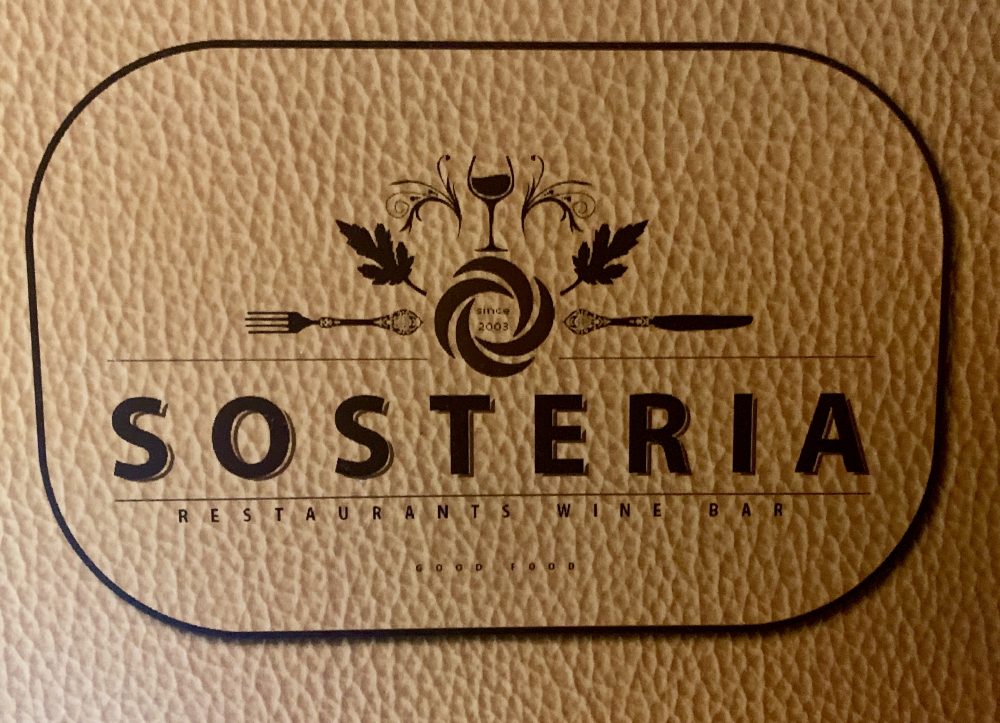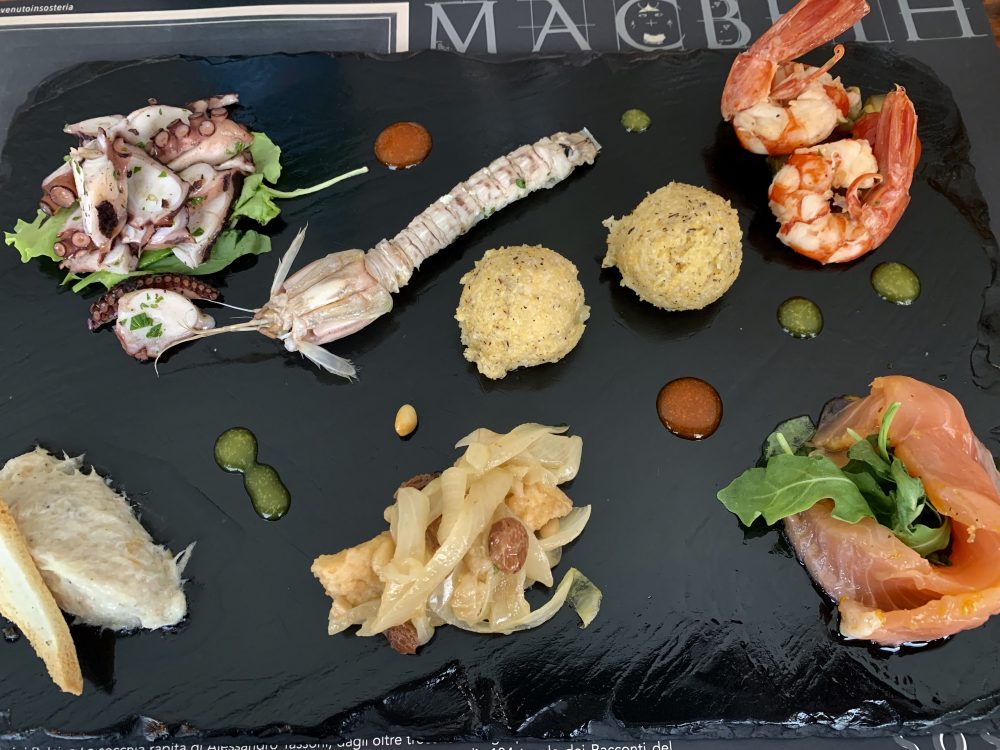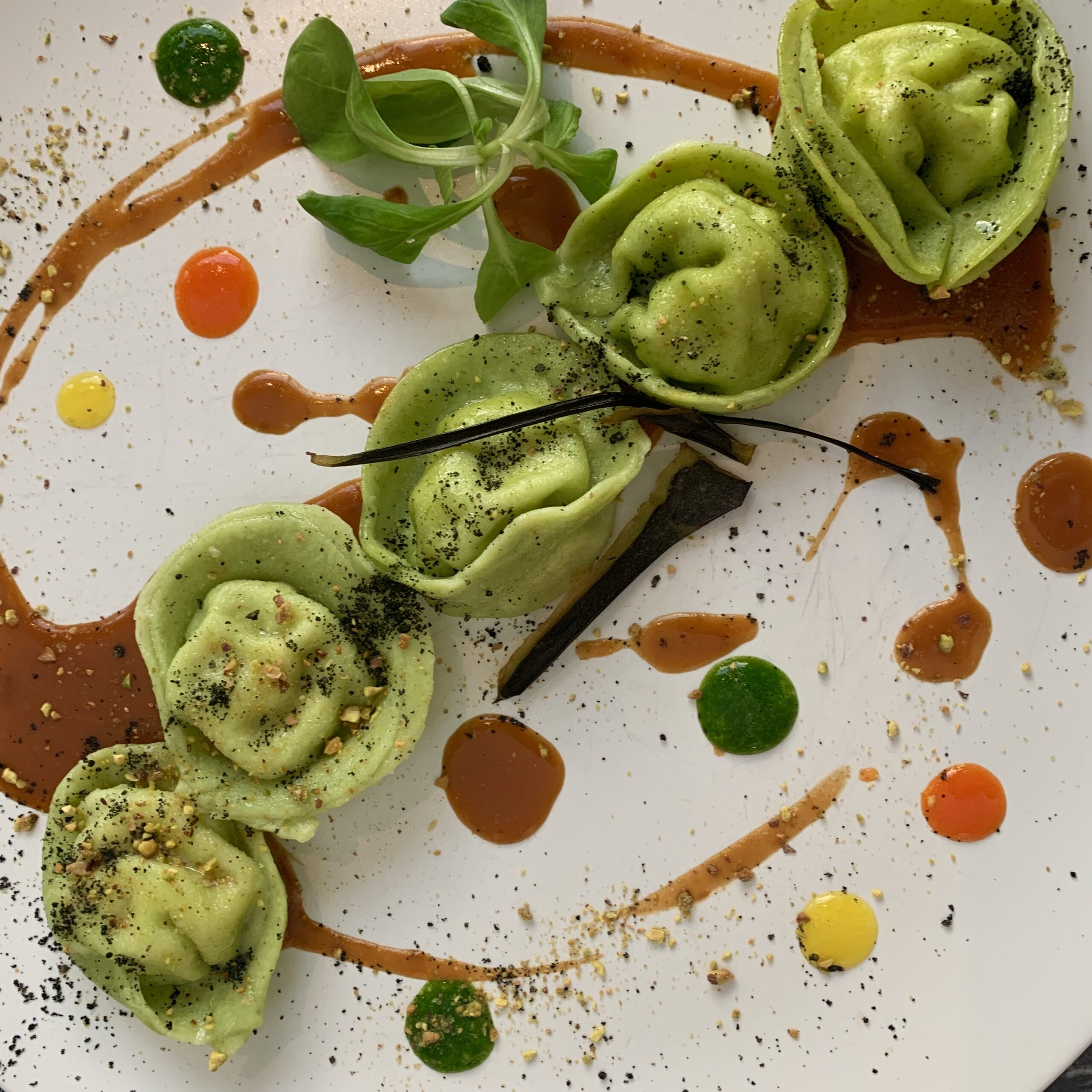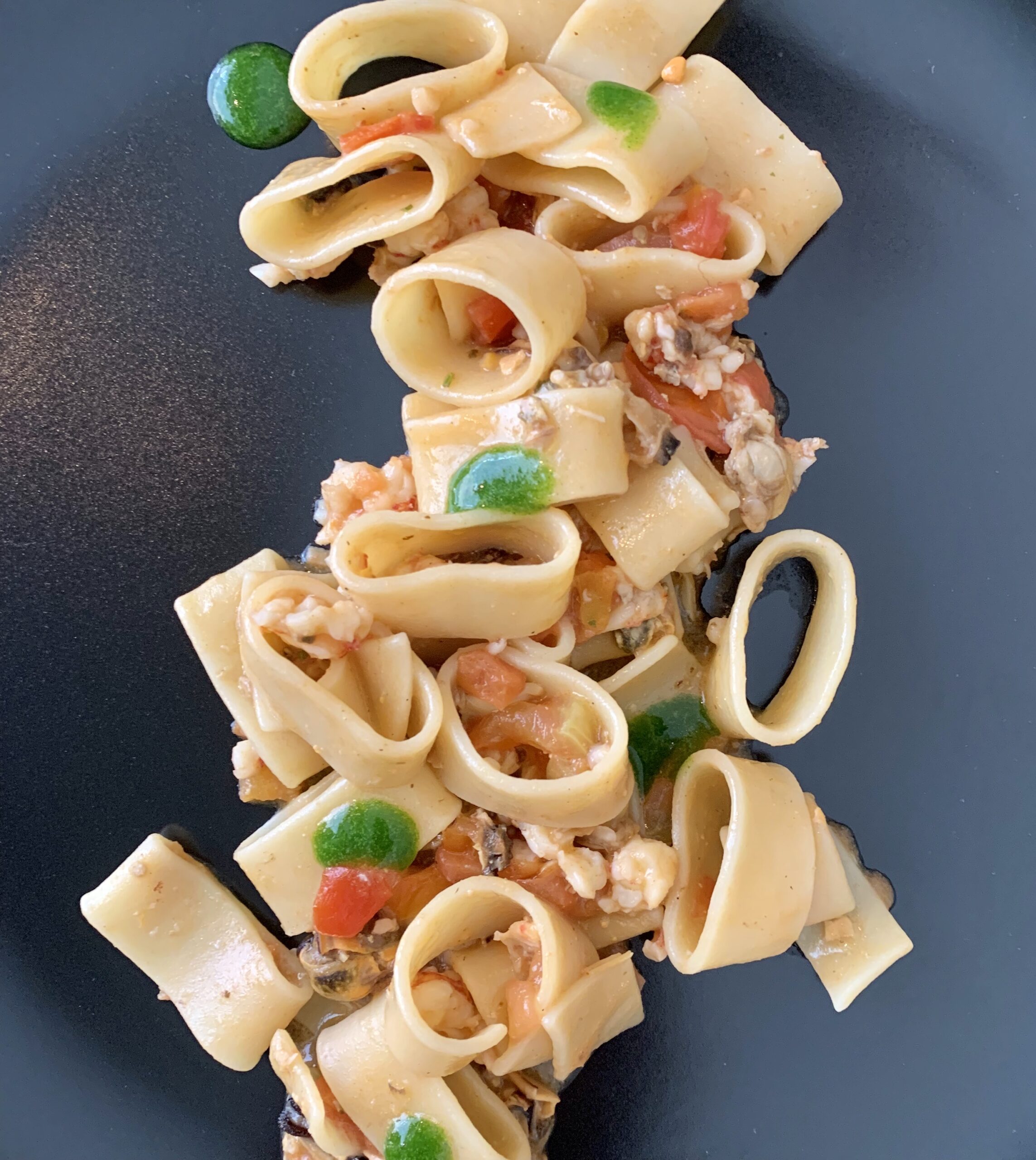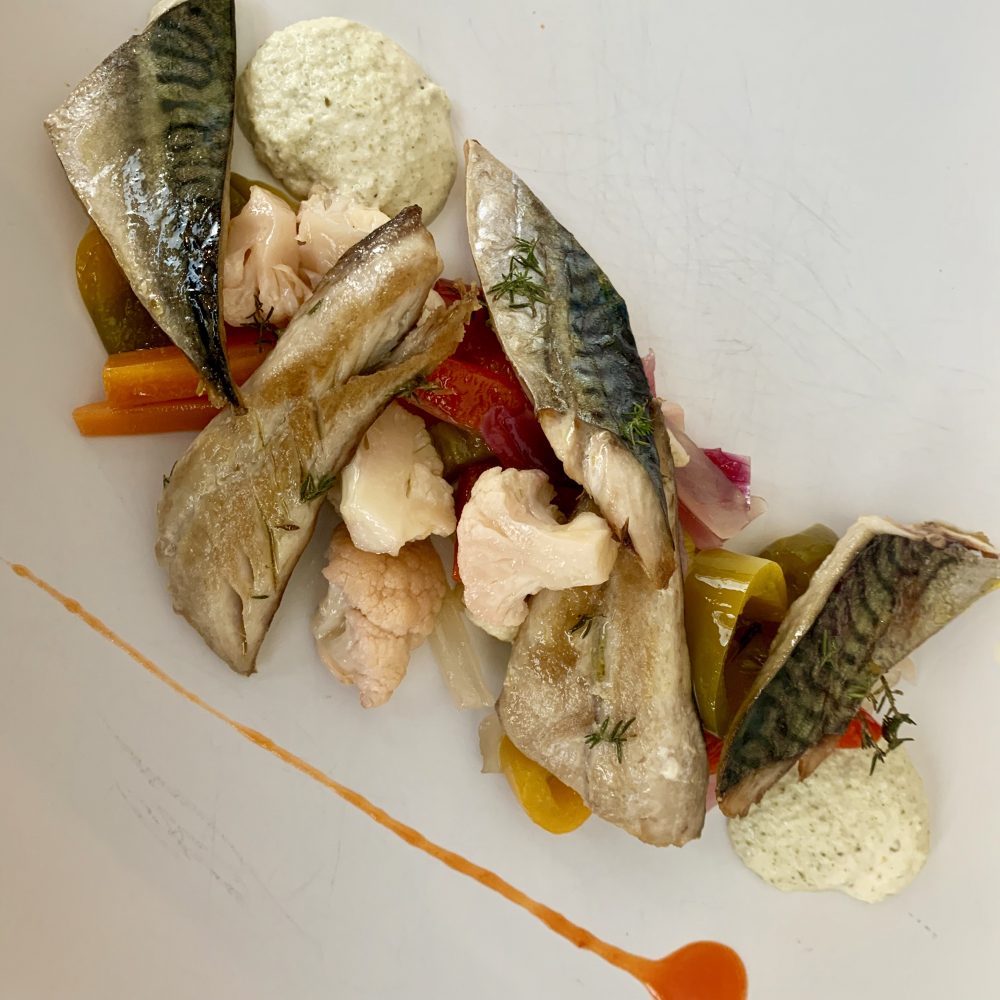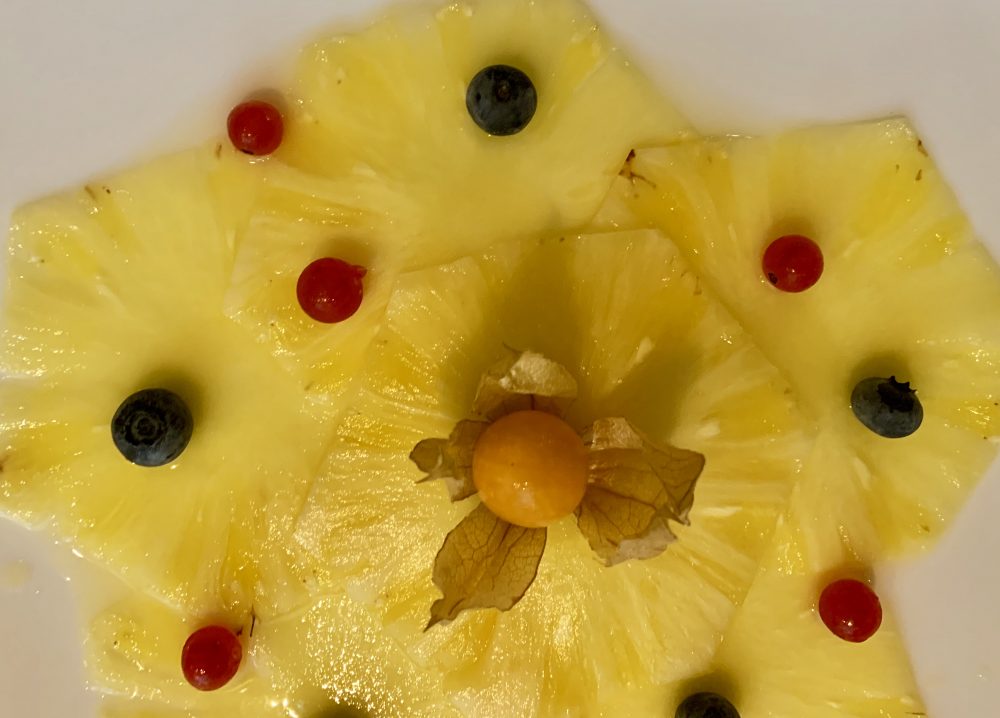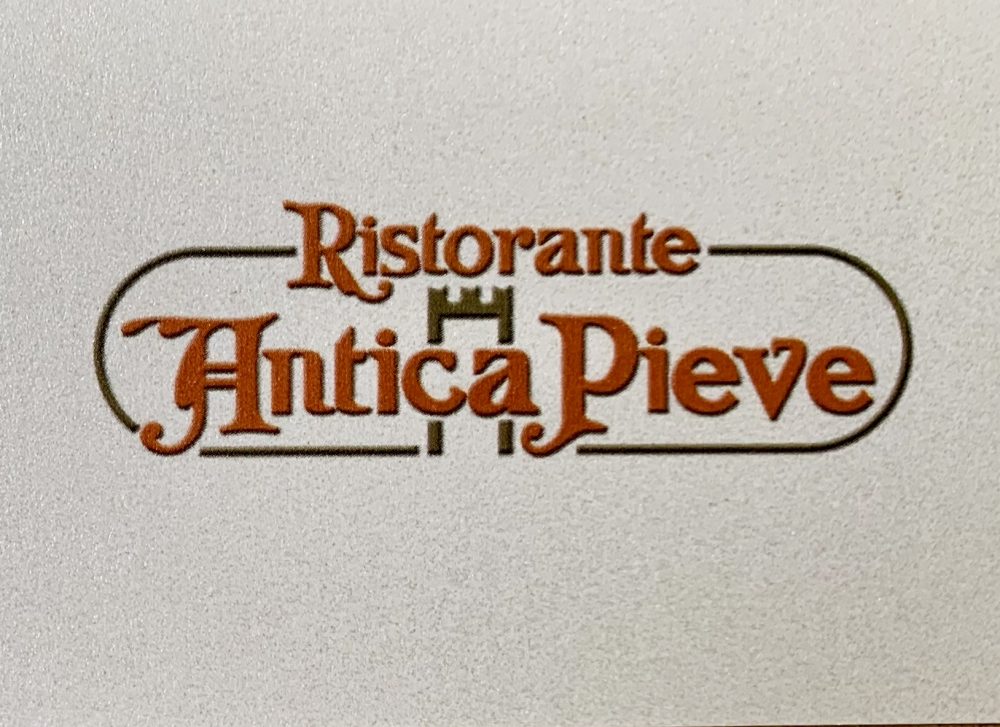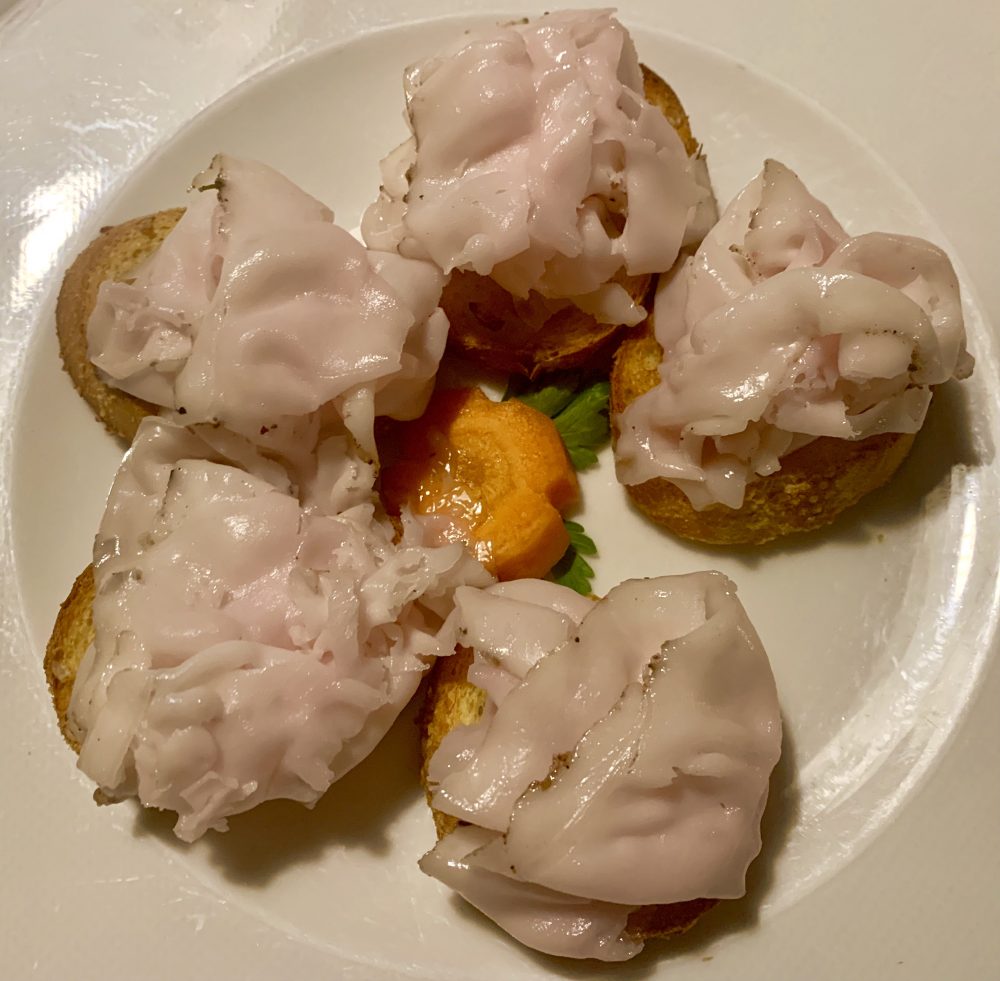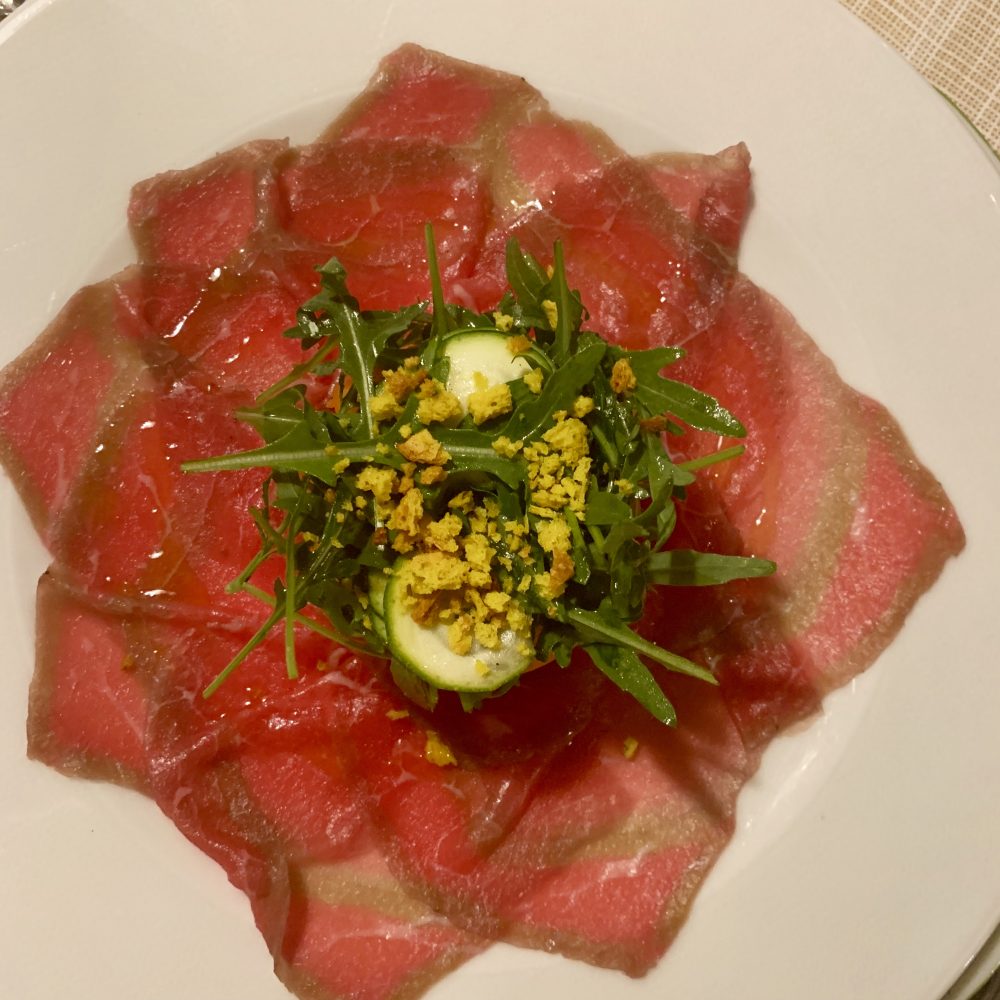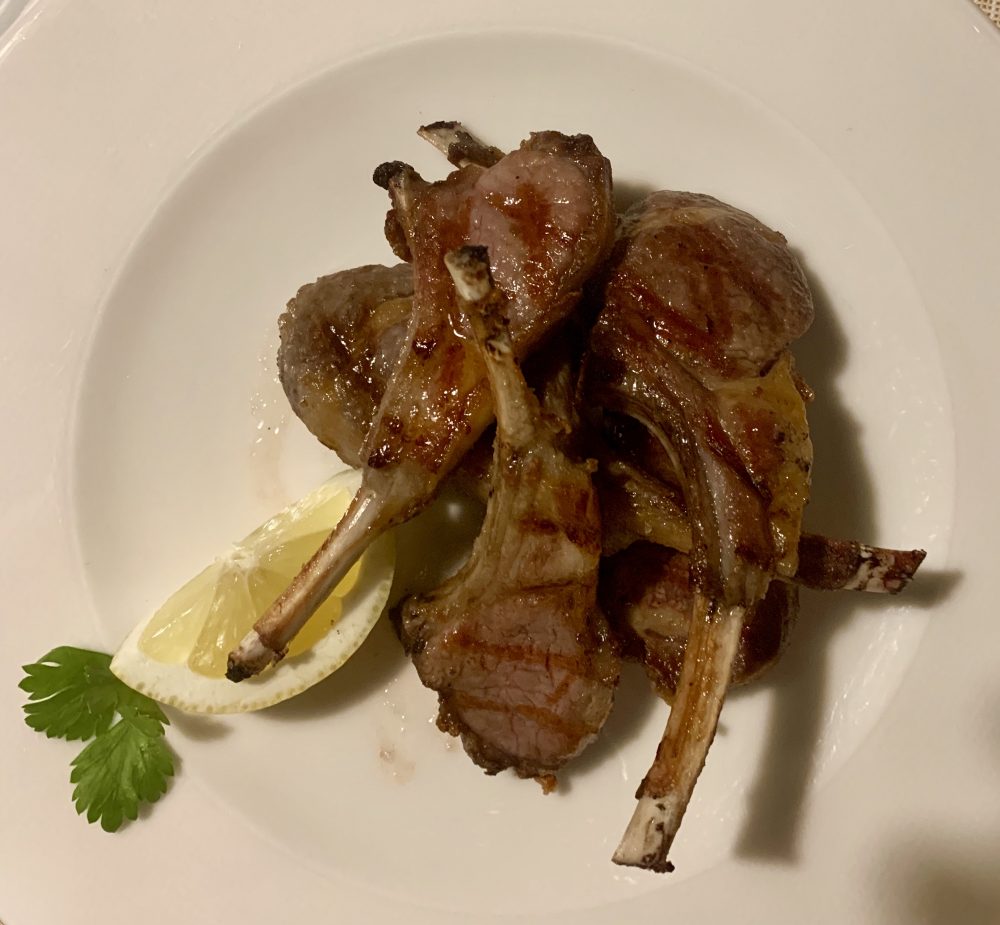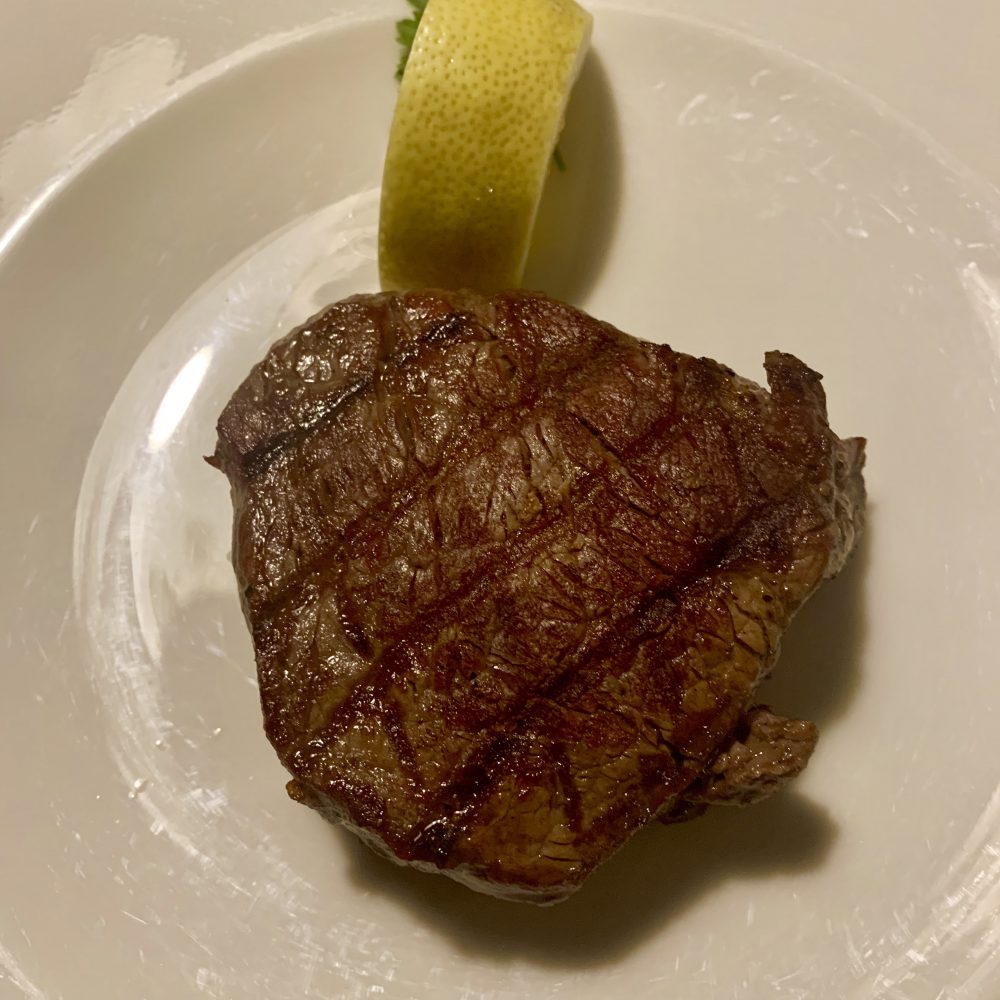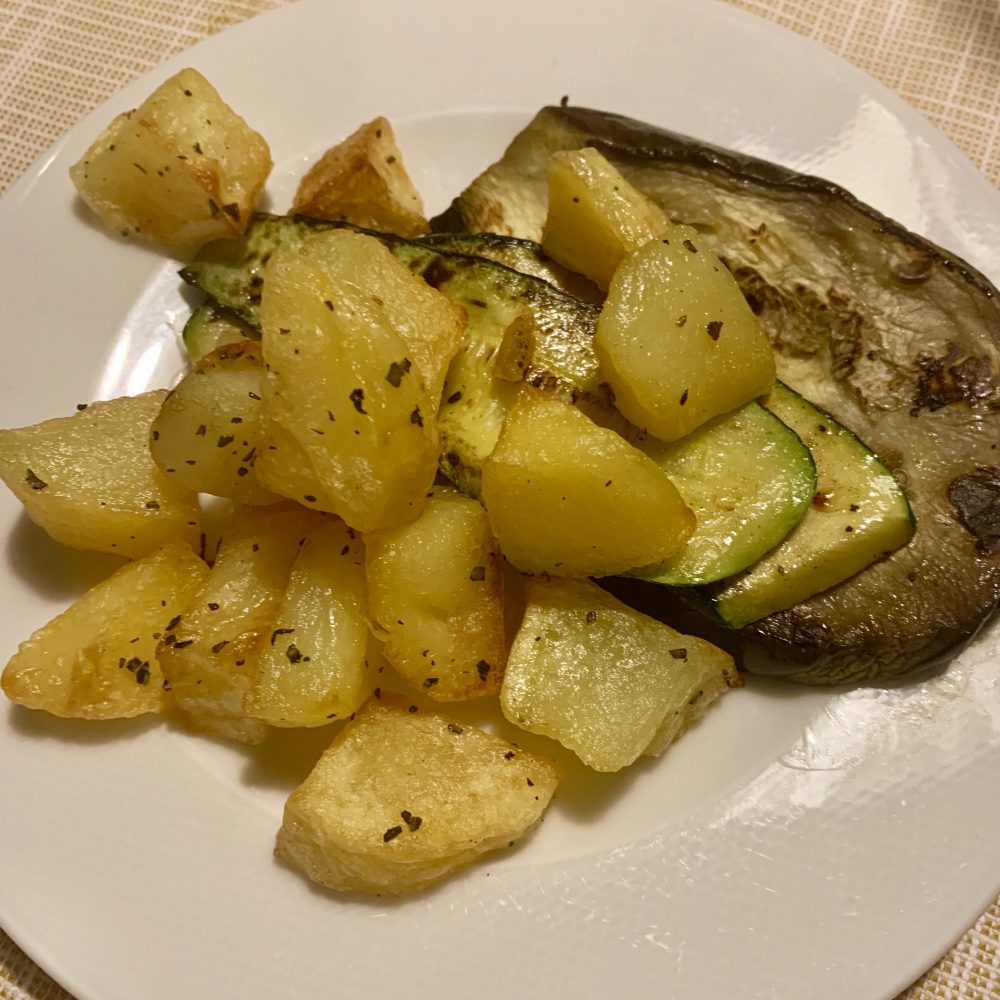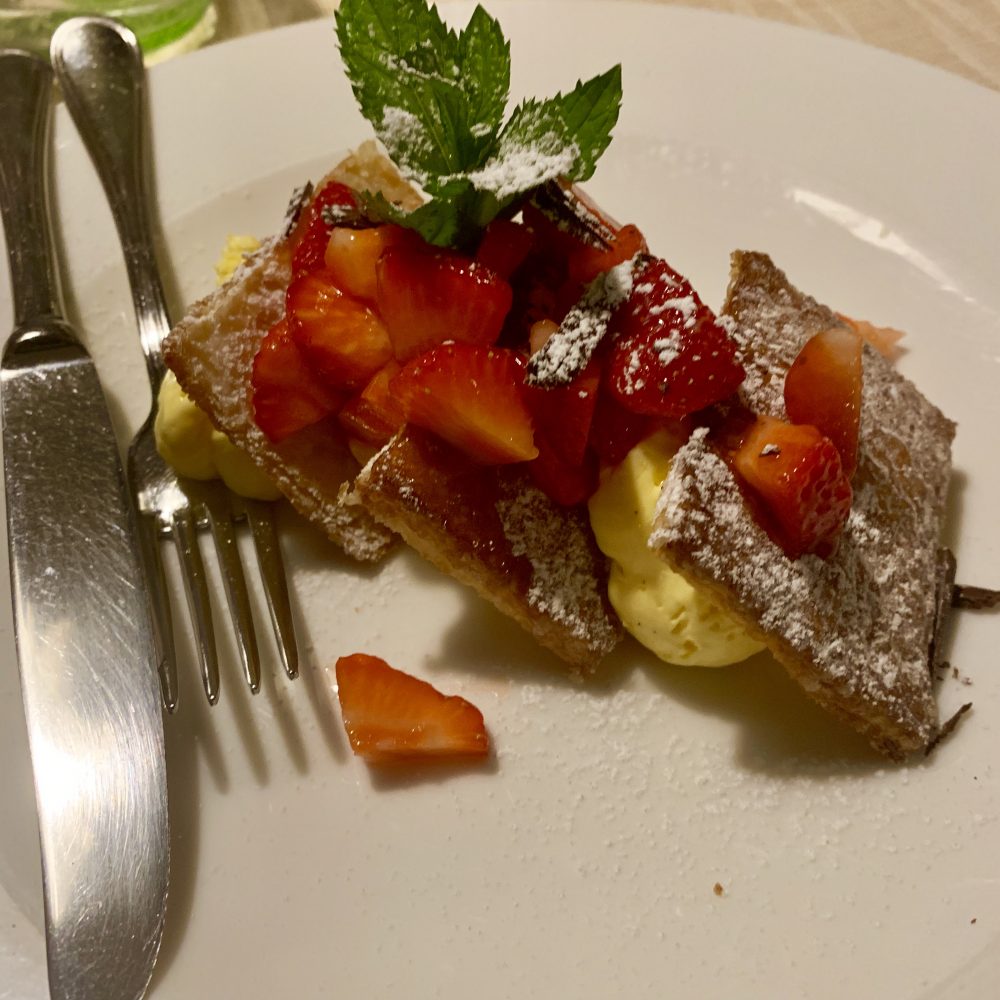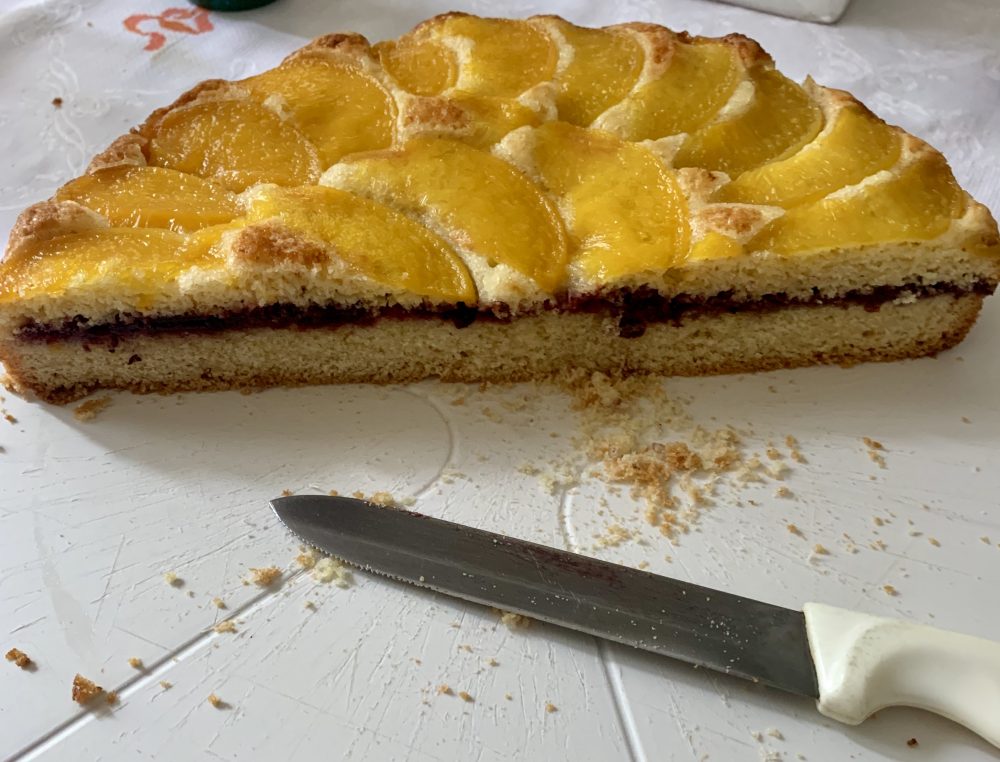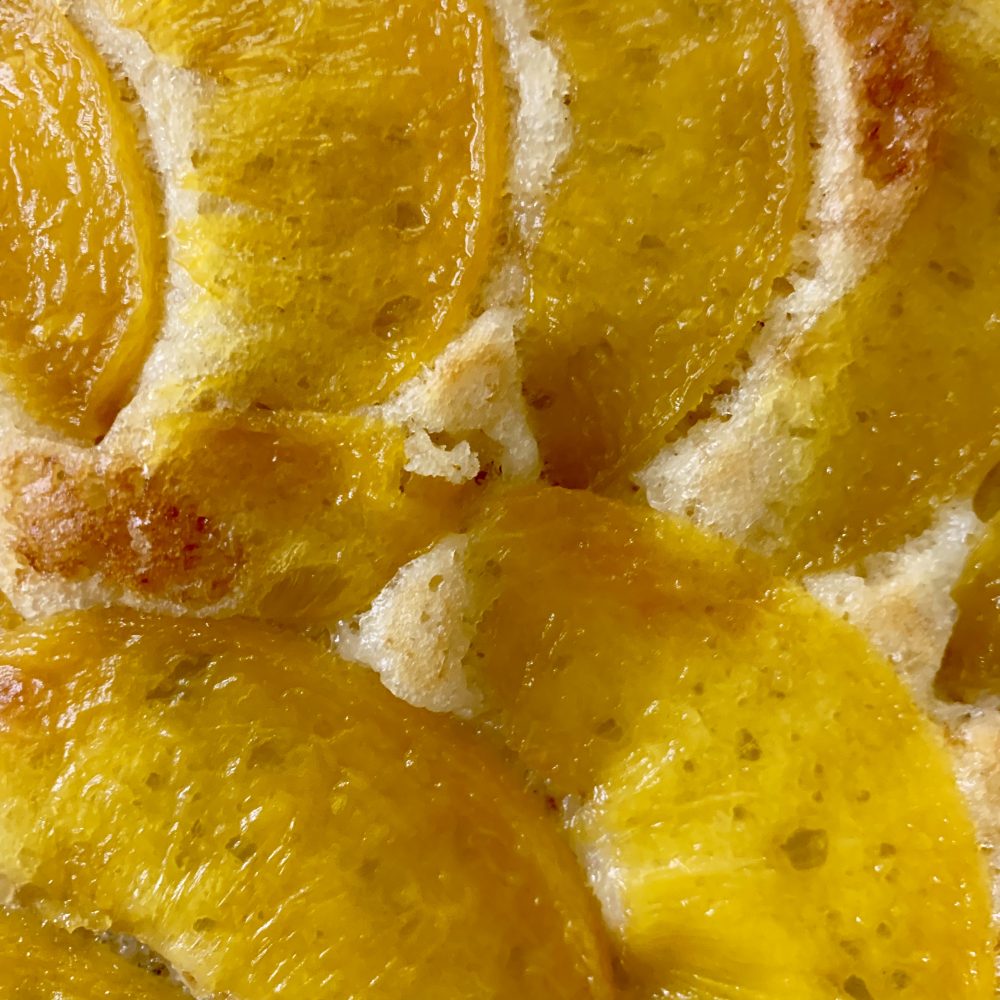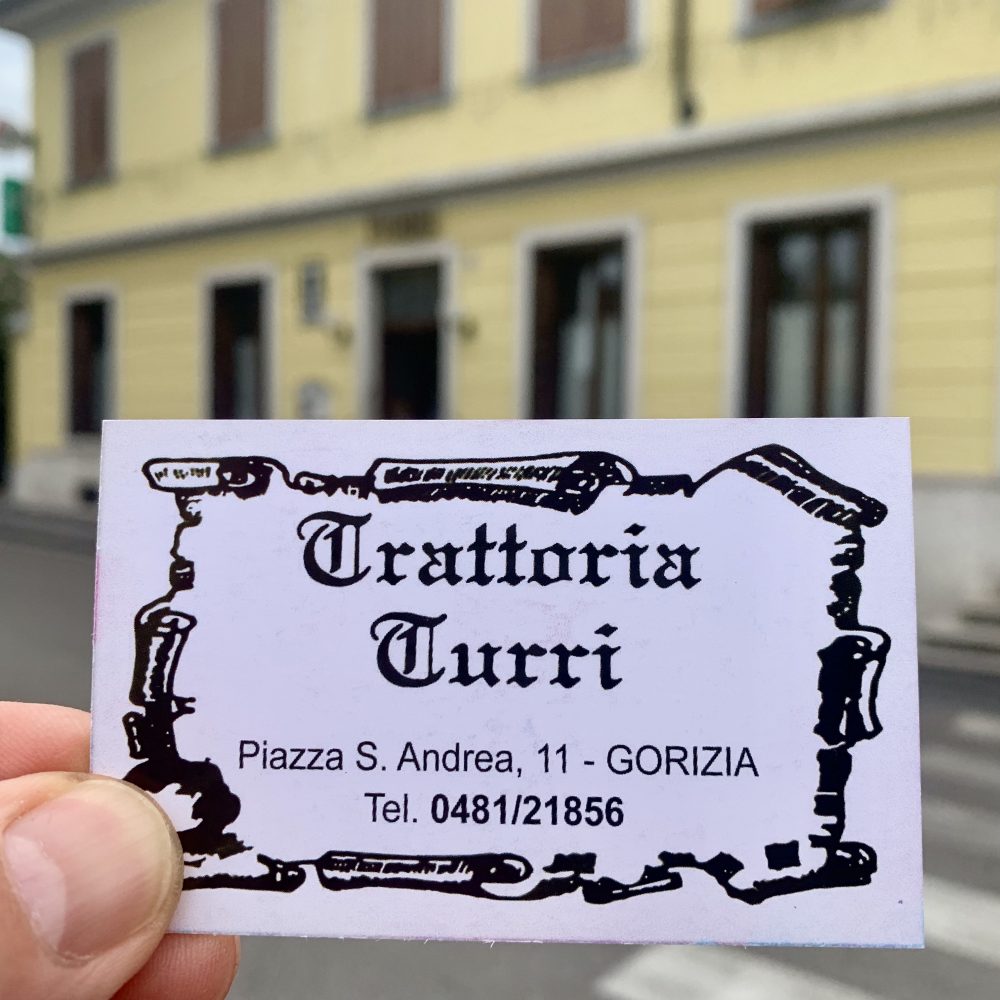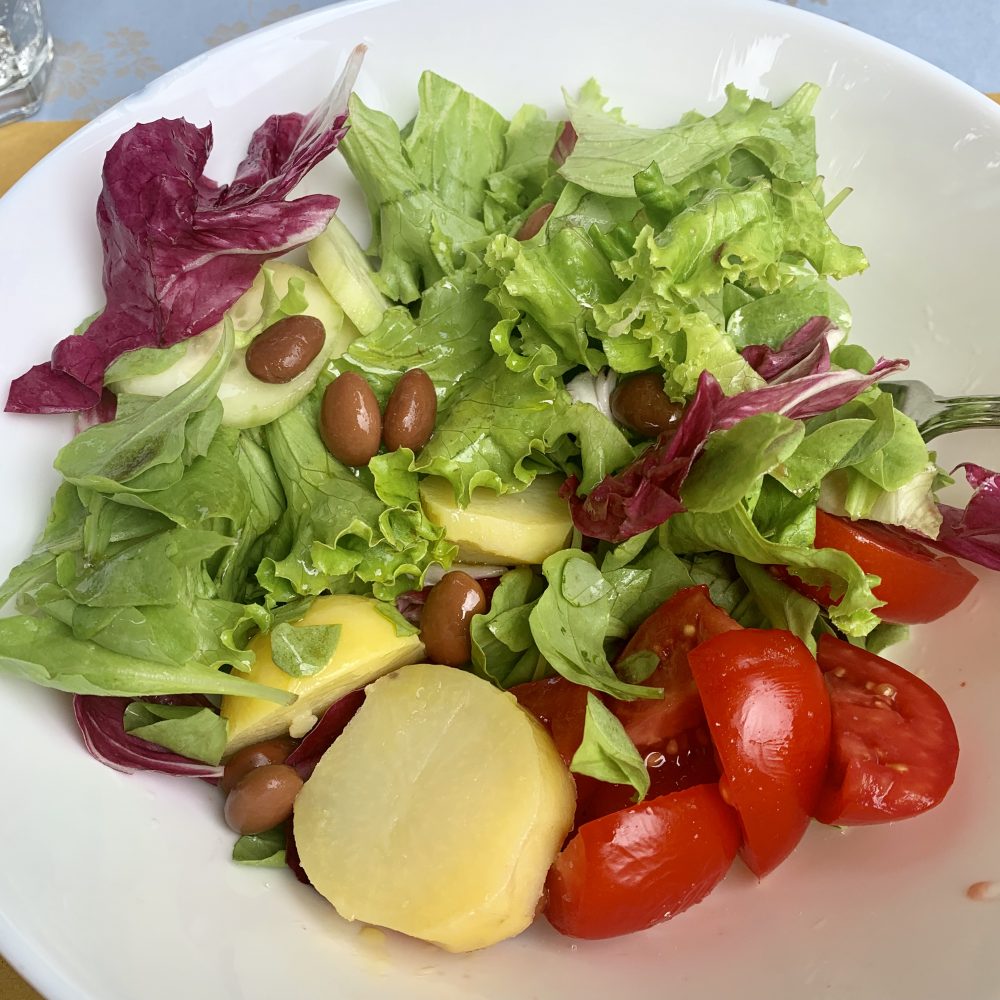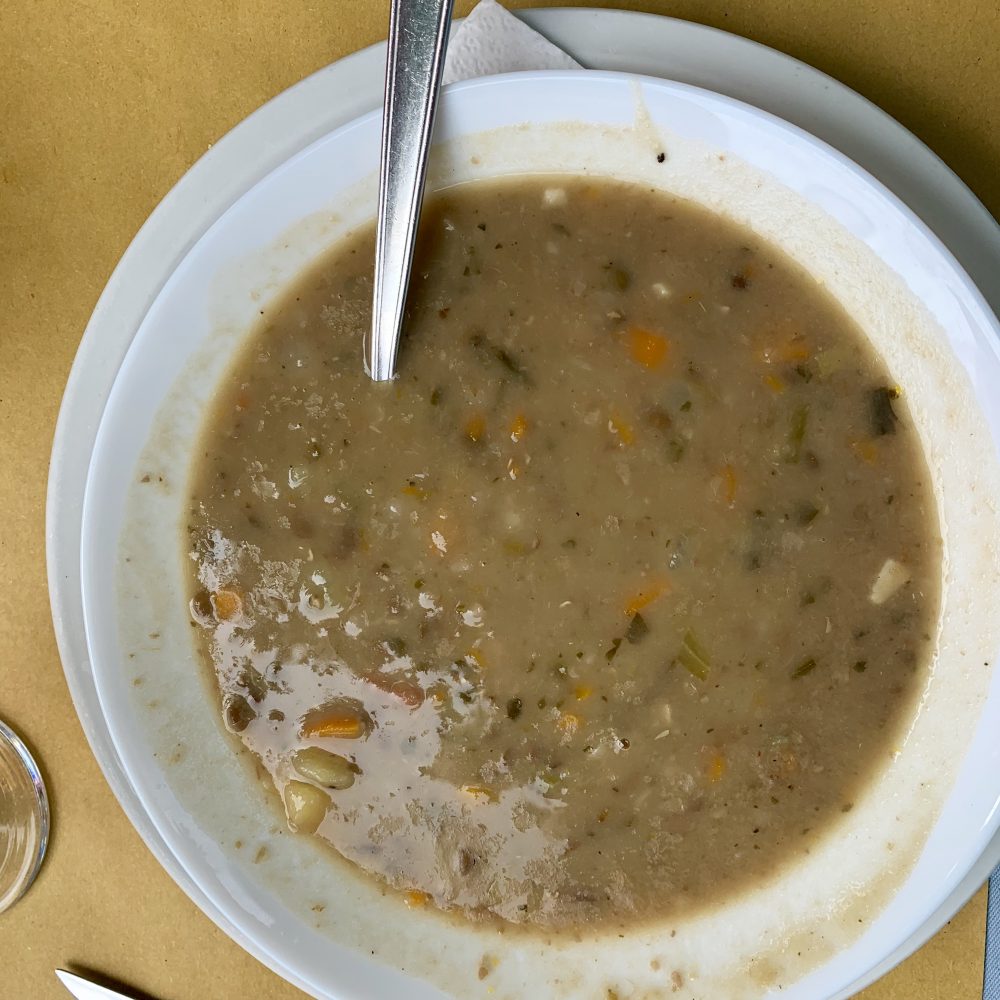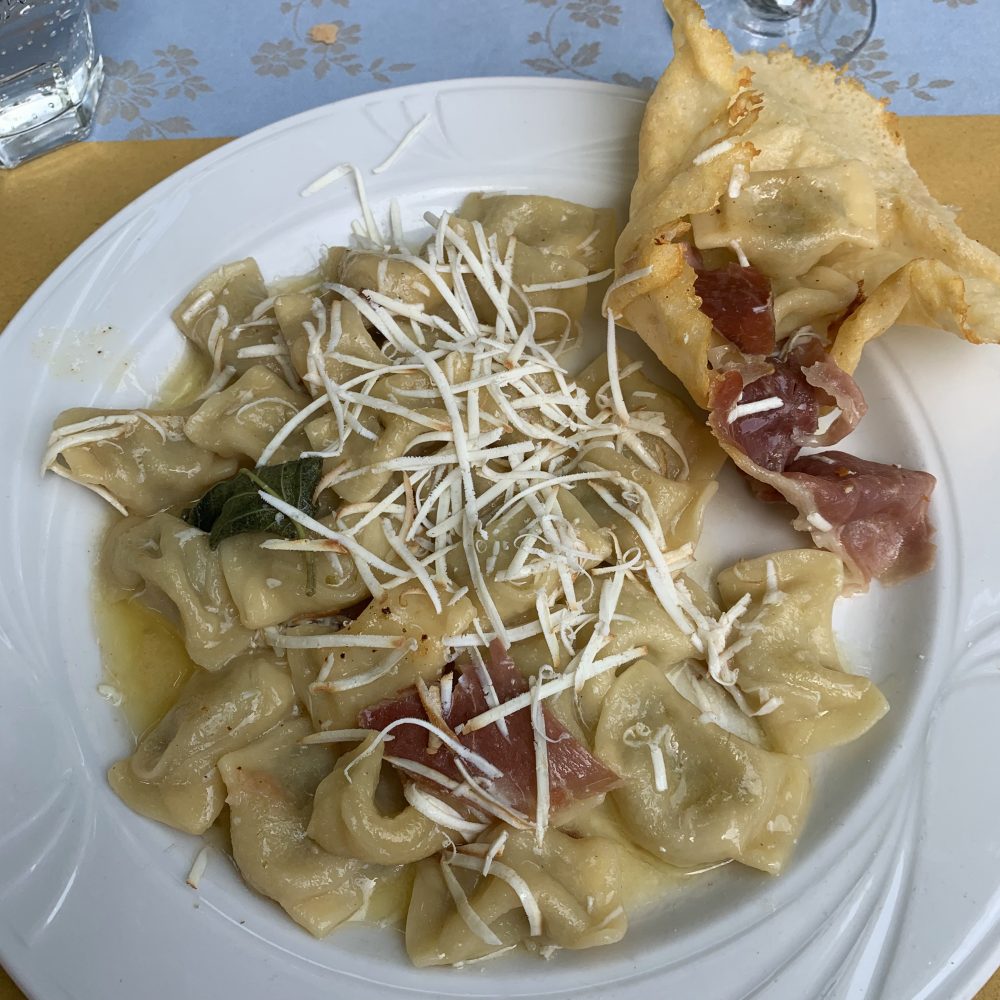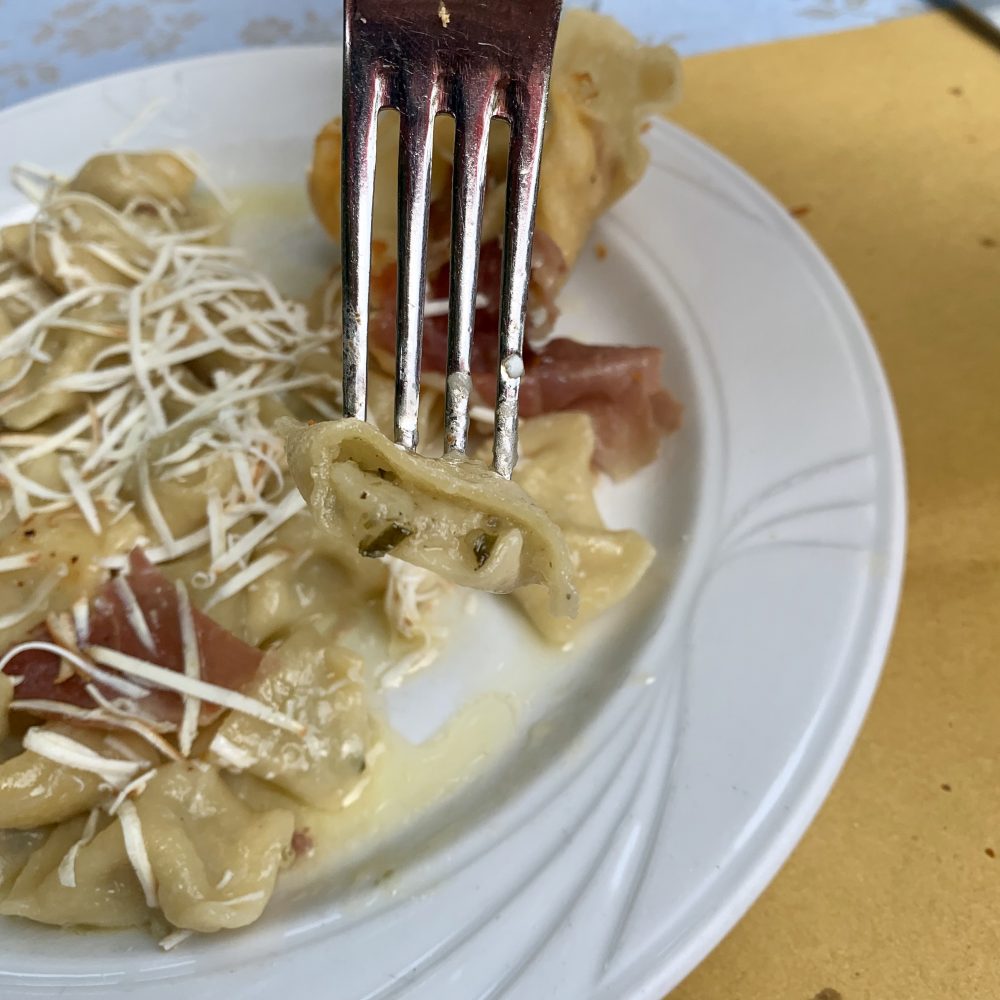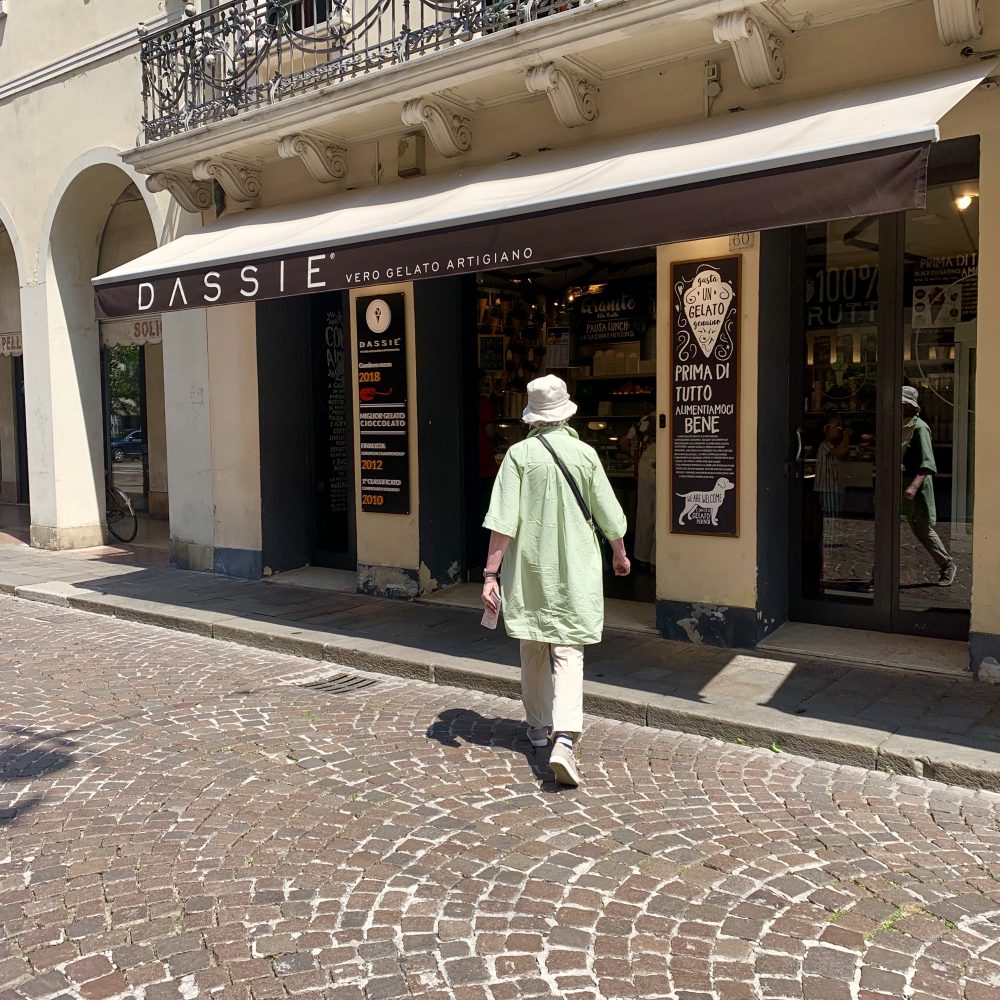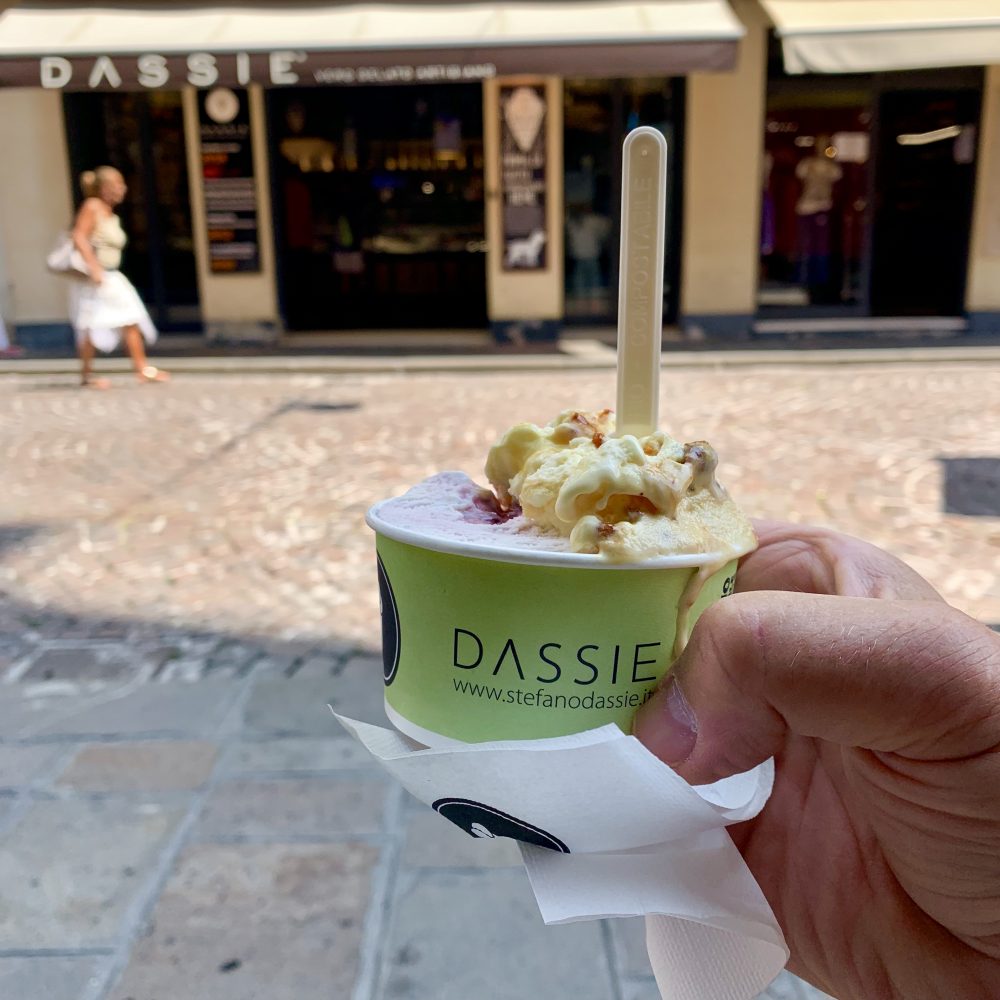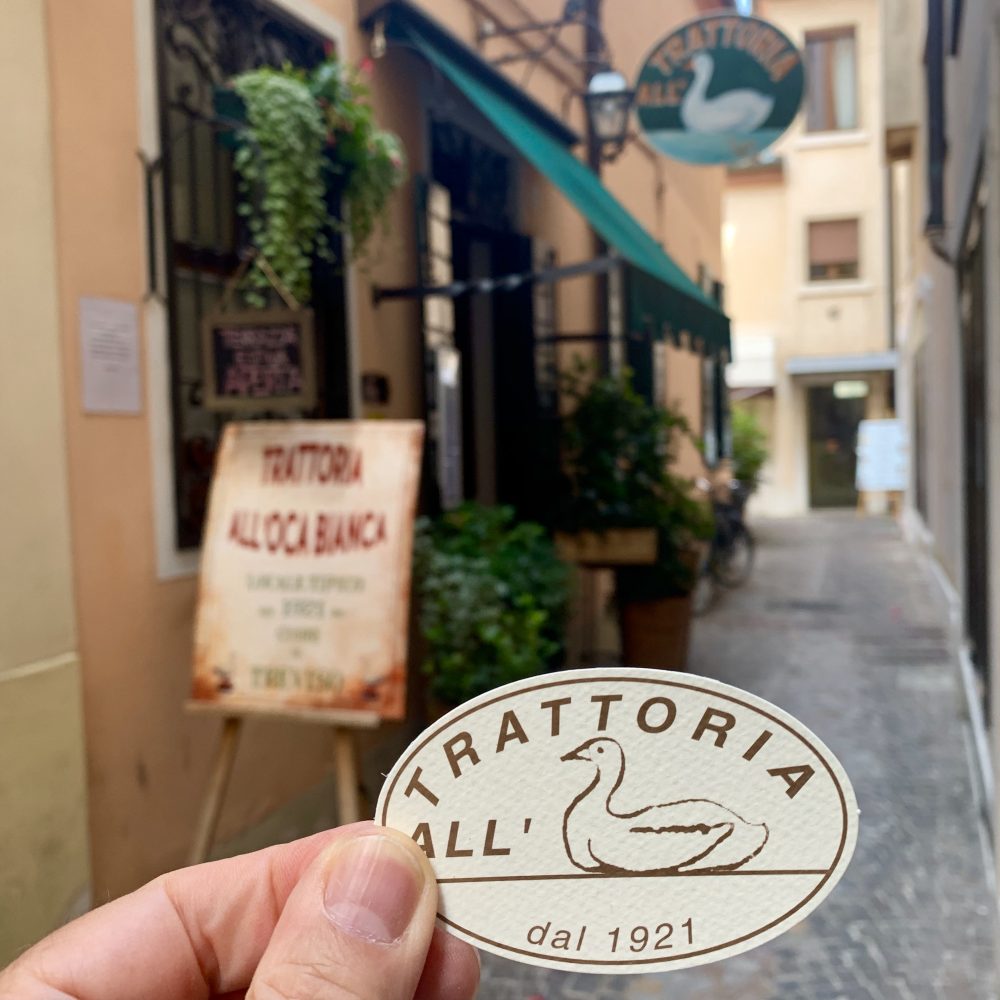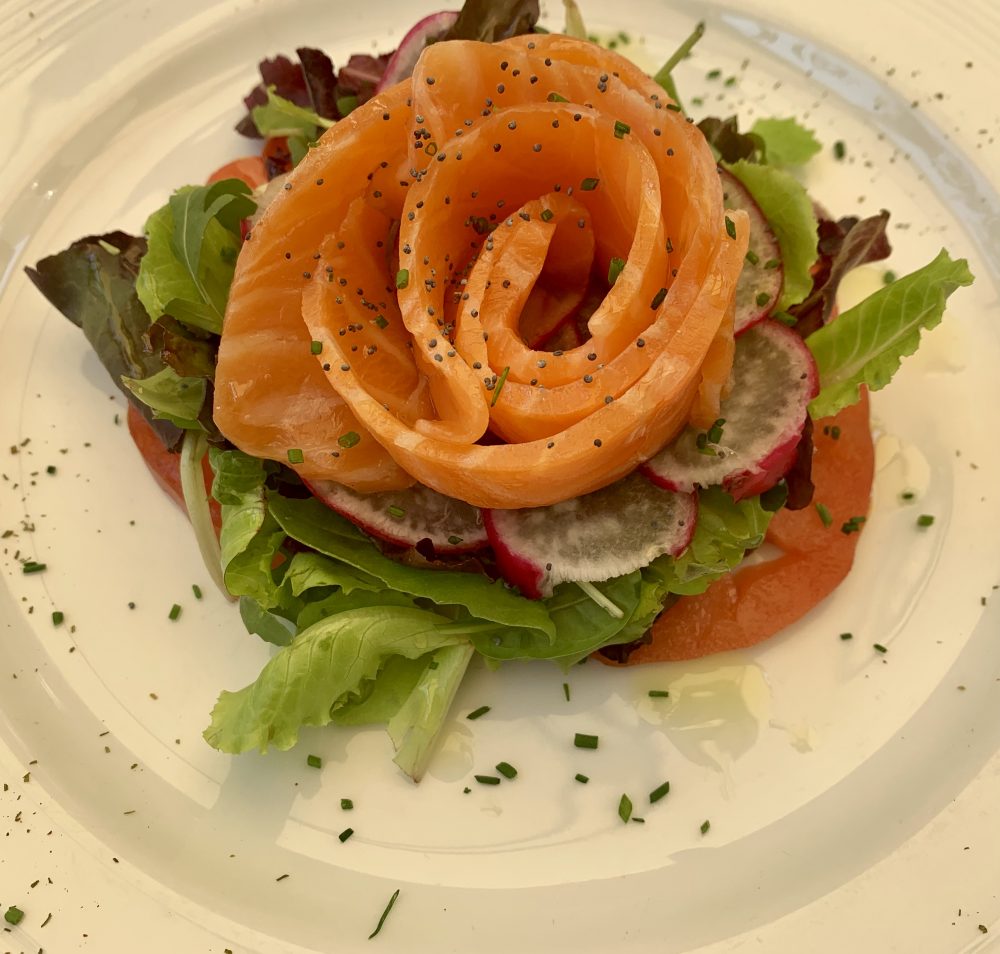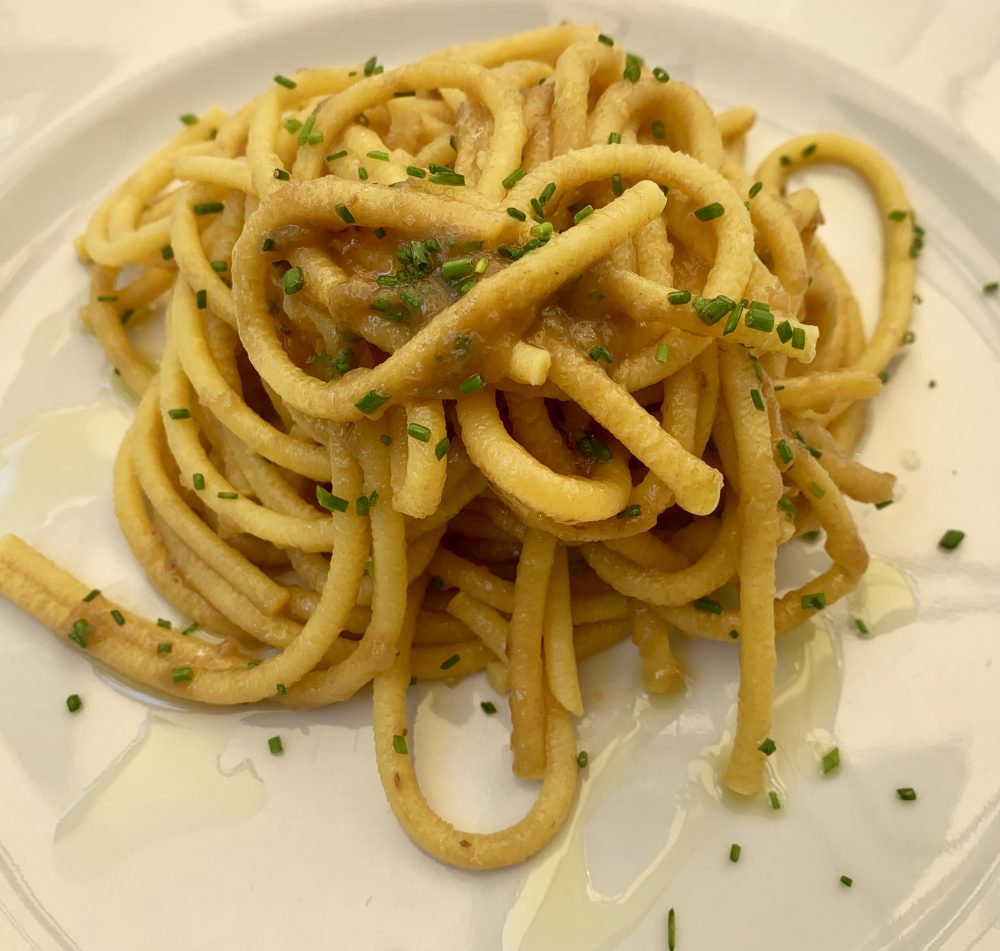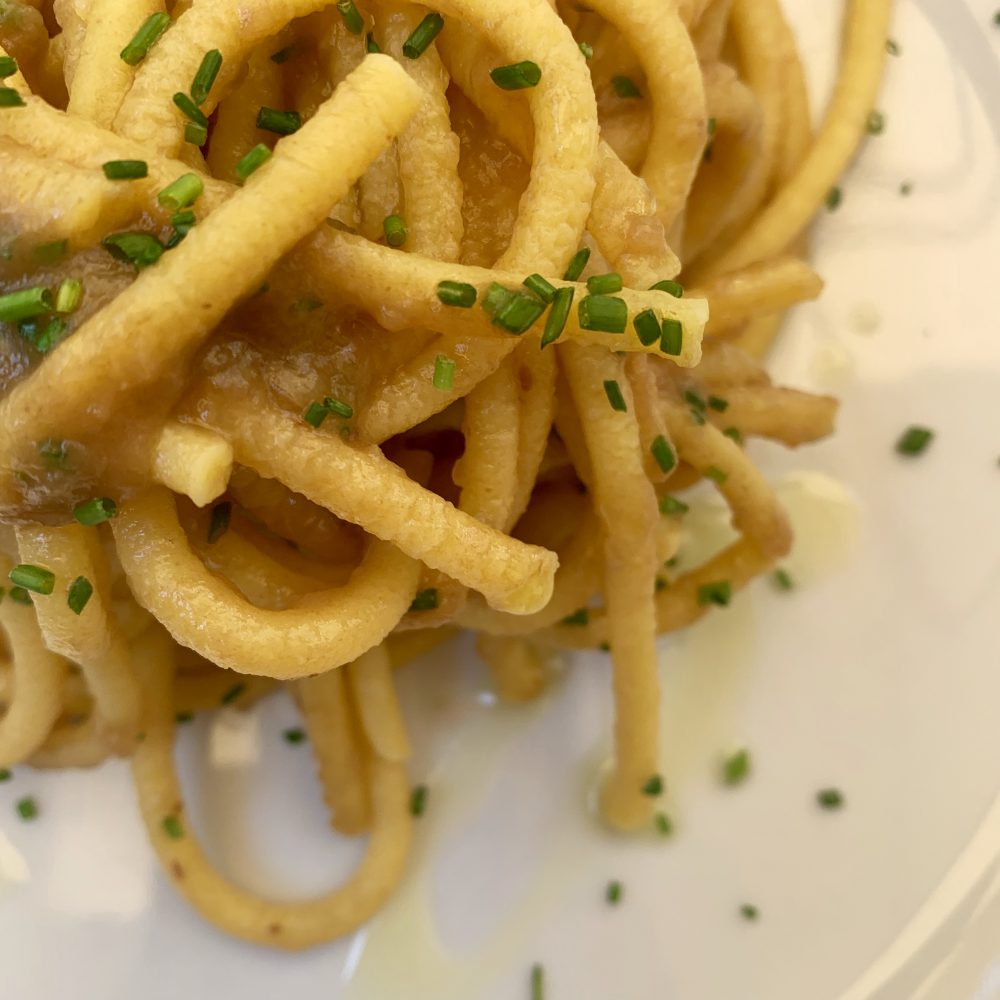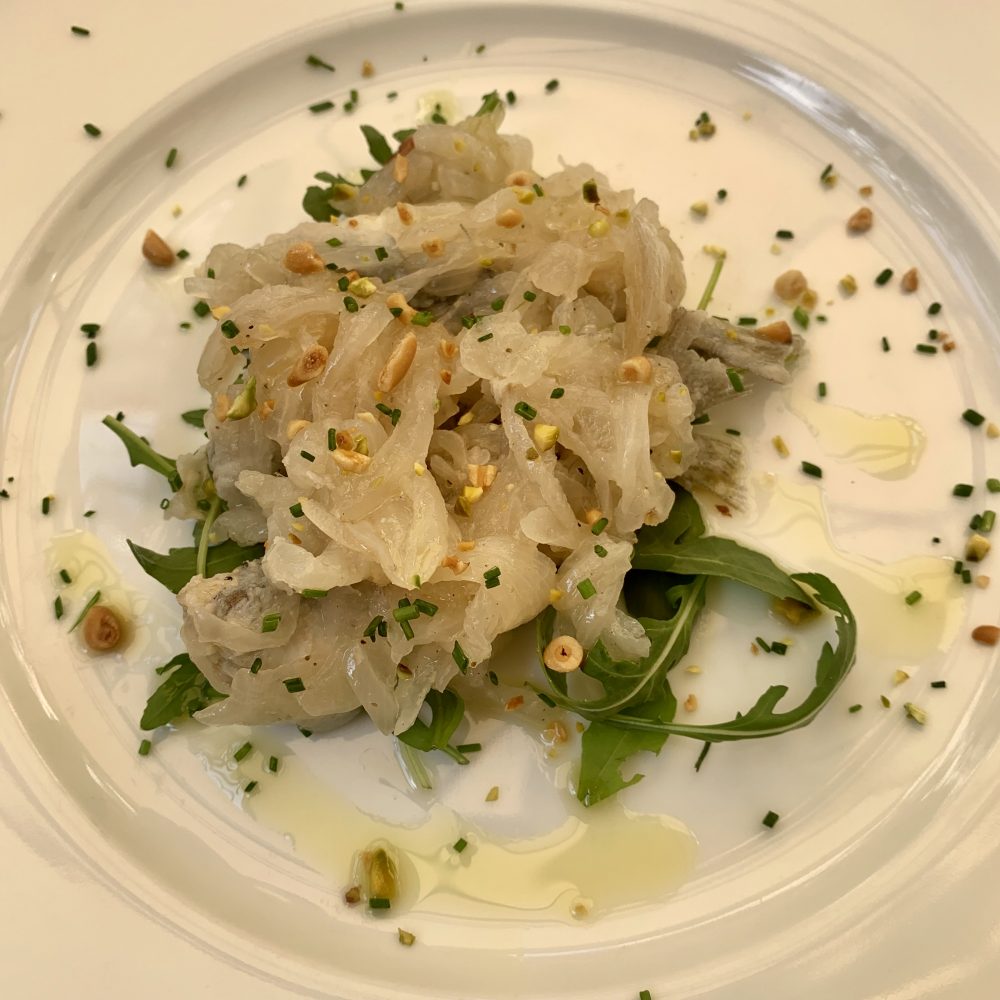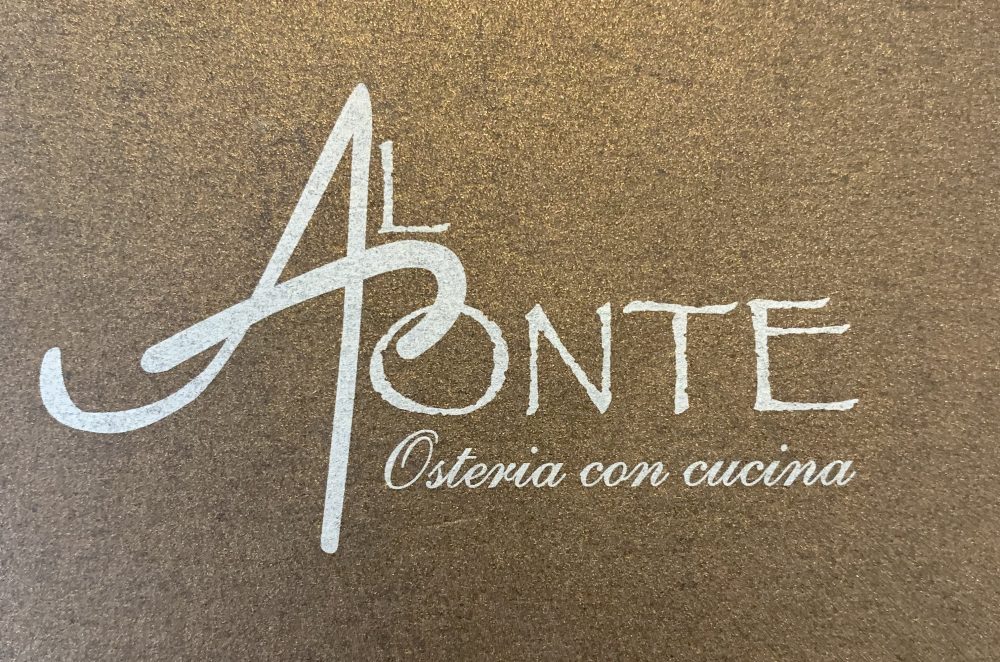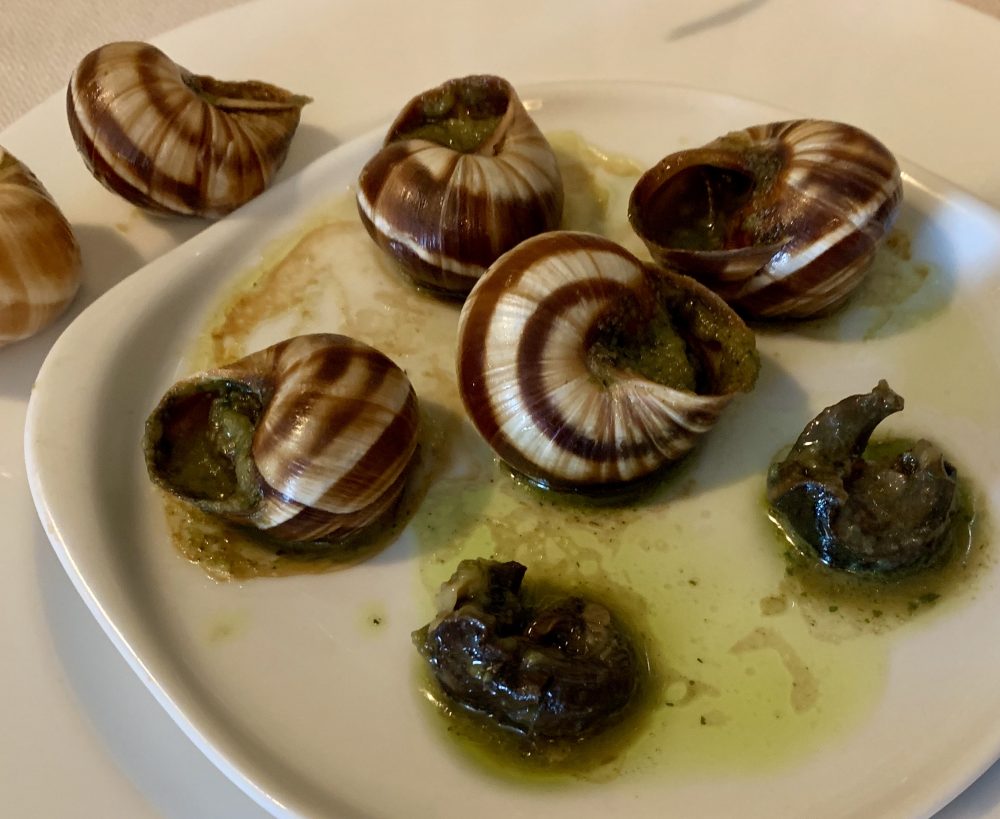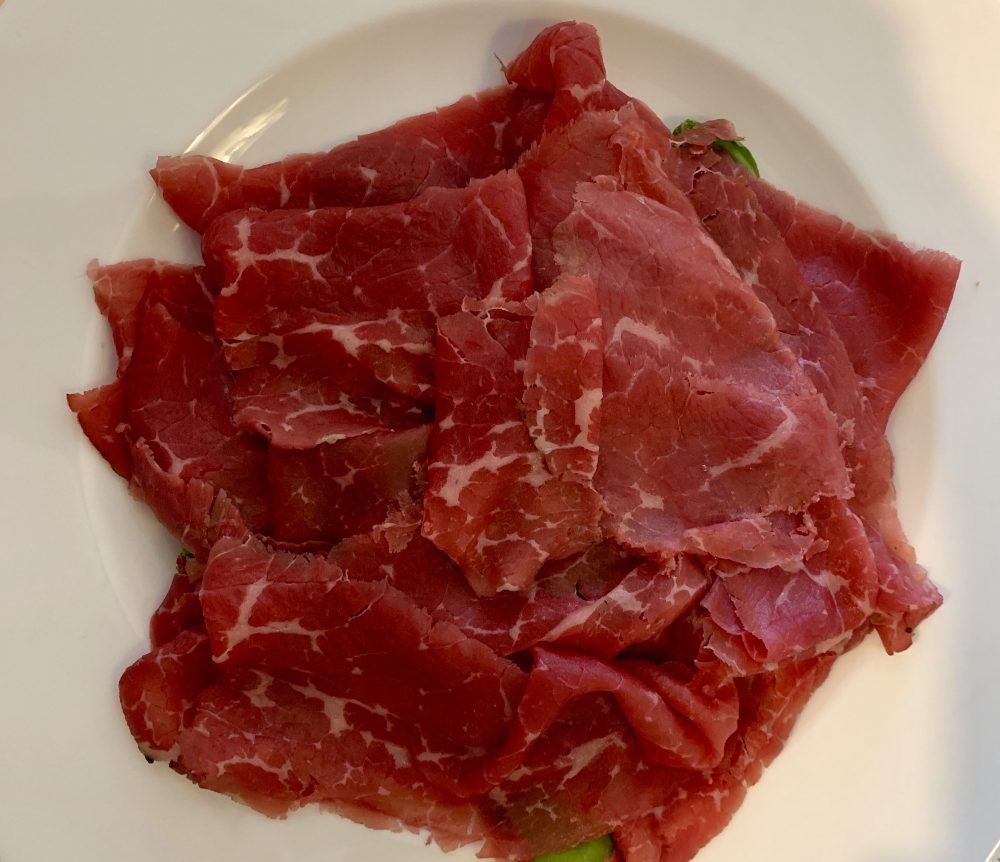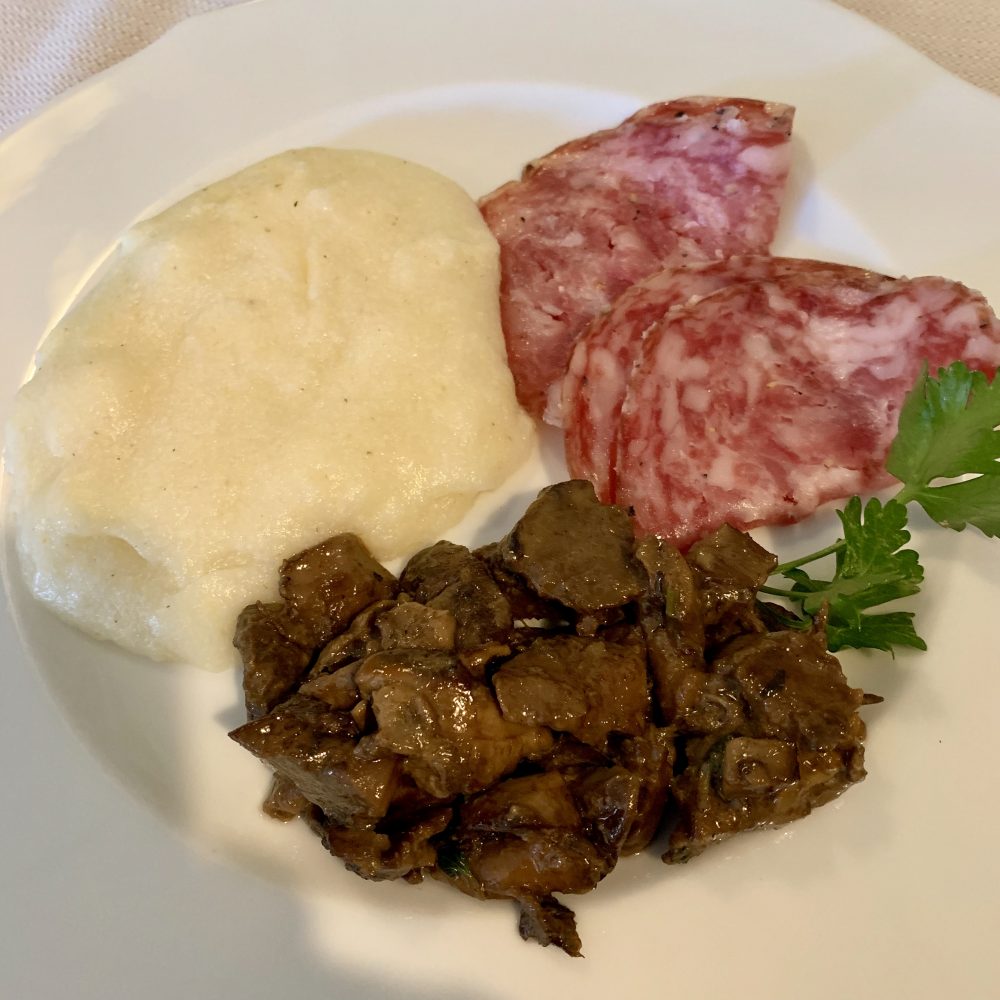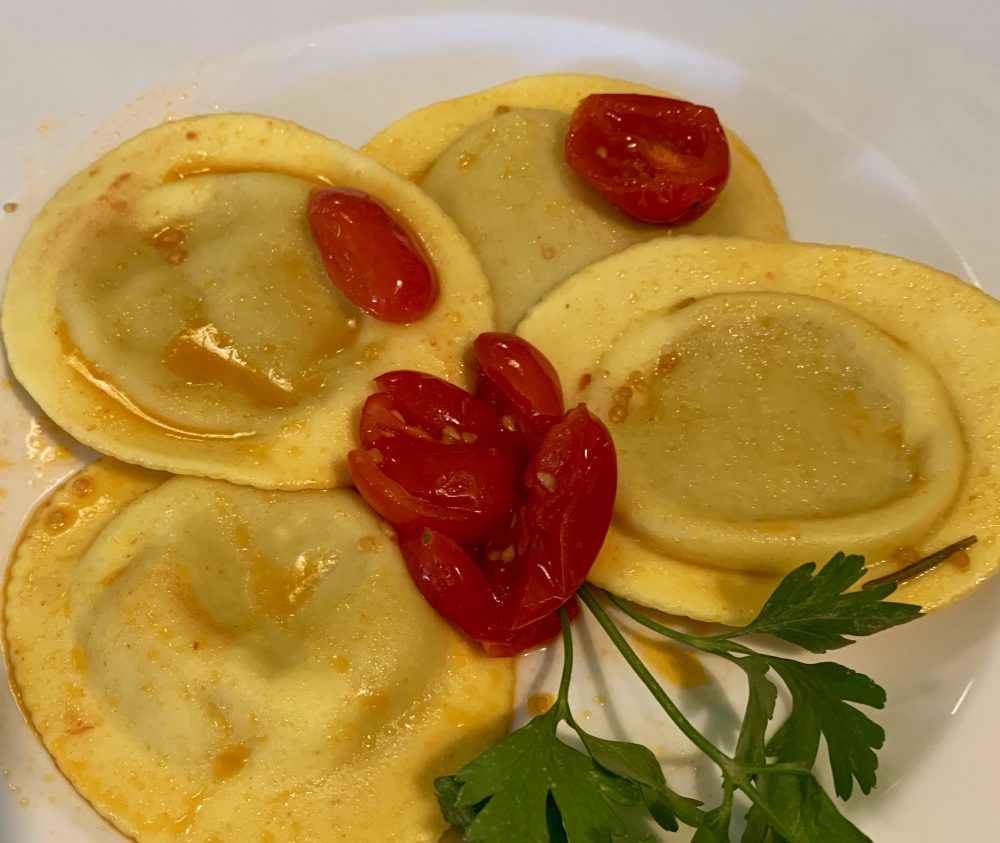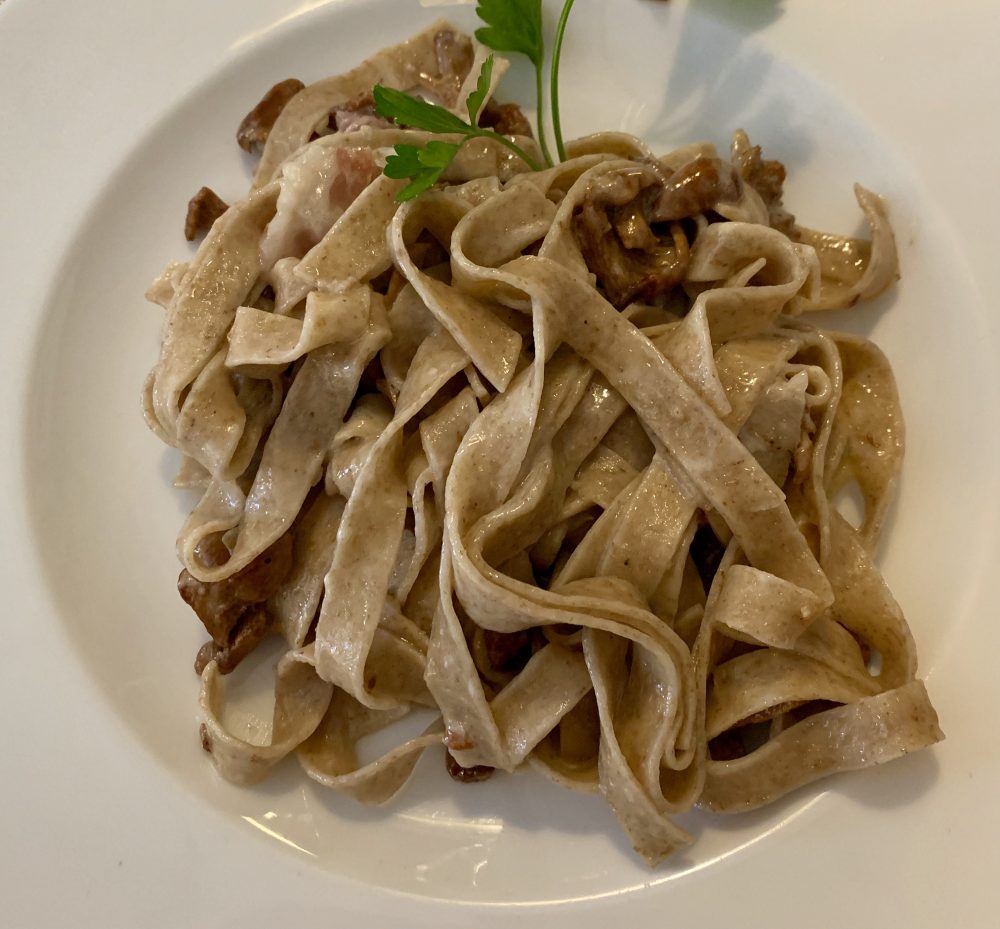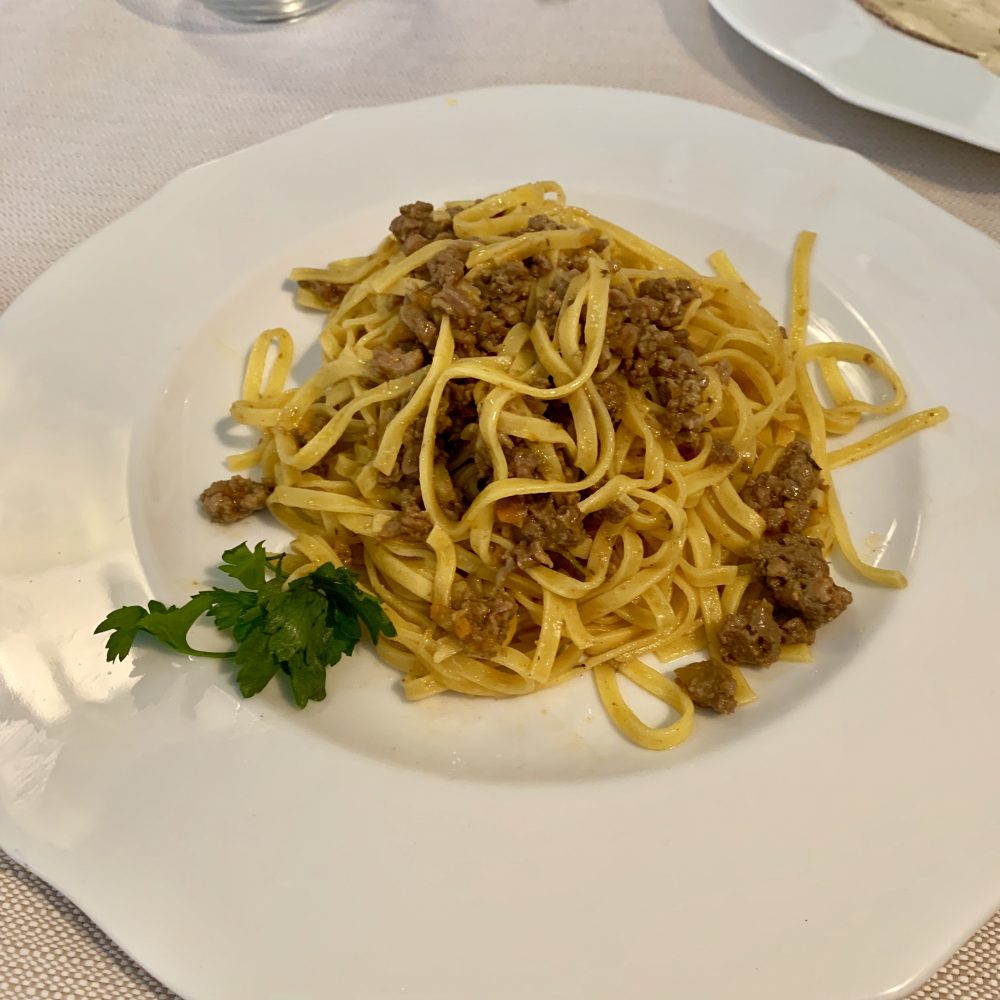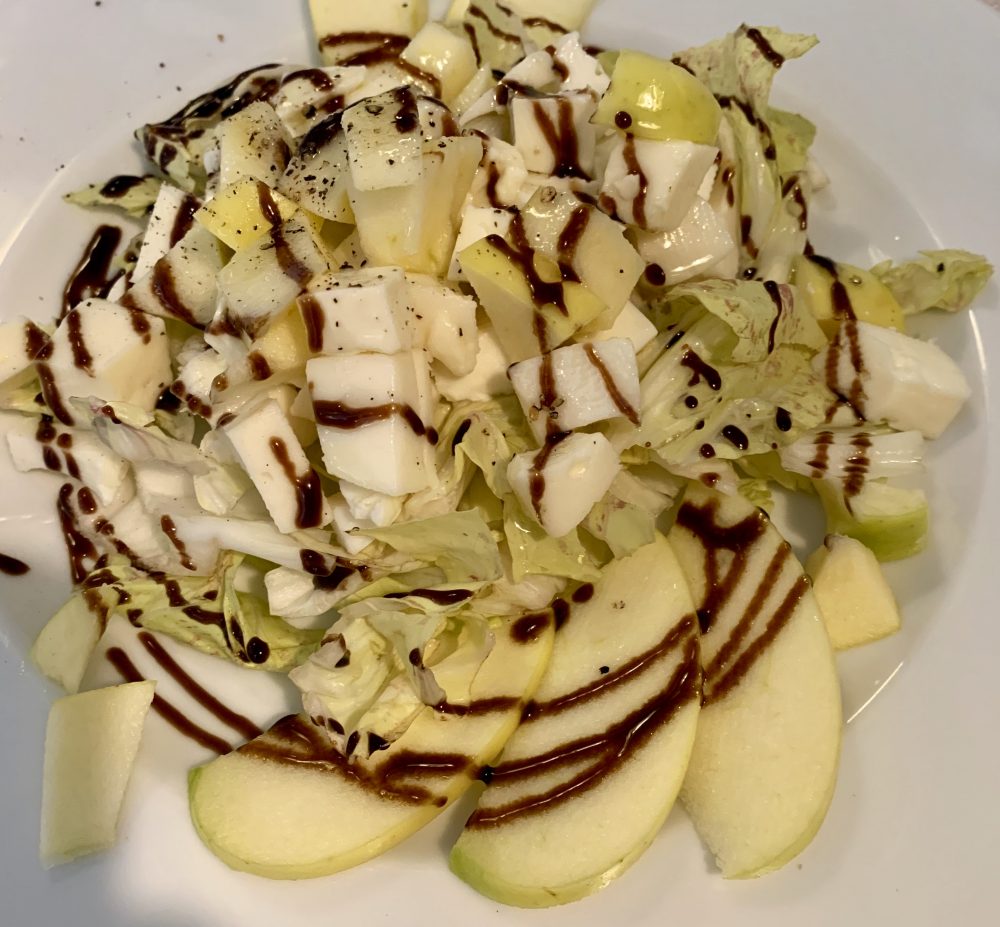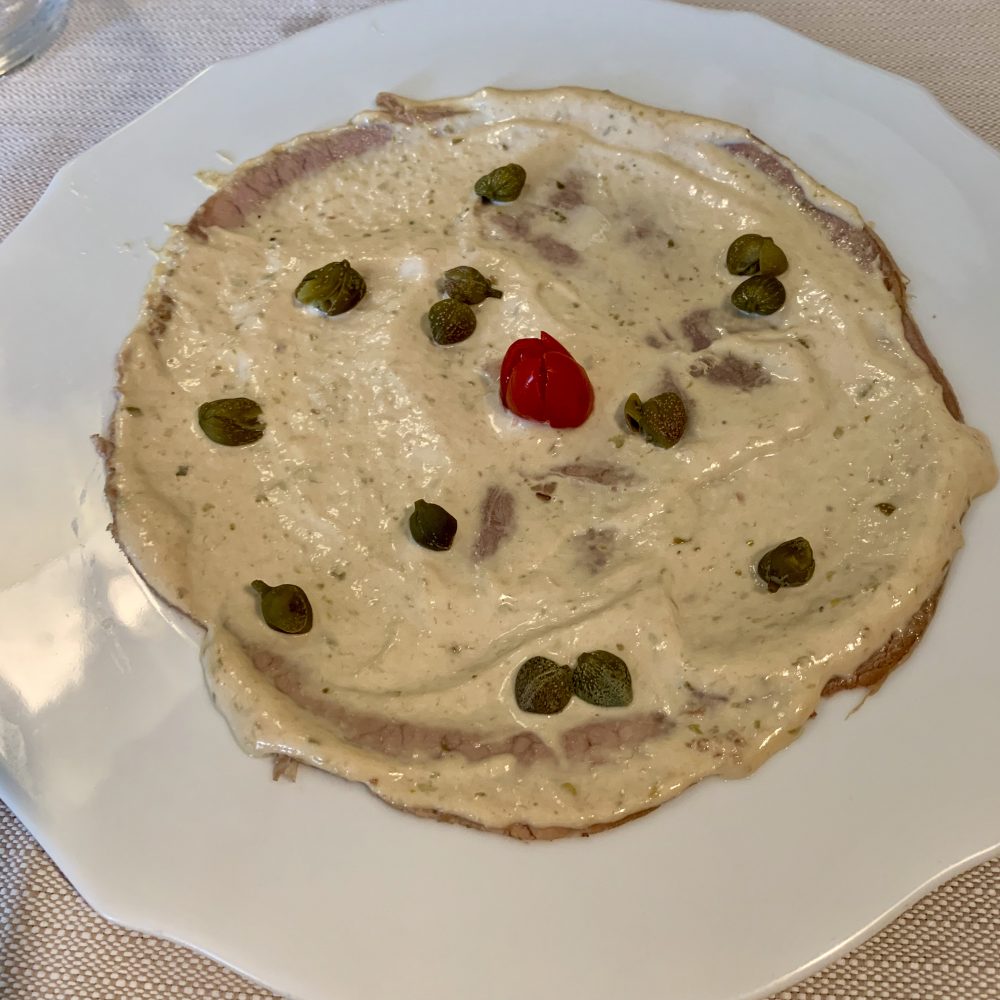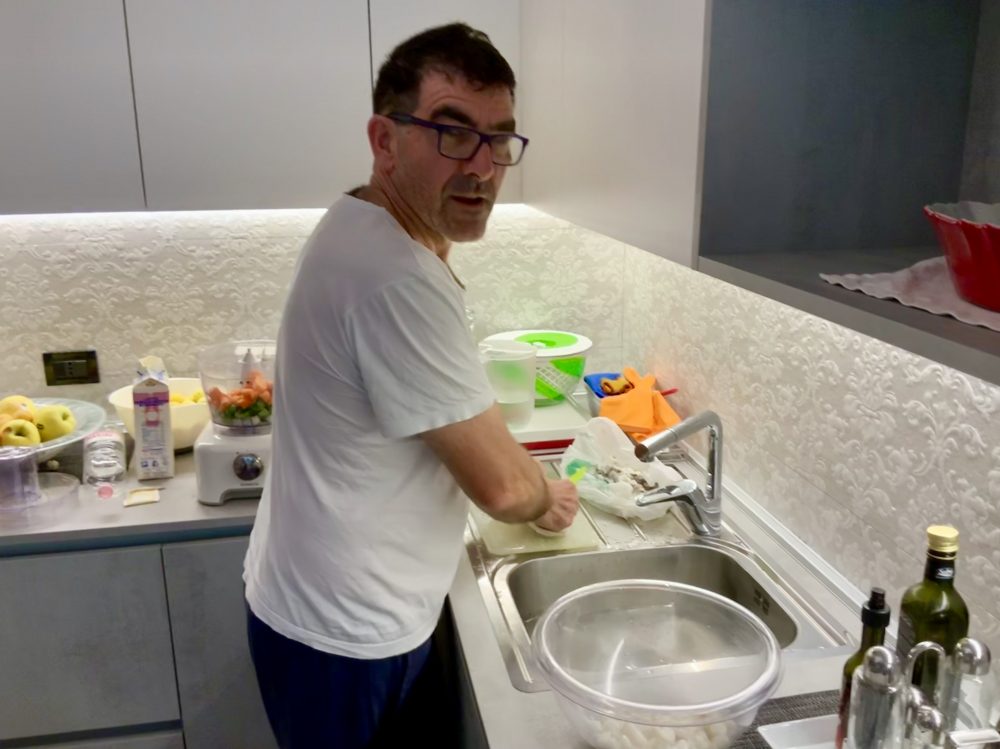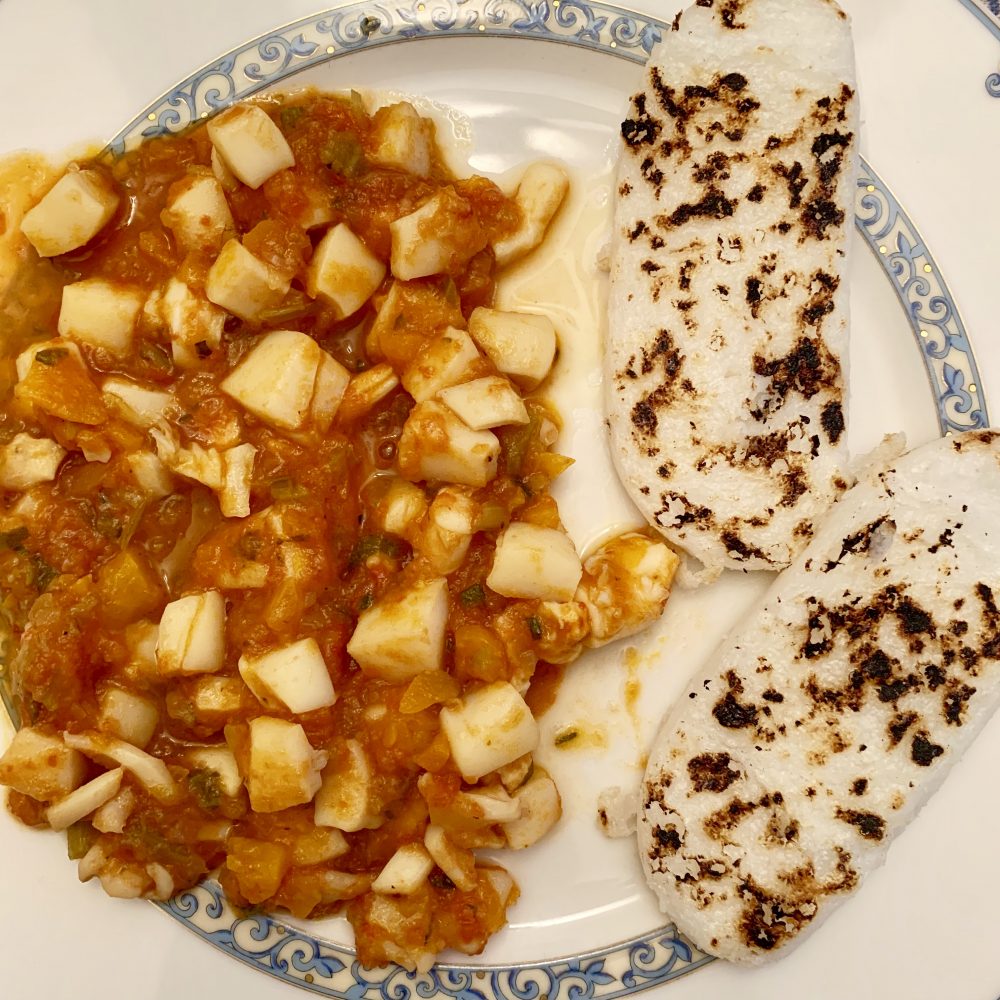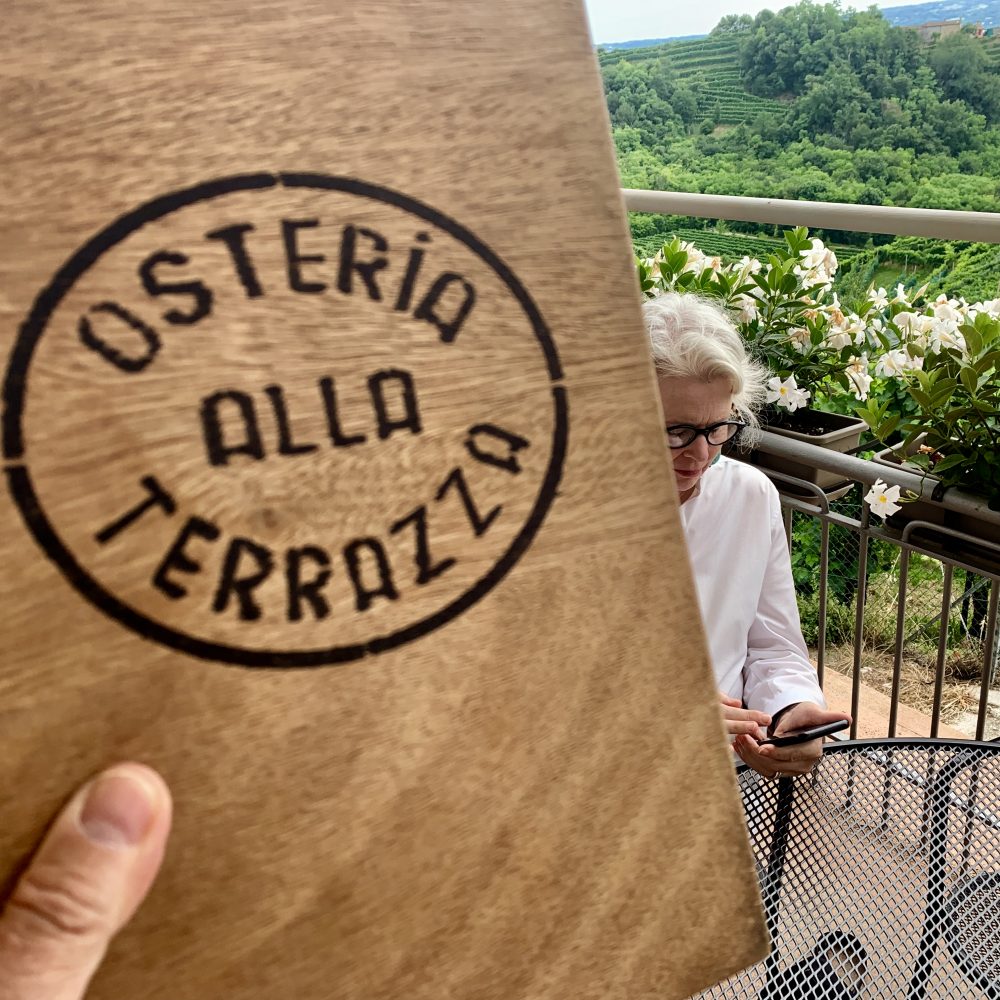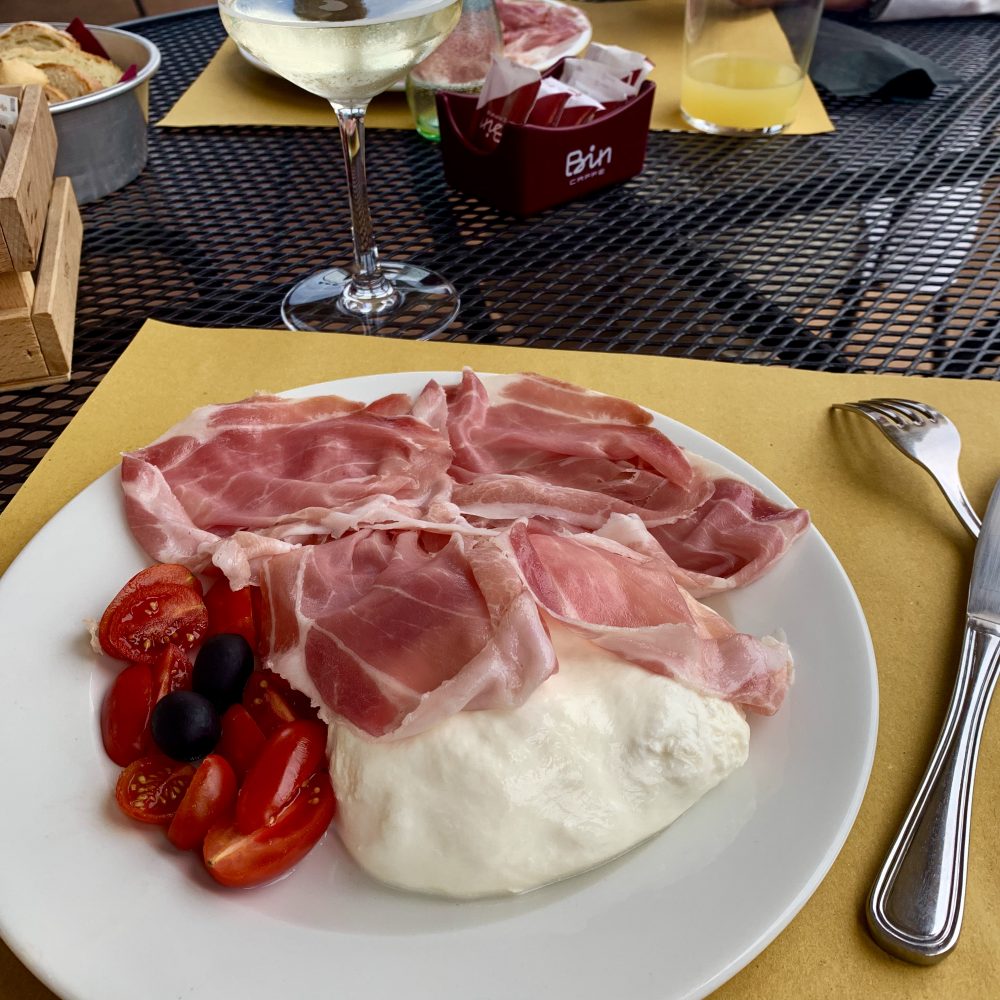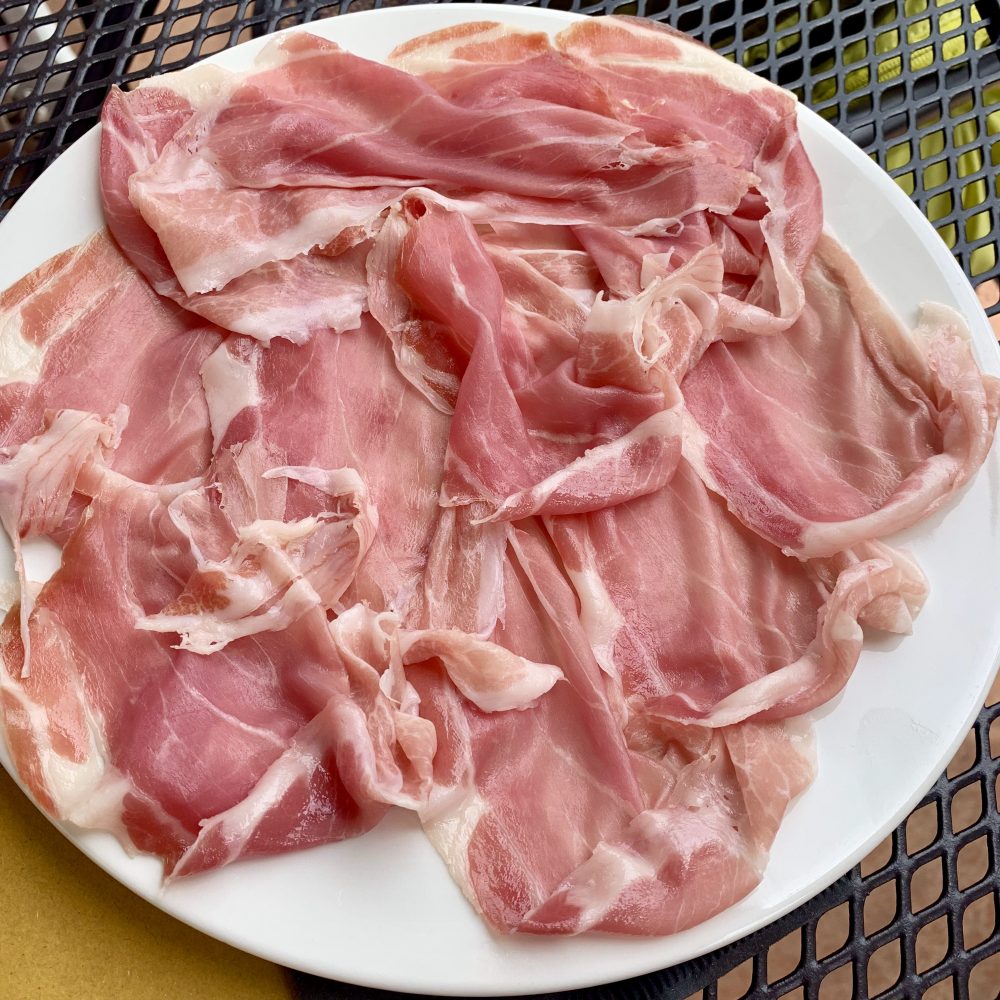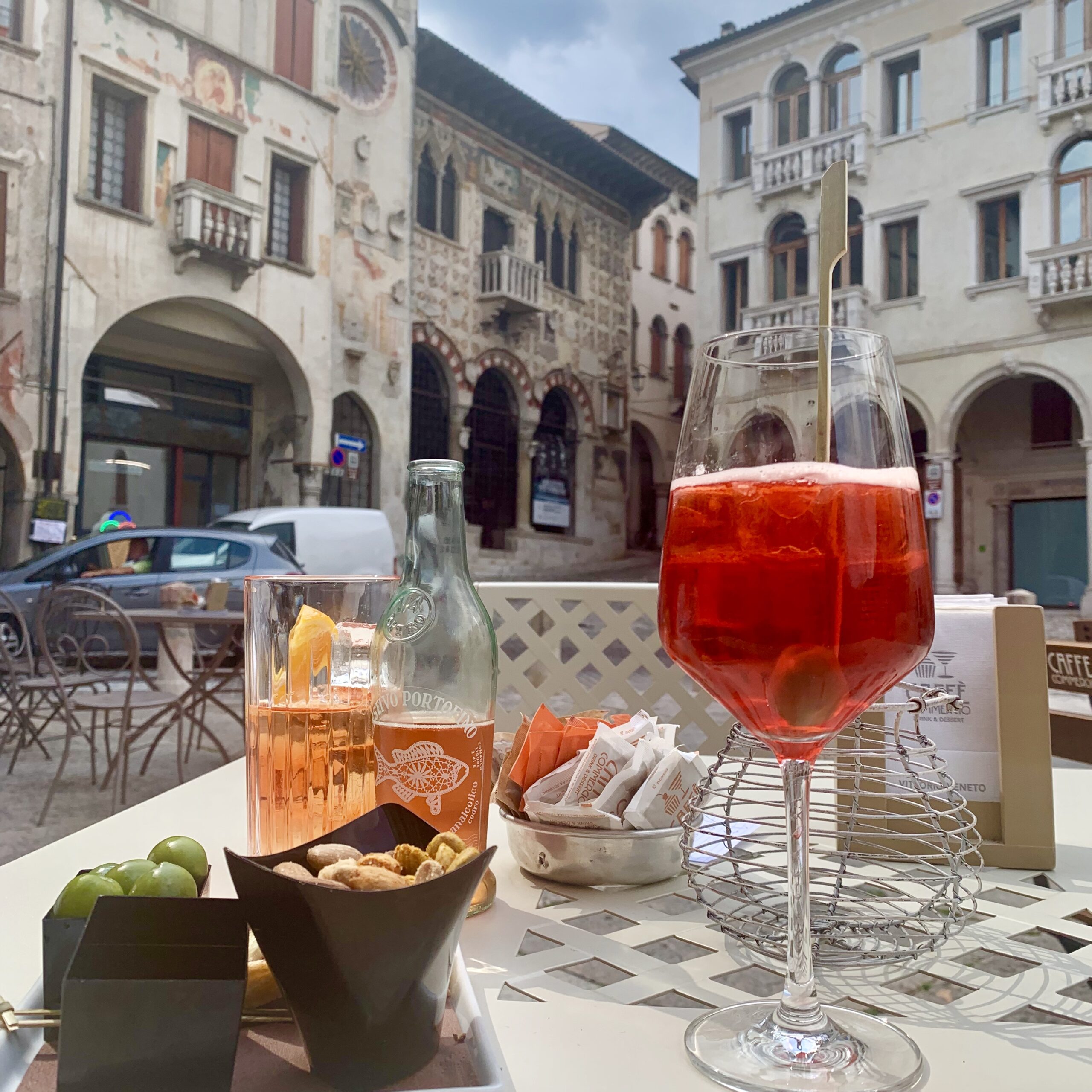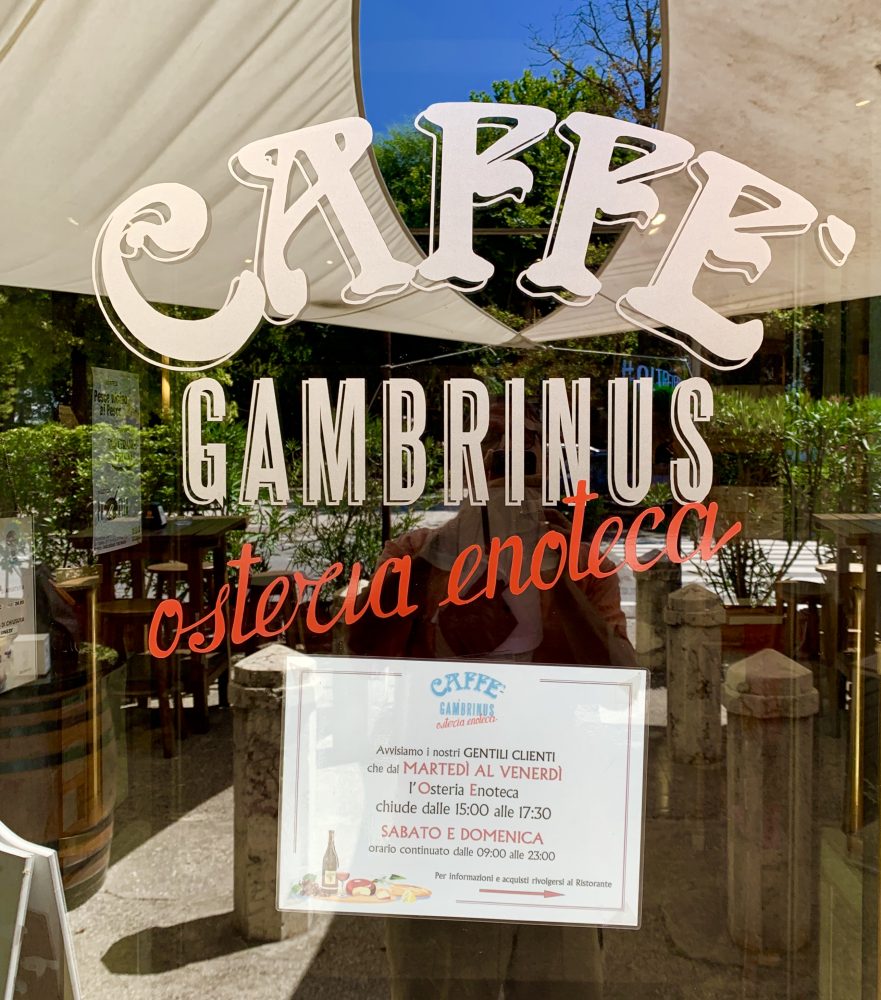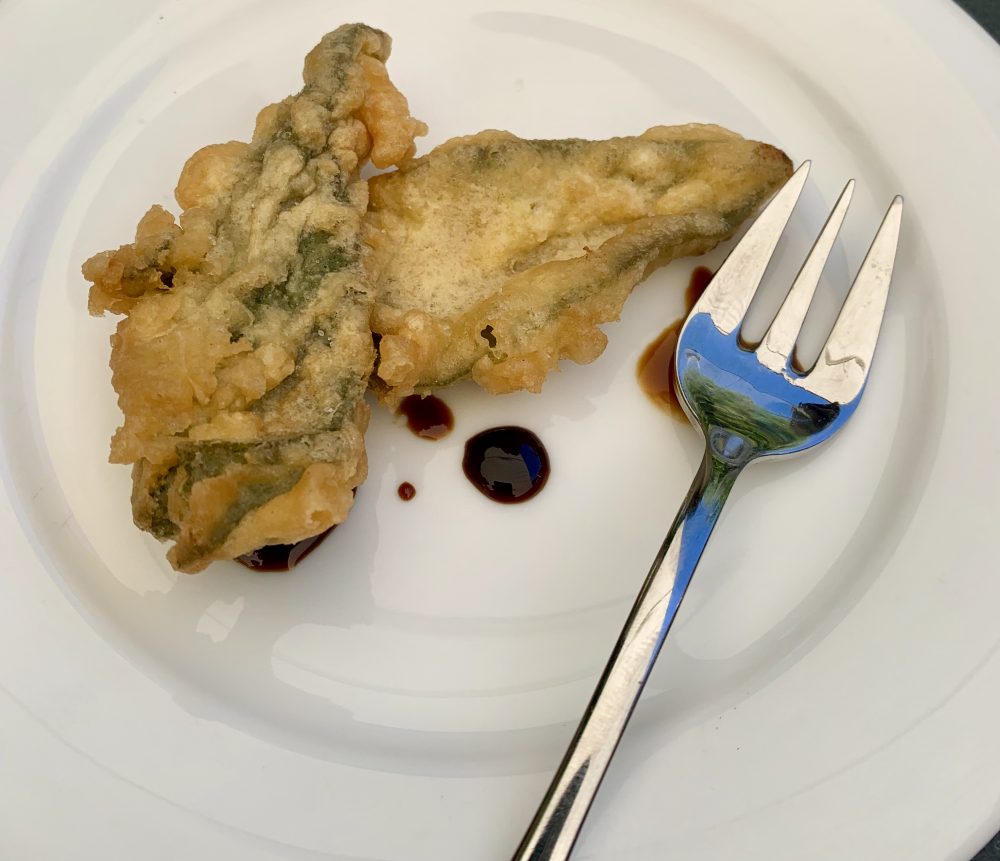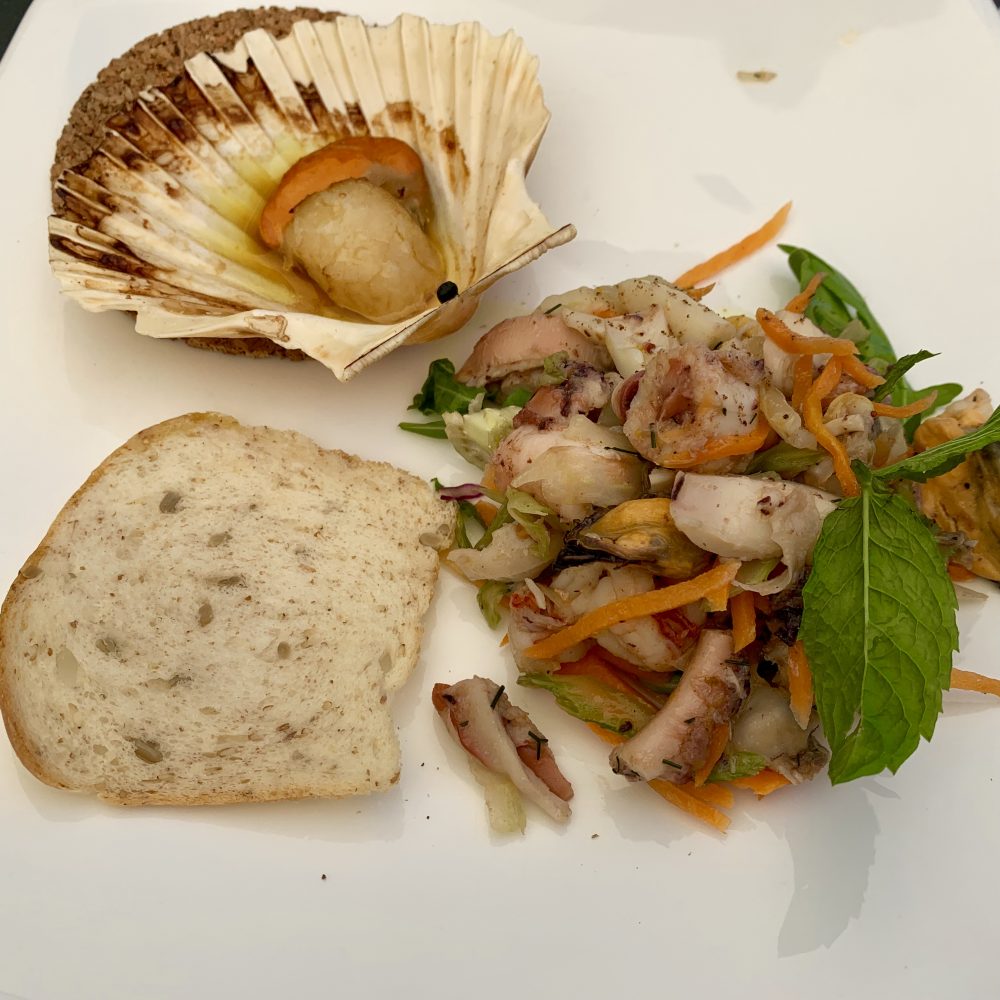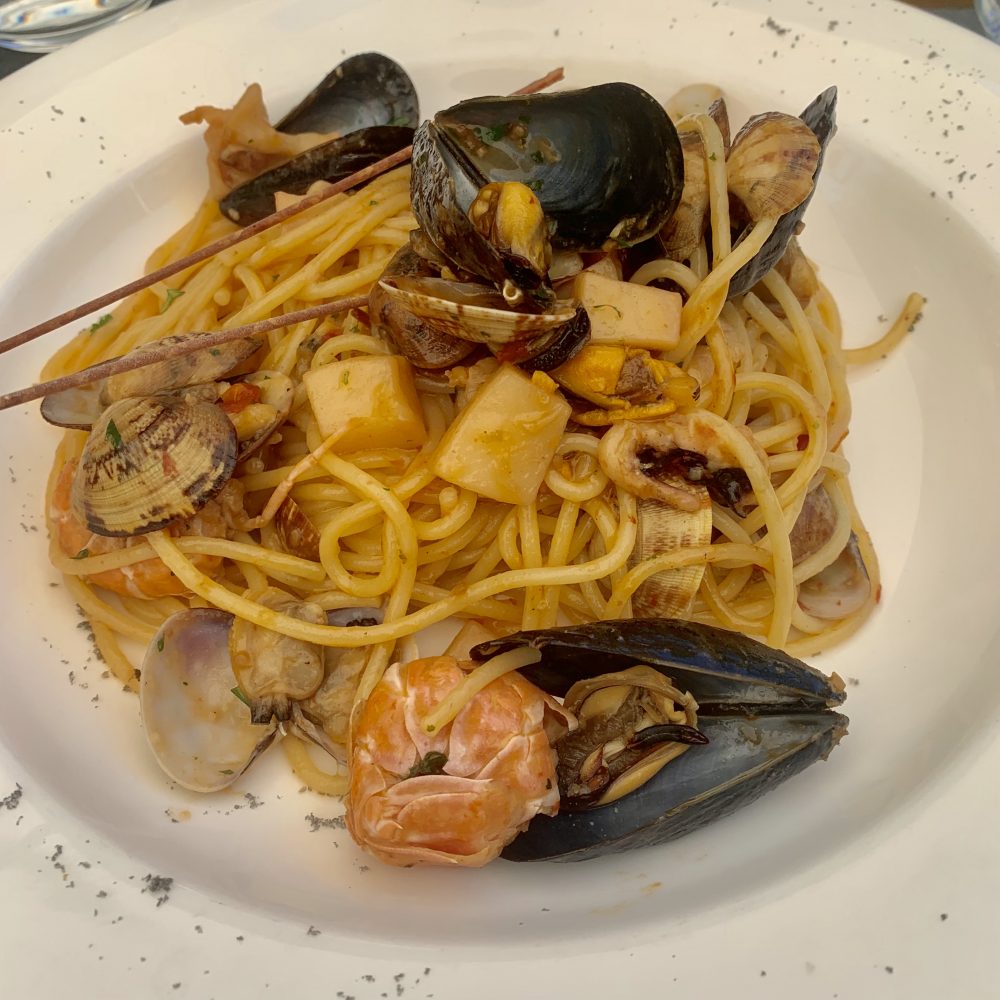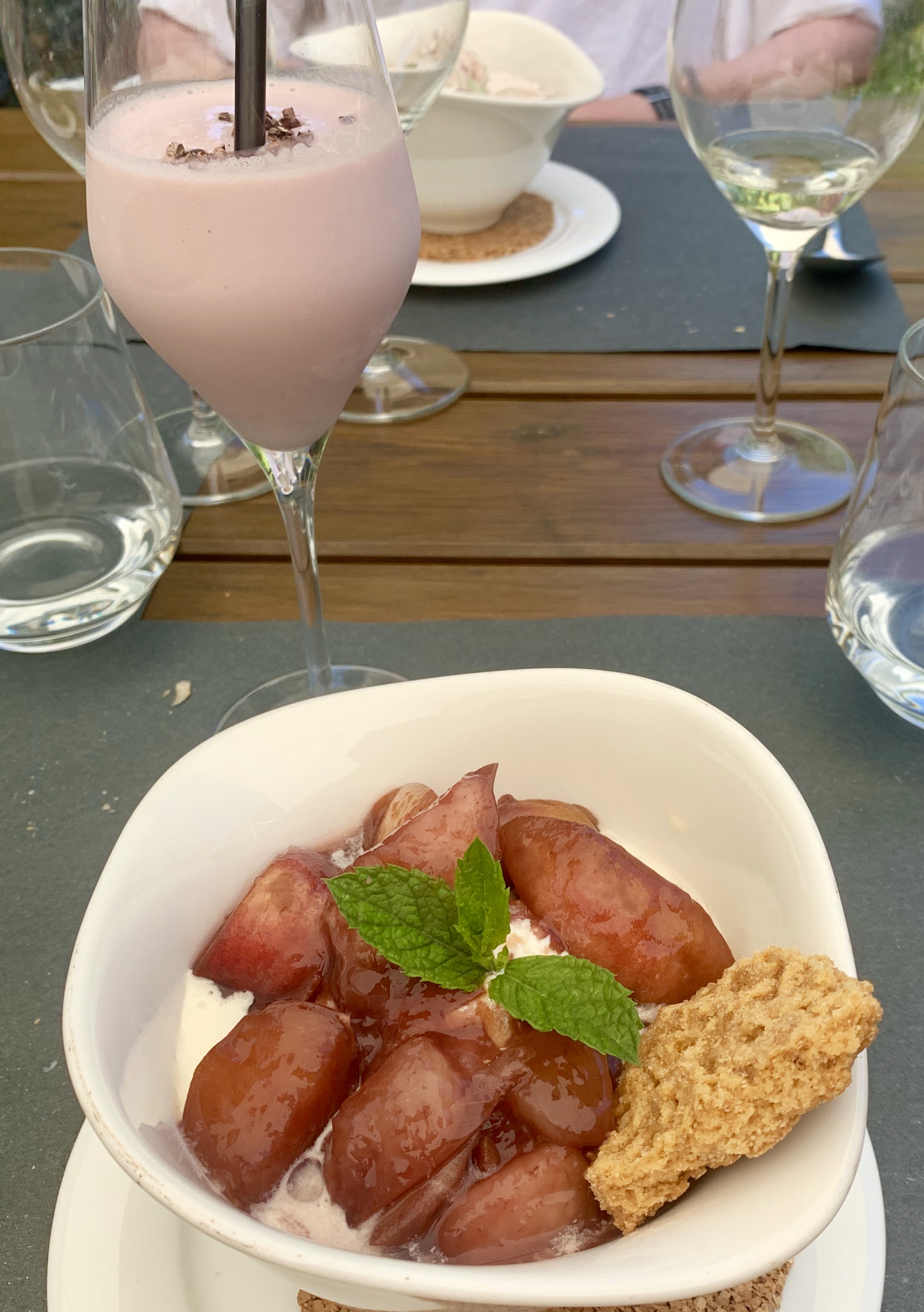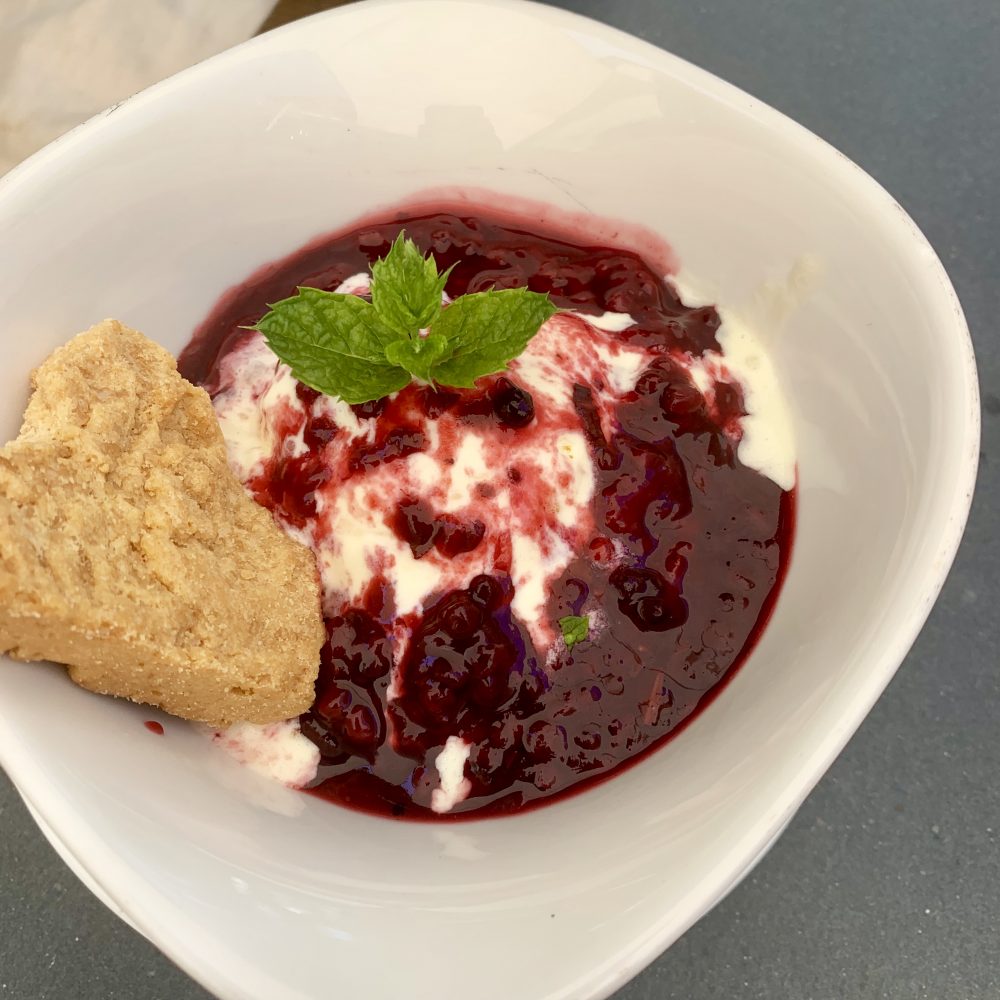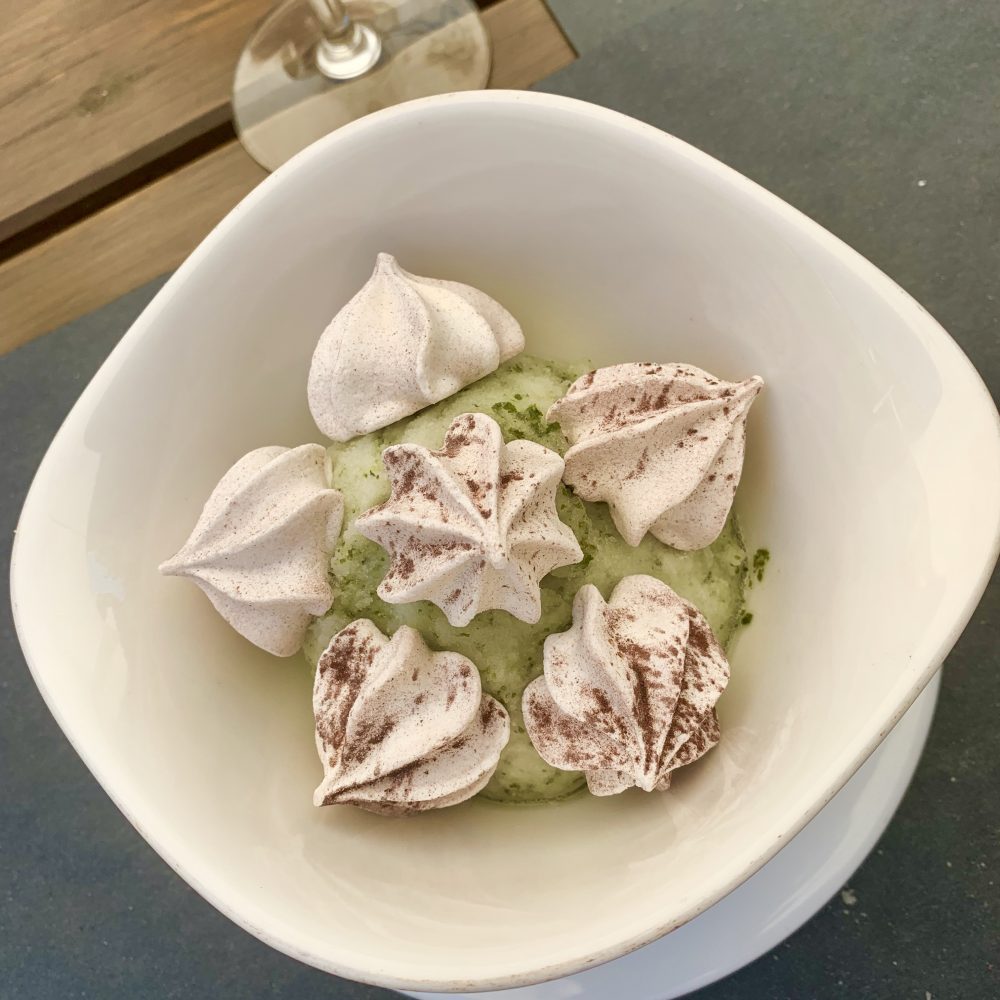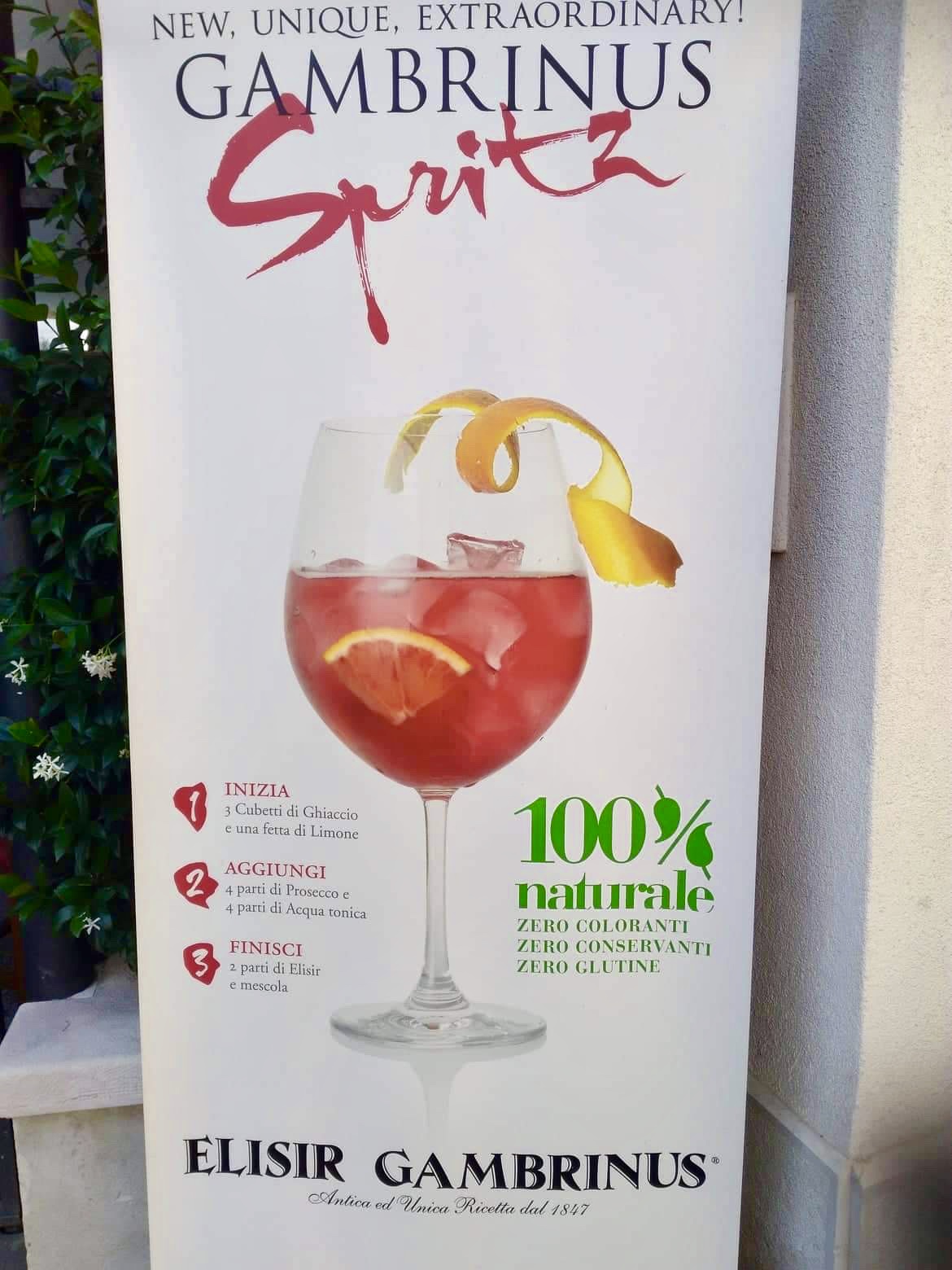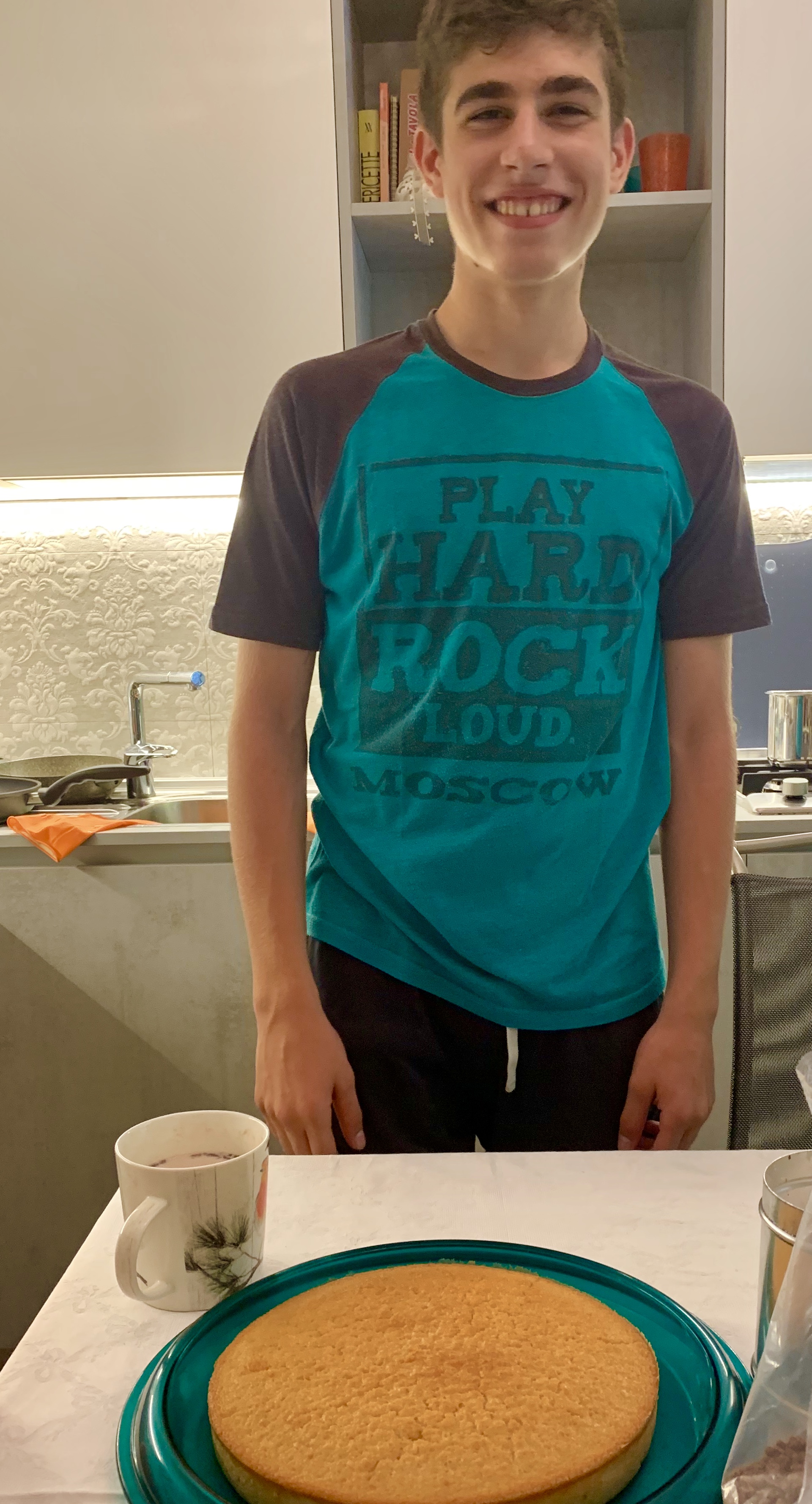O4-19 July 2019
Trieste, Conegliano, Oderzo, e Roma
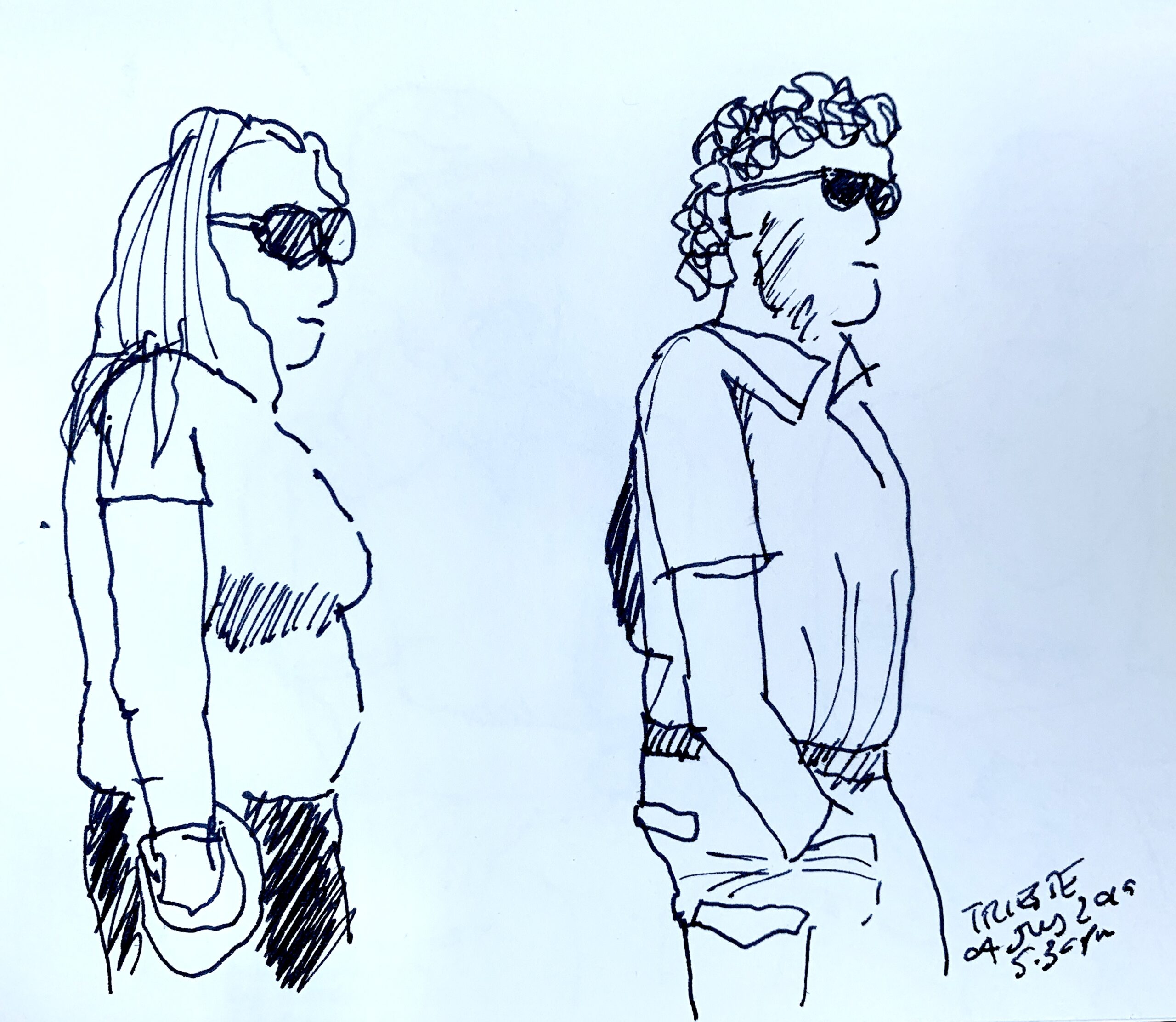
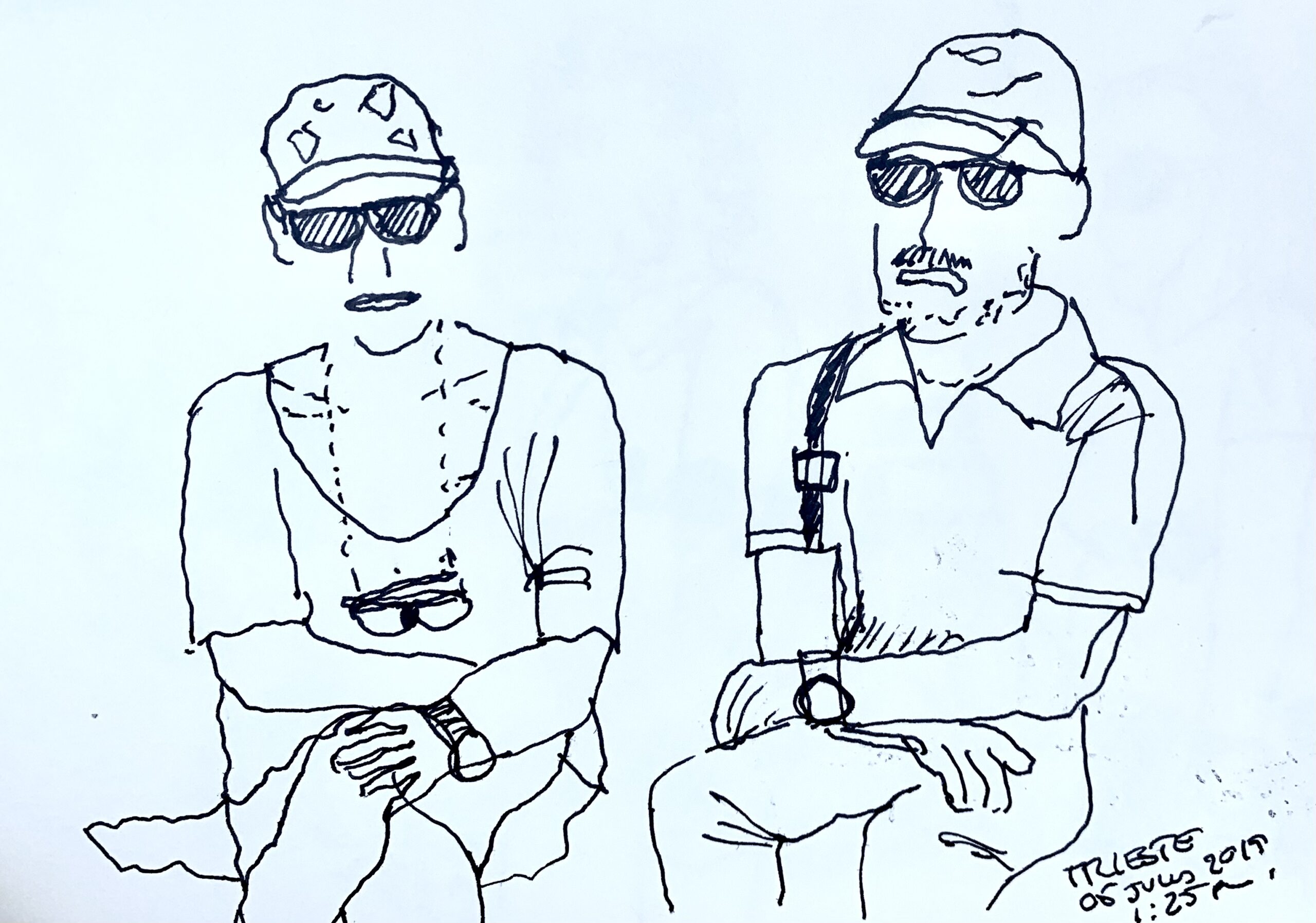
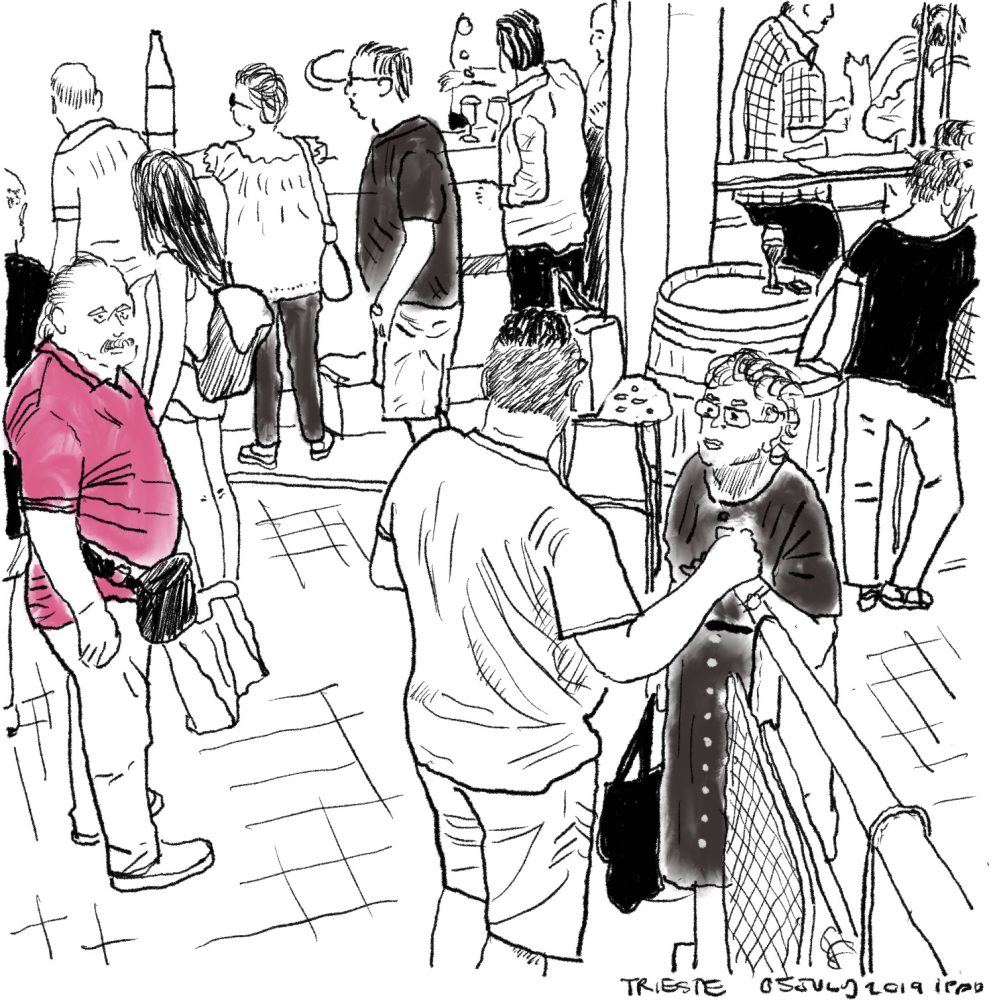
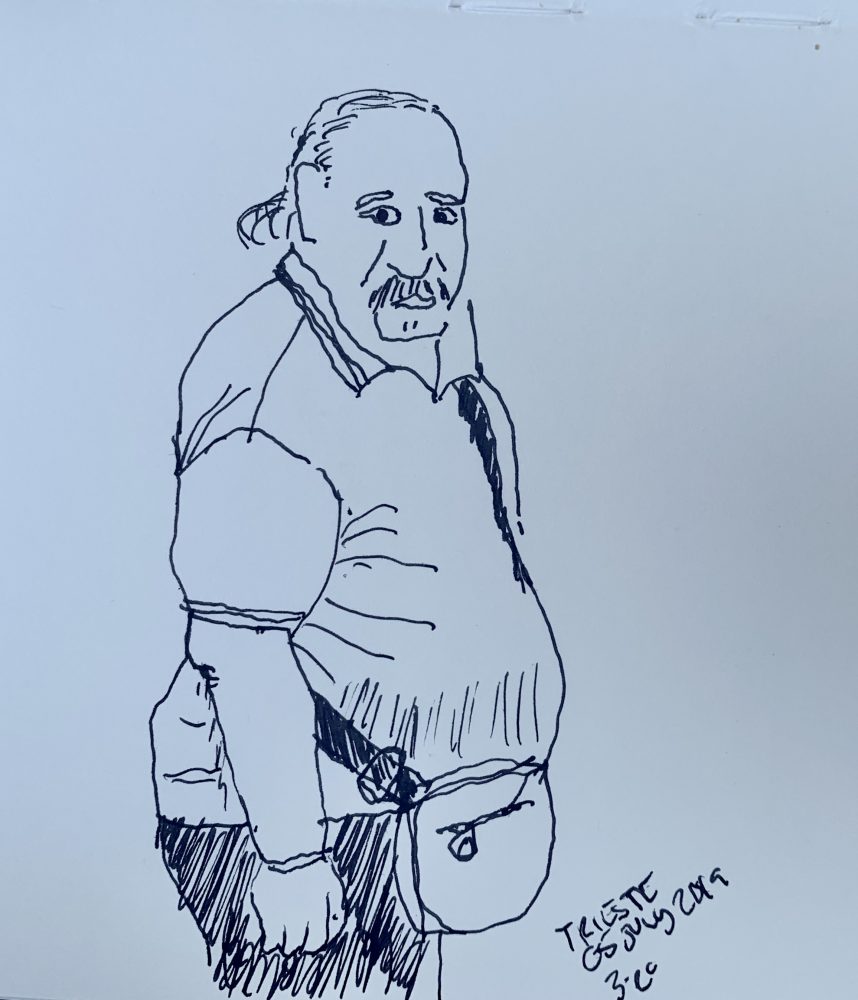
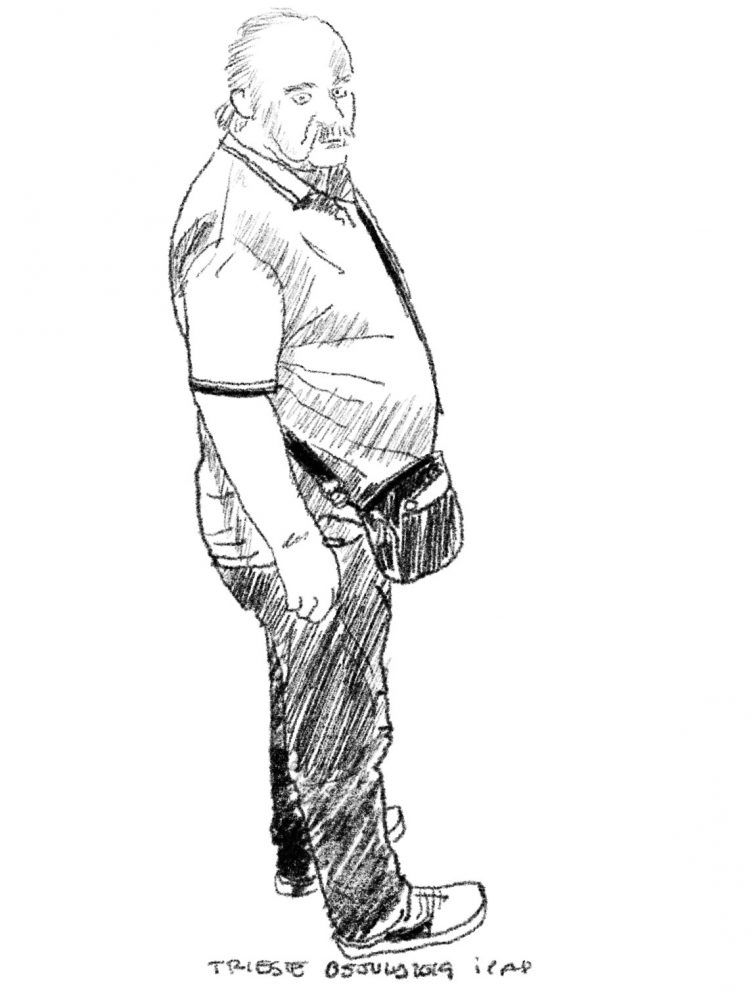
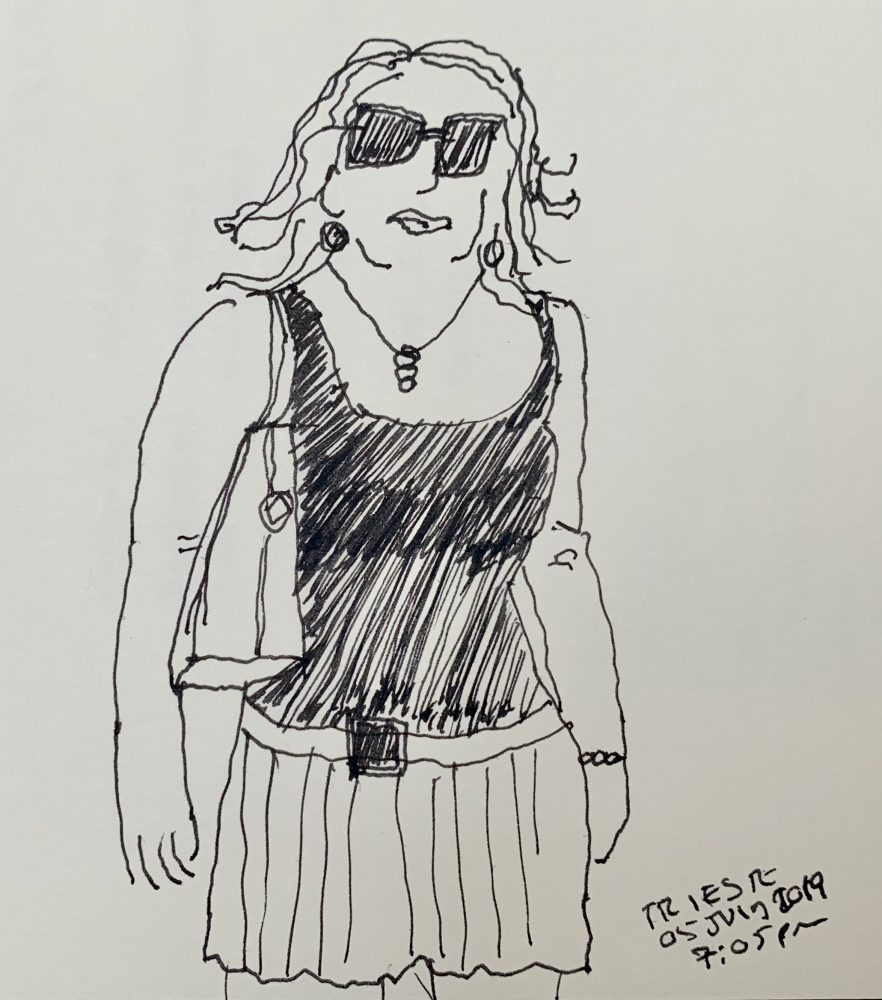
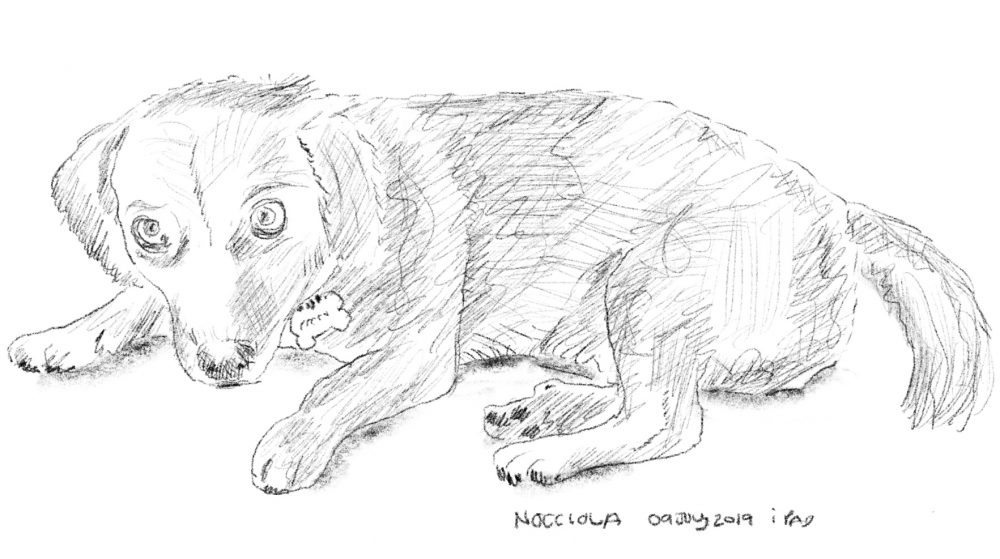
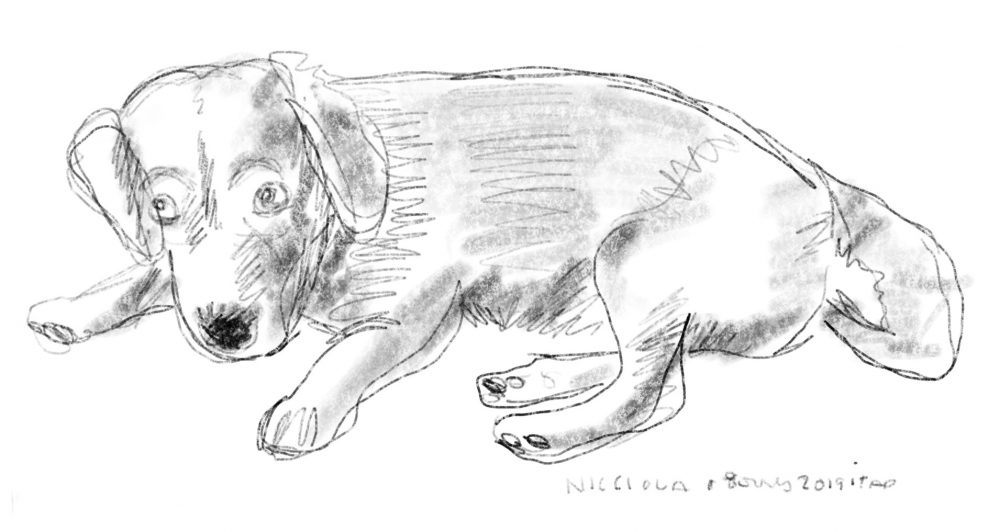
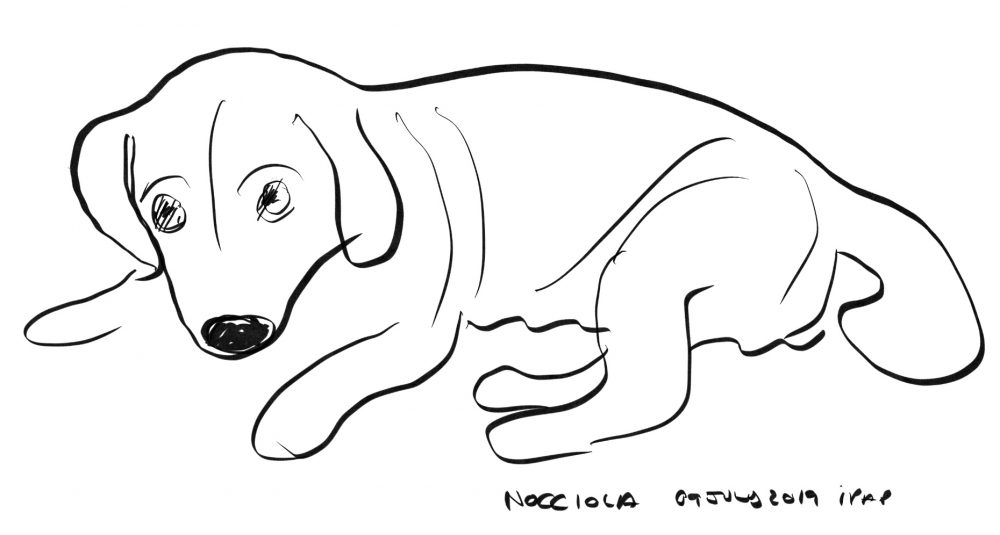
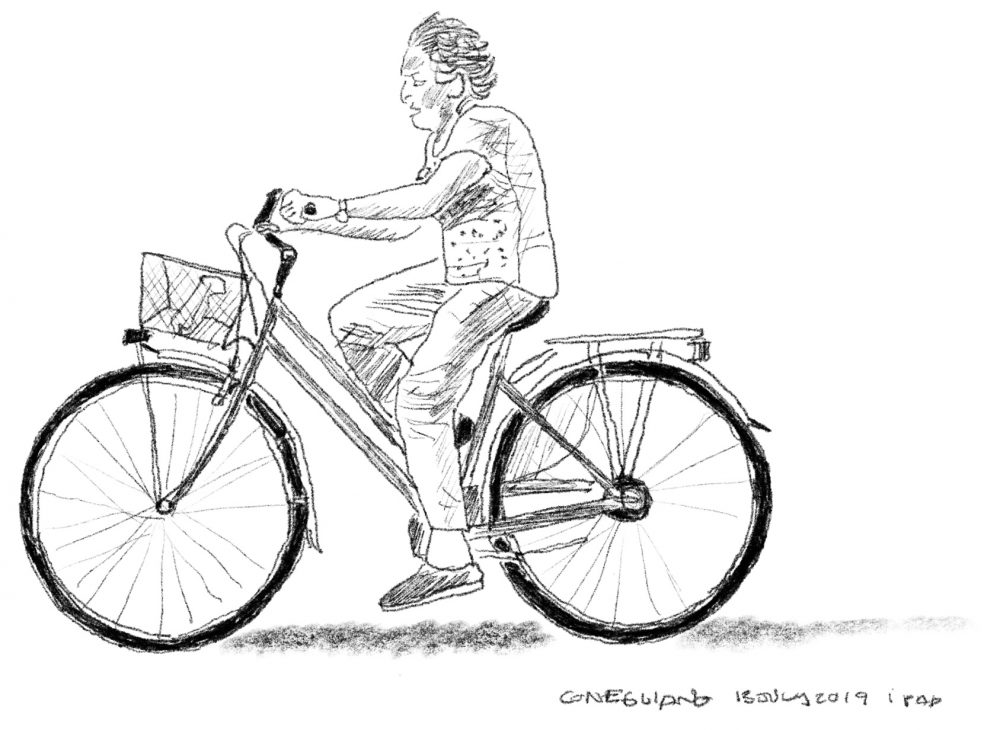
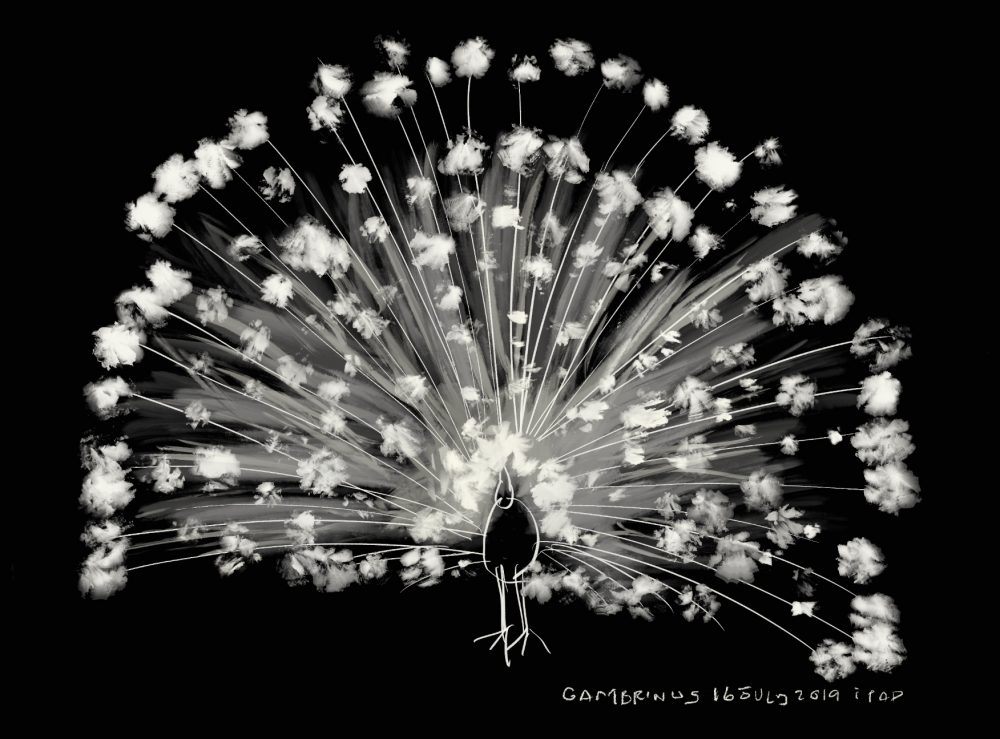
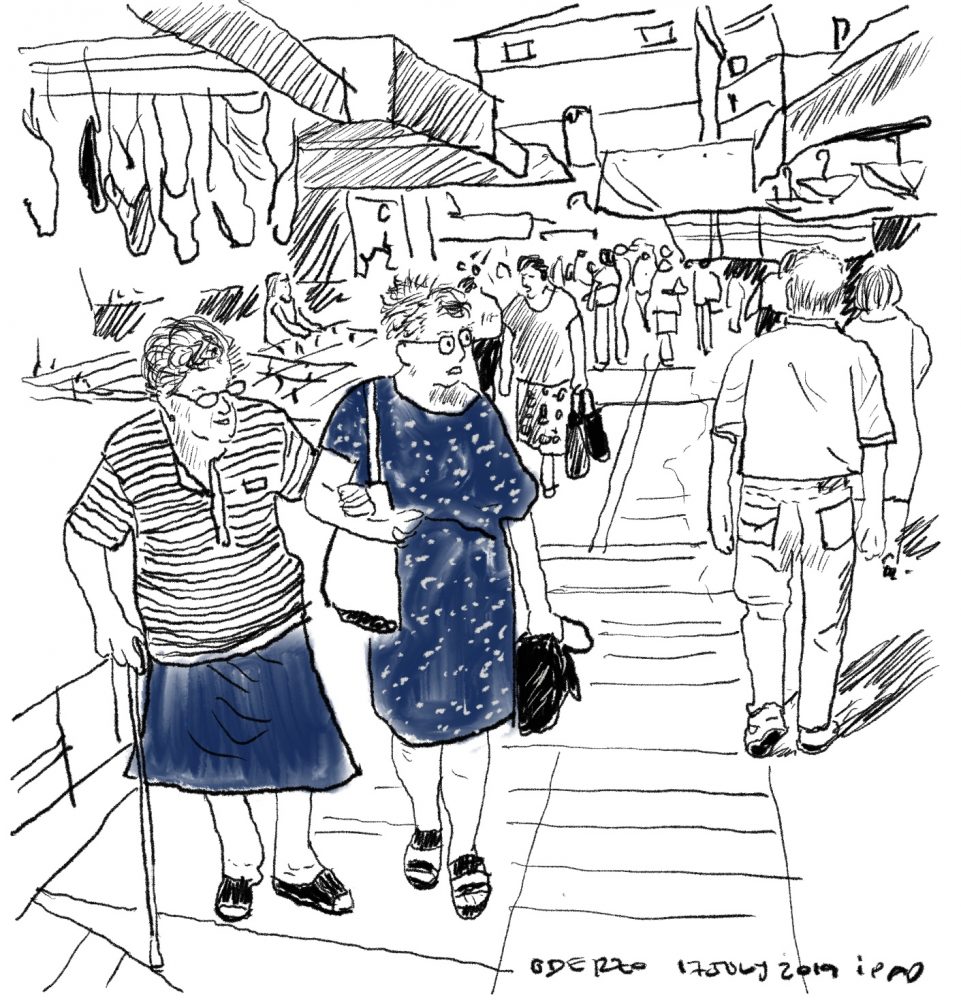
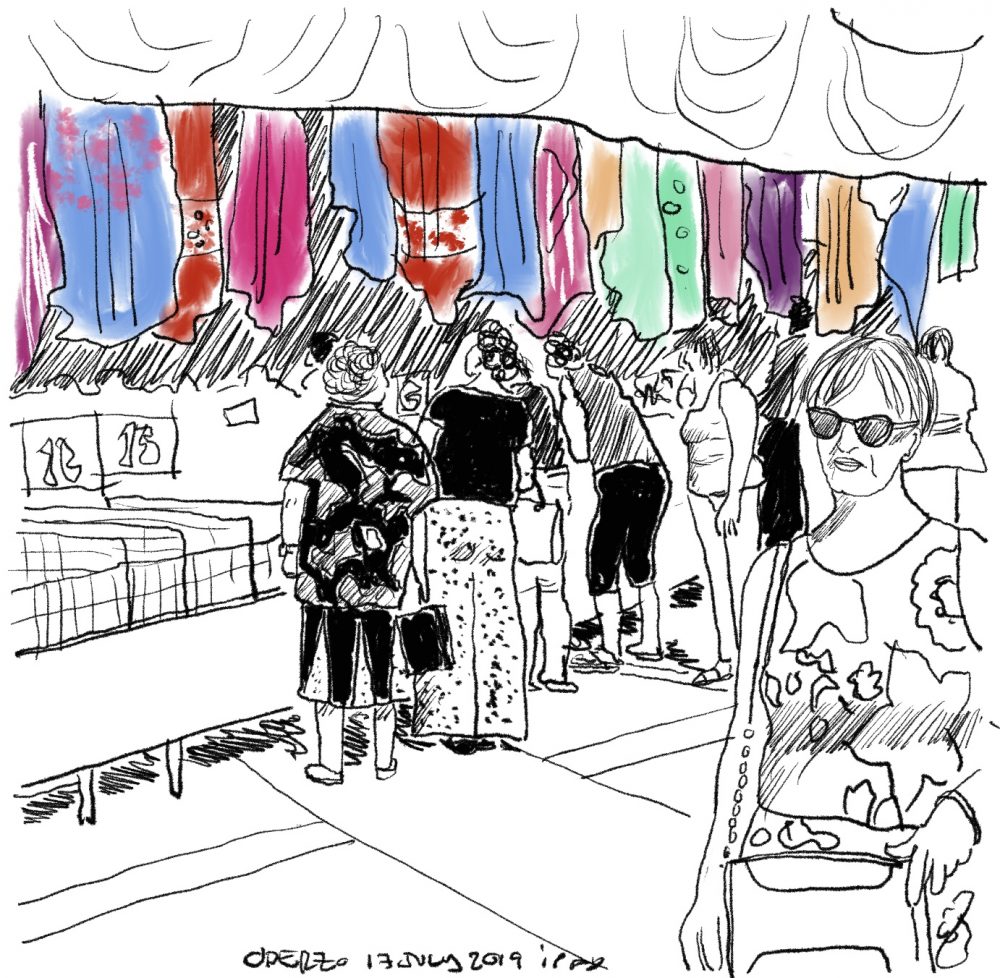
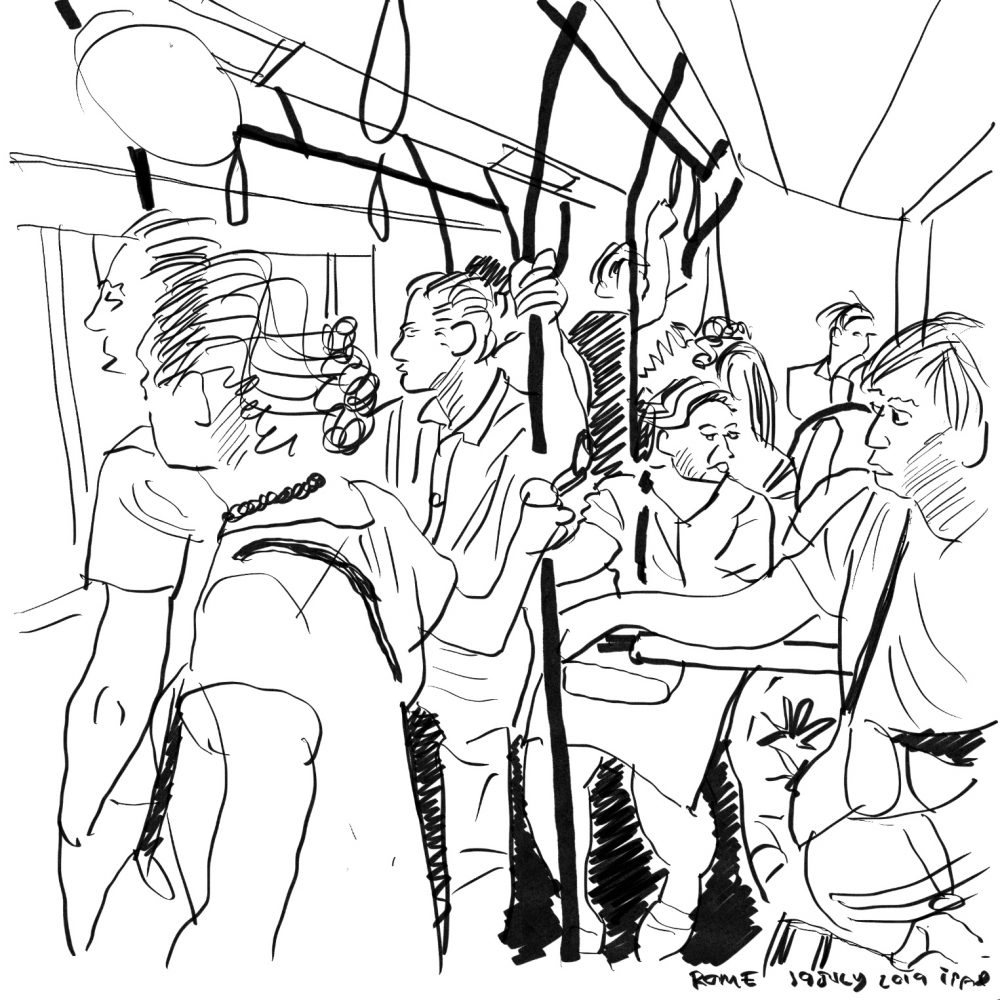
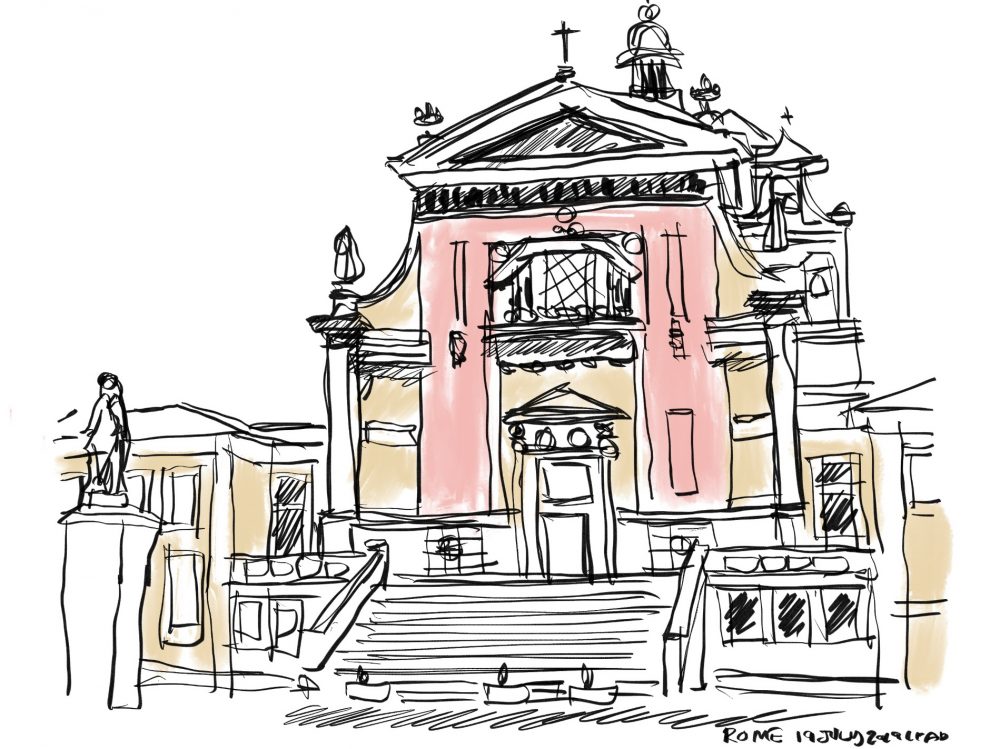
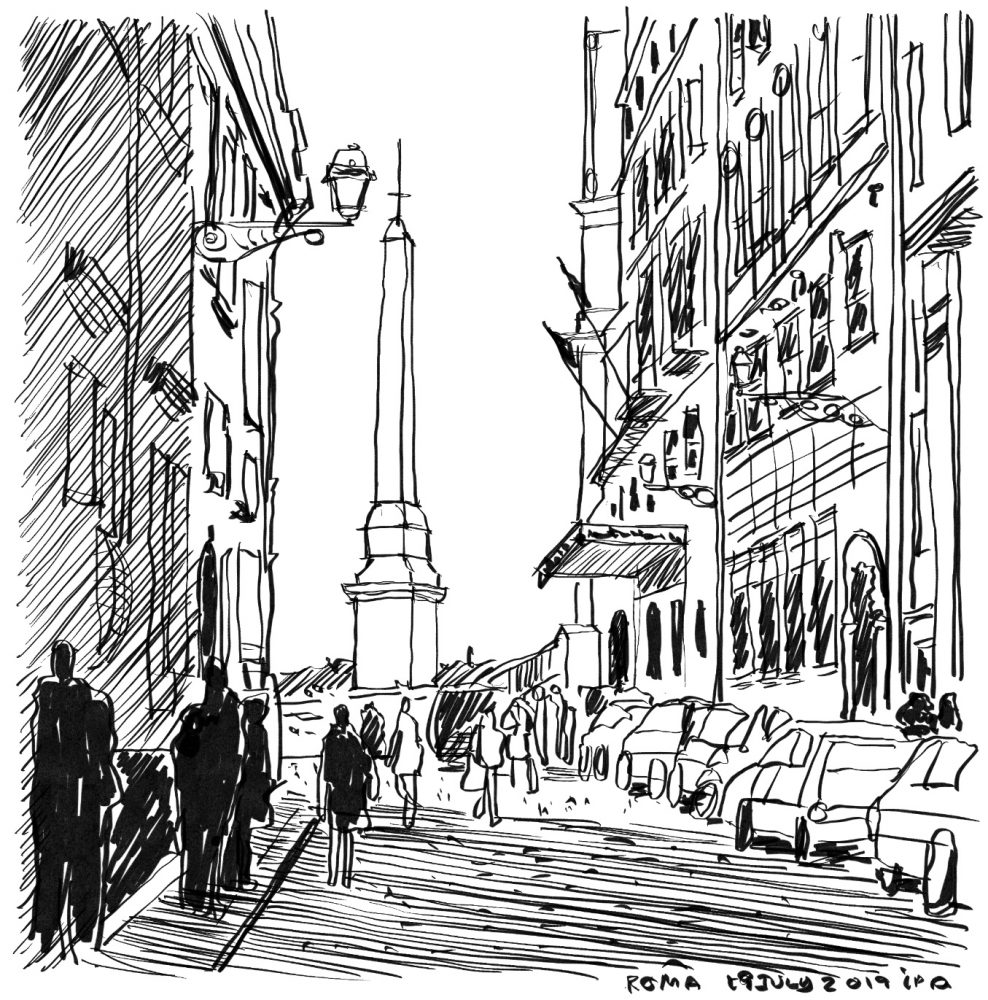

O4-19 July 2019
Trieste, Conegliano, Oderzo, e Roma
















06-18 July 2019
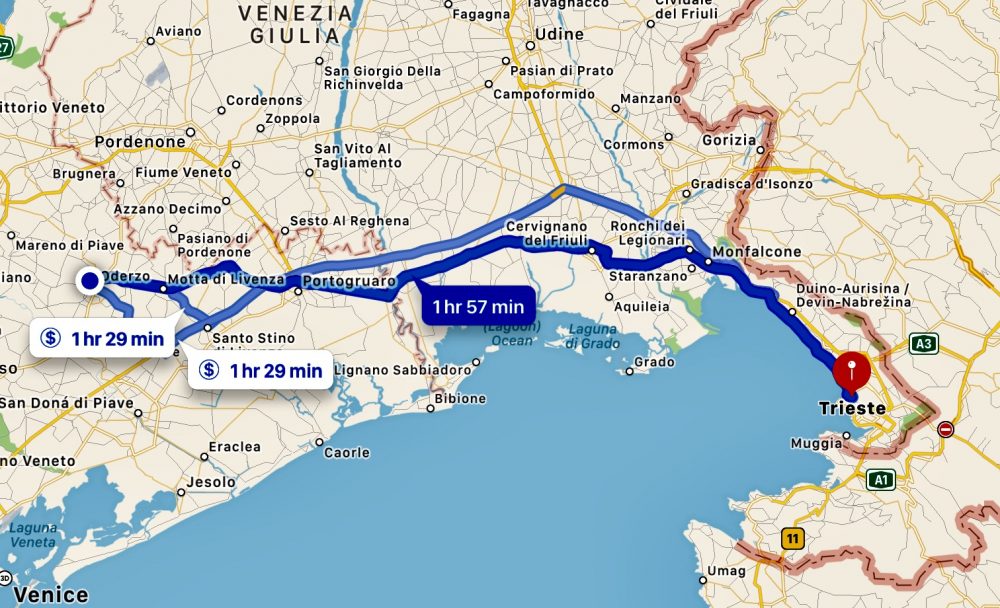
We have been spending time in the Veneto region with many of Robert’s relatives.
The family of Robert’s mom, Emma, are from the Veneto, specifically the Province of Treviso, and more specifically the tiny town of Pianzano, which is 40 miles north of Venice. Her parents were both born in Pianzano but they met only after they came to San Mateo, California. In fact, San Mateo is filled with families whose roots are in this region. The cemetery in Pianzano is a testament to this.
The Veneto is obviously the most economically successful region of Italy, and the countryside is dotted with factories making, especially, wine, furniture, eyeglasses, ski equipment, and some clothing. The many small towns sprawl with new development.
We made the easy two-hour drive from Trieste to Oderzo to stay with cousin Miryam Marchesin, her husband Alessandro Piva, and their sons—Leonardo 17 and Michele 14.
This was the best part of our stay—seeing a young Italian family in action. Hard working to say the least. Alessandro is off to work at 6:00 AM each day followed by Miryam at 7:00 after a walk with her neighbor. This summer, Leonardo works at a factory starting at 5:00 AM and finishing at 2:00 PM. On alternate weeks, this changes to 2:00 PM to 10:00 PM. Michele is not yet old enough to work during the summer, but he vacuums, washes dishes, and hangs laundry, sometimes with the assistance of Miryam. He occasionally bakes a cake, and he has a deep fondness for pancakes that he makes from scratch.
Mom and dad return each day for lunch—the table set by Michele and Leonardo when he is there. Both Miryam and Alessandro pitch in on cooking and cleaning up. This process is repeated at dinner. The family schedule gets more complicated when school is in session.
Oh, the fifth member of the family is Nocciola (hazelnut), a Jack Russell and something mix. She keeps everyone entertained, especially when Robert accidentally opens the front gate, allowing Nocci to escape with all family members in pursuit.
During our stay, we tutored one another all day long on English and Italian. Robert hopes he can retain 25 percent of what they repeatedly told him: e.g., struzzo is a bird from Africa; strutto is lard.
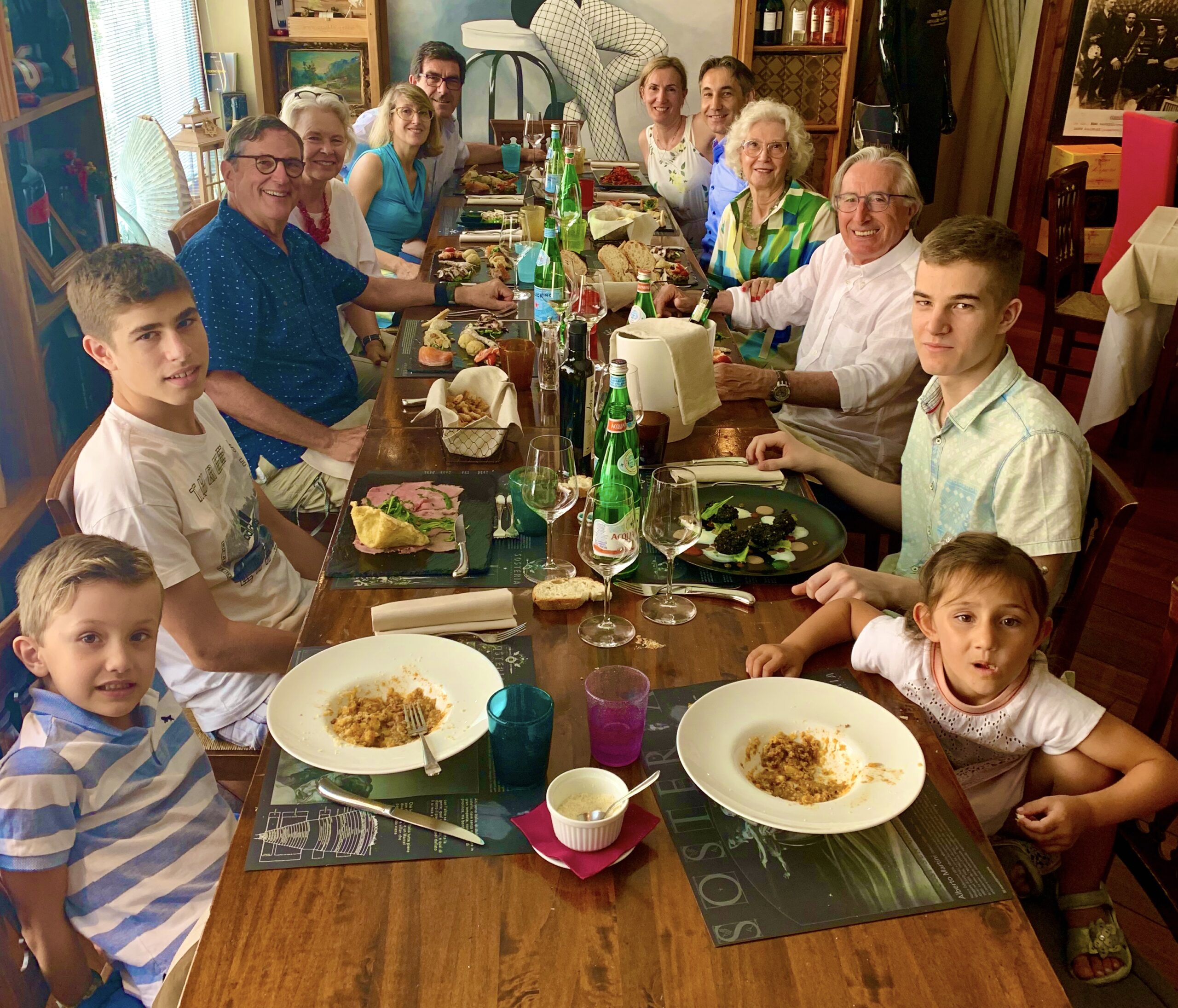
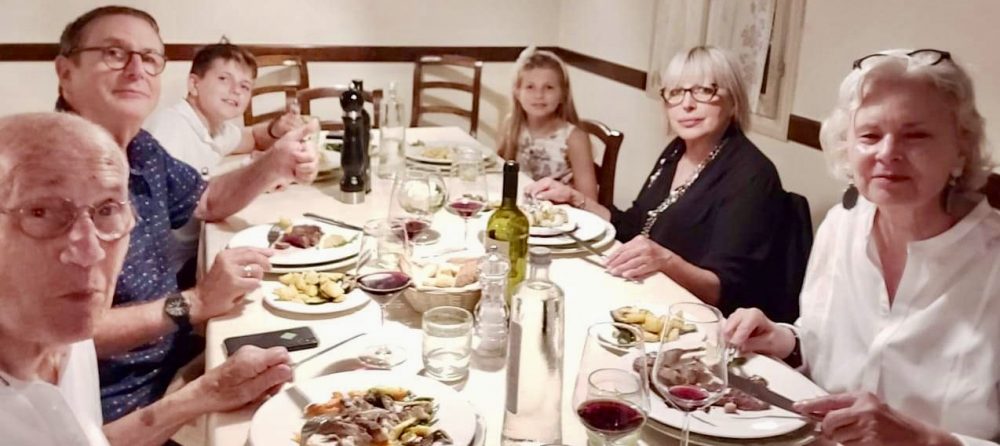
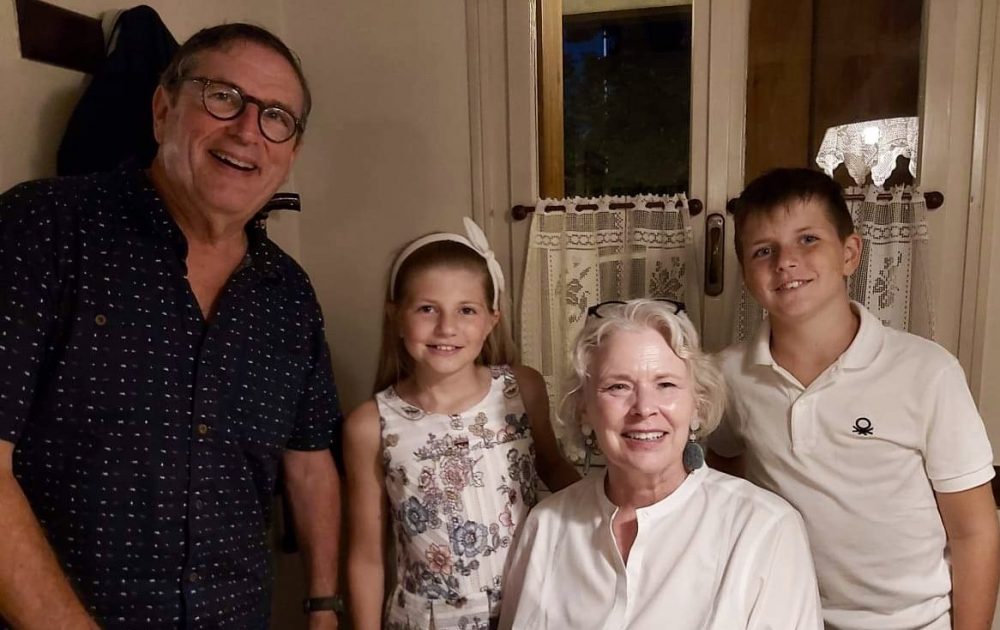
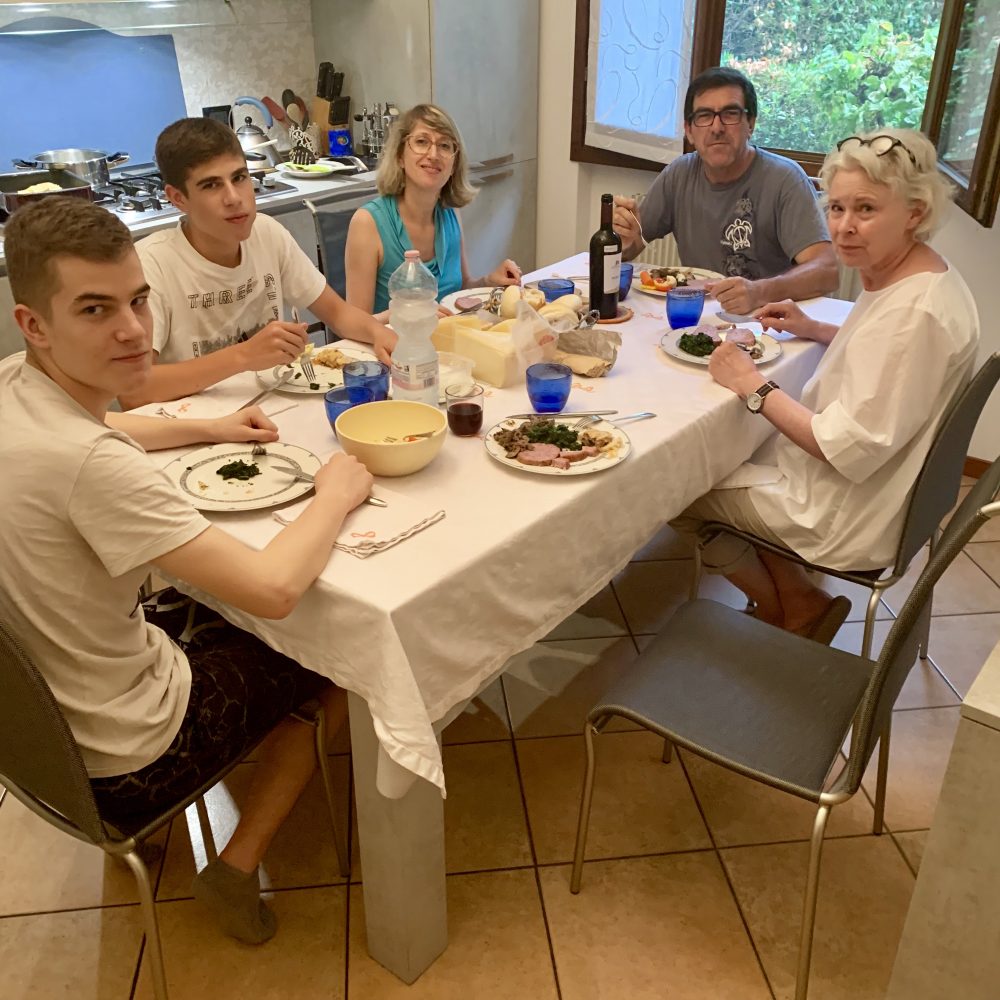
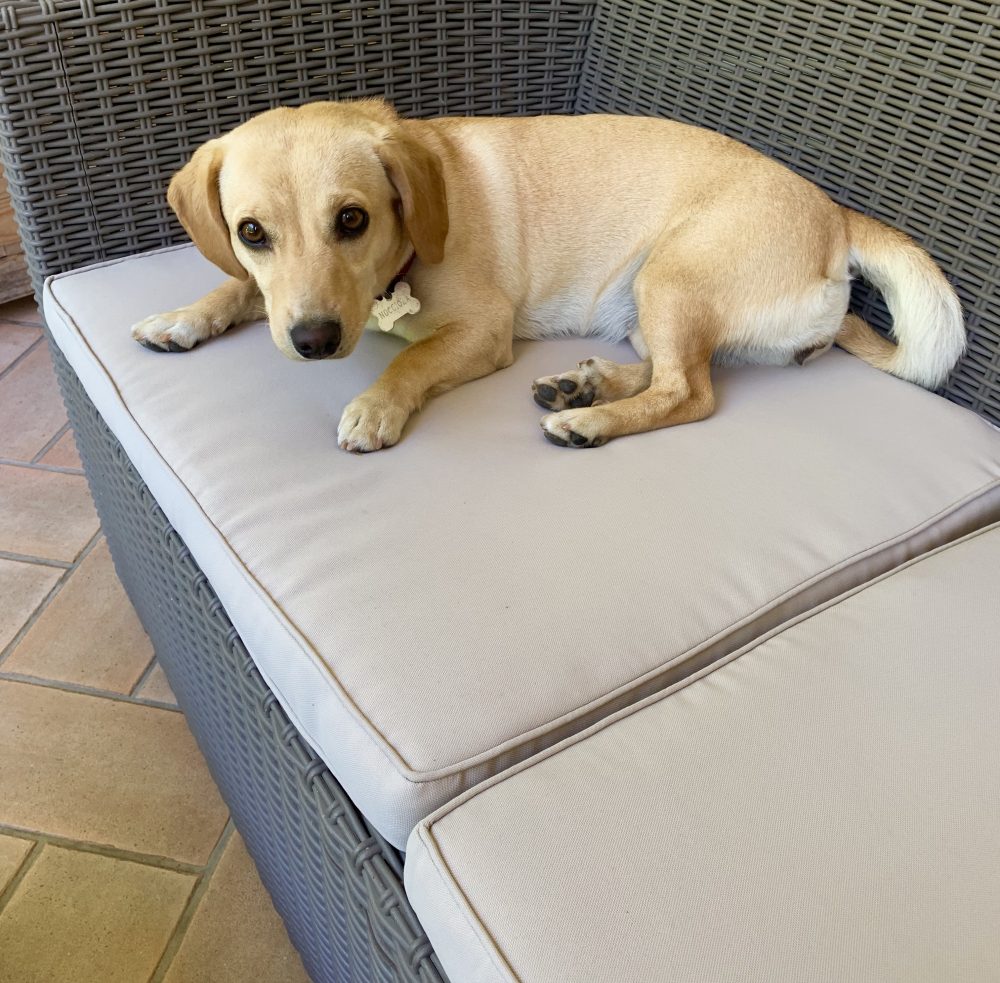
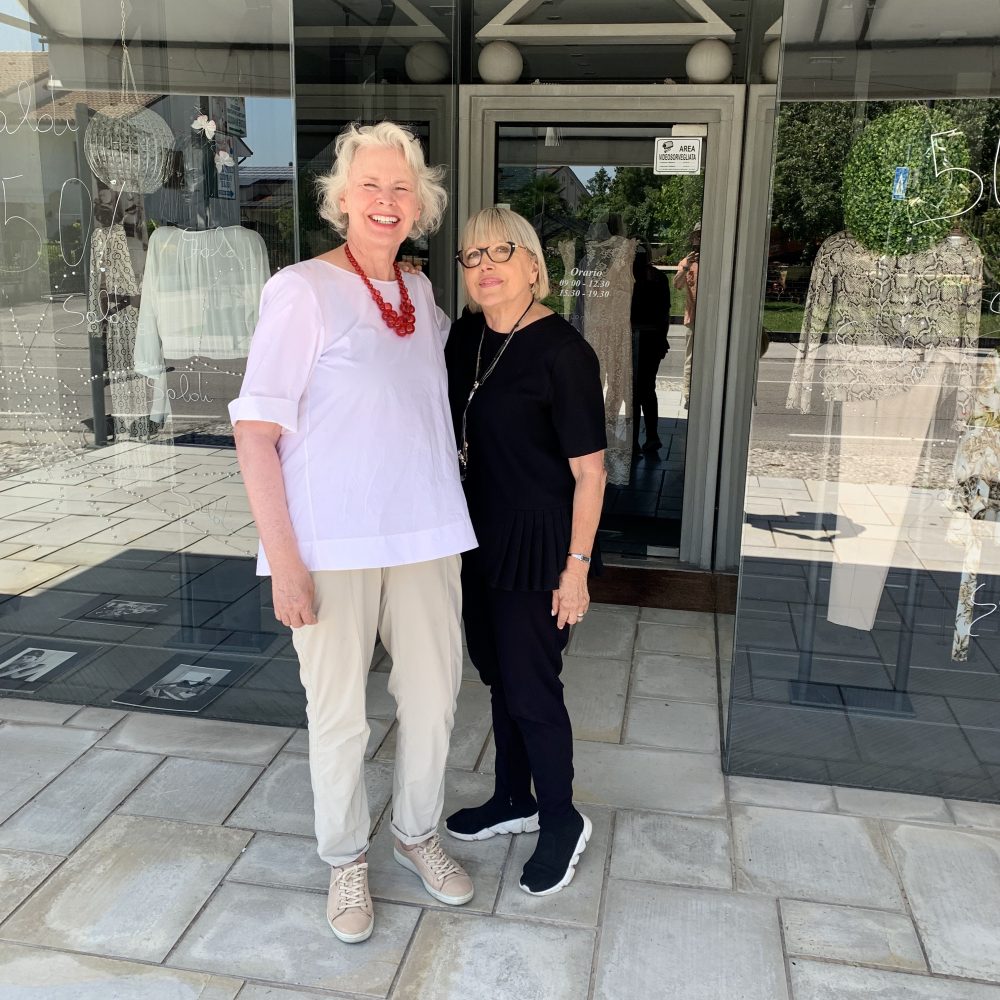
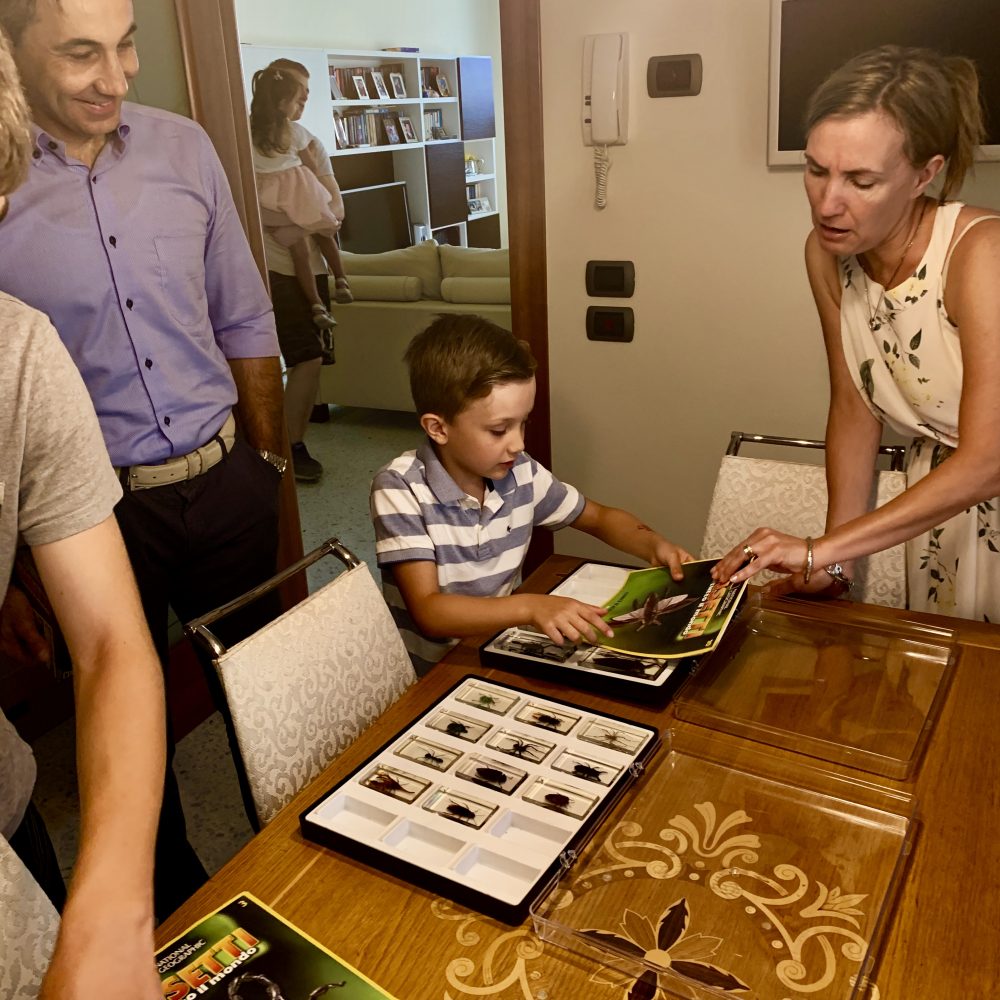
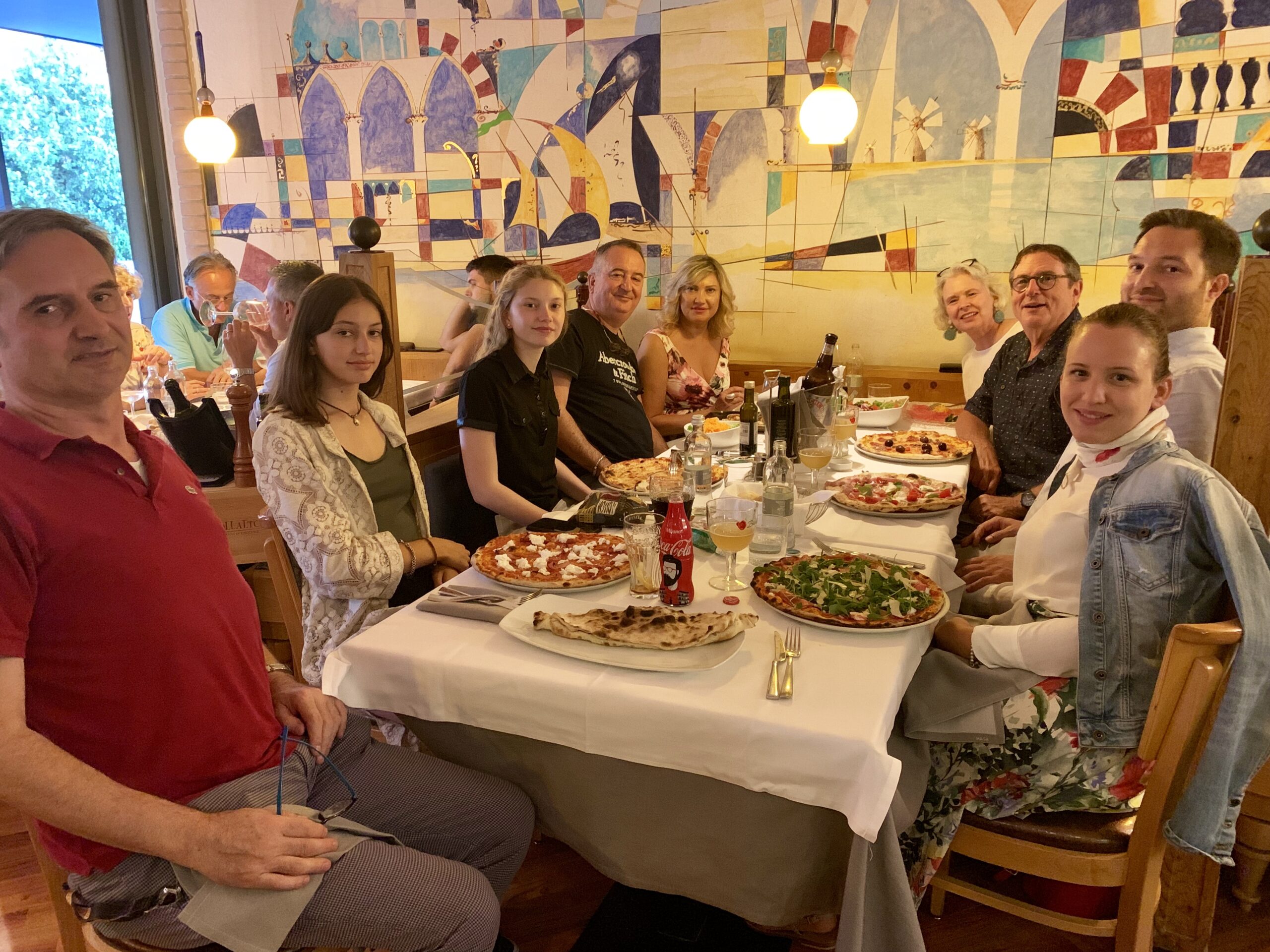
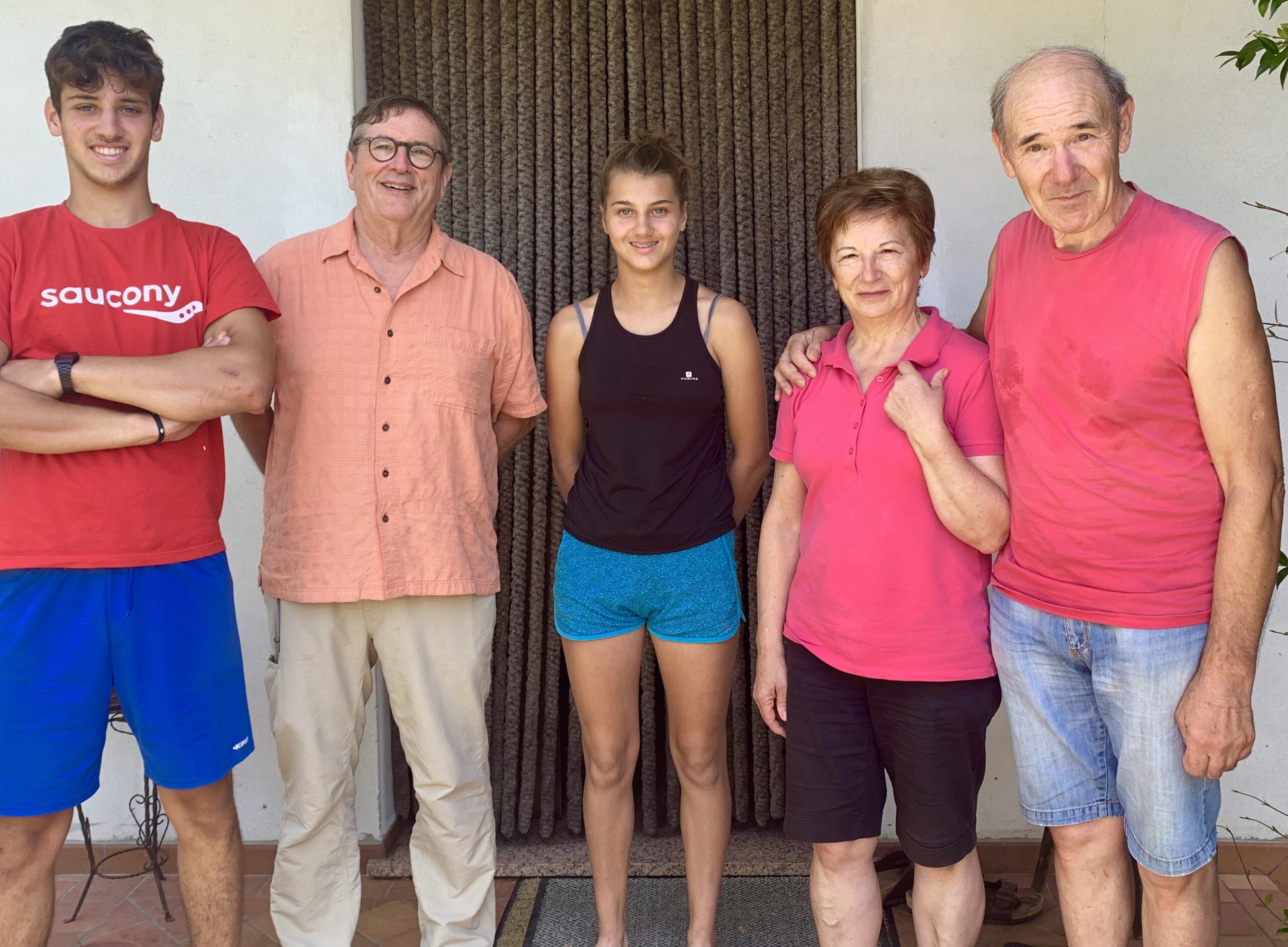
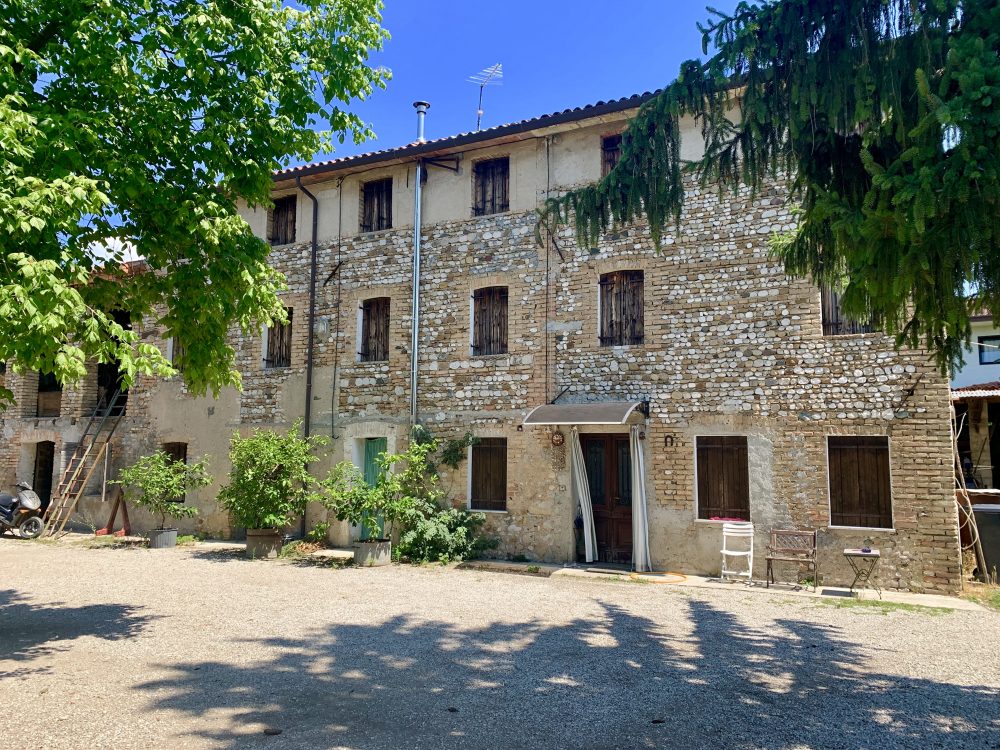
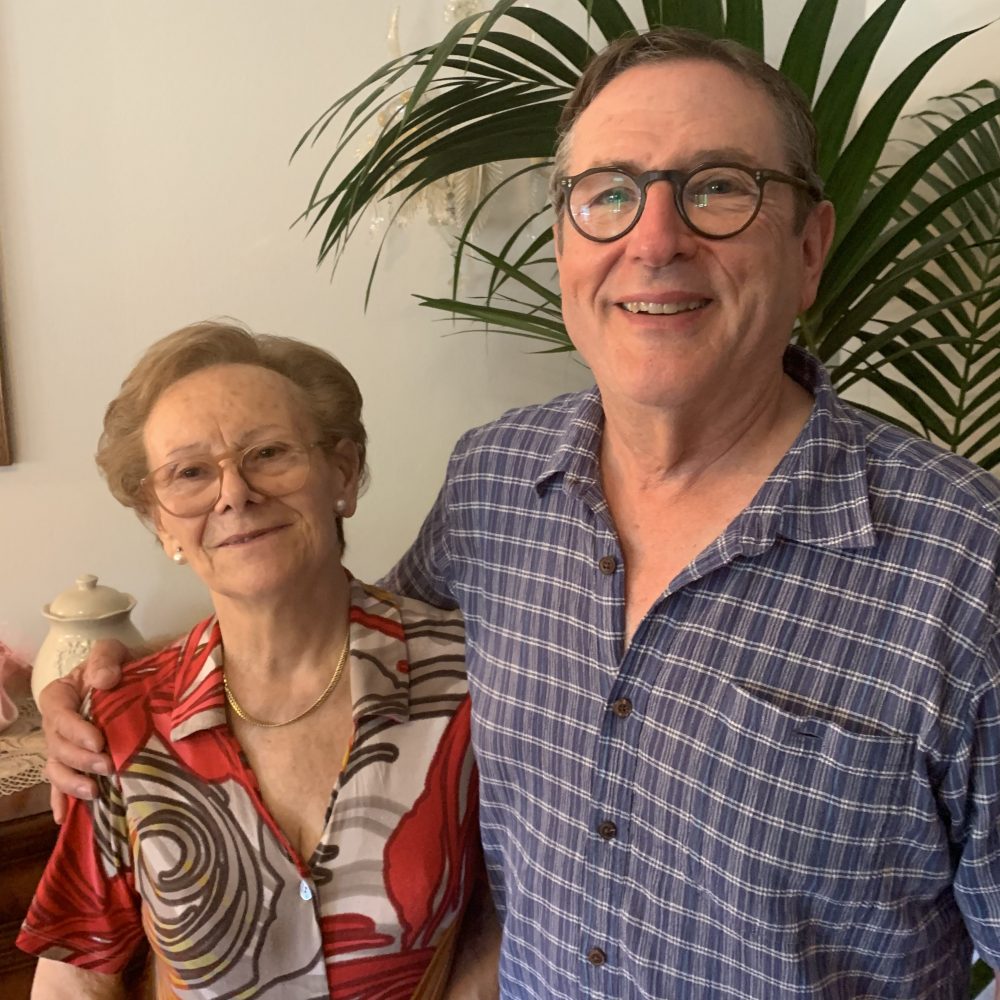
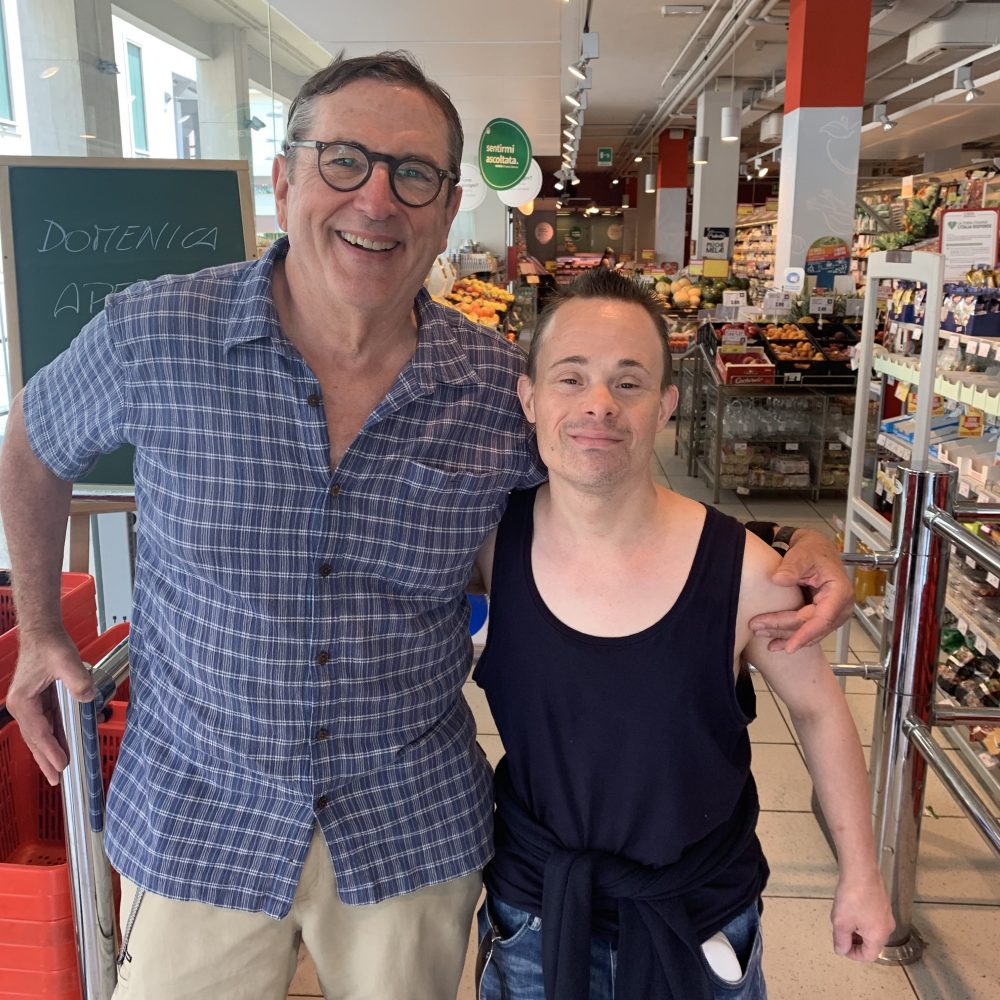
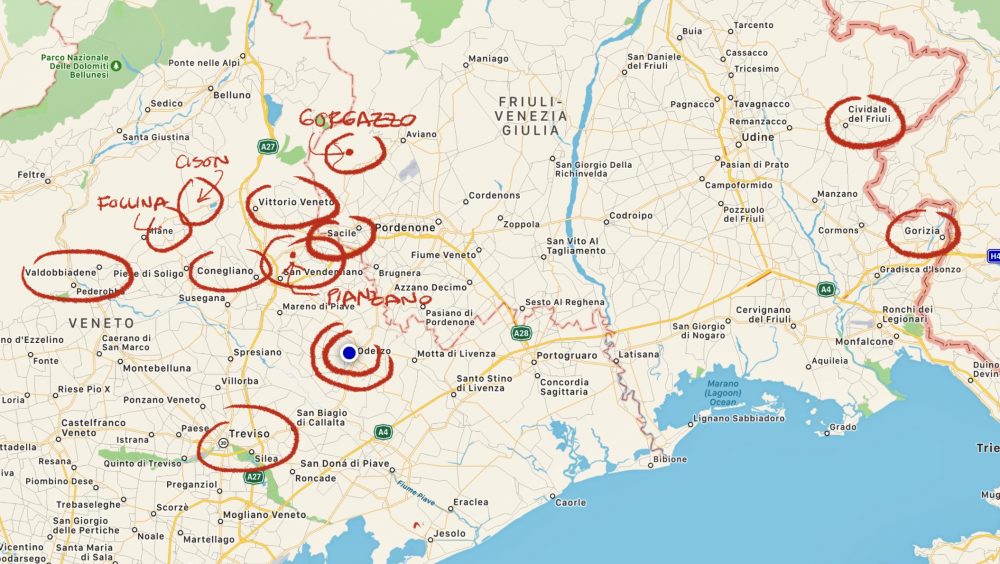
Prior to this trip, we had not seen the older part of Oderzo, a thriving town of 20,000, with Roman underpinnings. It is filled with the arched arcades over the sidewalk common in many towns in the Veneto. And, like these other towns, Oderzo has integrated modern plazas within the historic setting. Very charming.
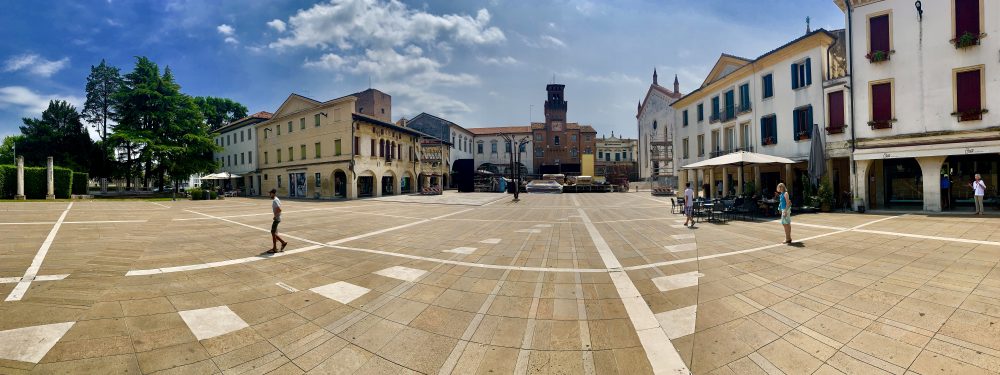
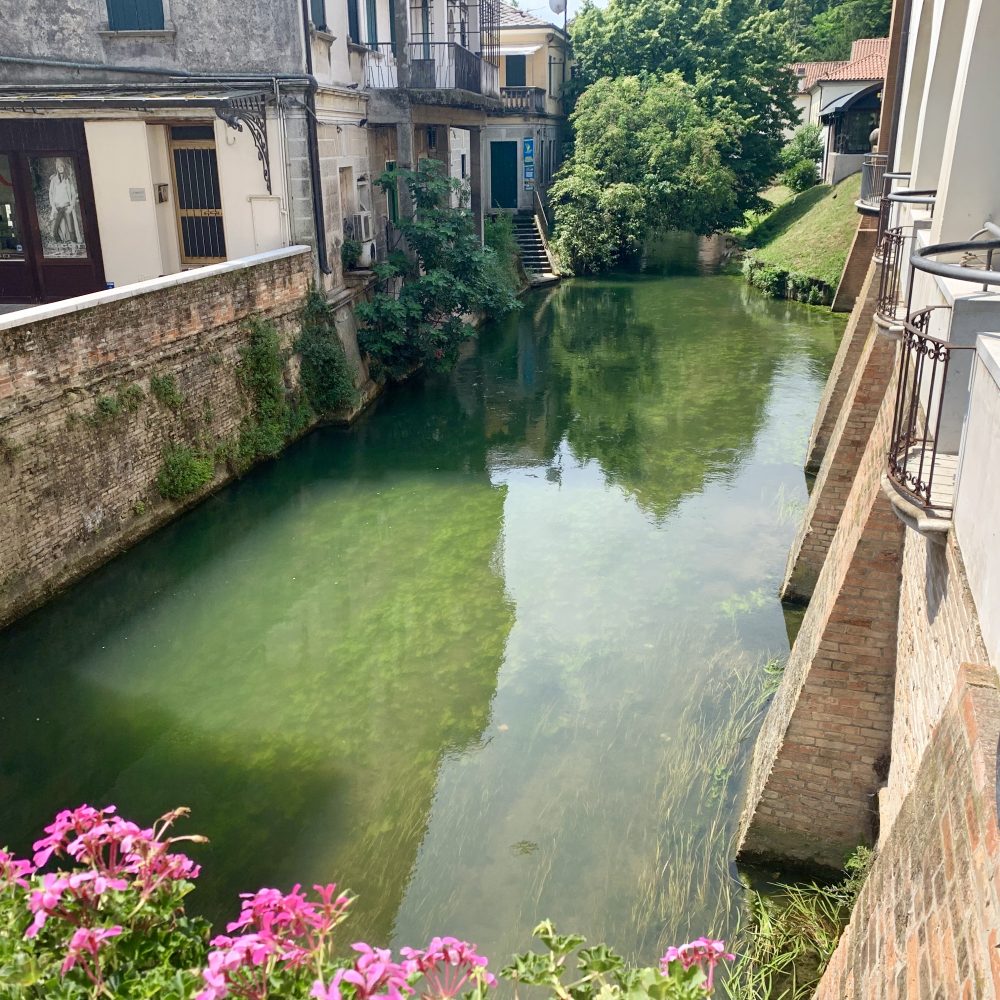
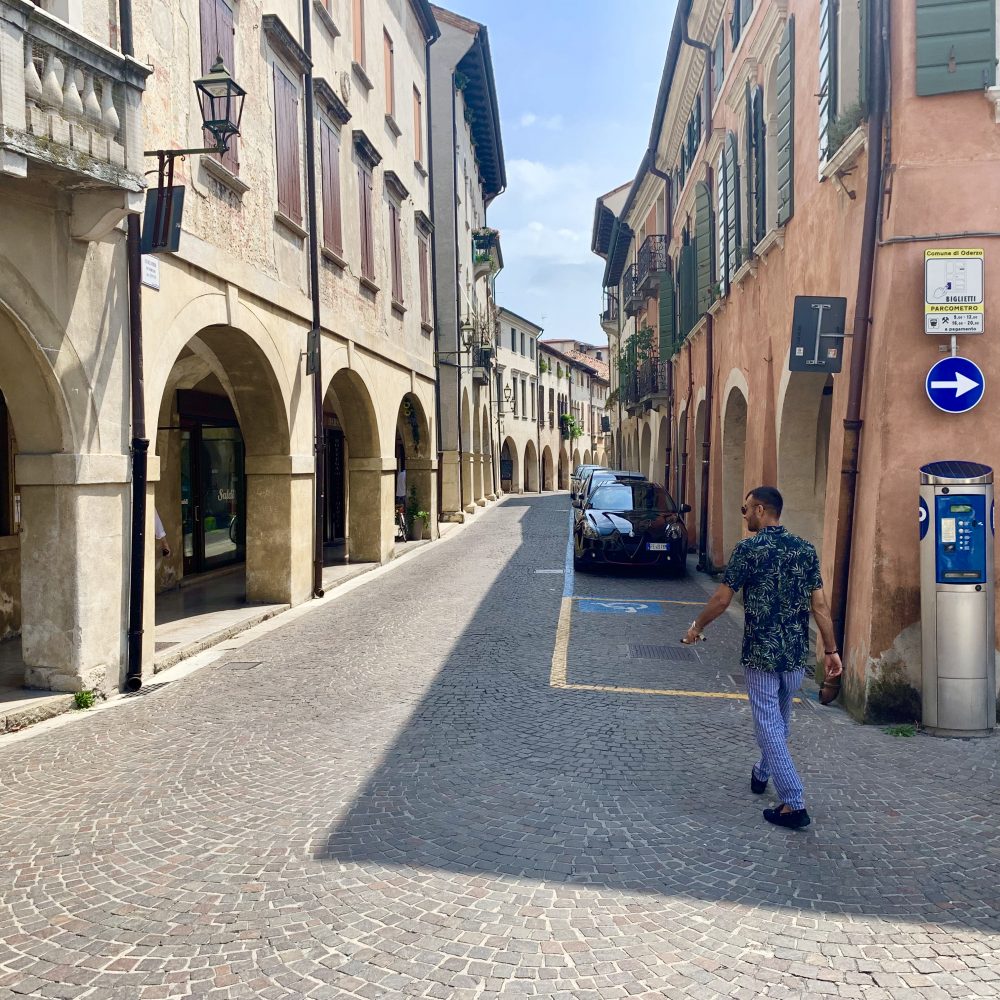
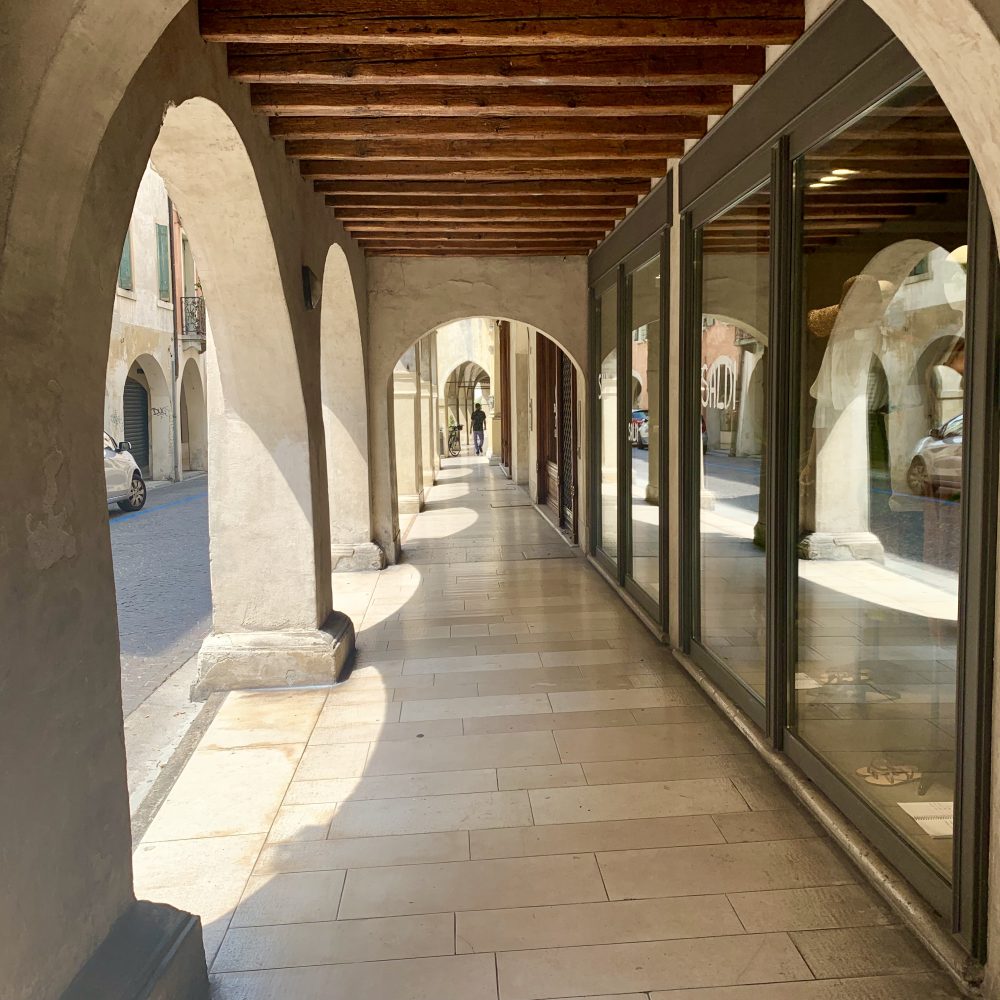
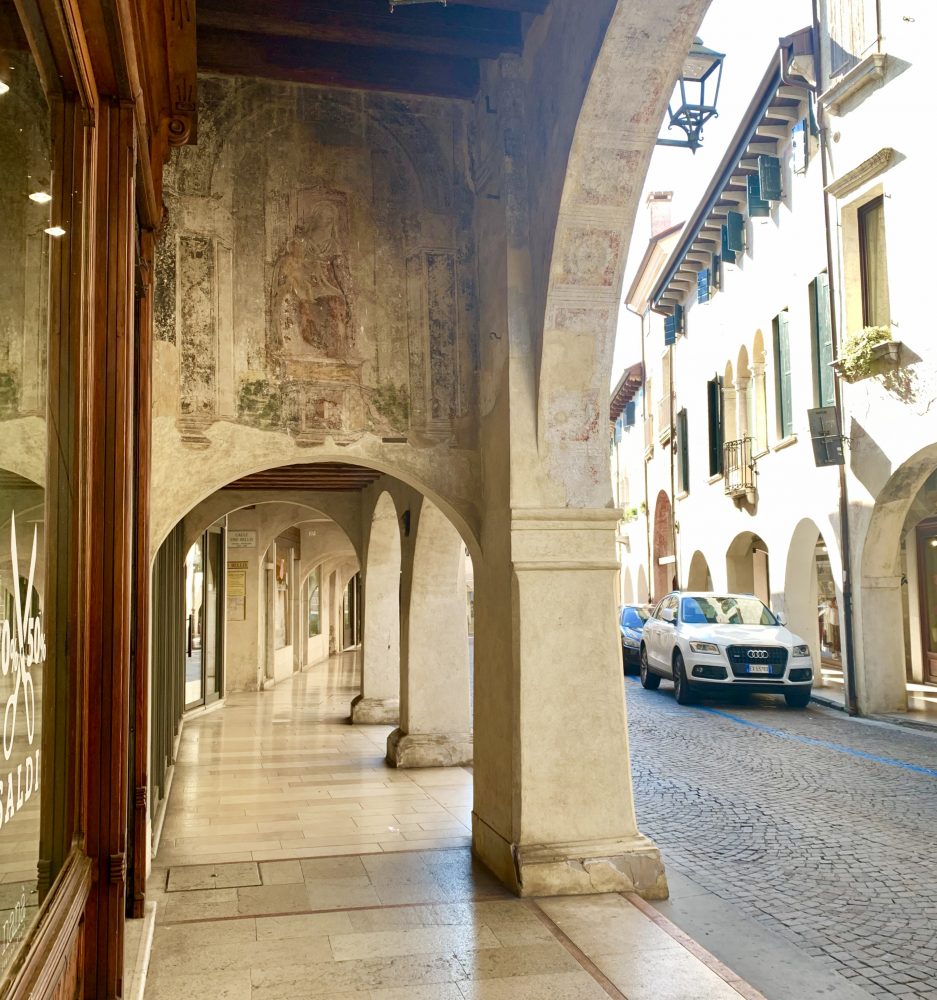
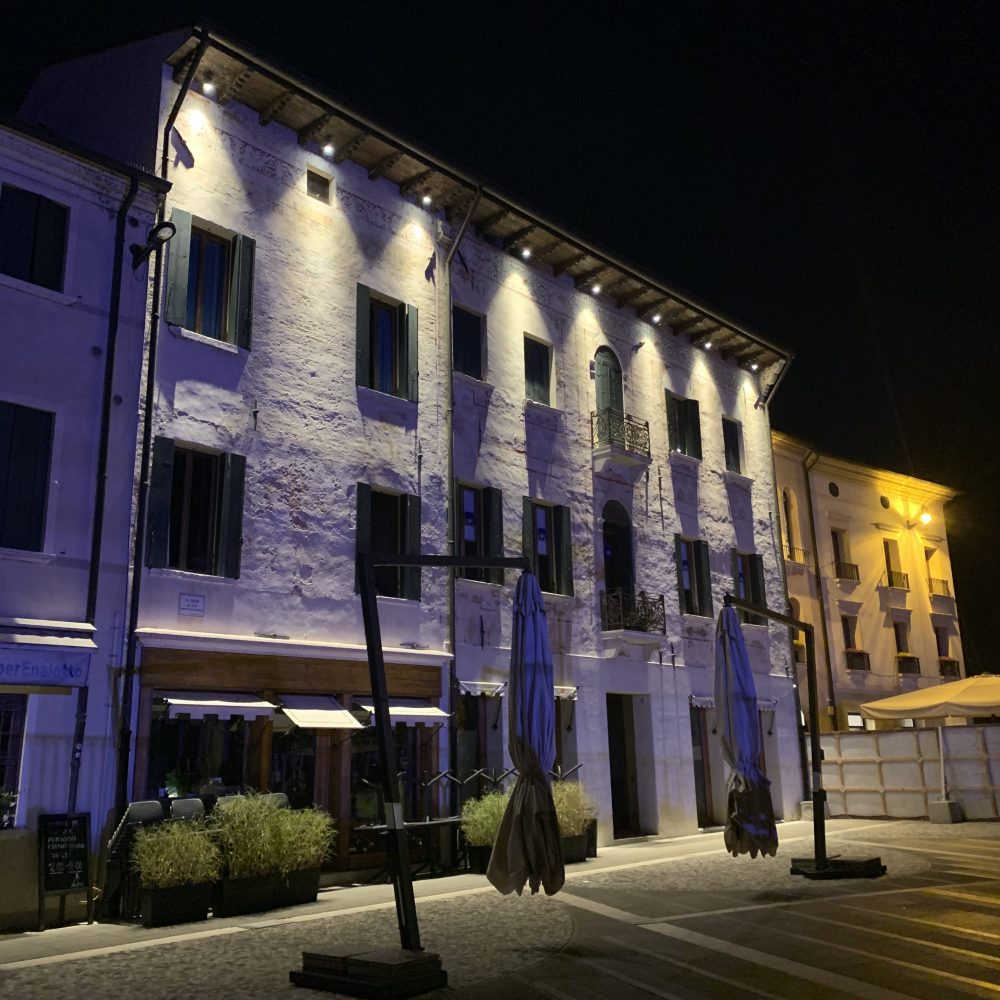
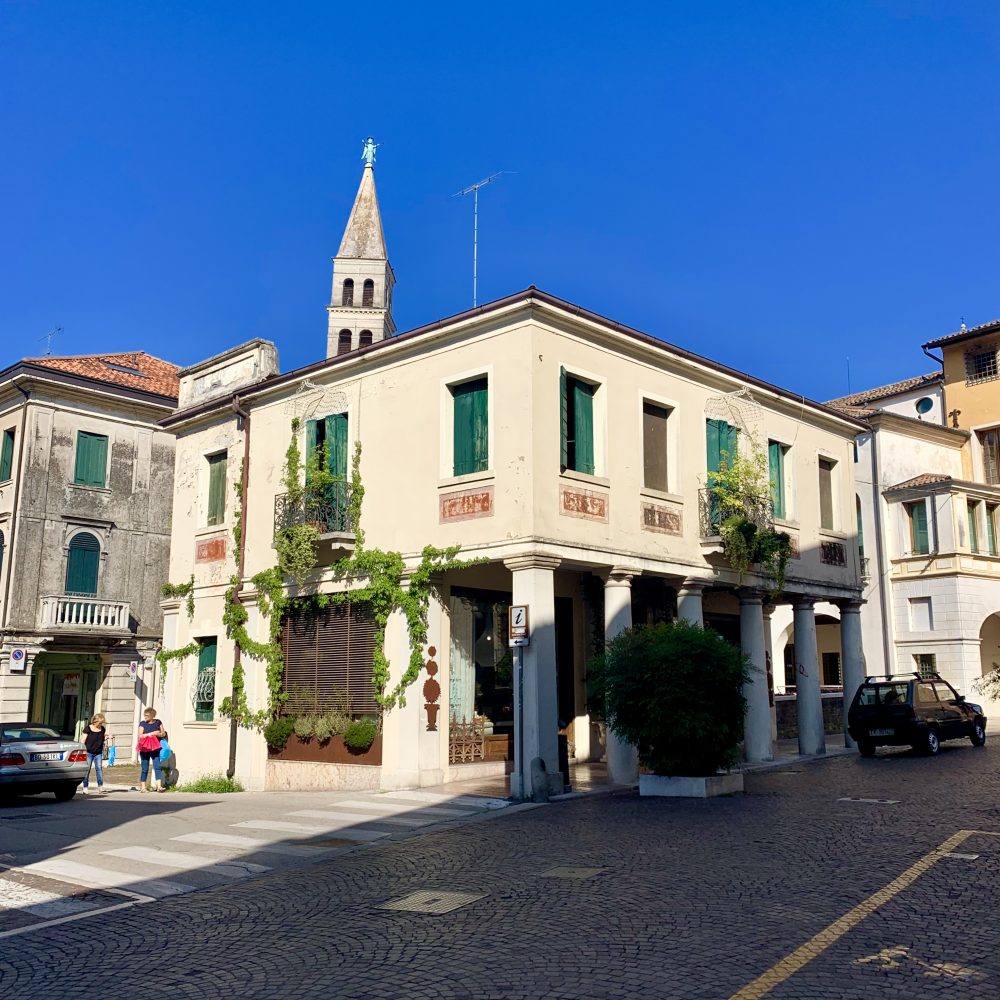
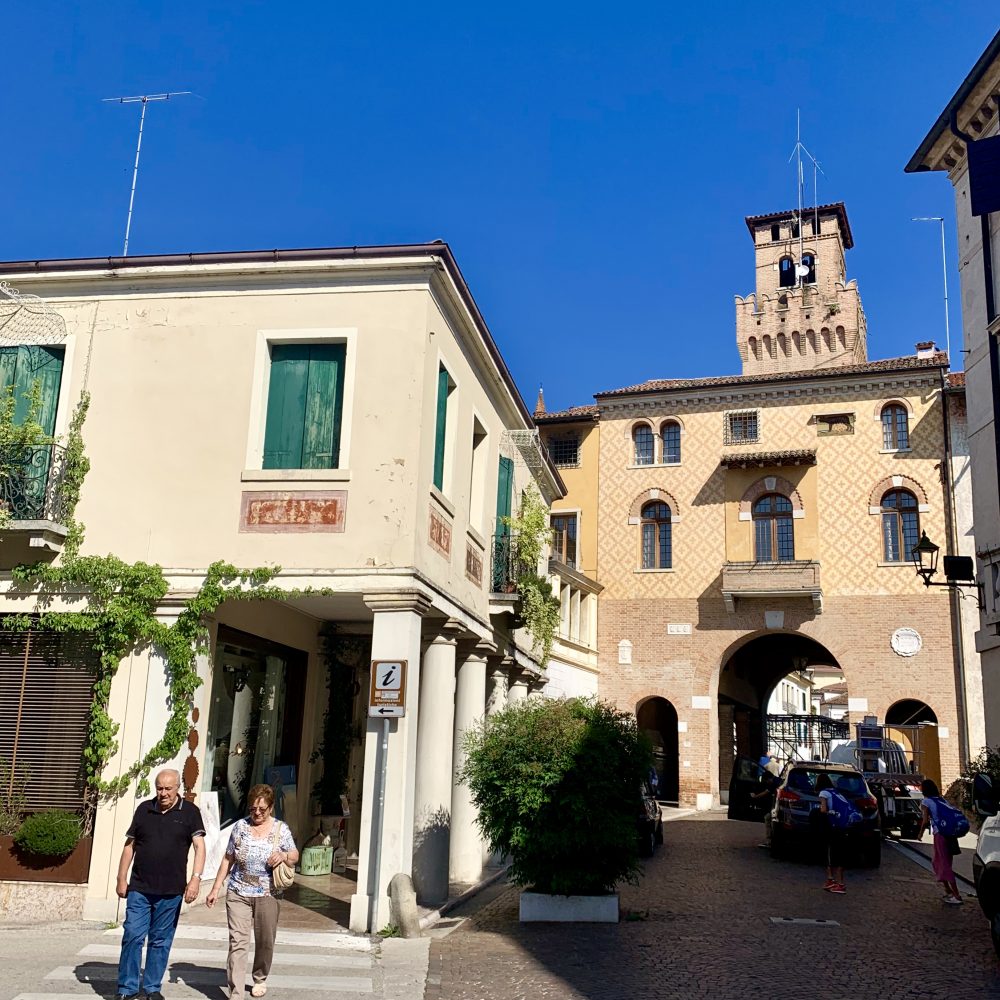
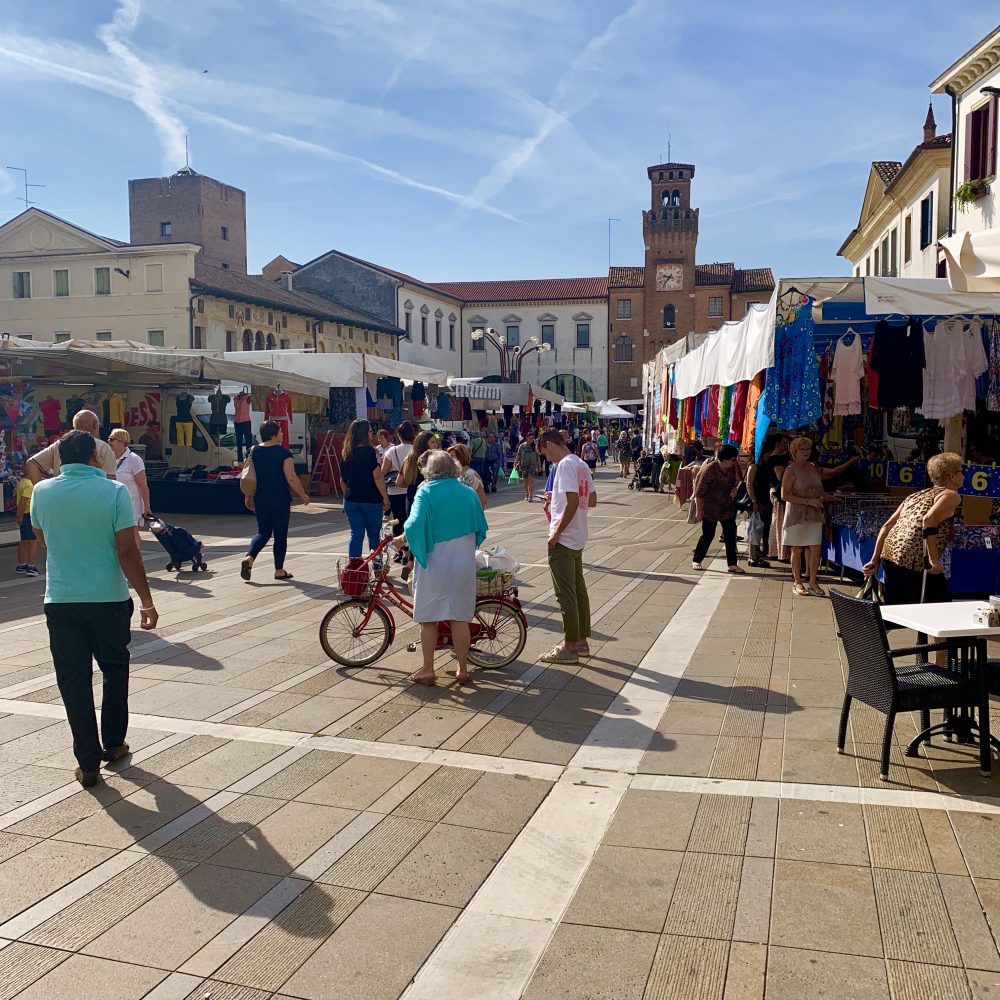
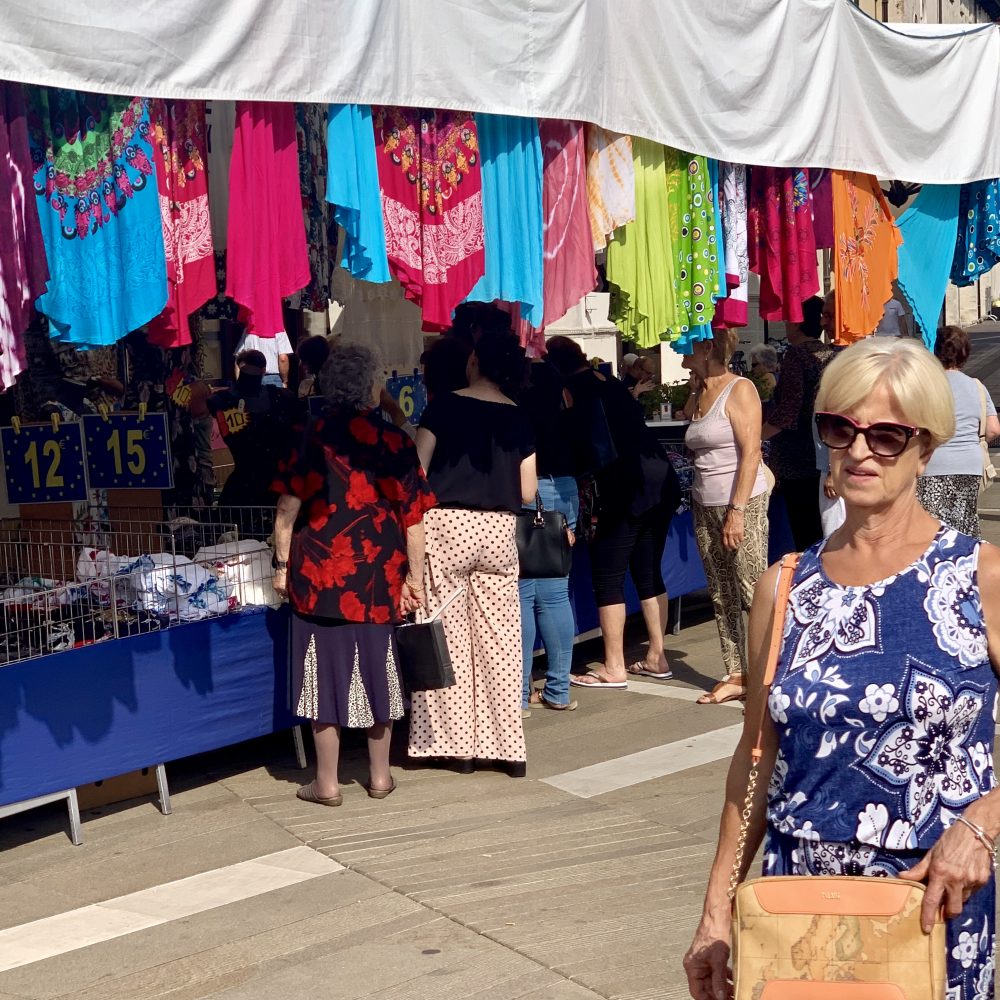
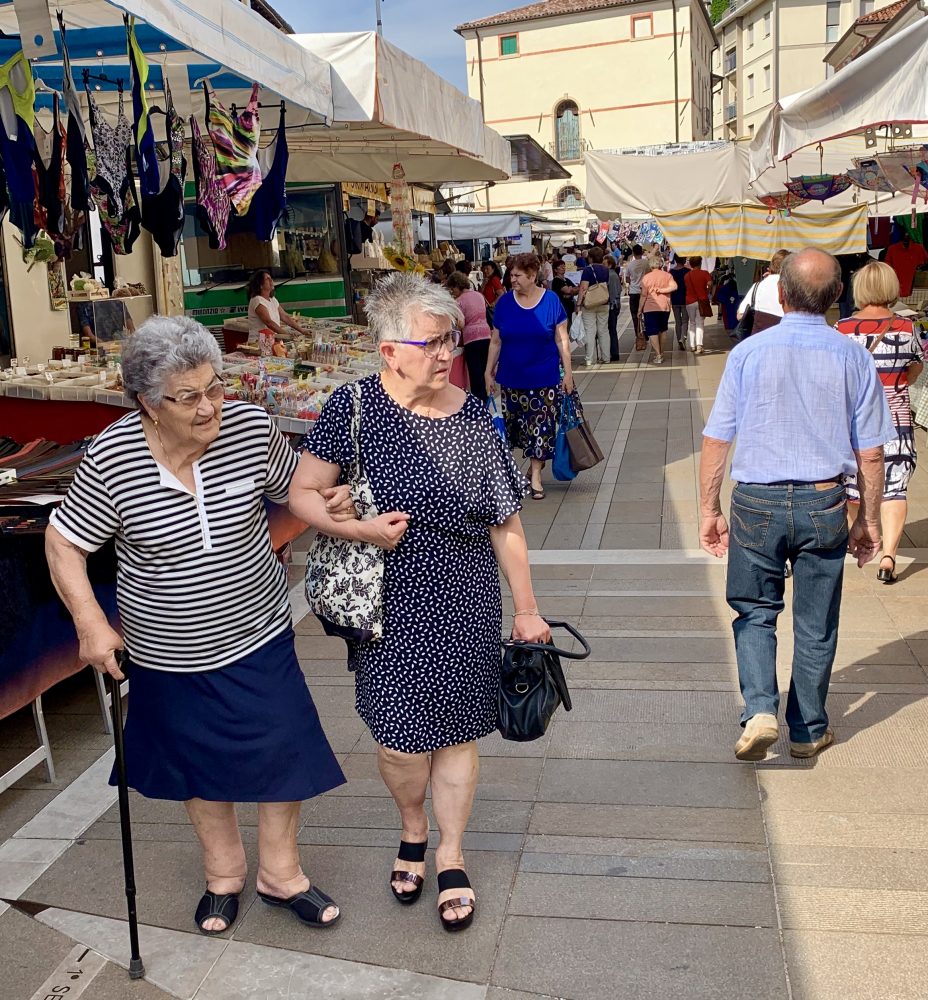
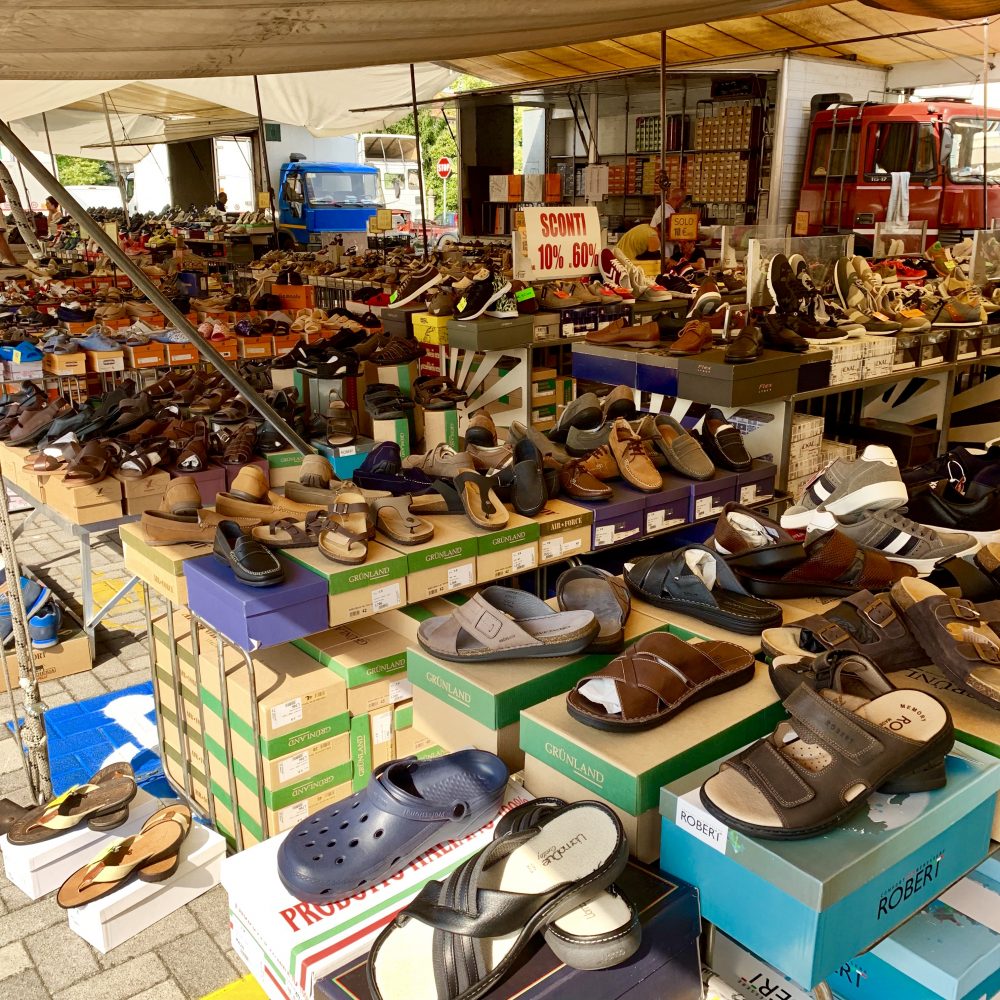
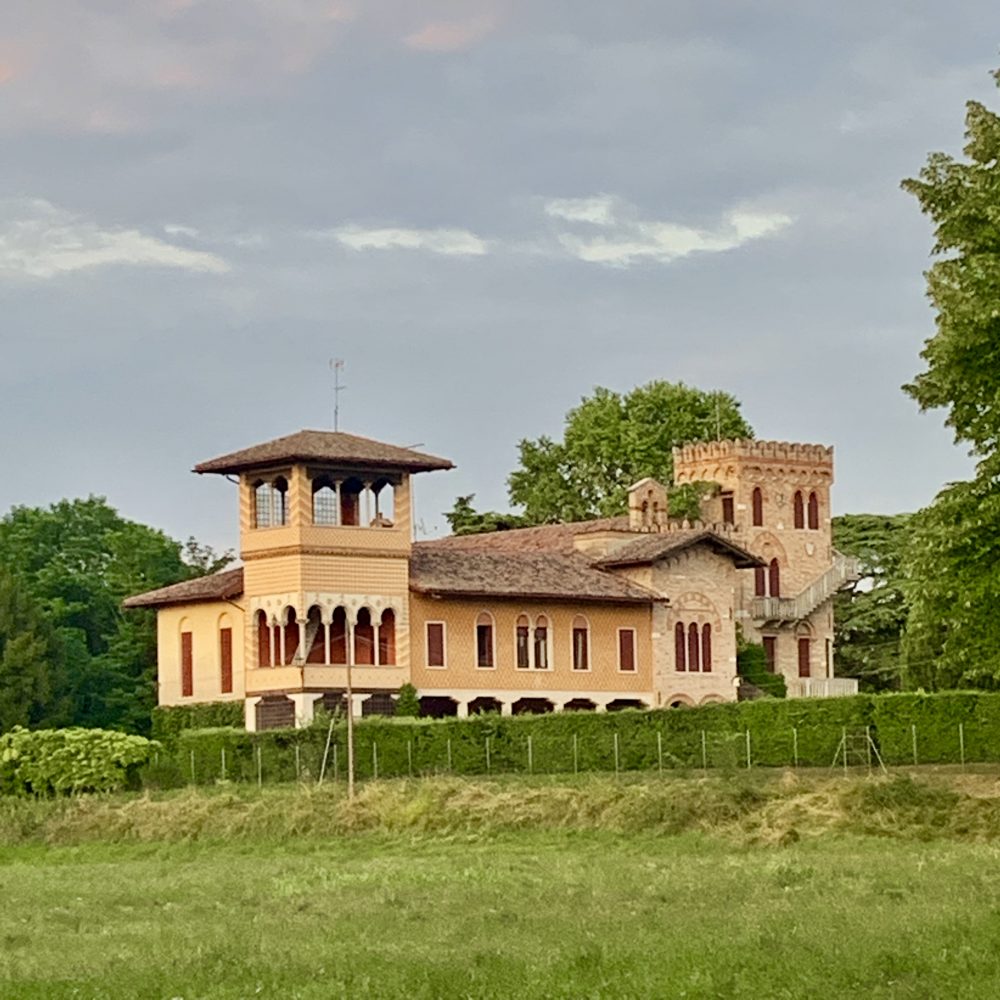
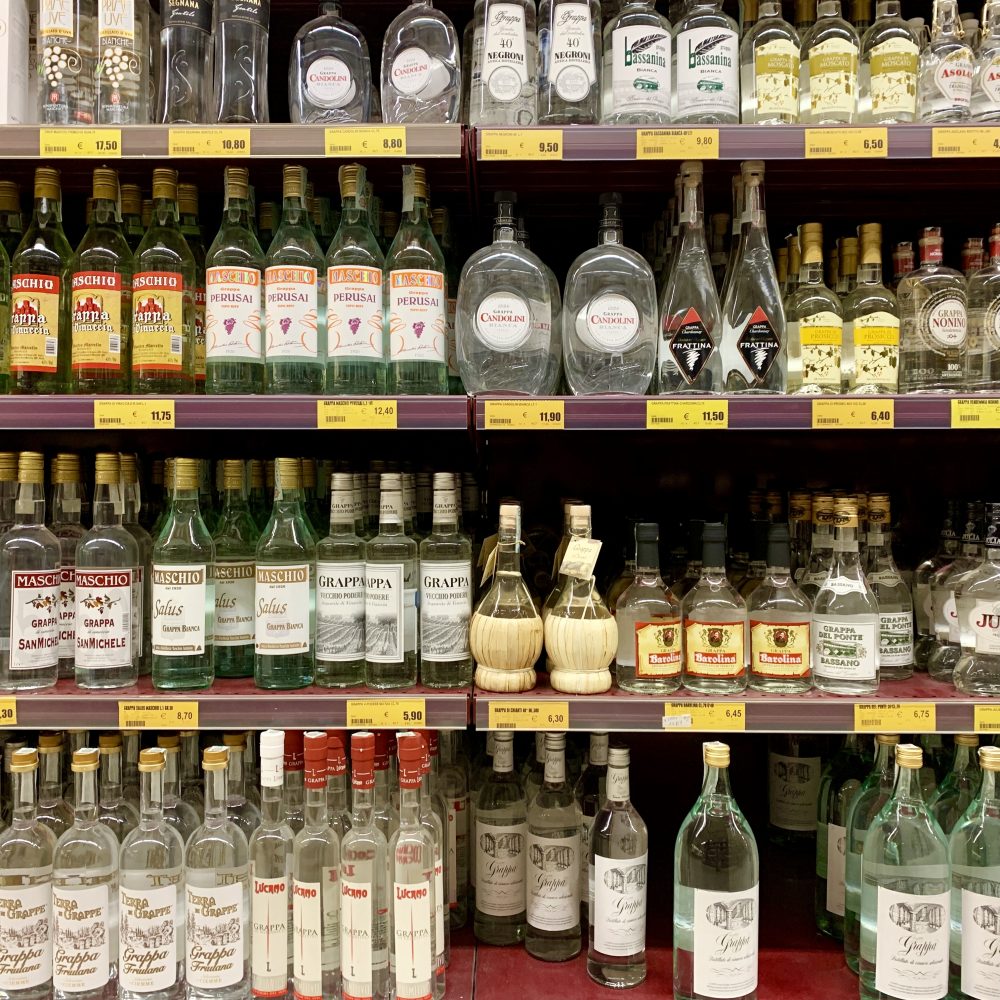
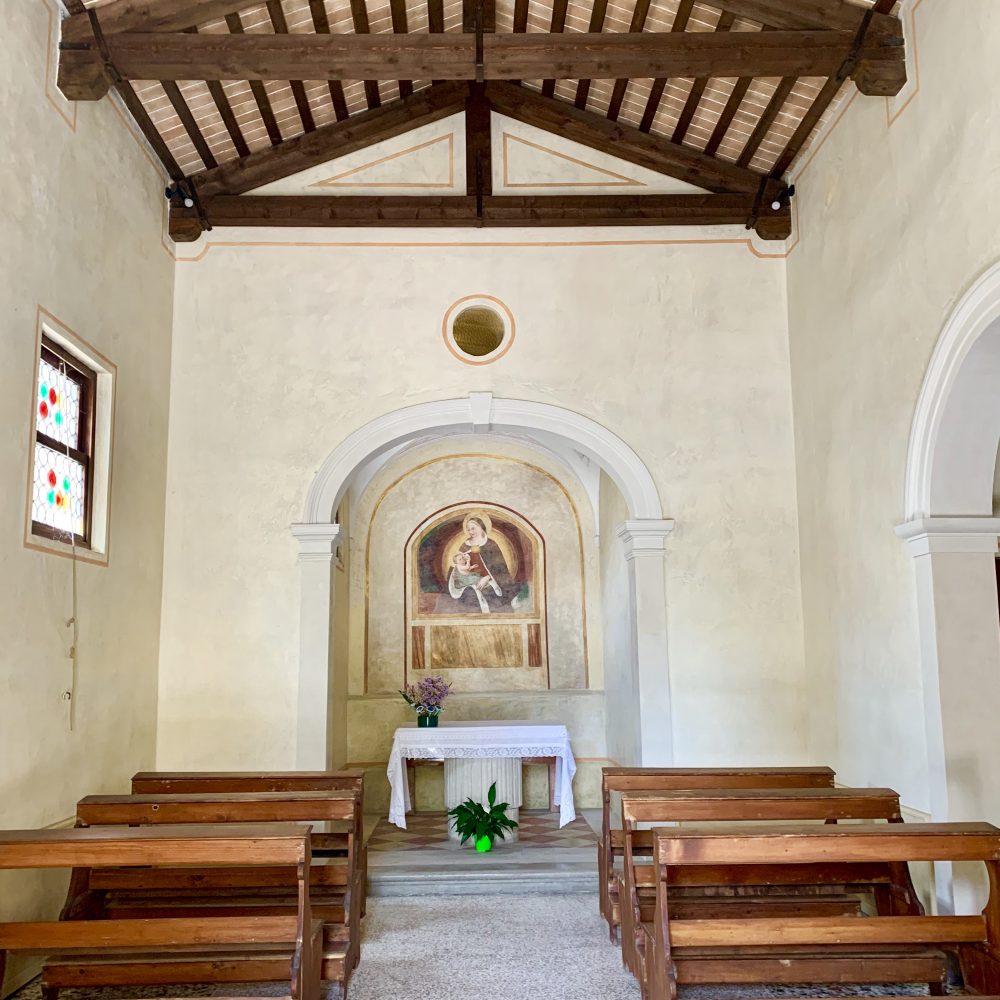

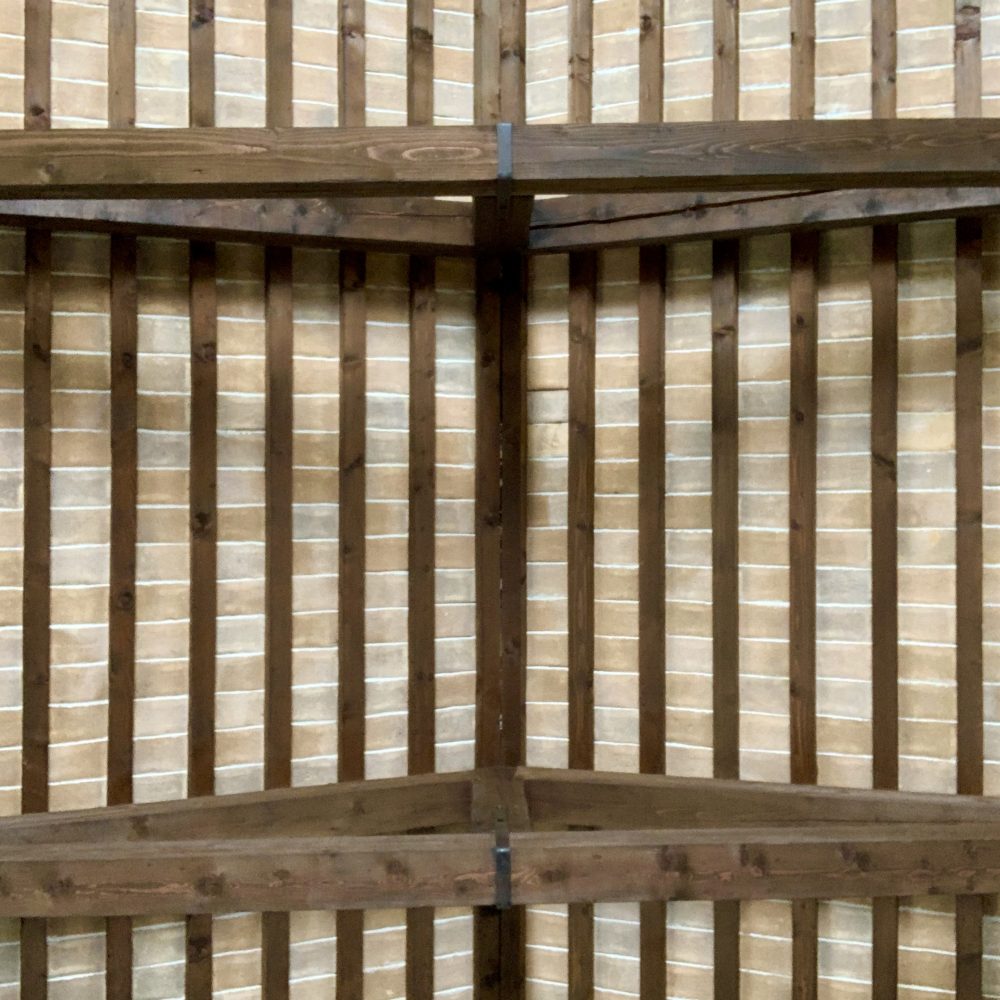
Alesandro and Miryam treated us to a night of opera in the plaza. Big turn out. Lots of fun. Started at 9:00 PM and ended at midnight. Nabucco by Verdi.
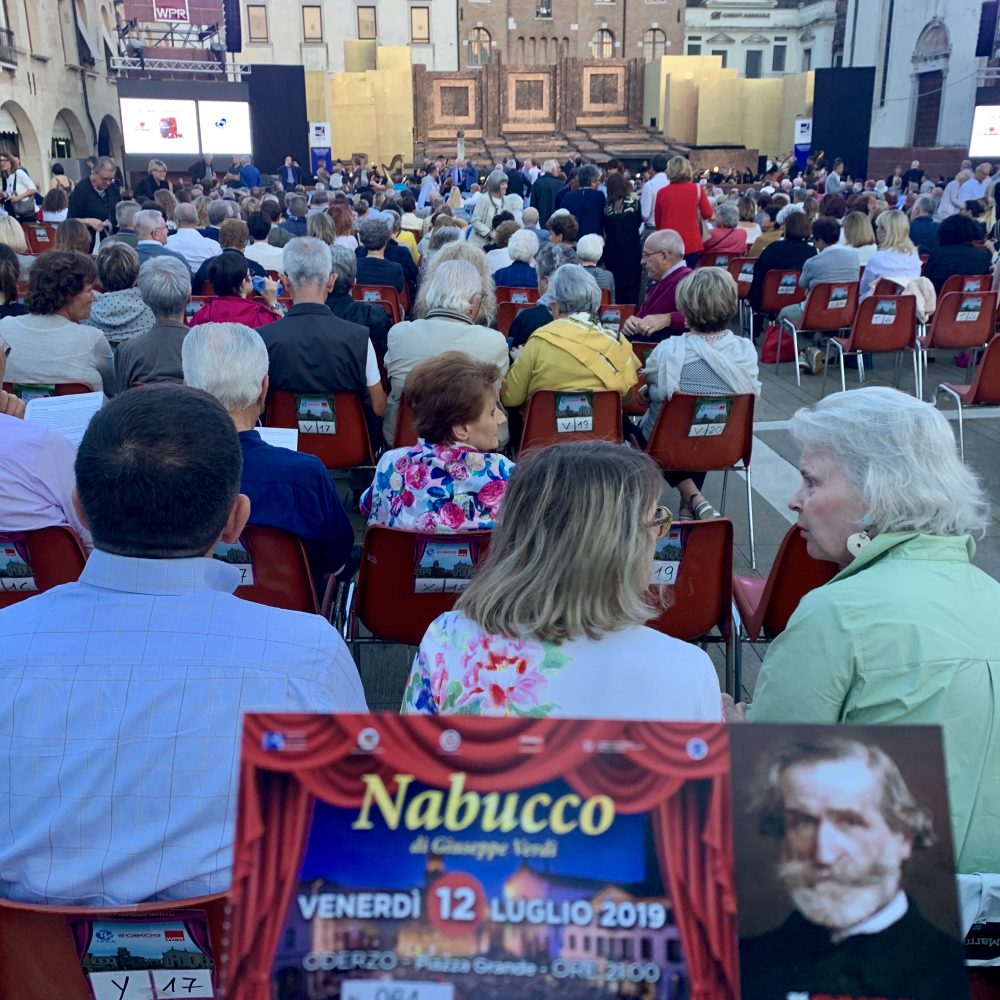
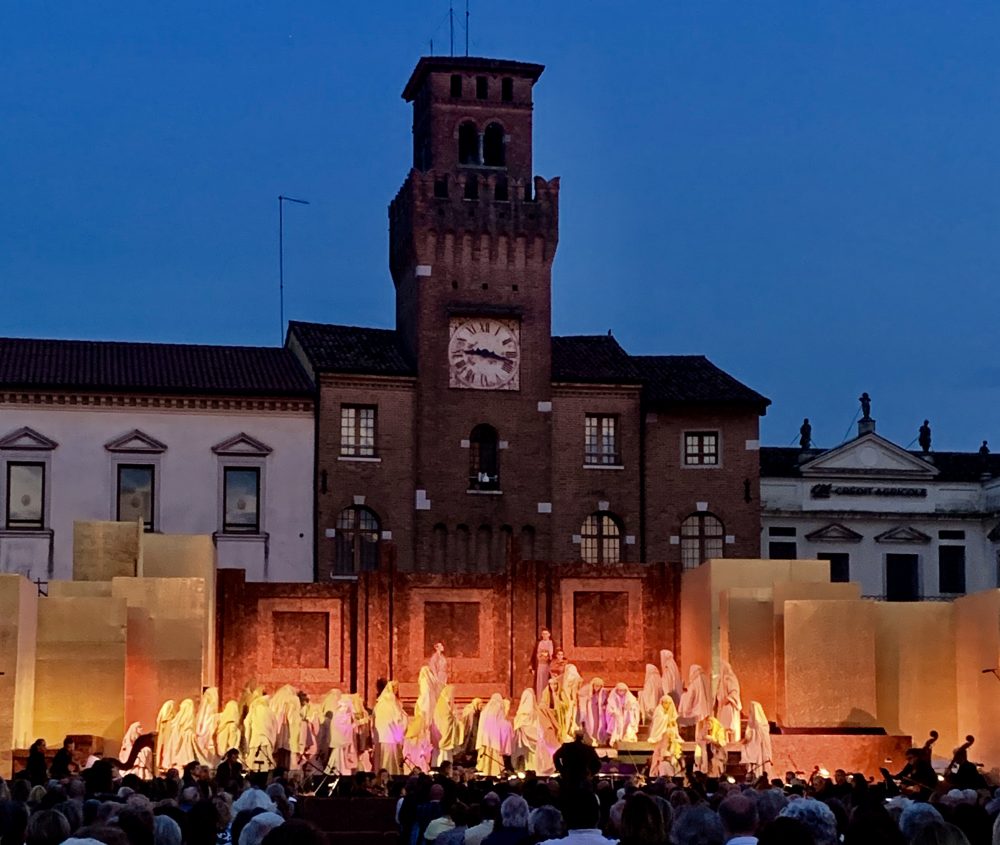
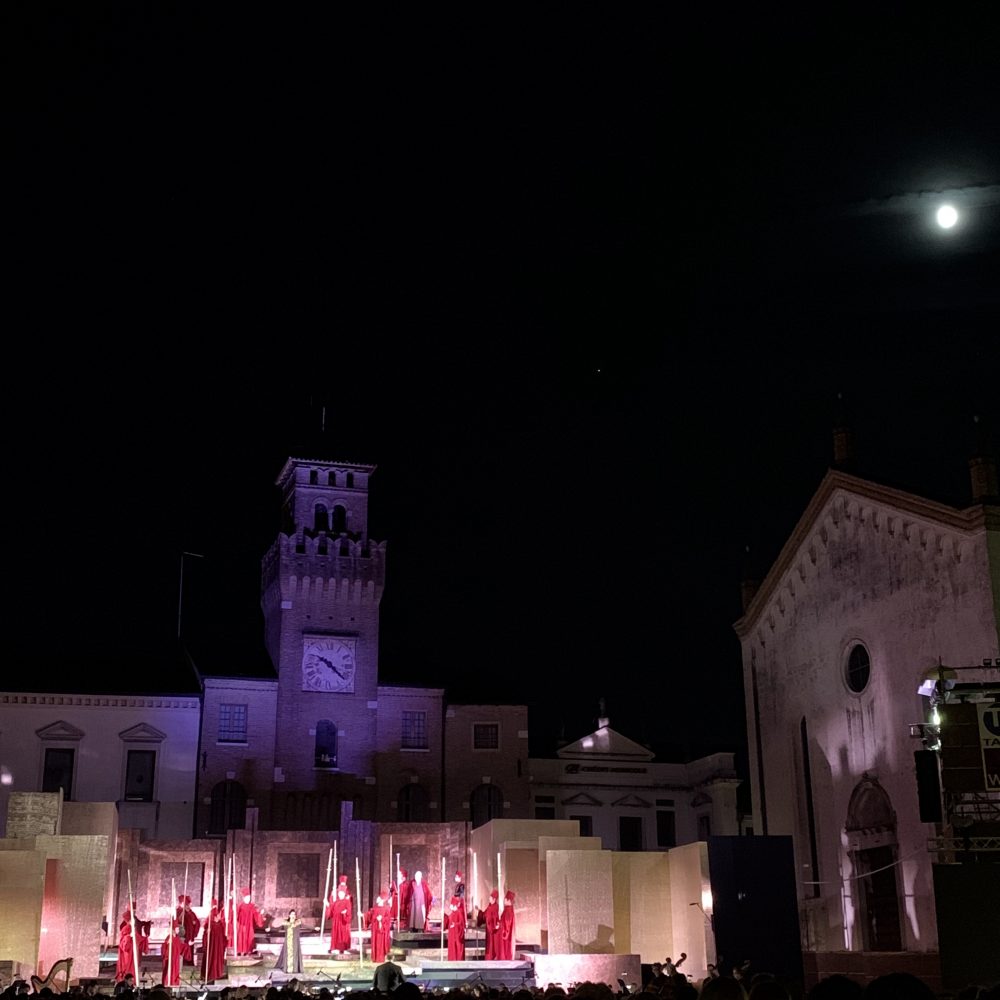
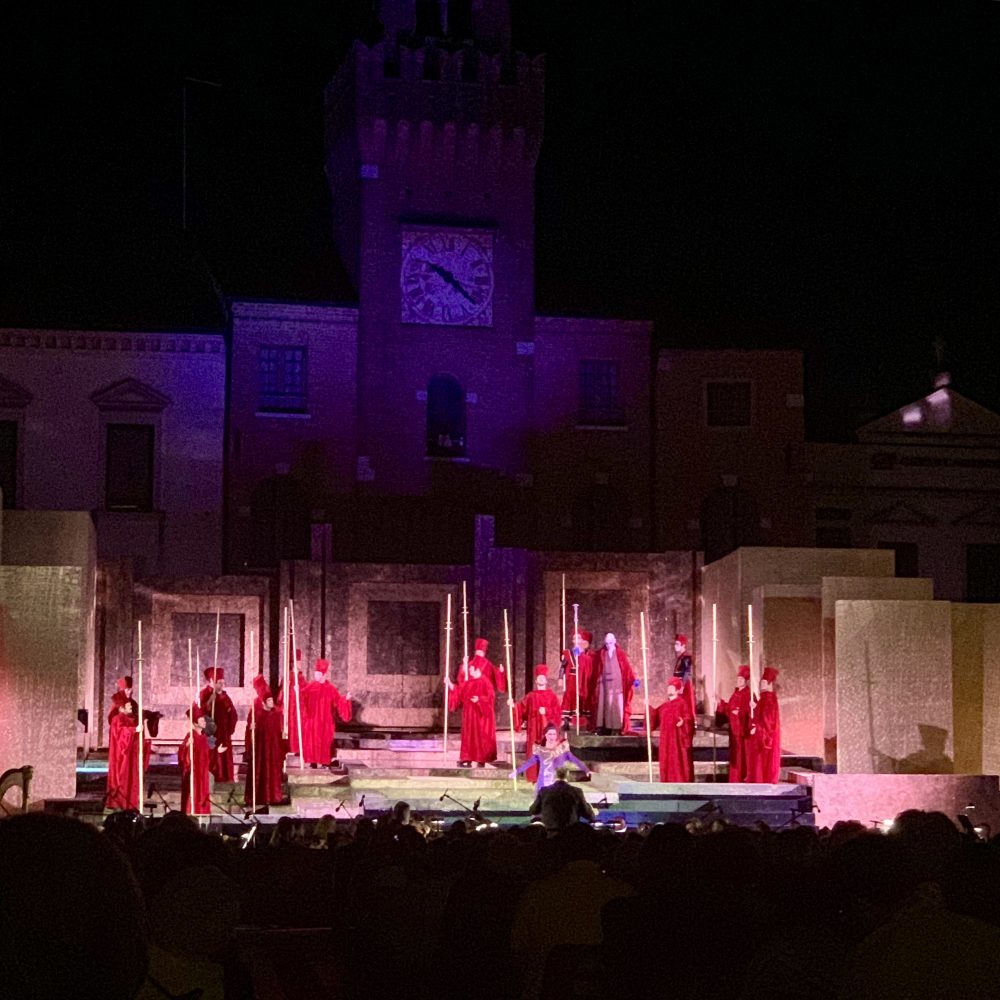
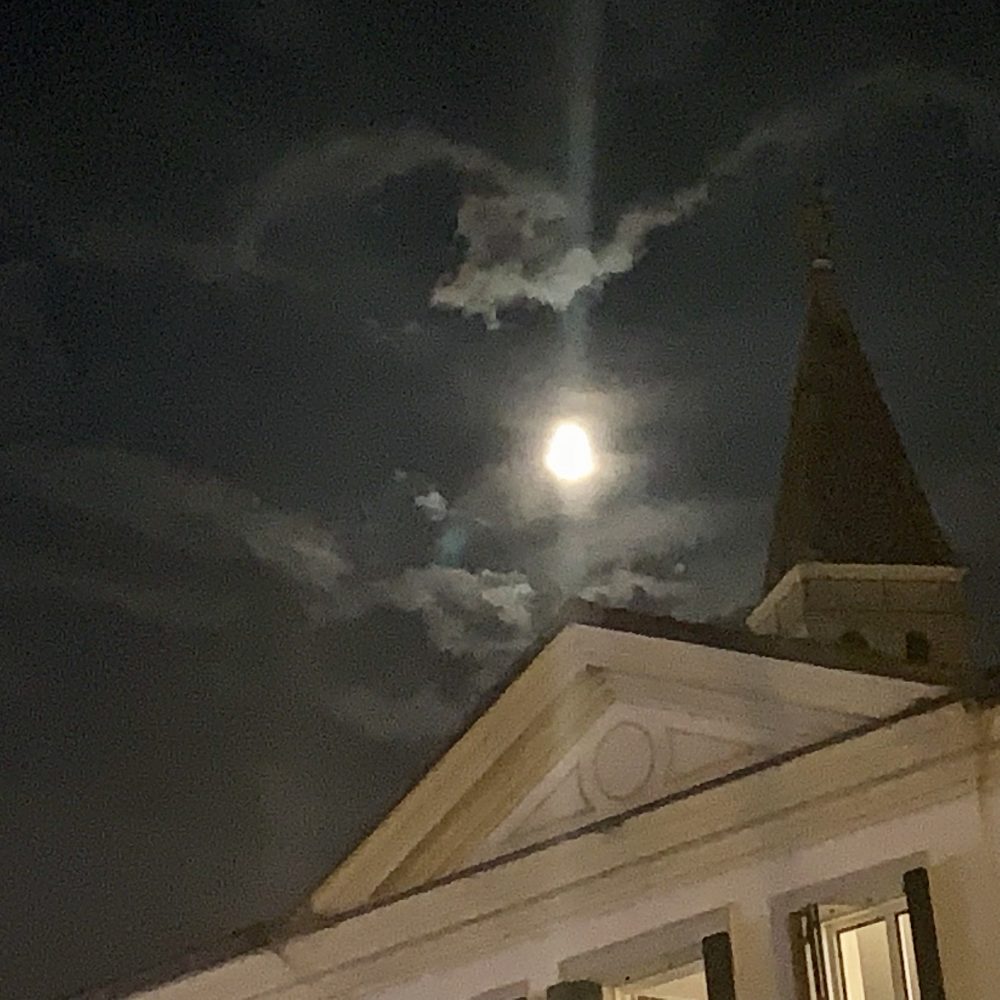
Silvana invited us for lunch and a tour of some old churches.
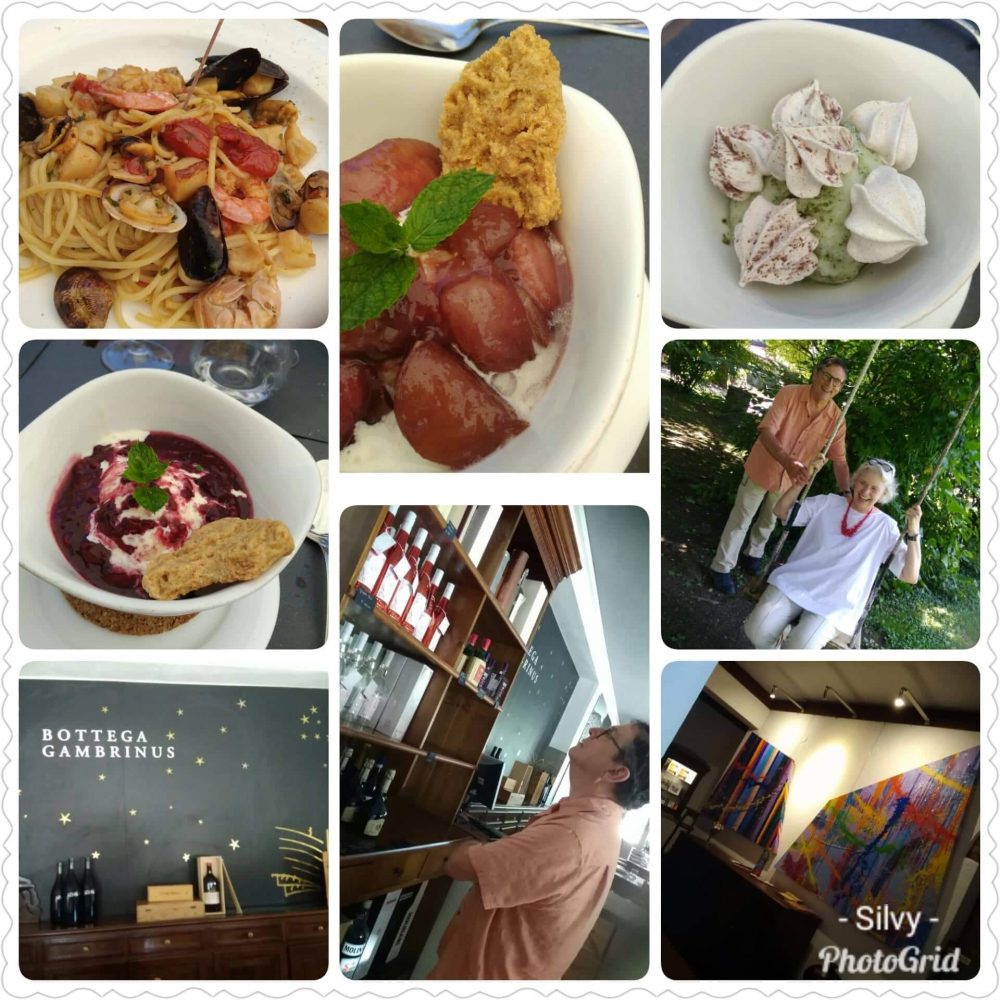
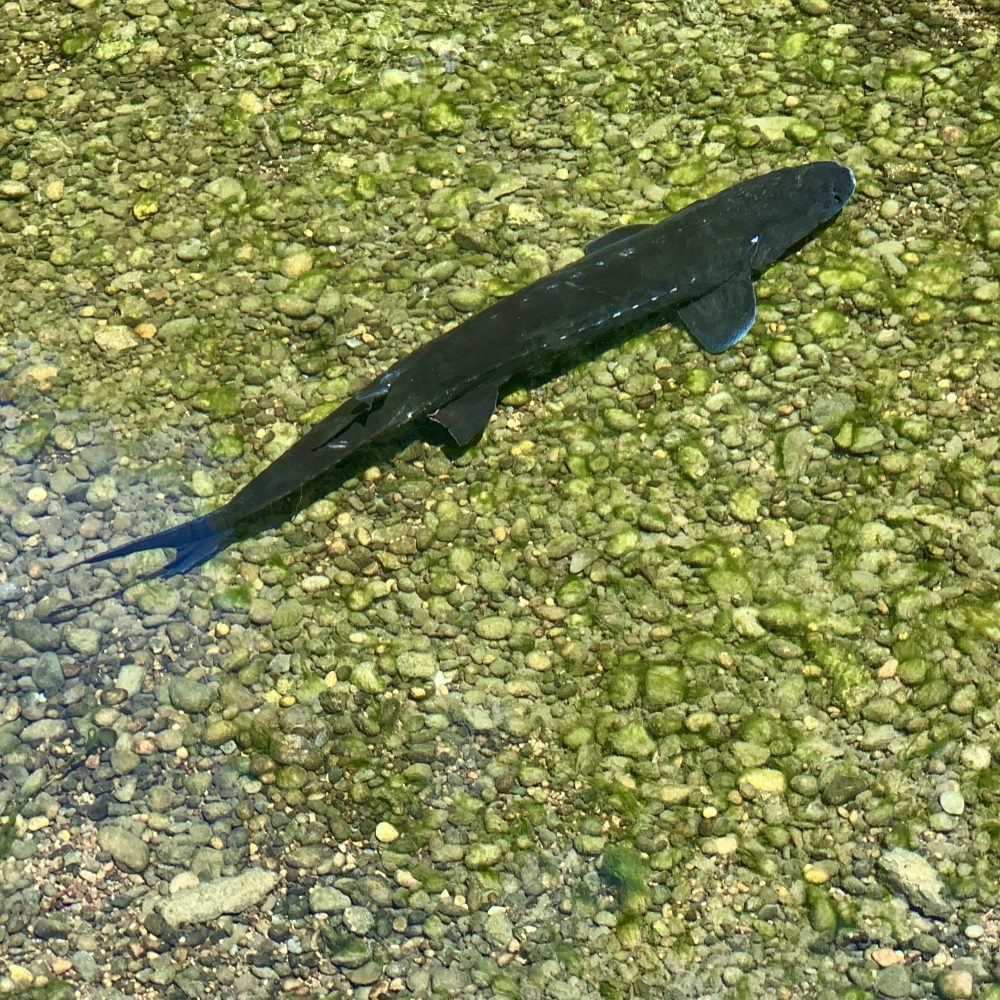
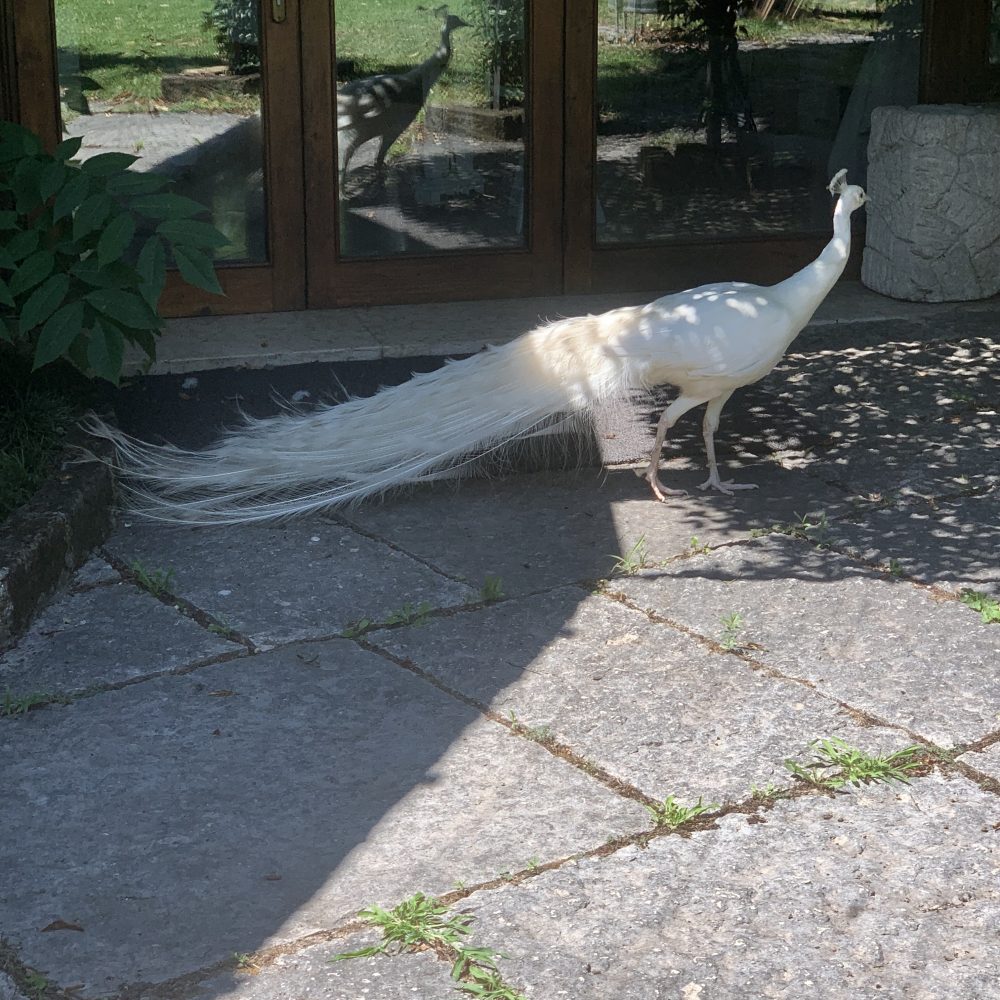
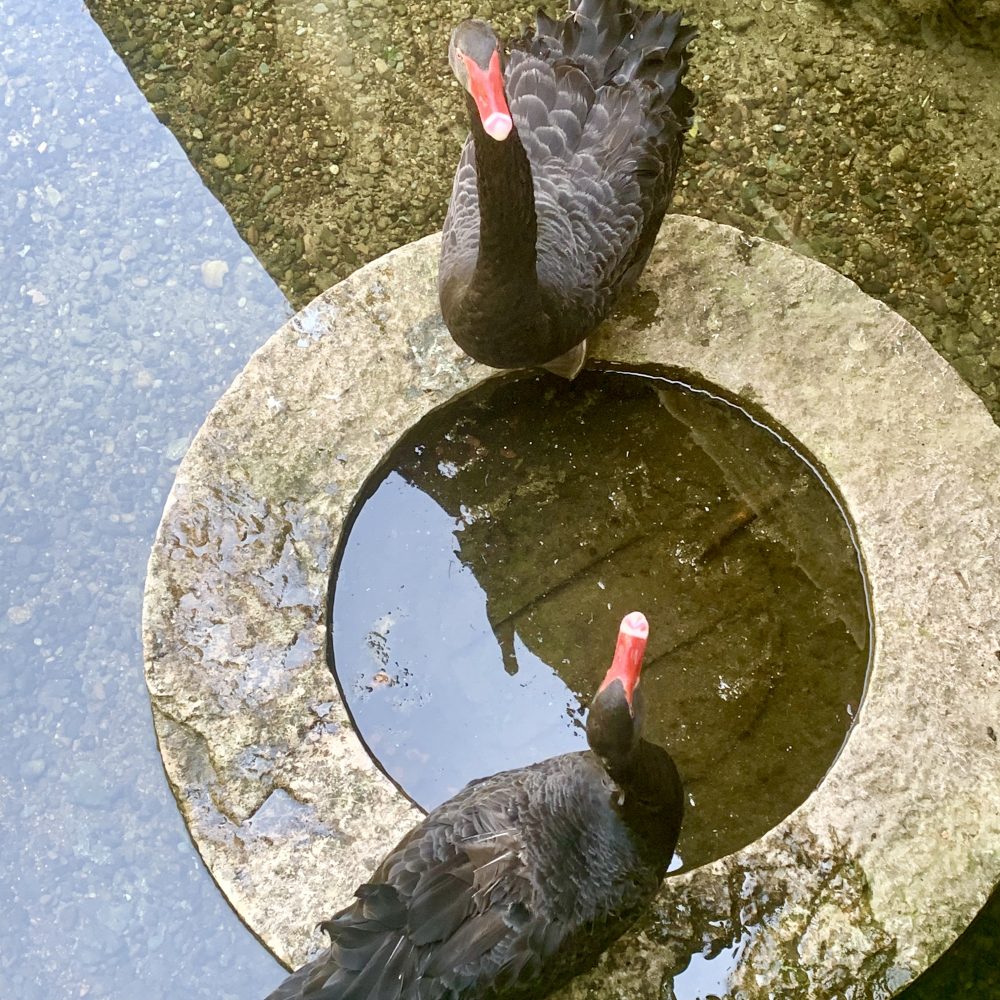
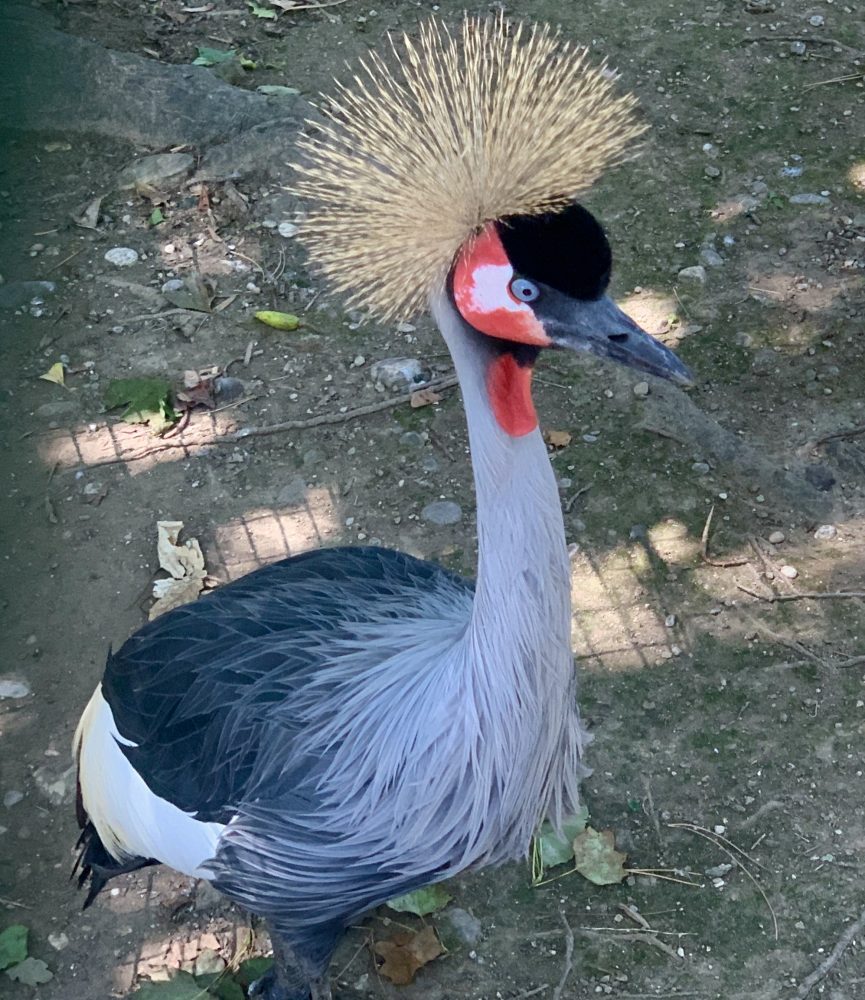
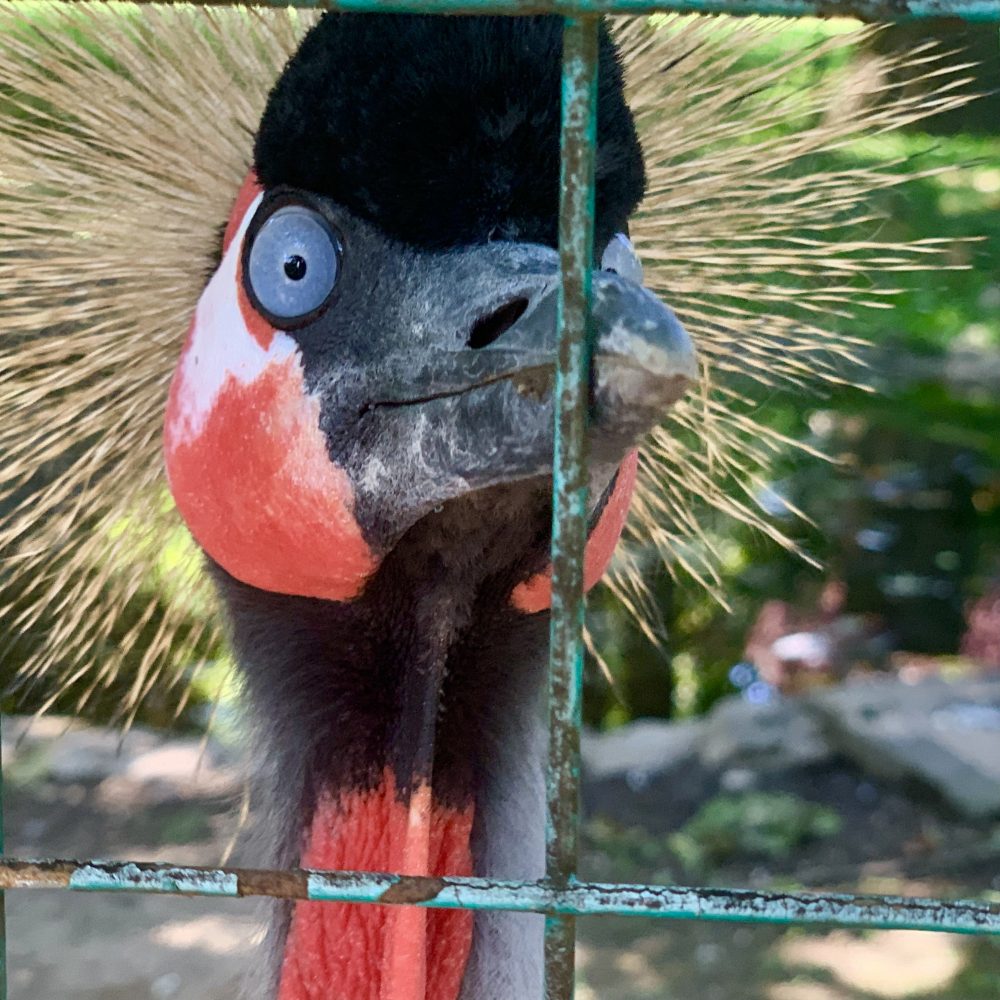
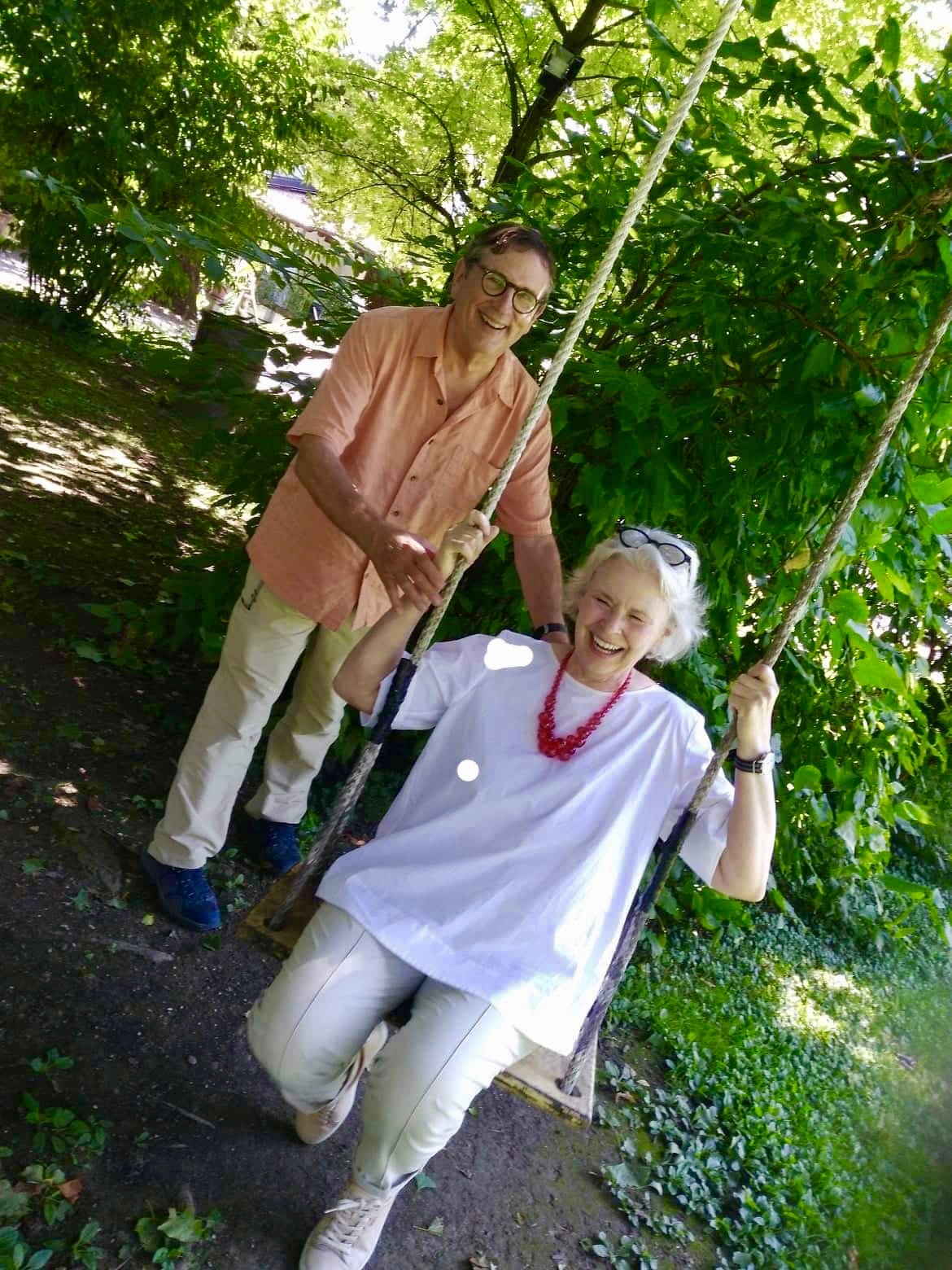
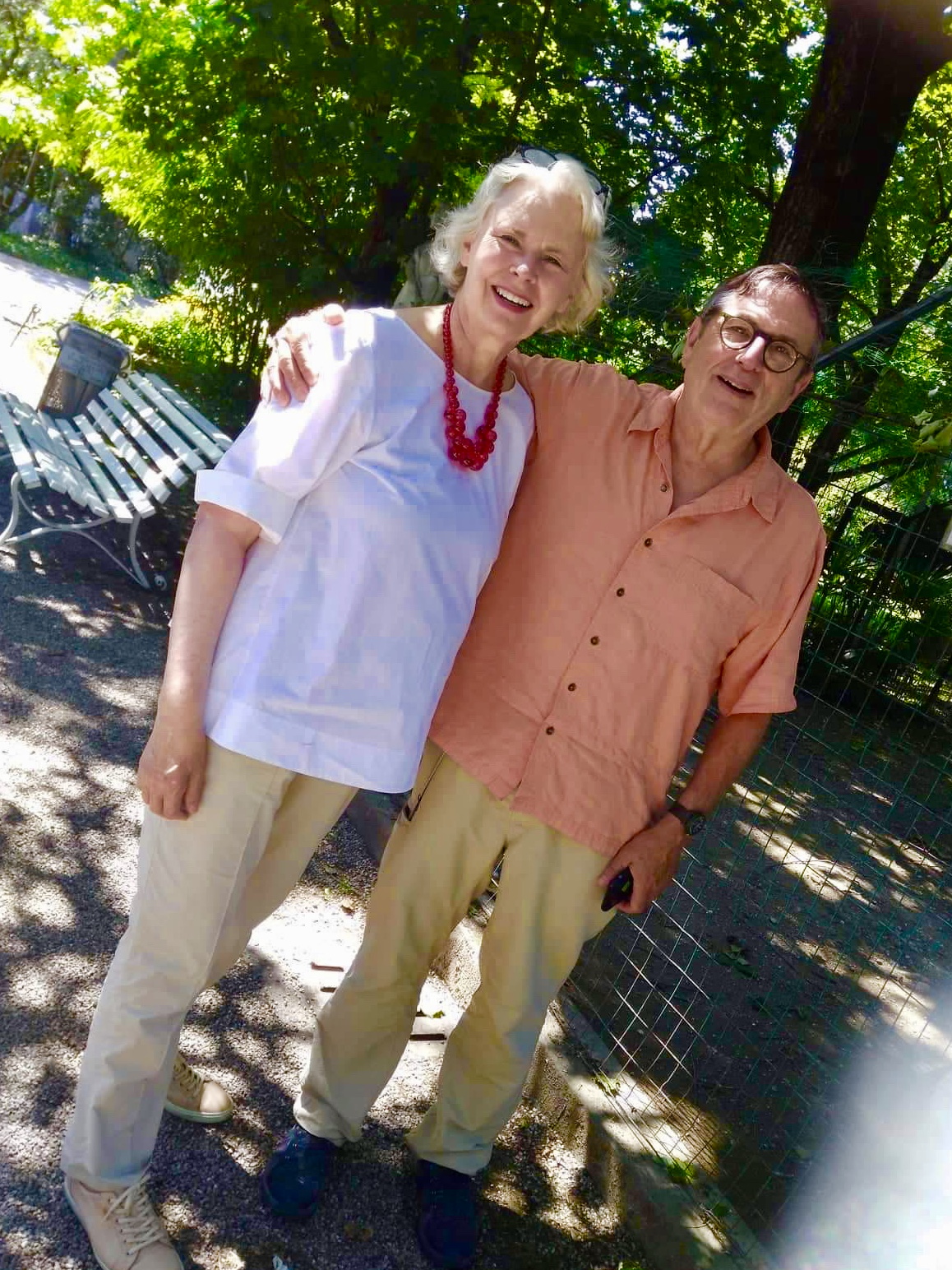
The small church originally constructed in the 7th to 8th century is filled with frescos from the 14th century.
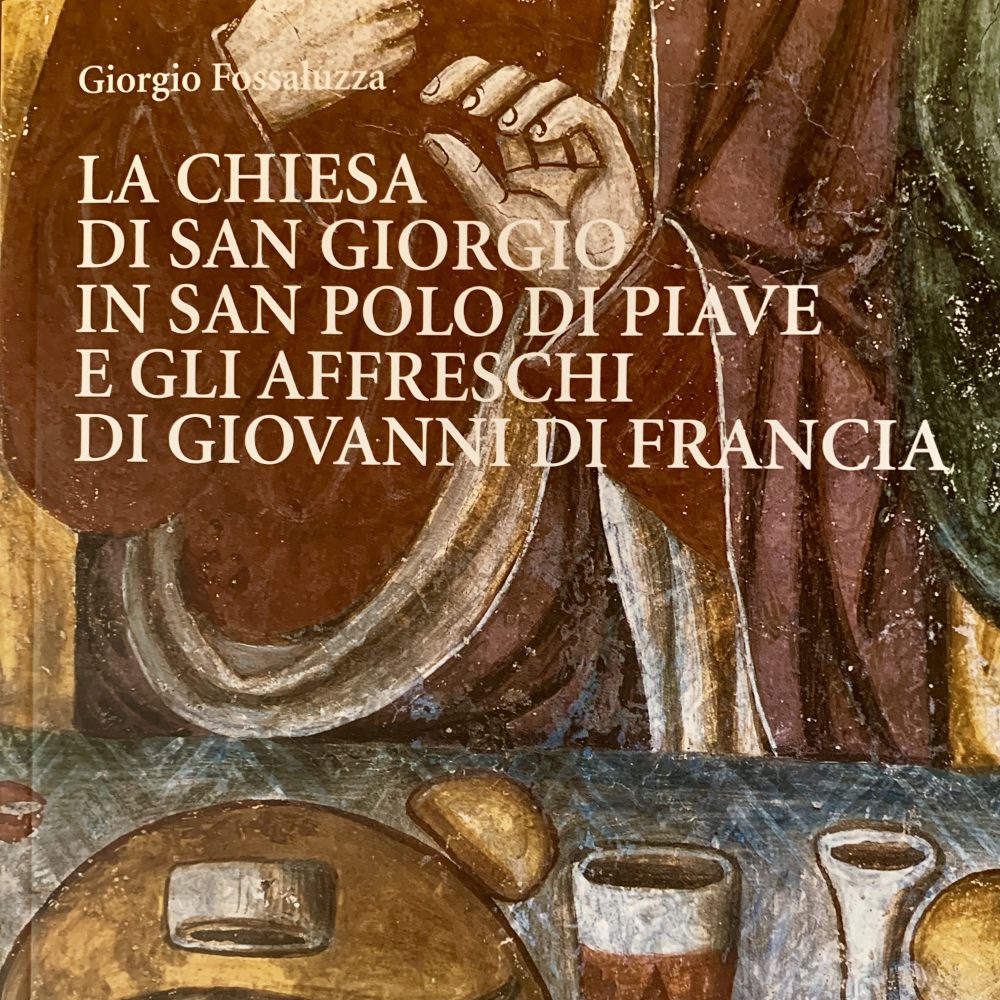
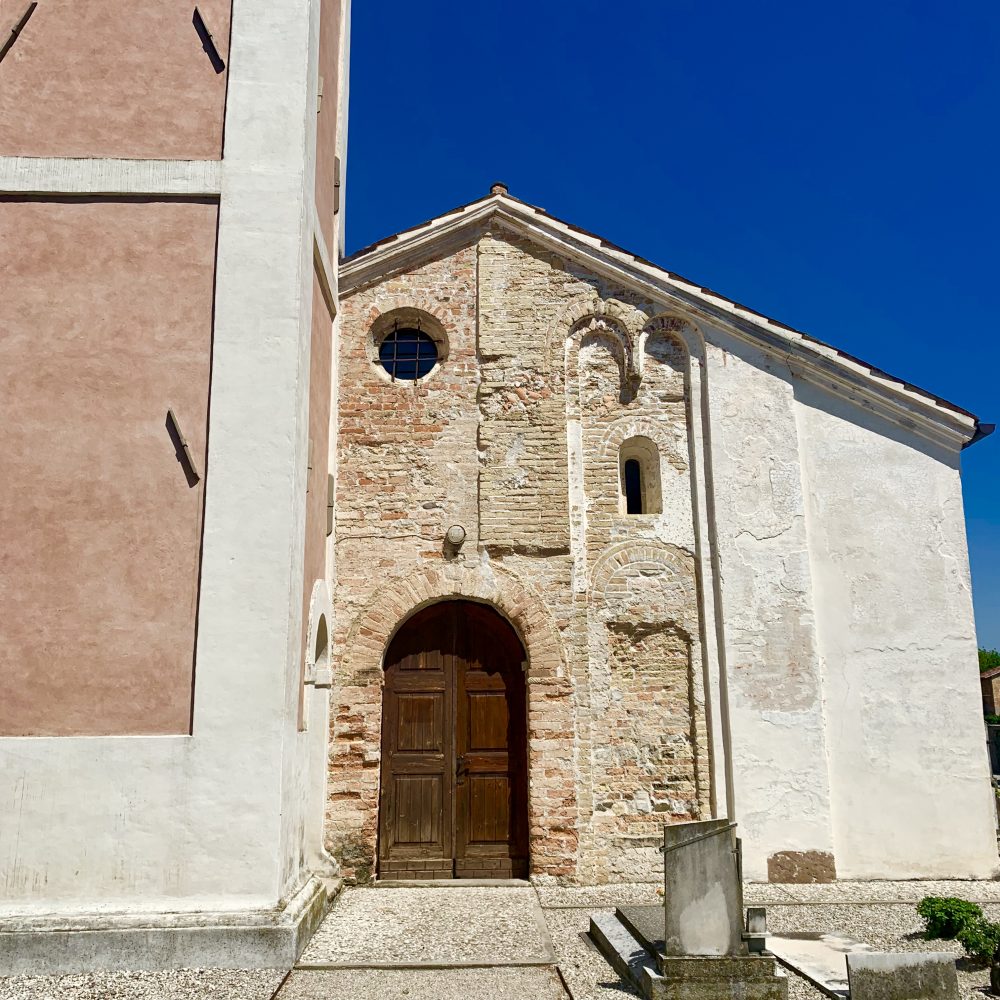
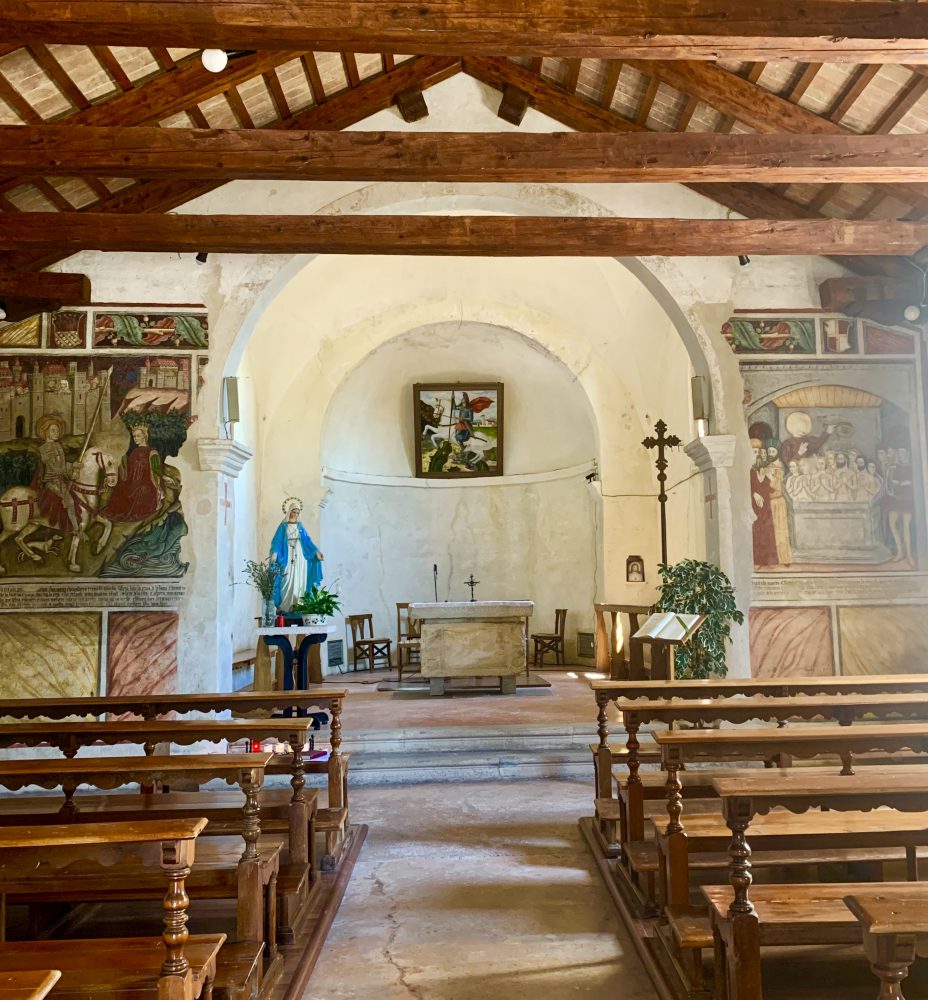
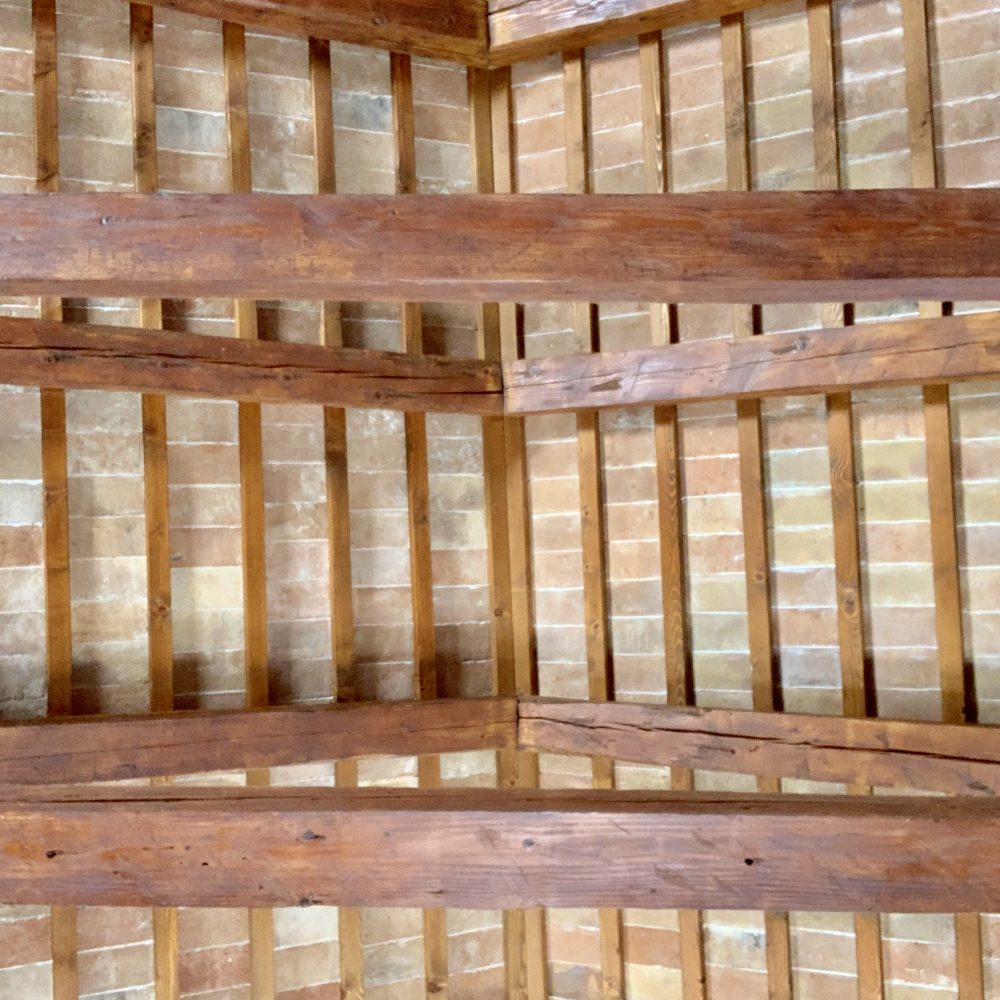
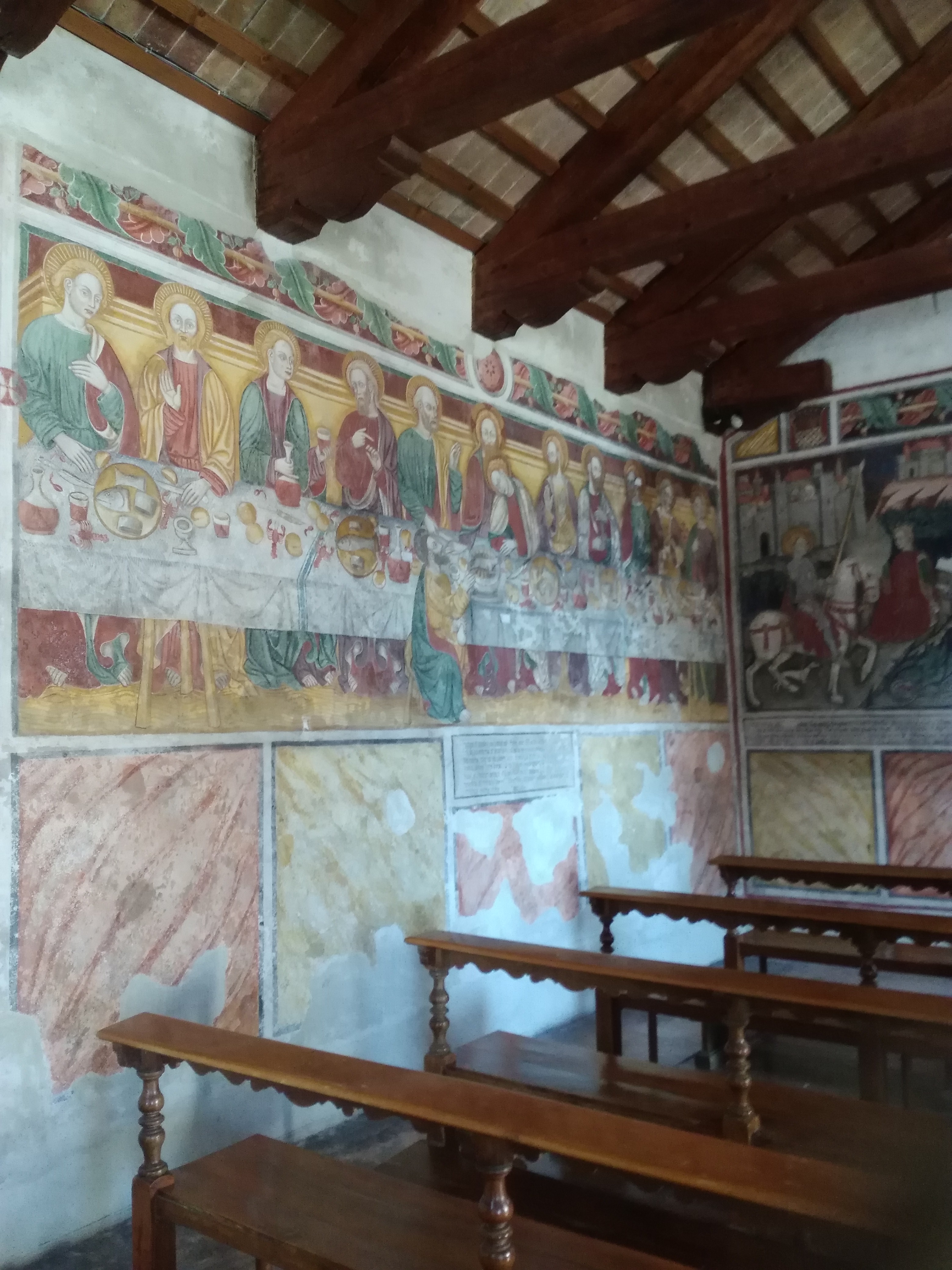
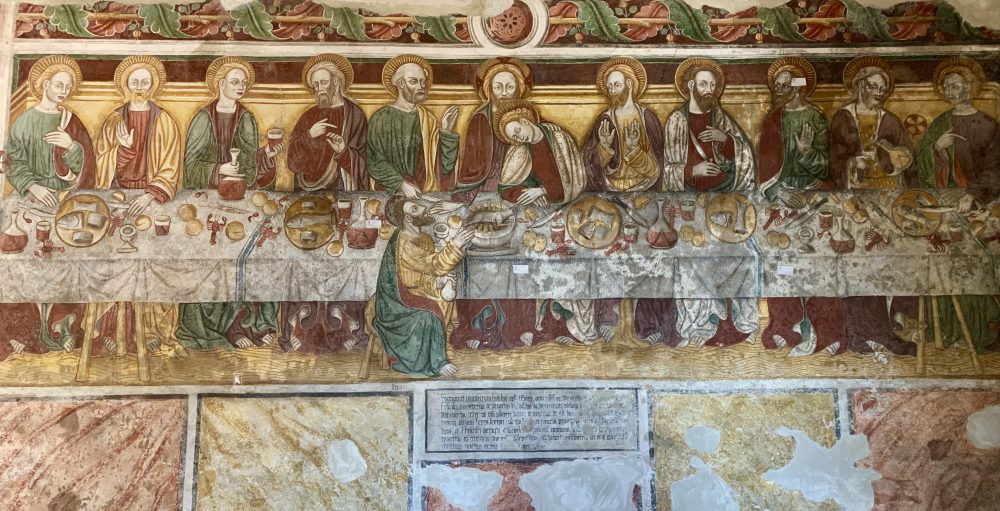
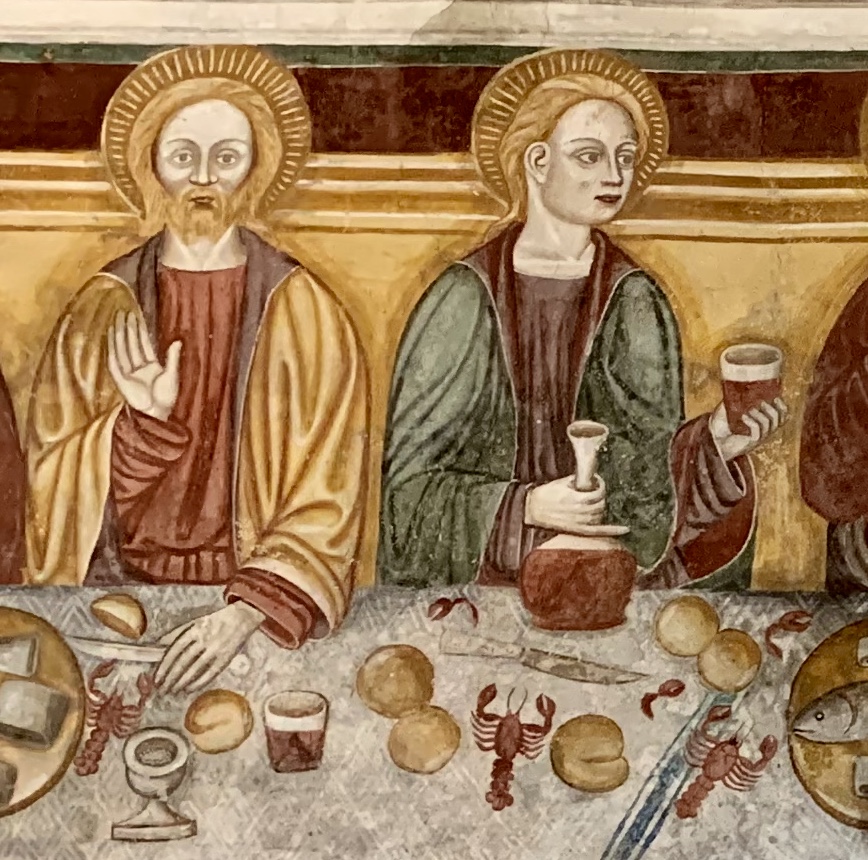
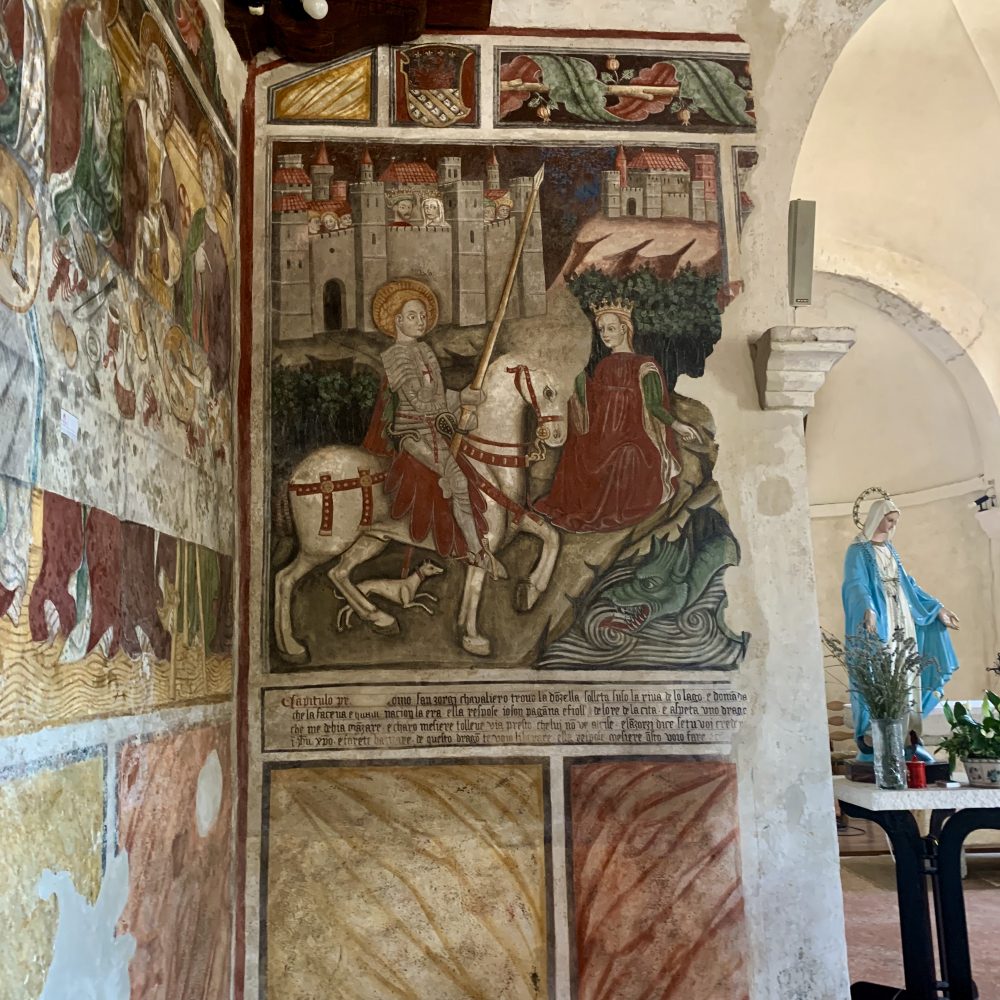
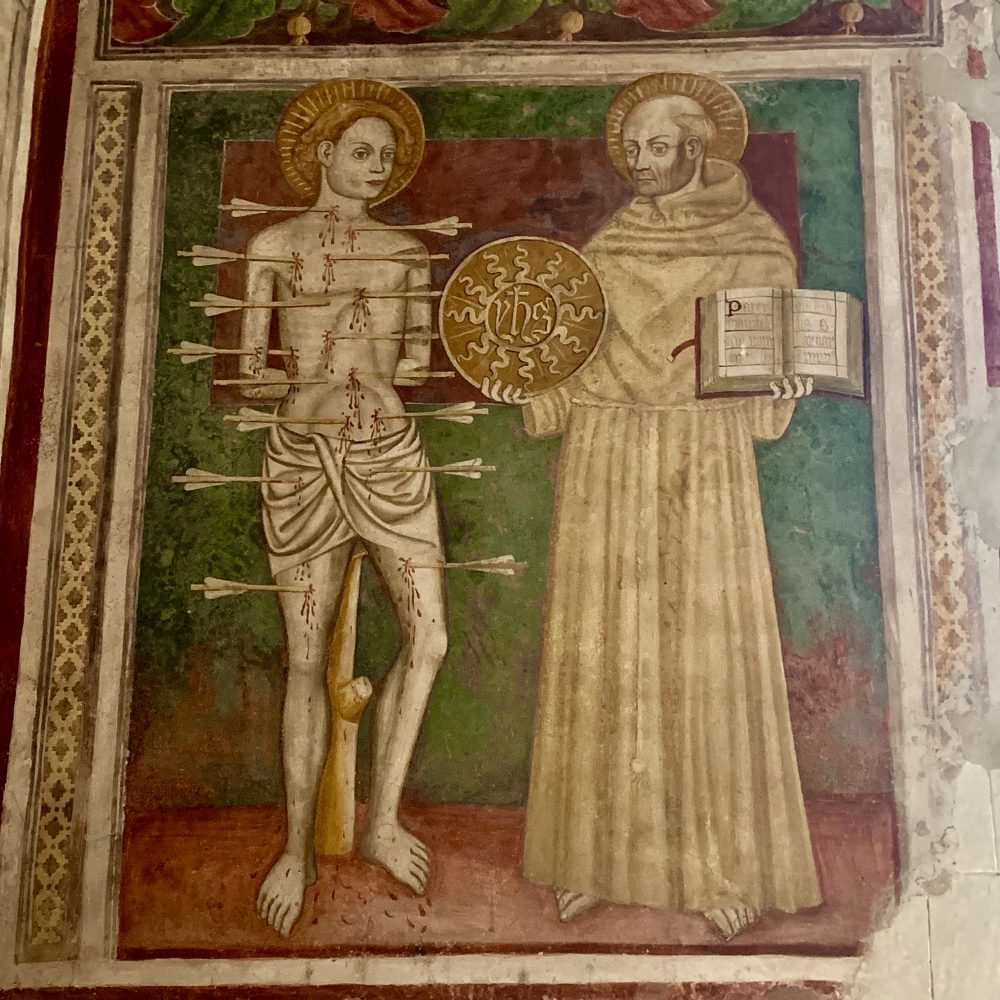
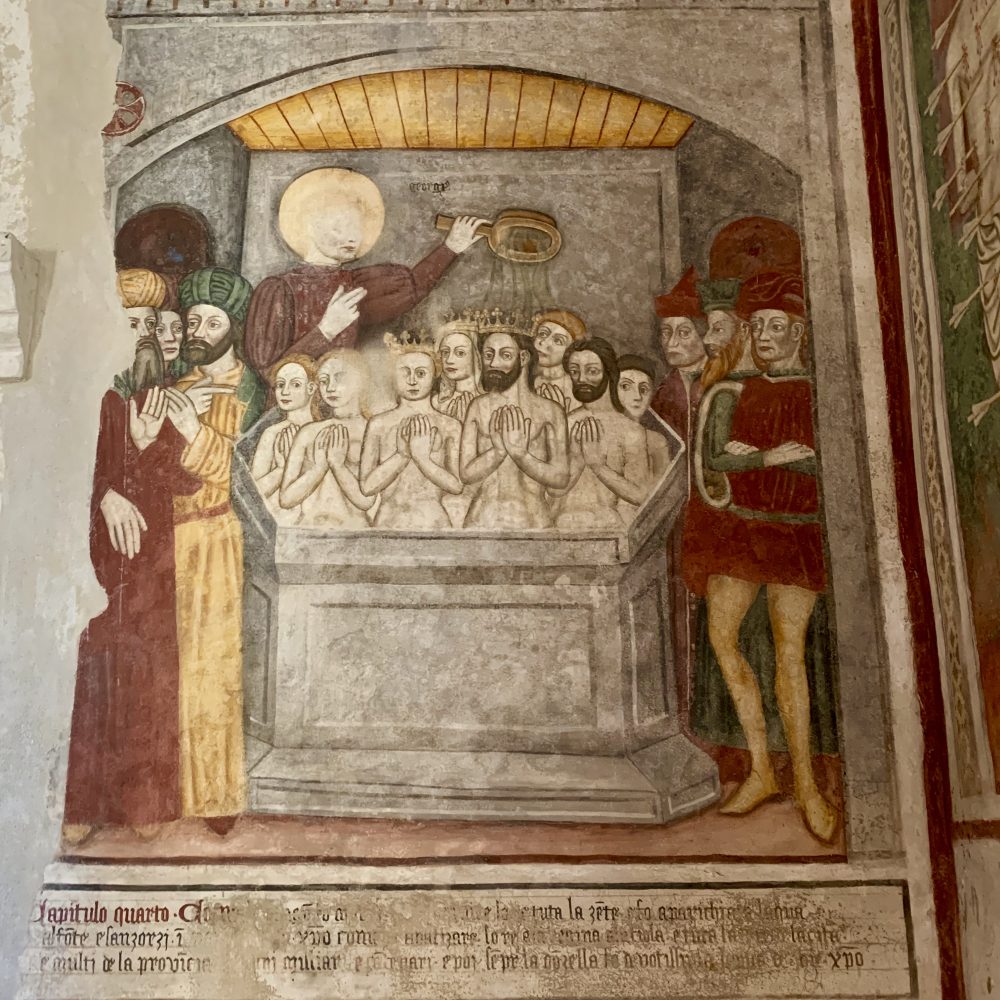
First constructed in the 12th century, the church was one of a series of churches and other buildings constructed by the Mansionis Templi (Templars) to serve pilgrims on their journeys to Jerusalem.
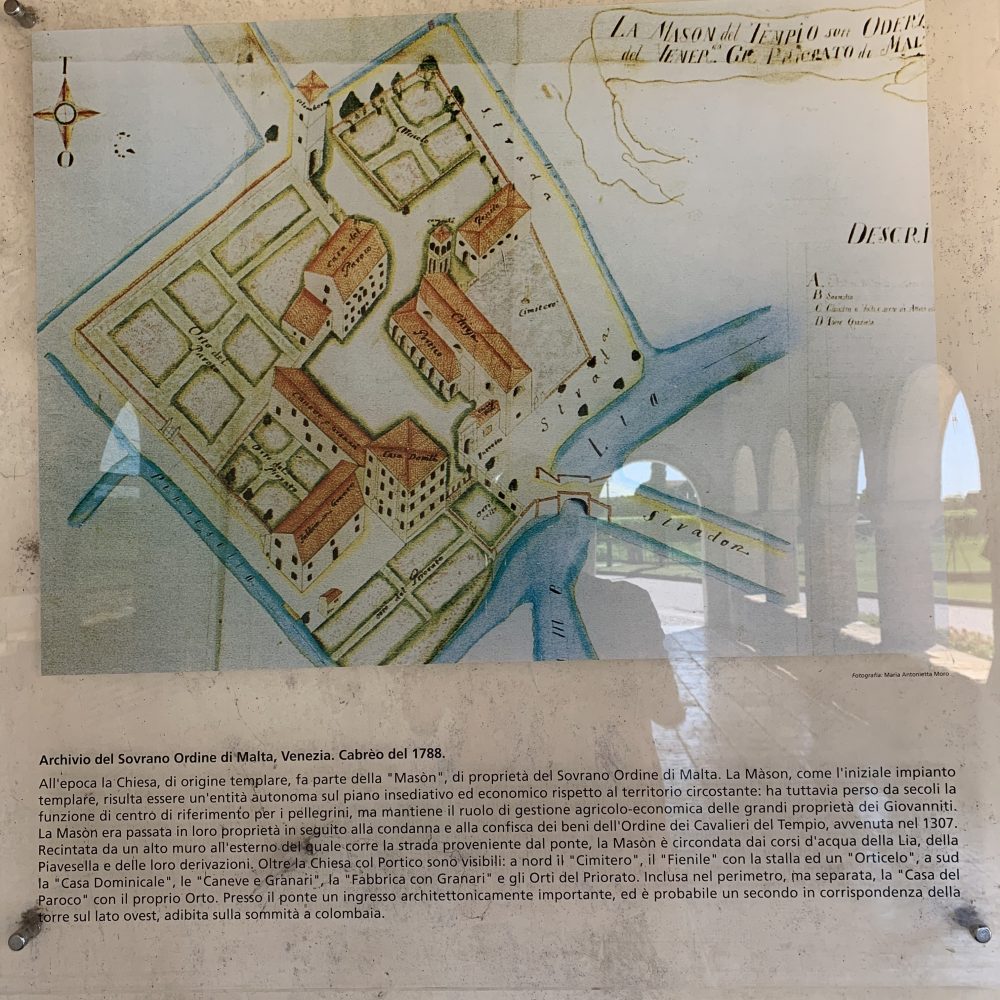
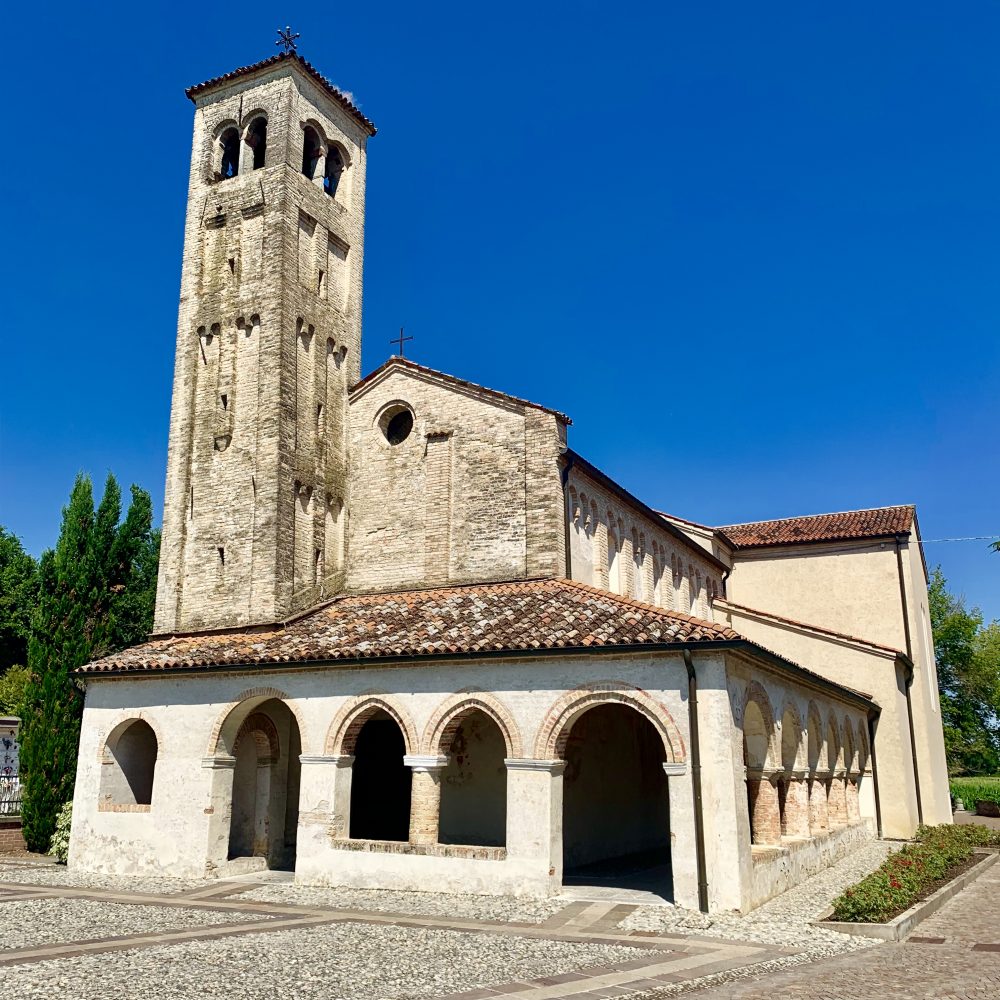
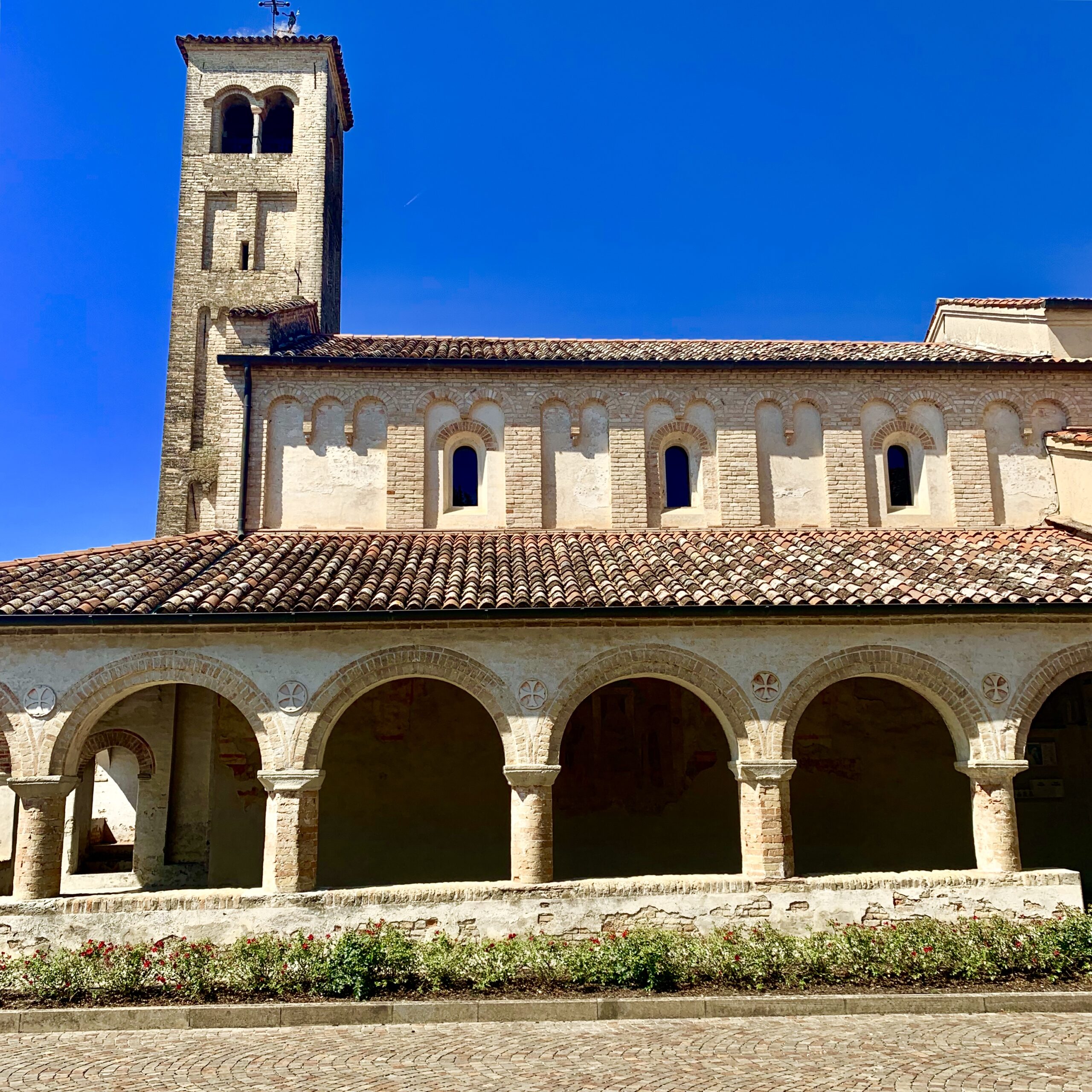
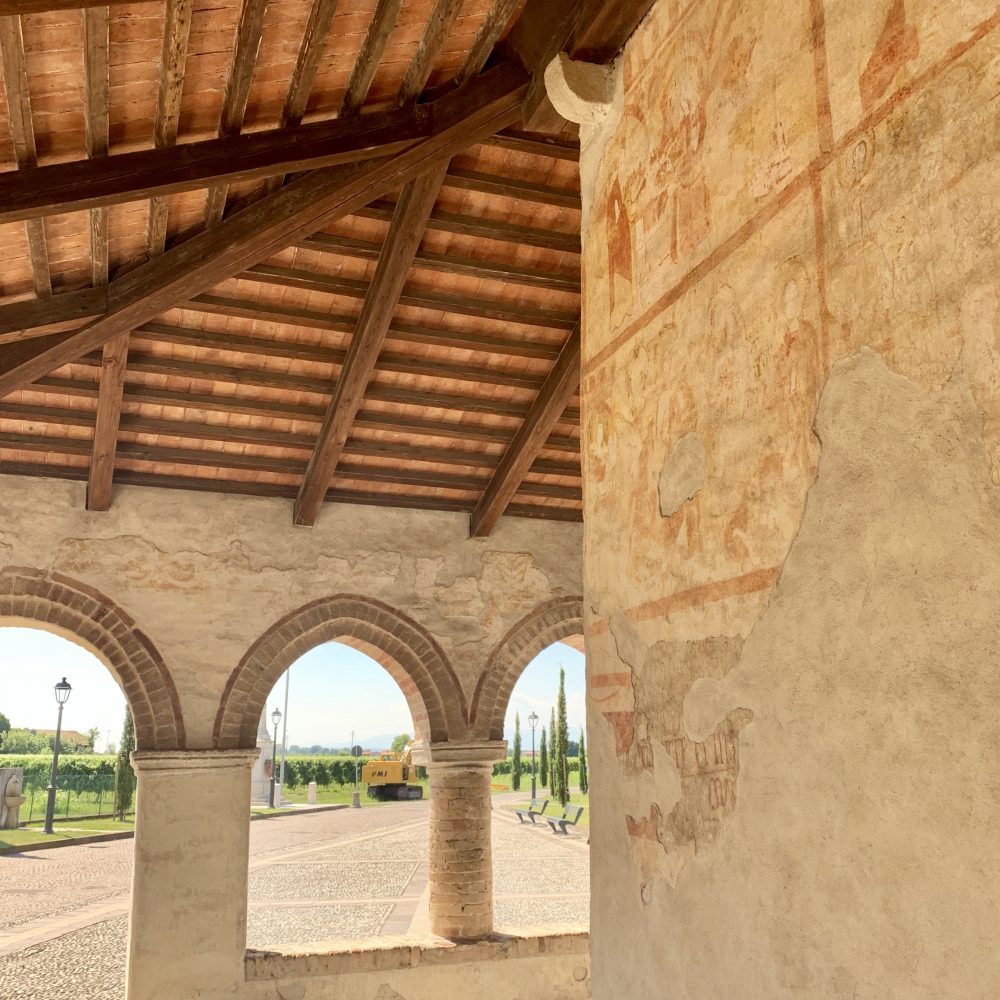
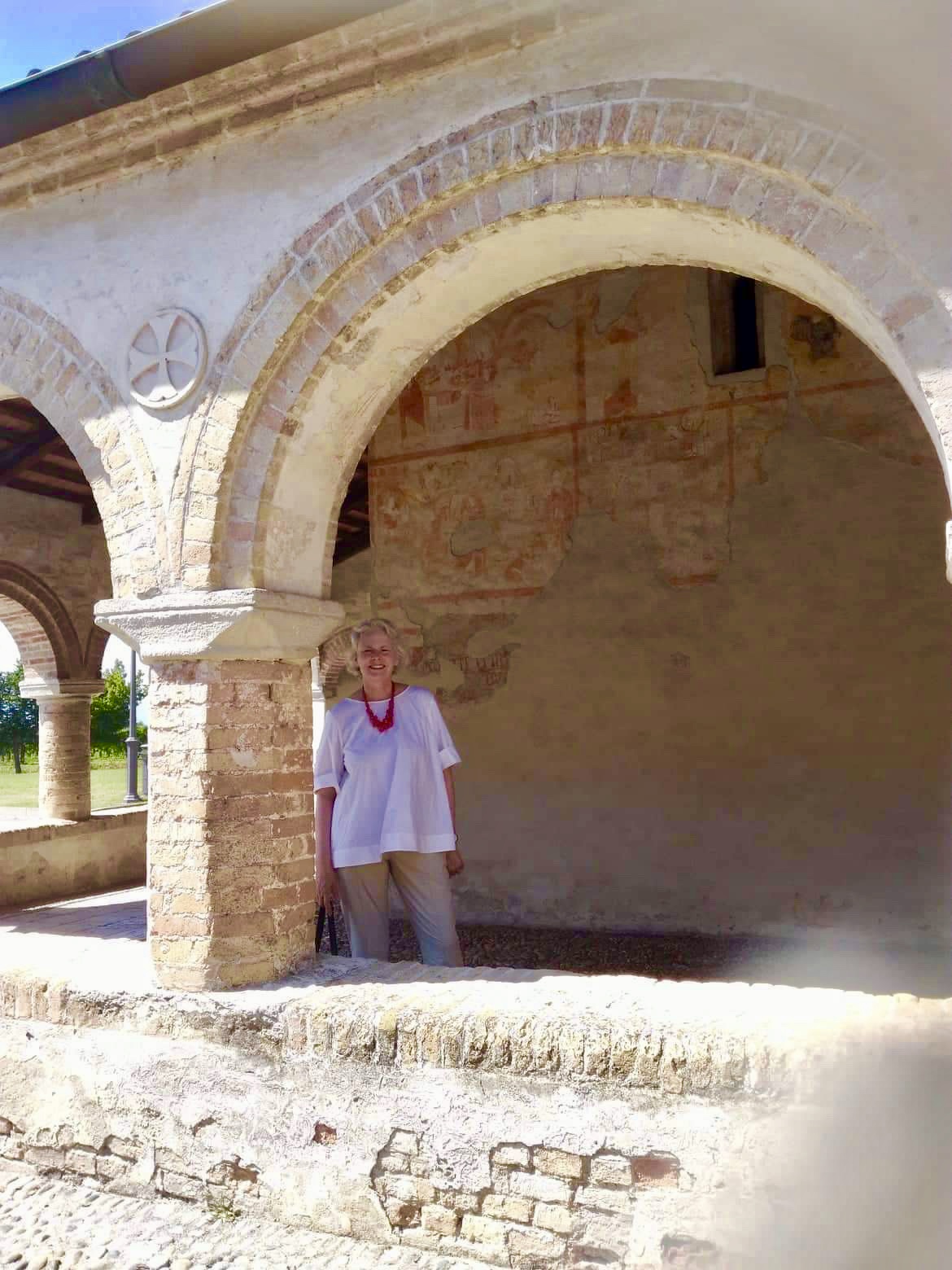
Robert always likes to make a visit to the lovely town of Sacile. It is large enough to have a major plaza and like many towns in the Veneto, it has arcades and waterways. The waterways wind through the fabric of the older buildings. This time, we saw two kayakers paddling through a series of markers suspended over the water. Sacile is a bit sleepy in mid day, but everything is attractive and well kept. There are always some random Americans, probably from Aviano airbase.
Bonnie and Robert enjoyed staying in Sacile when they accompanied Robert’s parents on their last trip to Italy in 2002. And many people from San Mateo use Sacile as a home base to visit relatives.
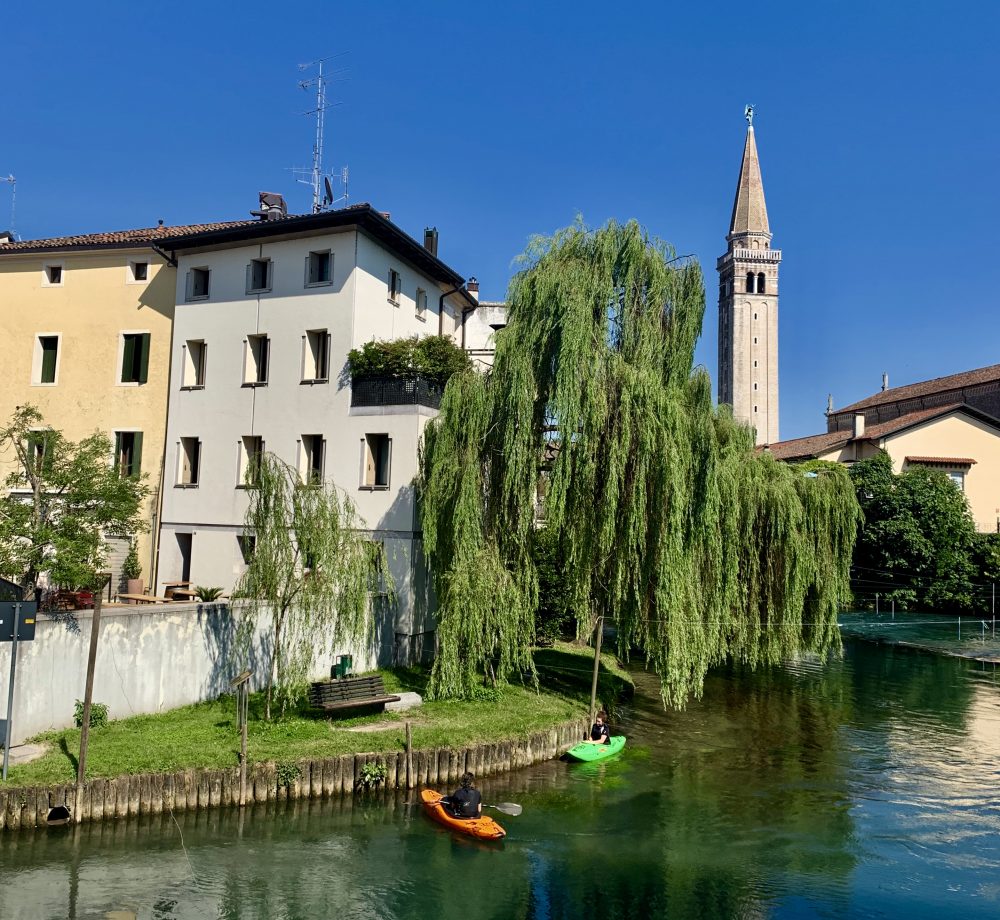
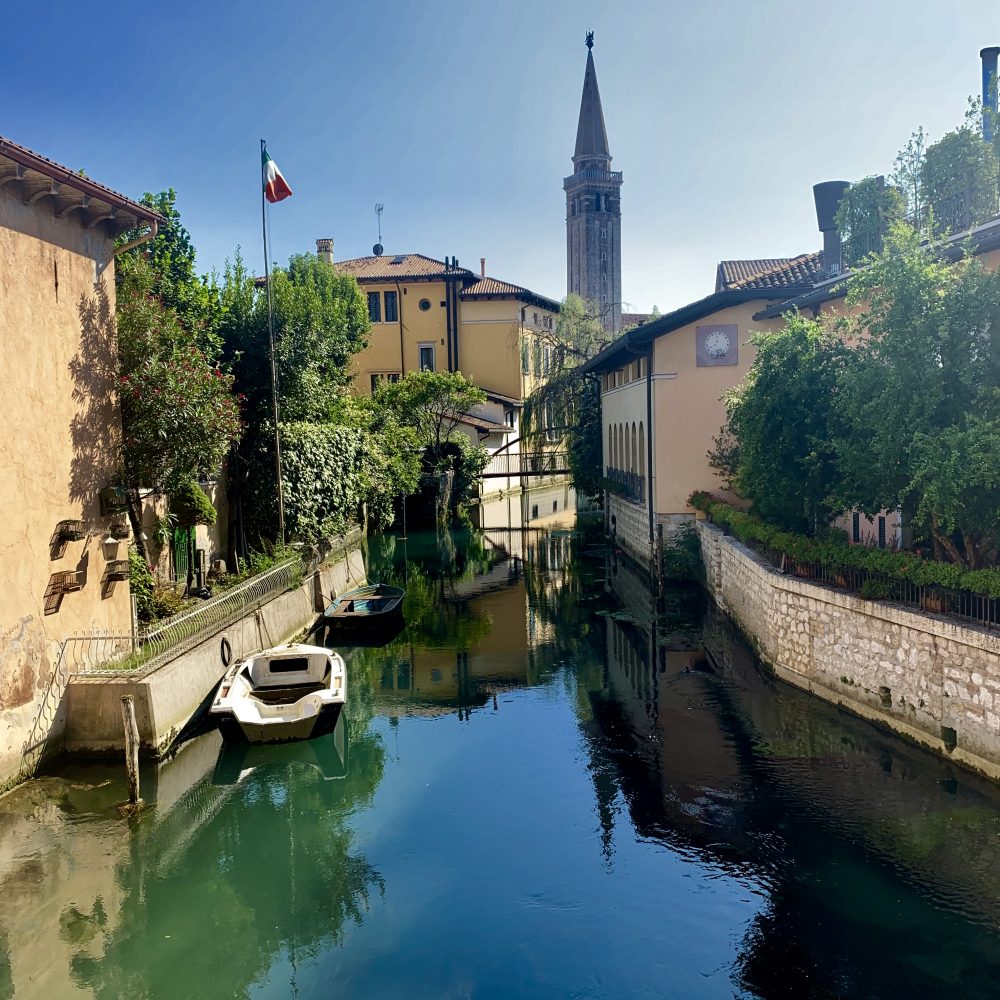
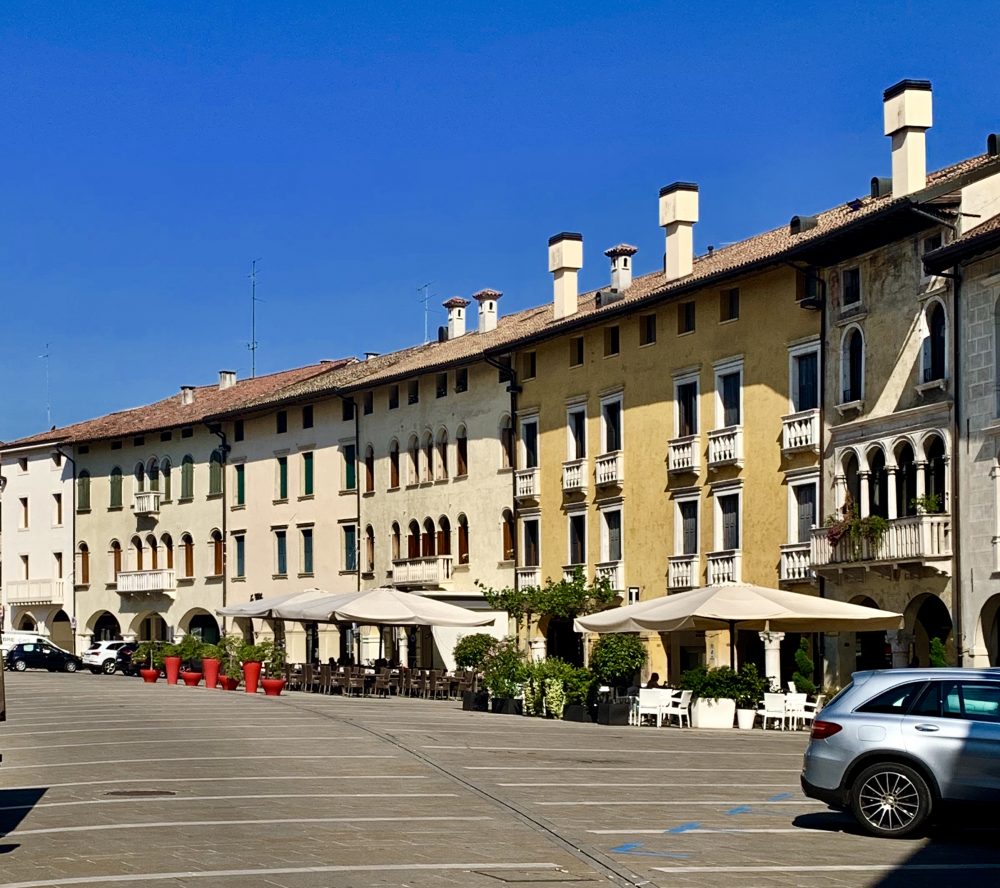
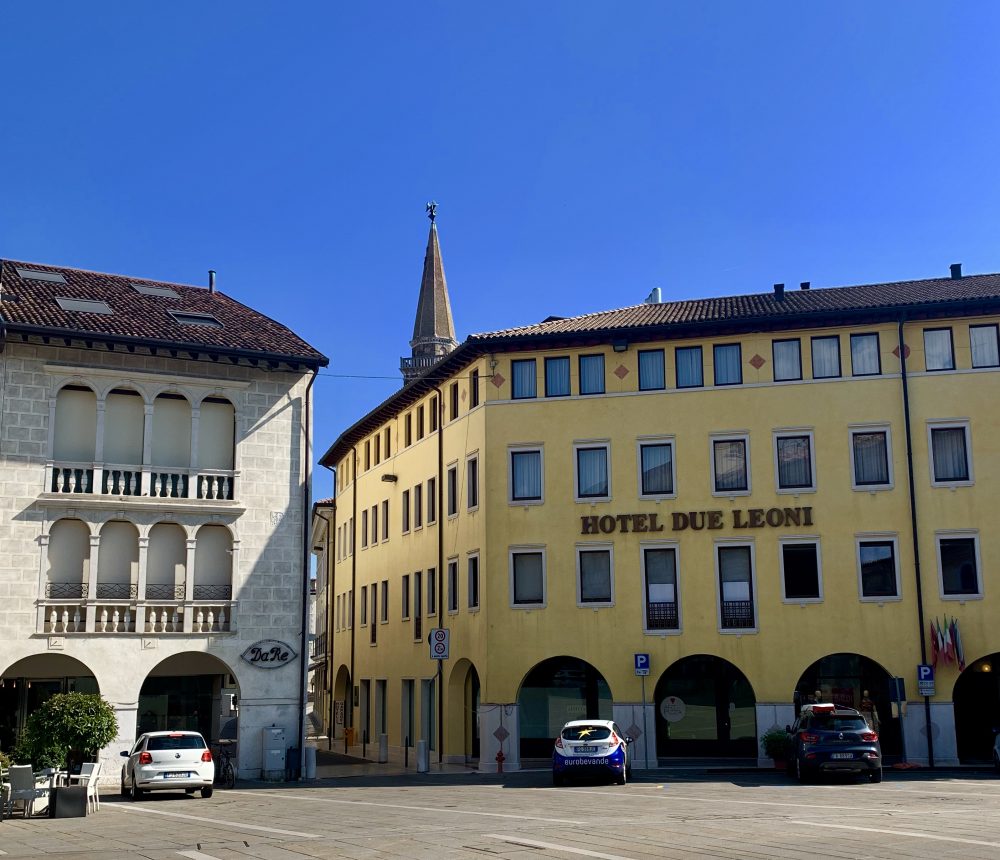
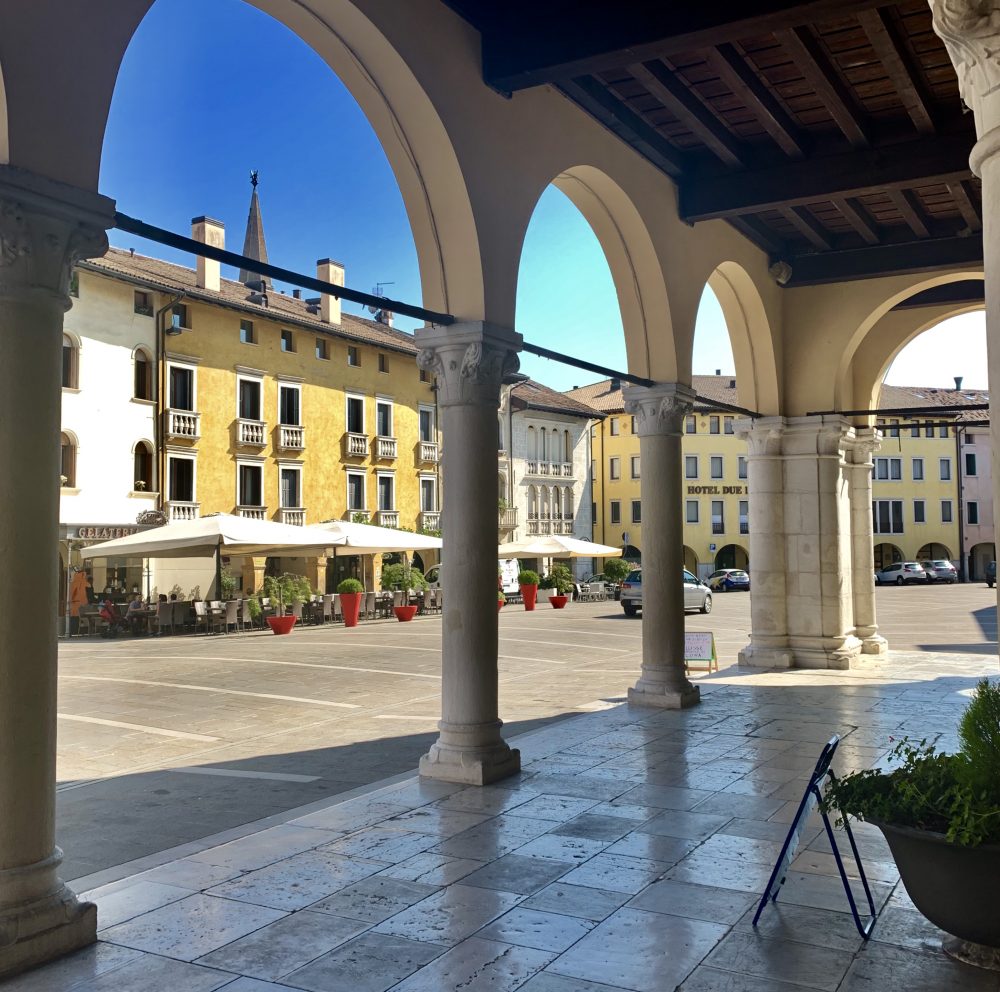
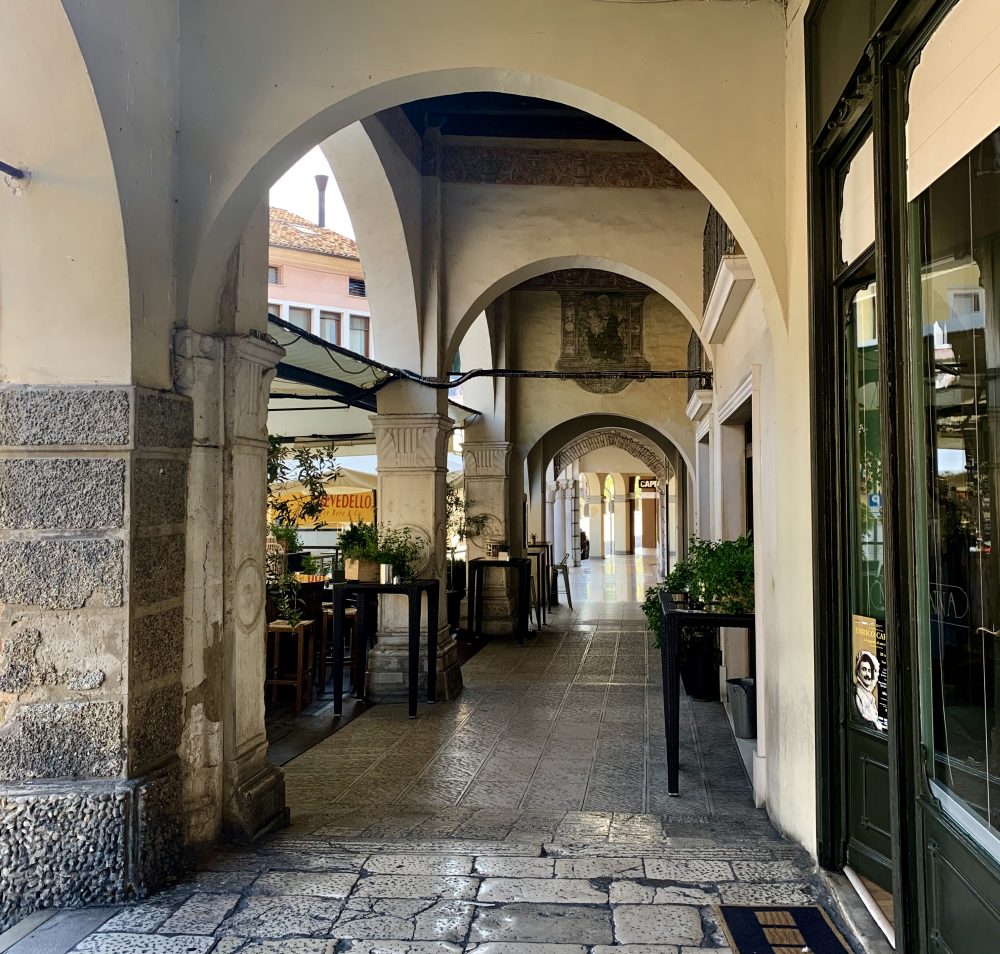
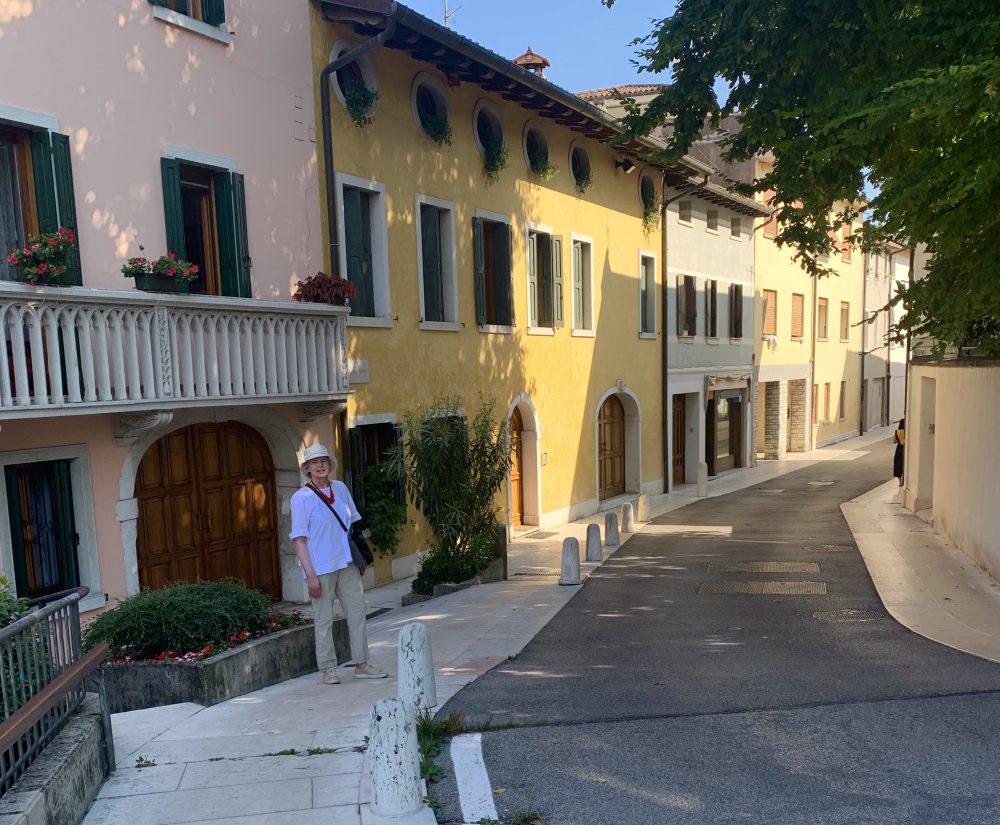
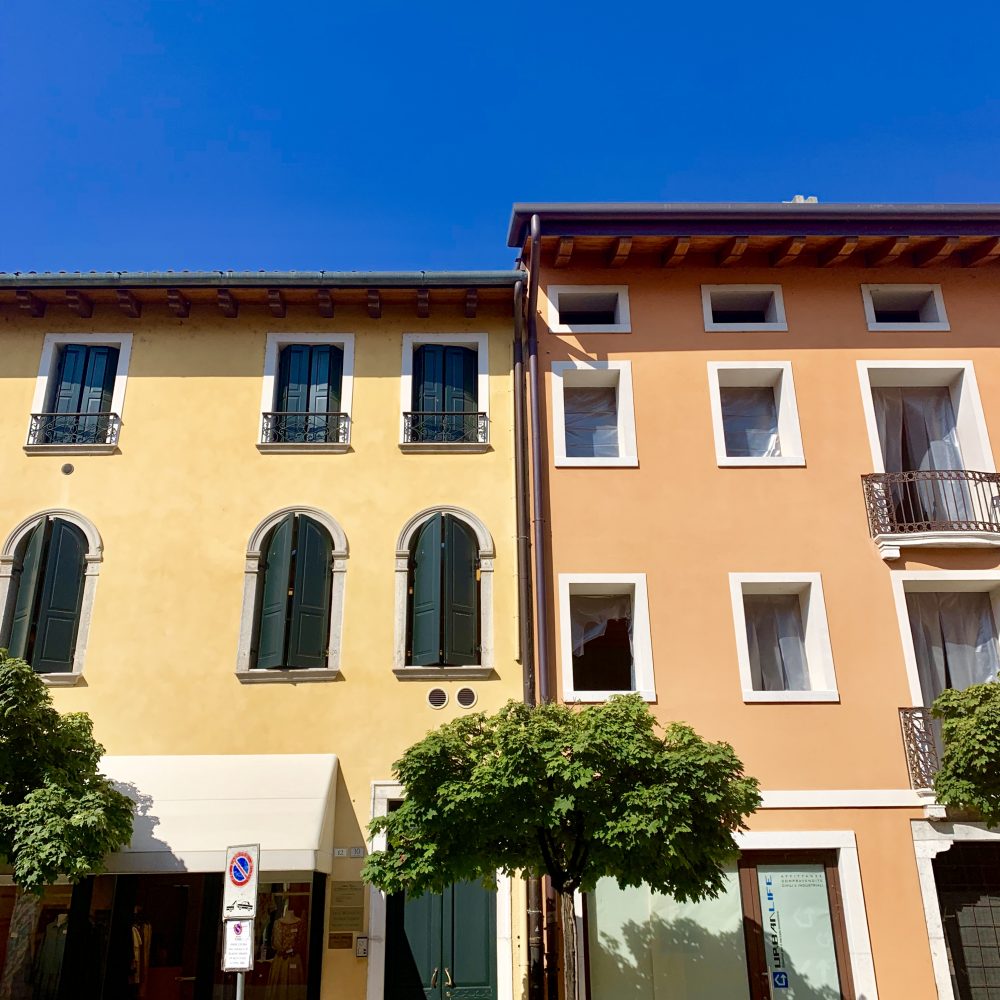
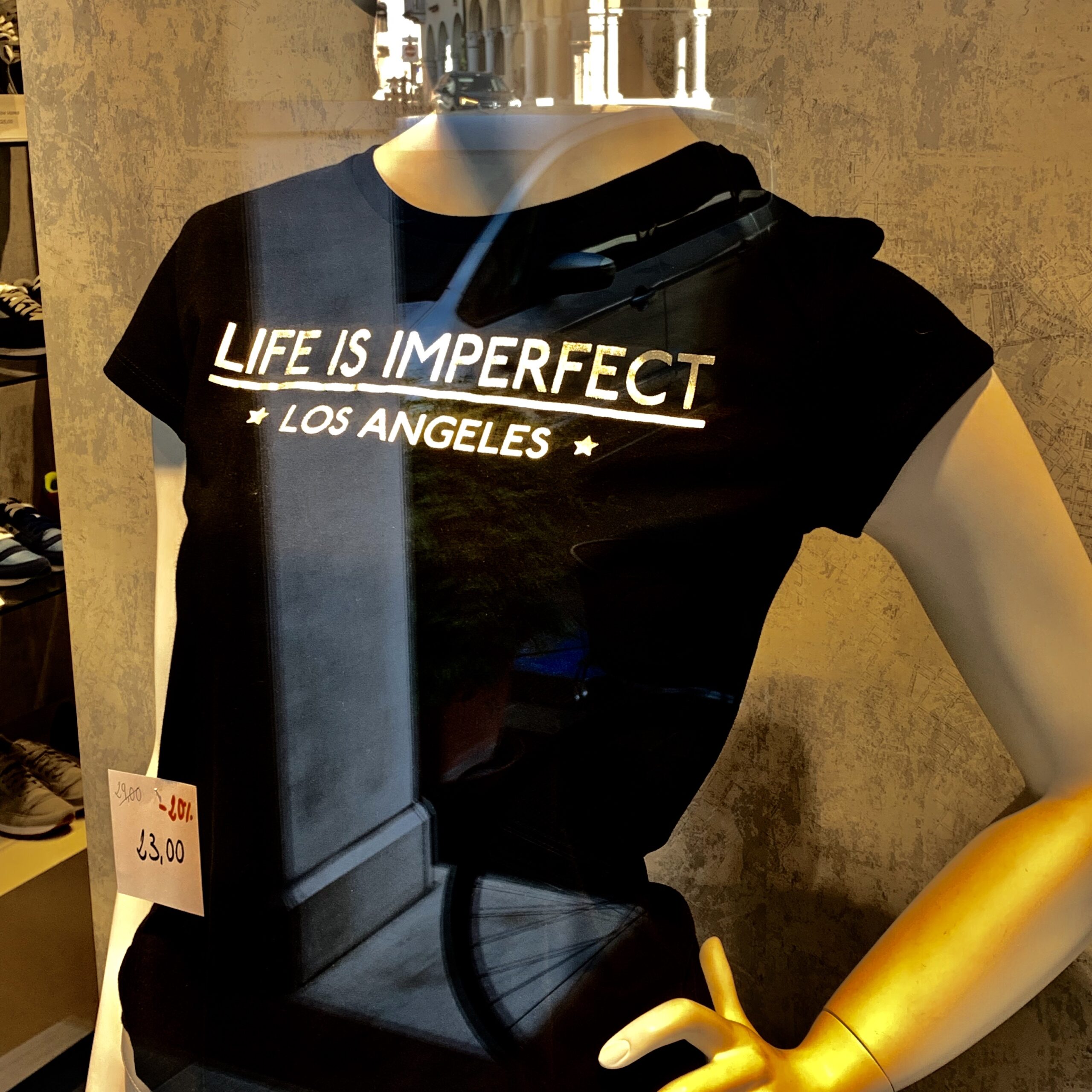
Conegliano is the home town of Robert’s aunt Zia Angela (Zanette) and the largest in the region except for Treviso. This town of 35,000 lies north of Treviso and west of Pianzano. In the 1960s, Robert’s Uncle Rico from San Mateo took a long trip to stay with the Marchesin relatives in Pianzano, and he met Angela in the butcher shop run by her family. His six-month trip turned into twelve months and his marriage to Angela in 1964.
Robert’s parents used to stay in Conegliano for a few days to get over jet lag before plunging into visits with the relatives. We stayed in the same hotel in Conegliano on one of our past trips.
This time was different because we spent only an afternoon in the town to see Zia’s sister-in-law Marisa Zanette and her son Francesco, and to have lunch on one of the older streets in town.
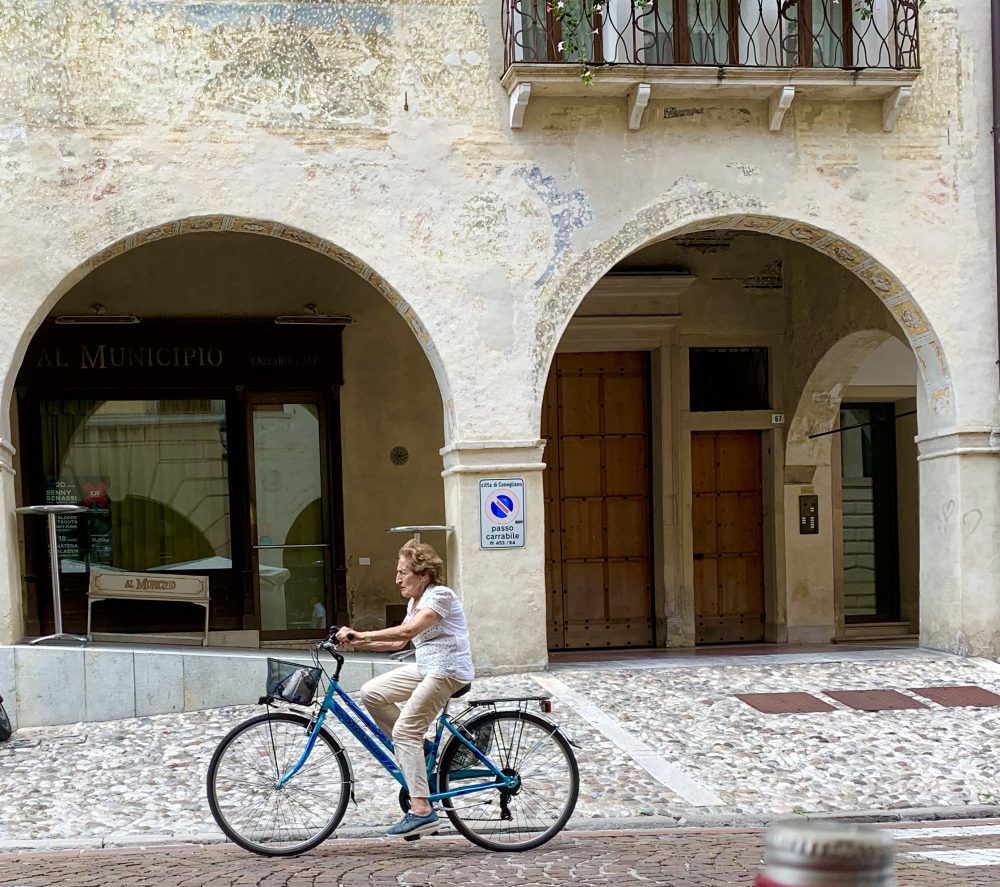
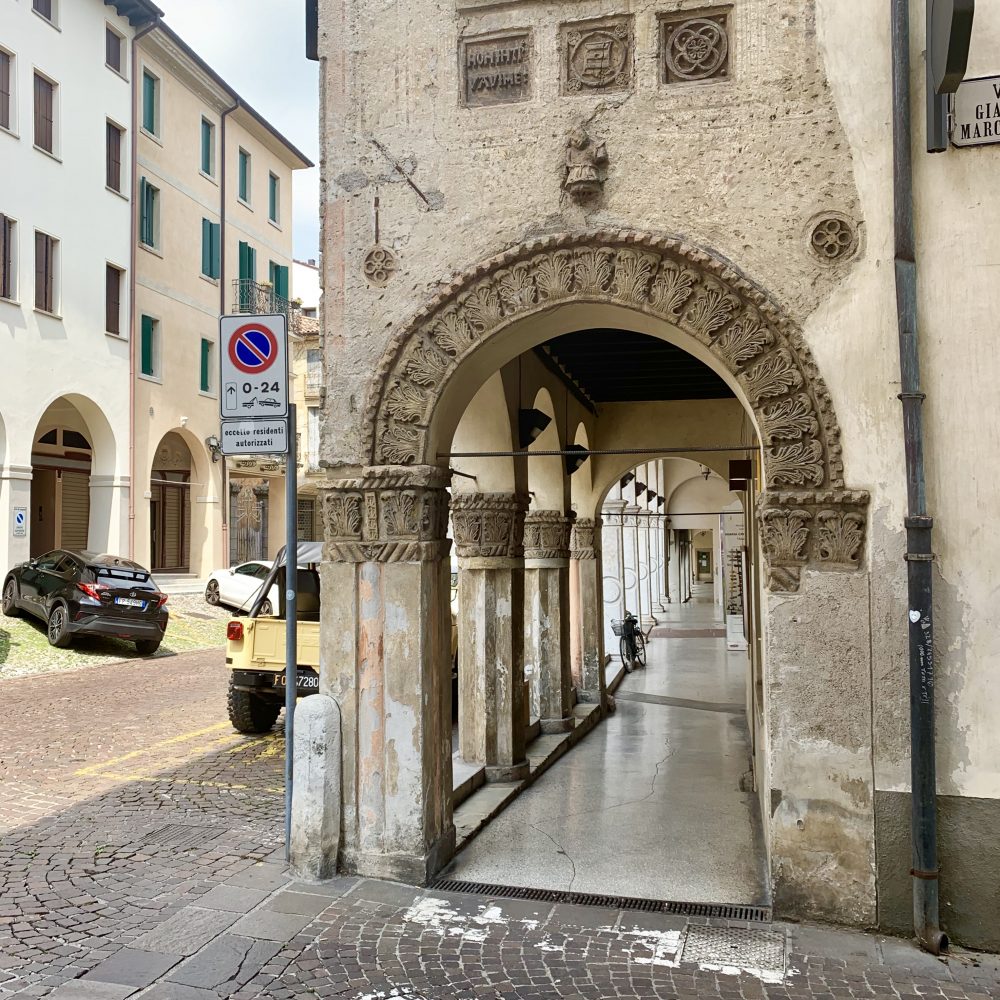
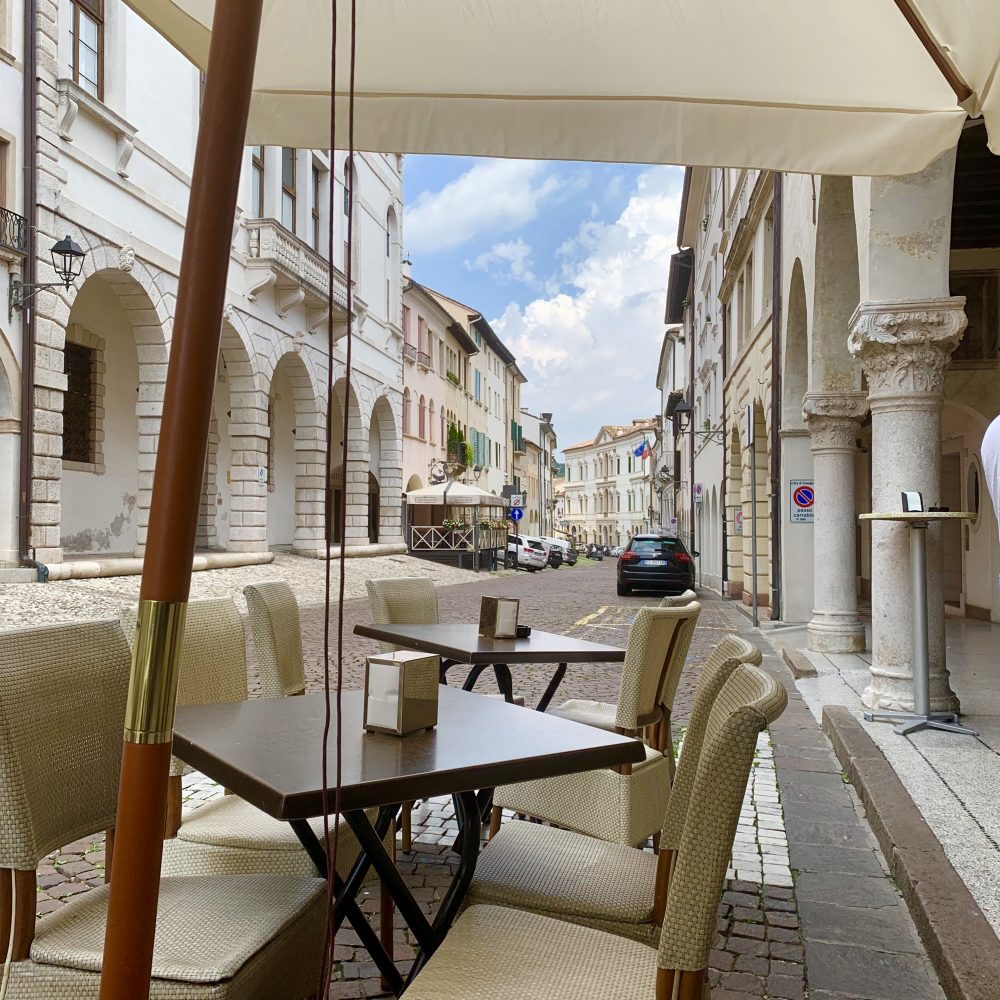
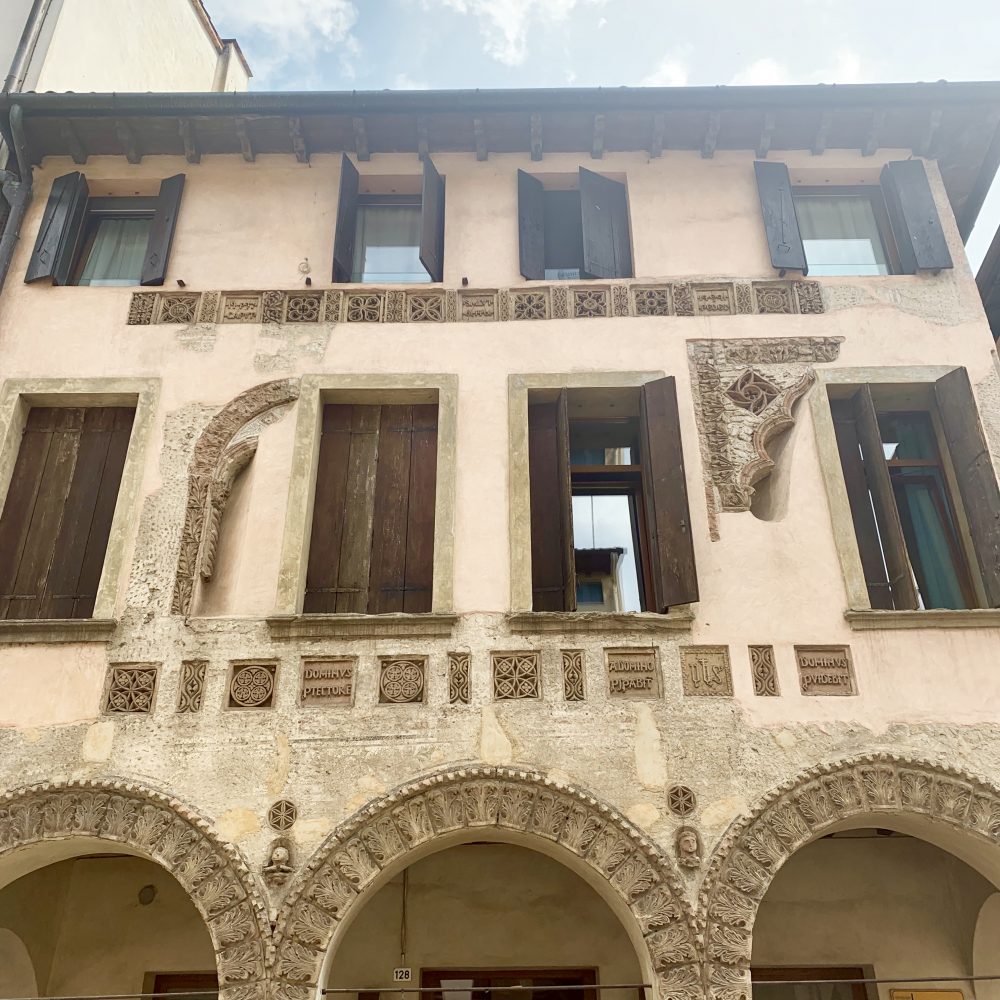
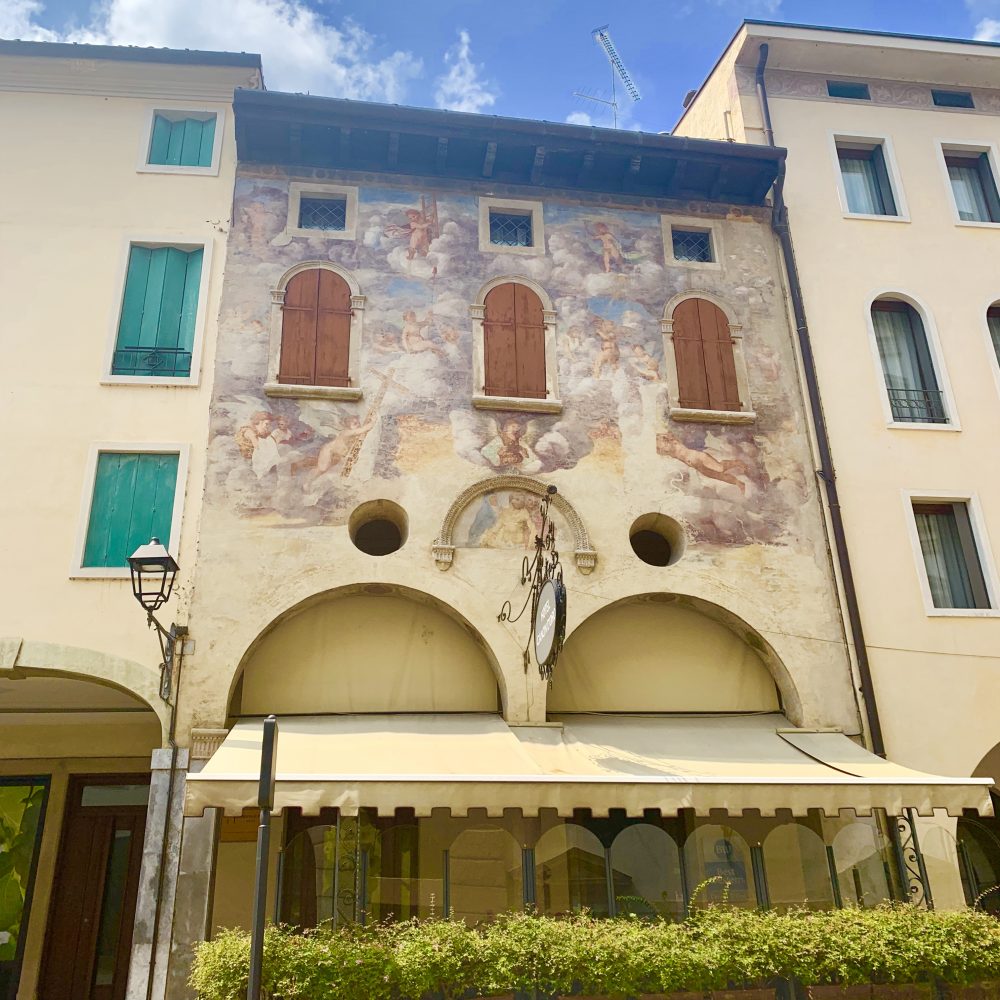
First a small discourse on vineyards and wineries in the Veneto—there are a whole bunch of them!
As we drive back and forth through the Veneto, we are amazed by how much land is covered with vineyards. Some on rolling hills. Others on flat open land. All well tended. Beans, sunflowers, and maize are disappearing in favor of grapes.
We looked up some stats on this. (Thank you Wikipedia). Italy is the second largest producer of wine in the world, producing about 1.2 billon gallons each year, and accounting for 25 percent of world production. The Veneto’s 220,000 acres of vineyards produce 225 million gallons of wine. A full 21 percent of the land has the coveted DOC certification.
In comparison, the entire state of California has 427,000 acres of vineyards producing 716 million gallons of wine each year. This makes California the fourth largest producer of wine in the world.
The massive wineries in the Veneto, called cantine, that dot the landscape are definitely of an industrial scale. Many are cooperatives. The cantine dictate the dates for accepting each variety of grape starting with the grapes for Prosecco, followed by other whites, and ending with the reds. The last is the Raboso grape in the Oderzo area.
We also noticed that the vines are pruned like hedges and we asked Miryam about this. Turns out that machine-harvesting of grapes requires this trimming. We assume the machines require an even surface and better access to the grapes. The machines harvest the grapes by sucking them off the vine, along with leaves, twigs, and any tiny animals that get in the way. When they started to do machine harvesting, the cantine found that the volume of each shipment exceeded that of grapes picked by hand. This was because the machine-picking partially crushes the grapes, increasing the weight by volume. So it was hard for the cantine to keep up at first. Now they know what to expect. Some wineries pay less for machine-harvested grapes claiming that the quality is not as good because it contains the extra debris. Others pay the same as for hand-picked grapes.
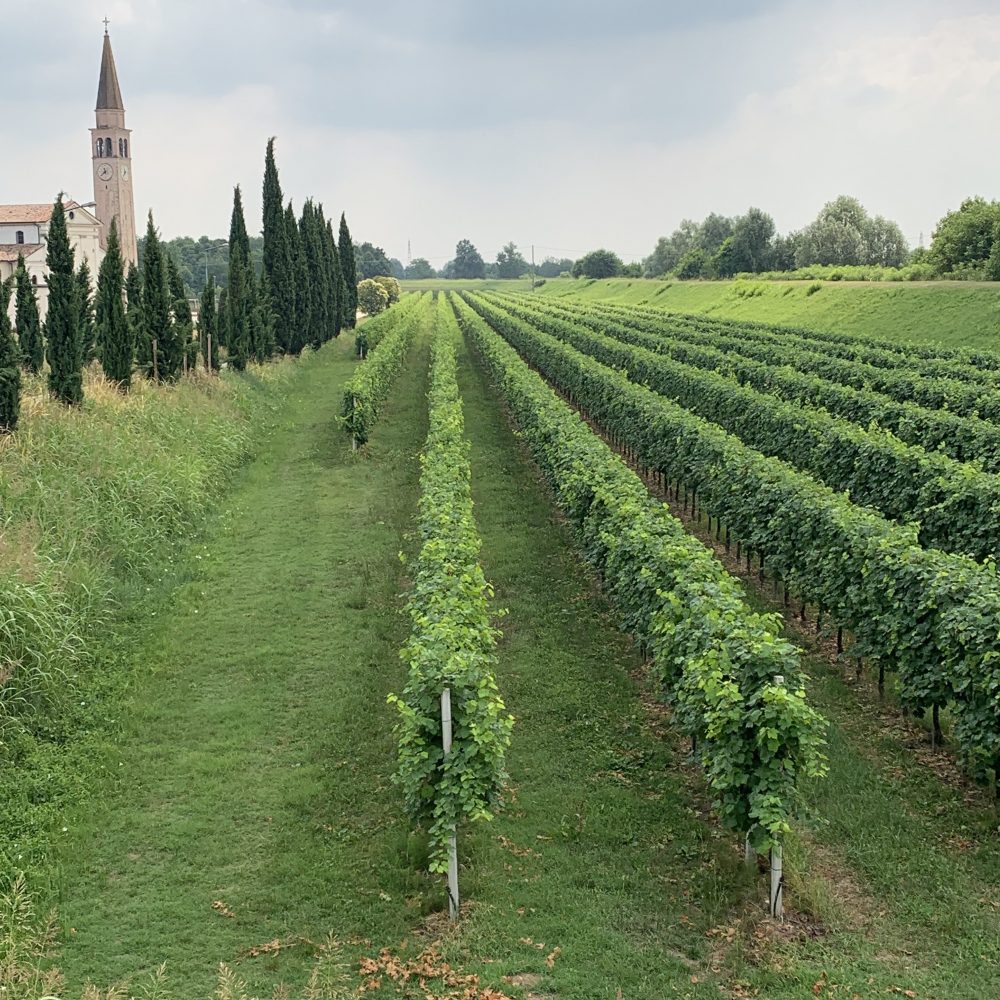
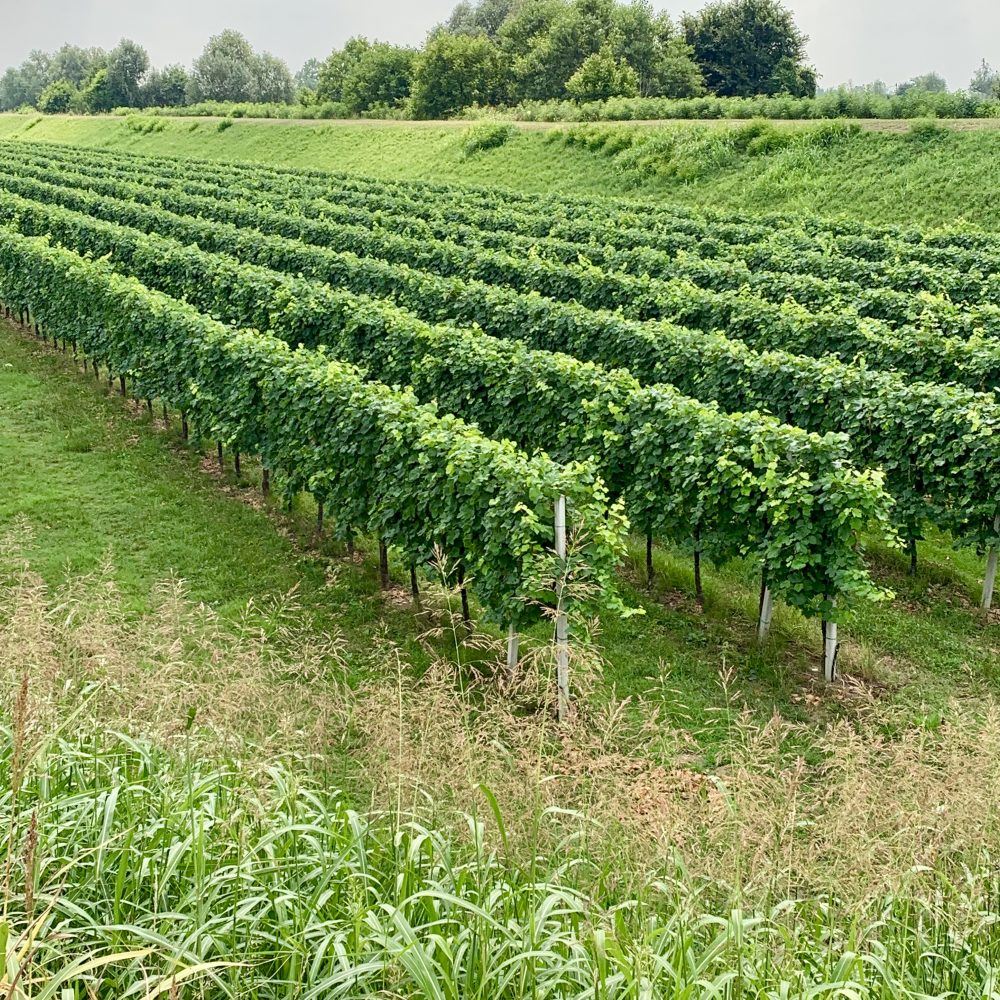
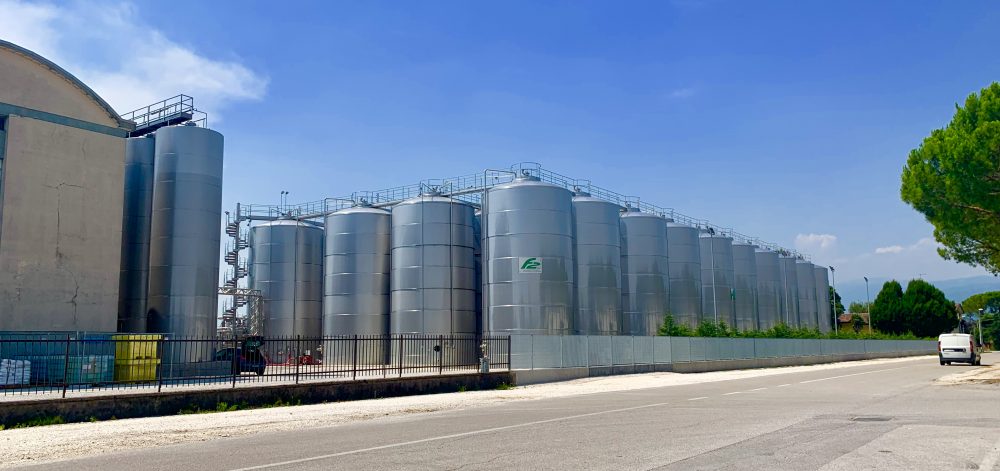
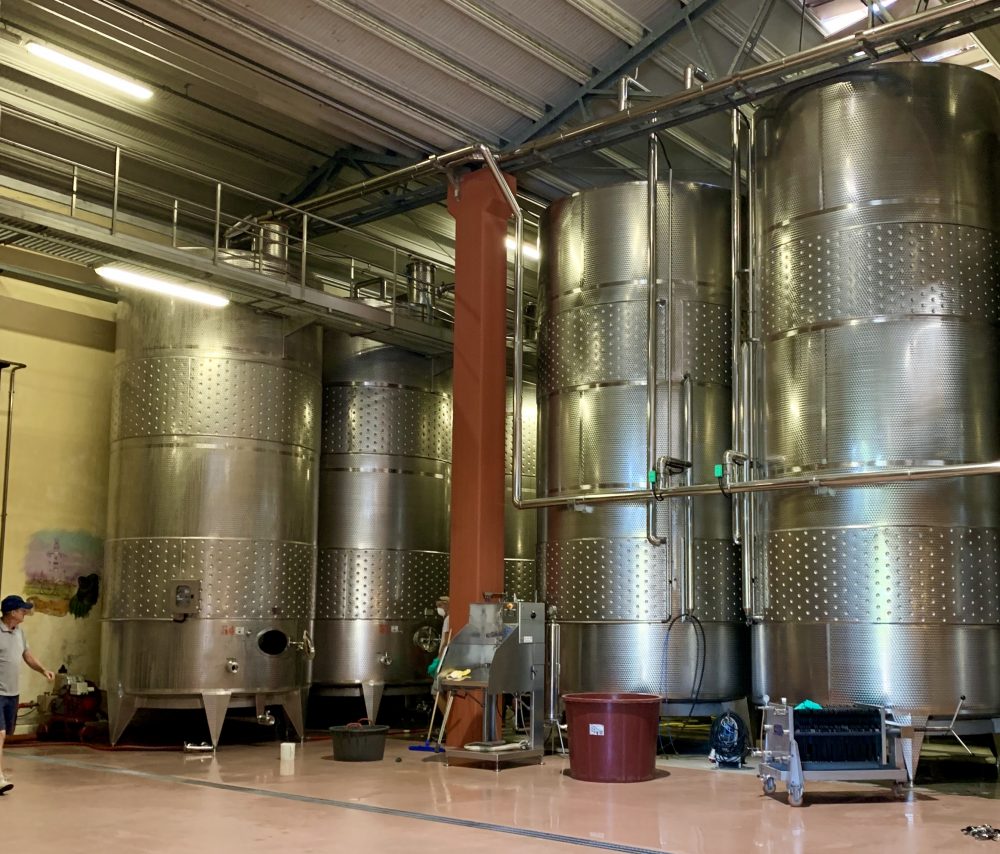
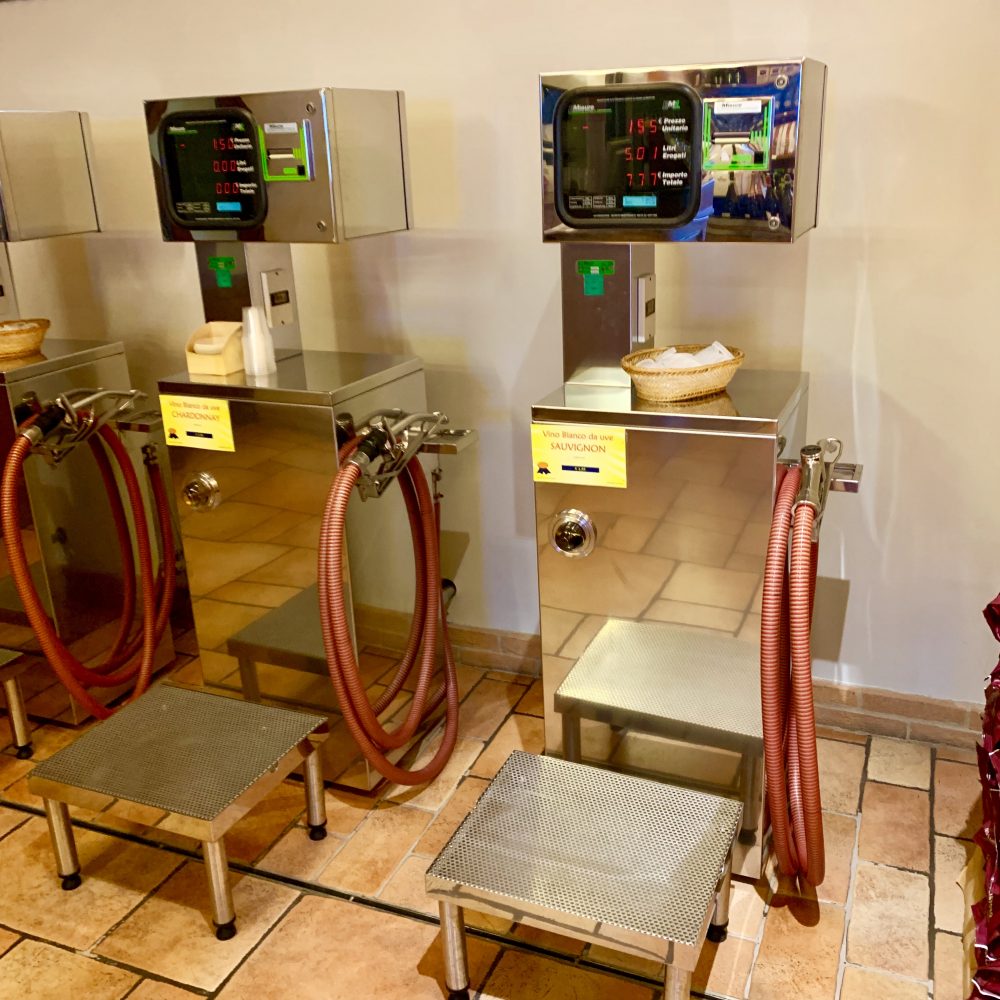
The Furlan family operates a winery in Conegliano. Monia Carlet is a childhood friend of Miryam and graciously gave Robert a tour. Very modern building with very modern equipment, a store, and a wine tasting room. (Sorry that Robert did not take more photos). They expanded in the last few years from the older building that is now a B&B. They make Prosecco, Cabernet, and Merlot among other wines. Their vineyards are located away from the shop. They distribute in Europe, Great Britain, Ireland, Australia, South Korea, and hope to distribute in the USA. They will start harvesting grapes for Prosecco at the end of August to early September.
Monia explained to Robert that the production of DOC and DOCG wine is strictly controlled. Furlan notifies the consortium when they are ready to bottle wine. Consortium representatives come to the winery to taste and take samples for testing to verify the variety of grapes used as well as any chemicals that might be present from treating the vines. They also verify that the quantity of bottled wine does not exceed the capacity of their vineyards. After everything is confirmed, they send the winery the labels for the bottles confirming they have met the requirements of DOC or DOCG.
It seems that Italy has stricter controls than the USA.
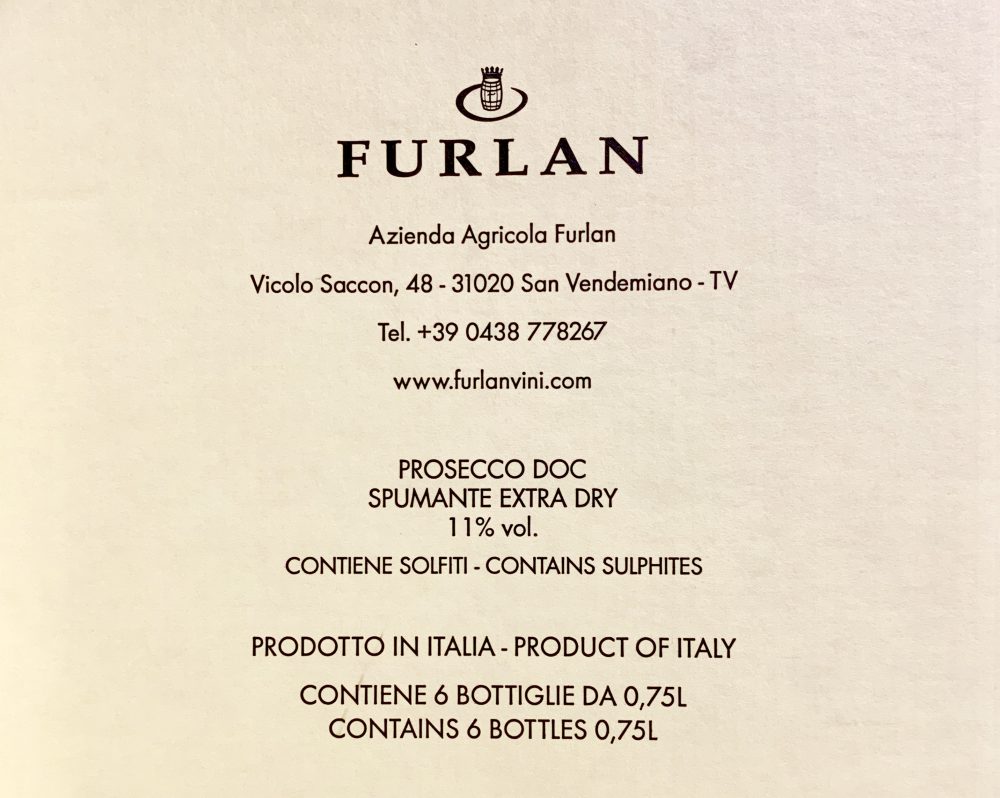
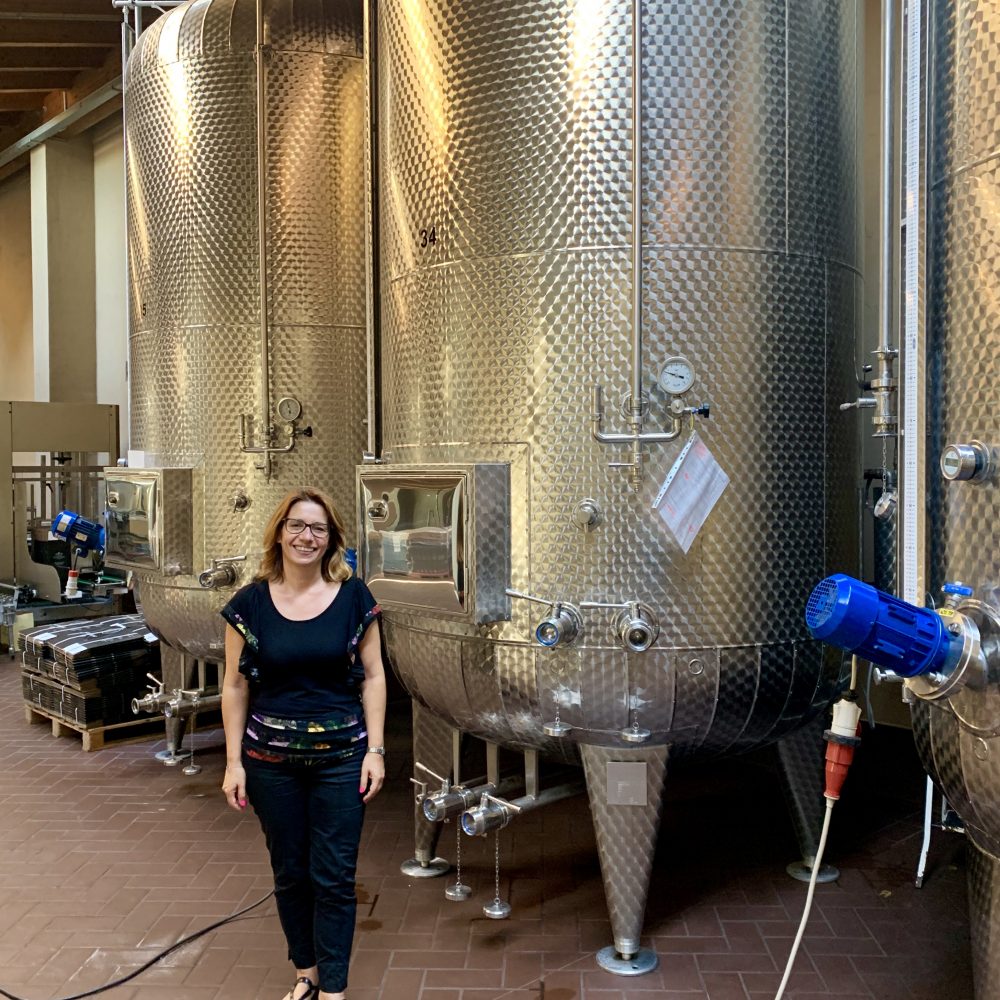
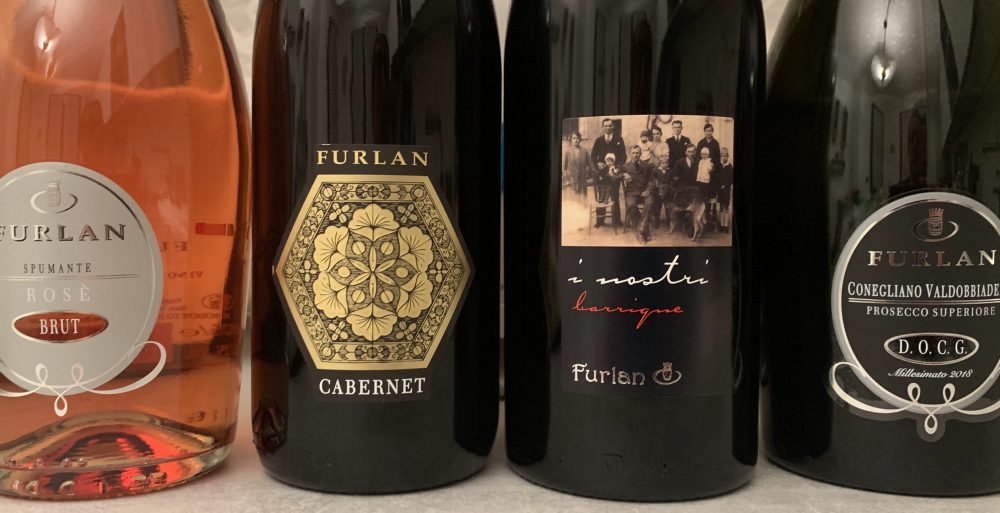
Robert’s 40-minute drive to this spring went through small towns and rolling hills. Located in the foothills of the Alps, this underwater cave is the source of the Livenza River. It is the second largest producing spring found in karst formations. The color of the water at the source is a brilliant blue. And, unlike other photos in our blog, Robert did NOT apply filters to the photos to enhance the color.

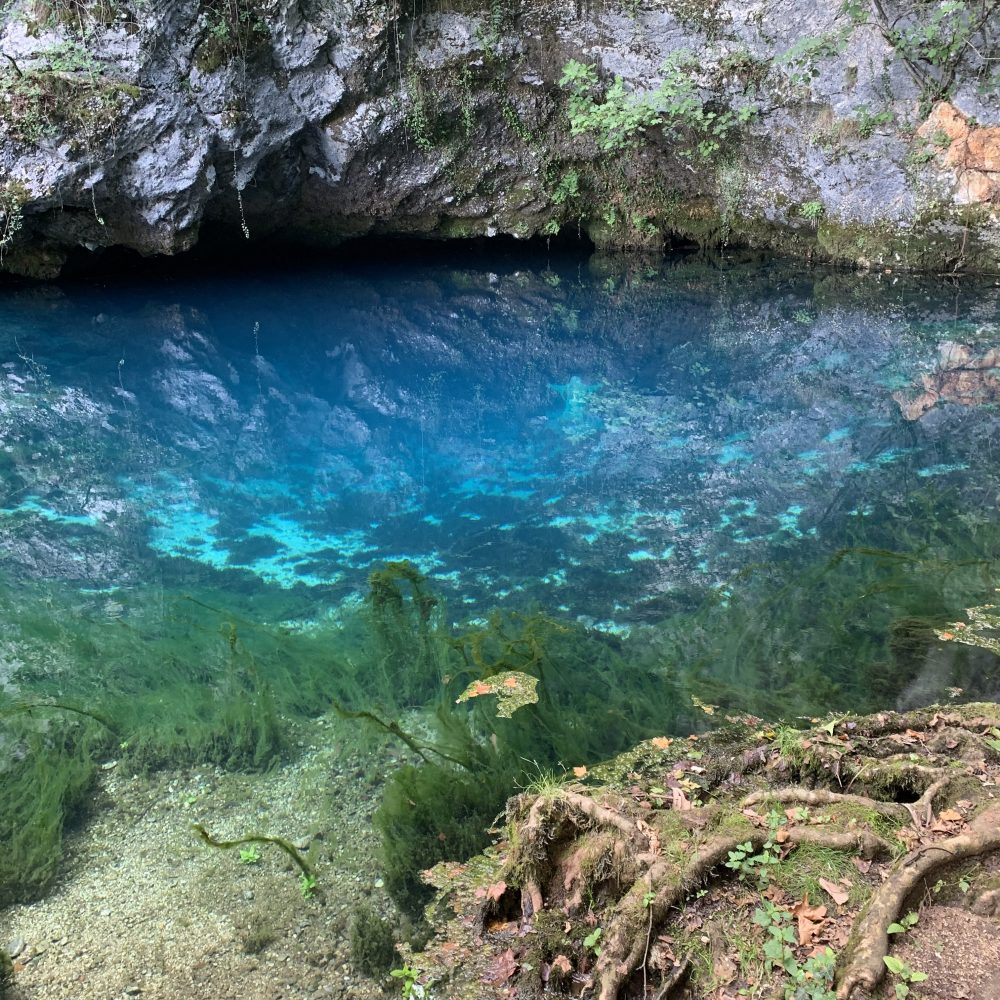
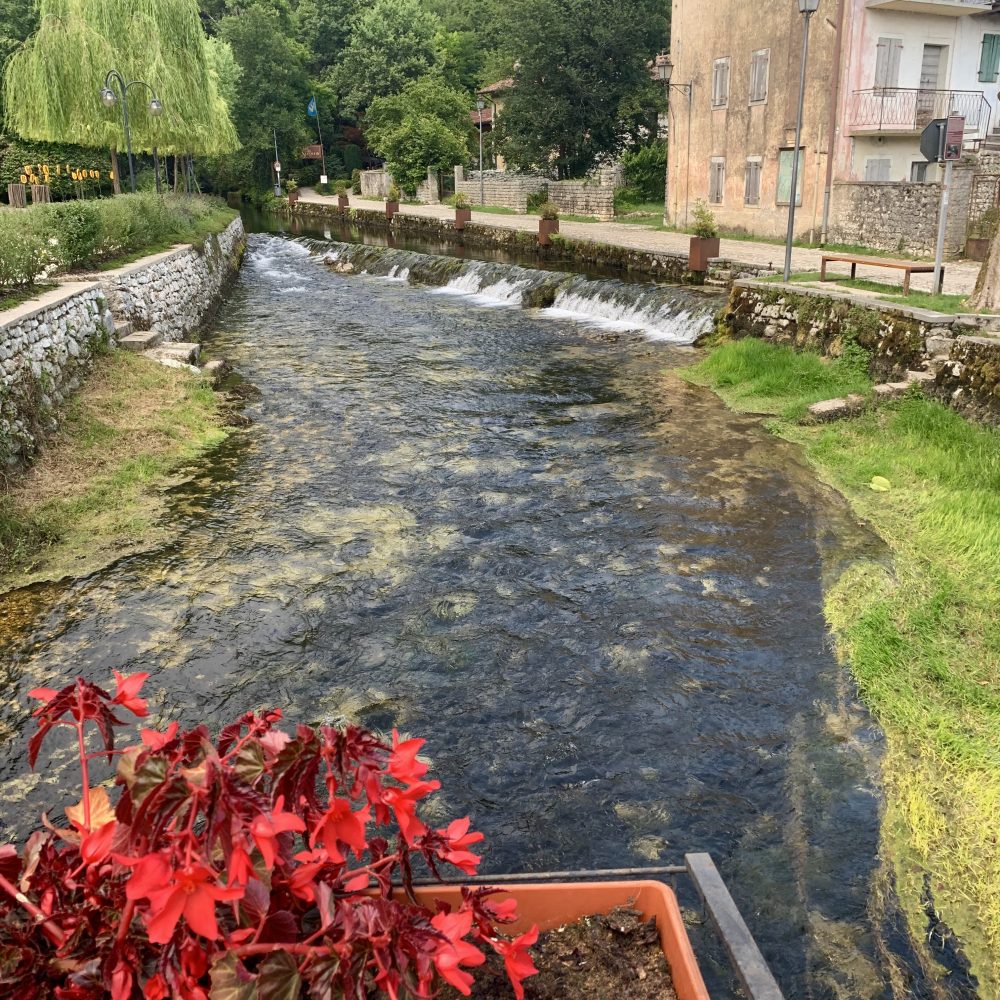
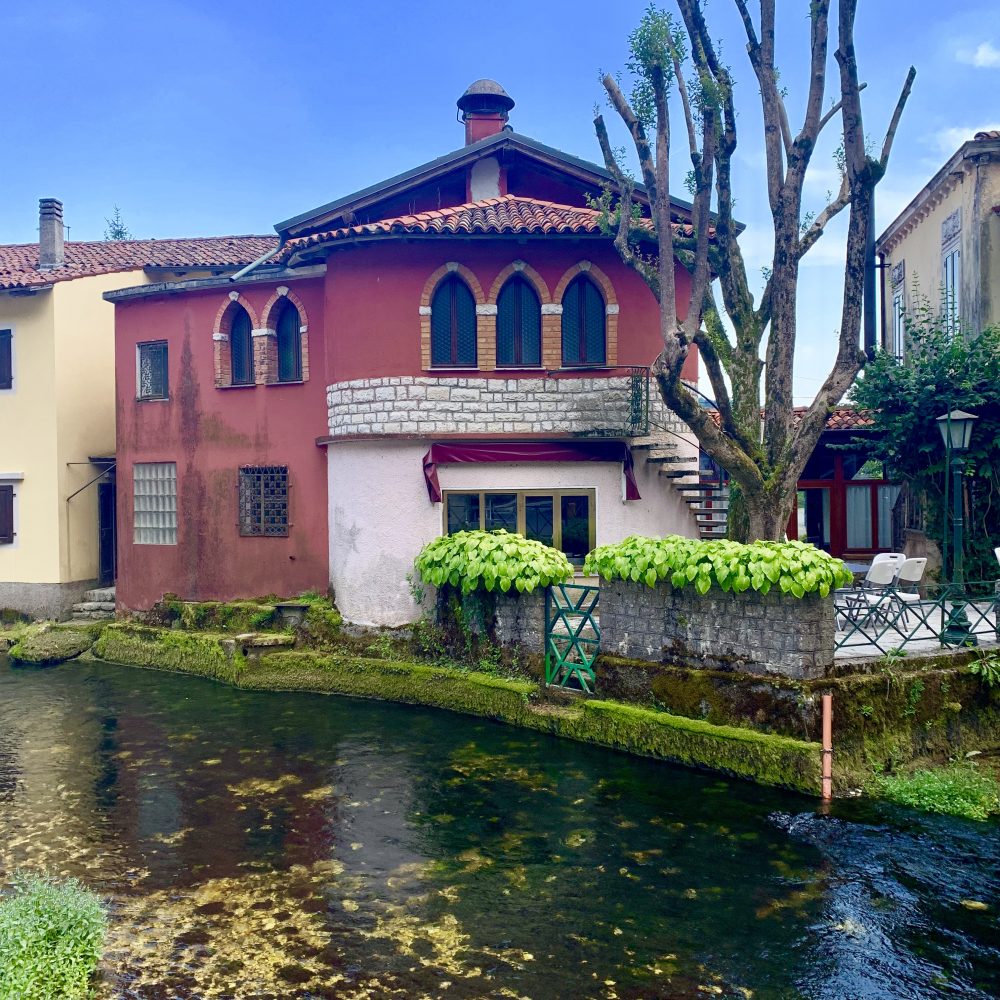
Gorizia is the home town of Louise Mozingo’s mom. We thought it was worth the drive. It was.
Located at the border between Italy and Slovenia, this town has changed hands many times—among rulers such as Austrian Hapsburgs, Venice, French Illyrian Provinces, and Yugoslavia. It has always been a multi-ethnic city. The last time the city changed hands was at the end of WWII when Gorizia was awarded to Italy.
The city’s graceful architecture and landscape have been heavily influenced by Austria and Slovenia, prior rulers. Many Austrian aristocrats summered here, and deposed French Bourbons settled here. Many of the streets are lined by impressive large mature trees.
Louise recommended a local restaurant, Trattoria Torri, that turned out to be great. No menus. Filled with groups of local men on their lunch breaks.

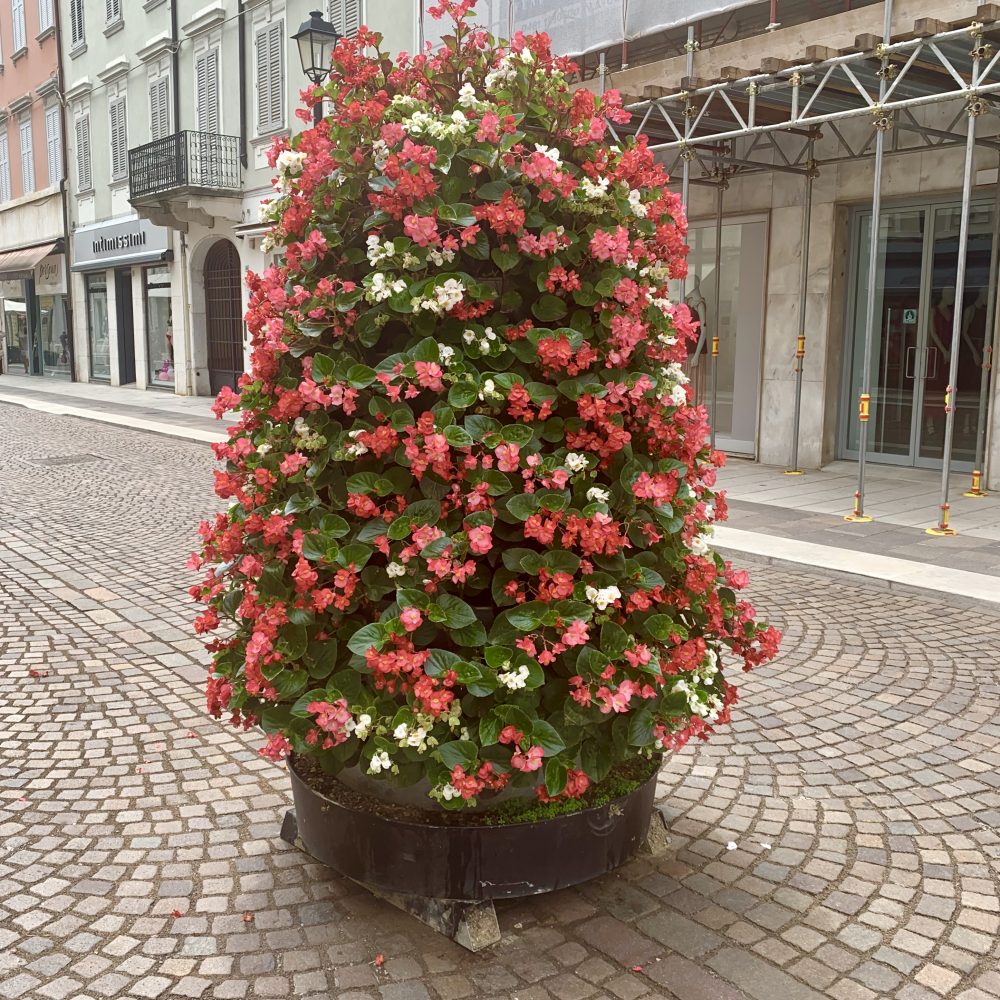
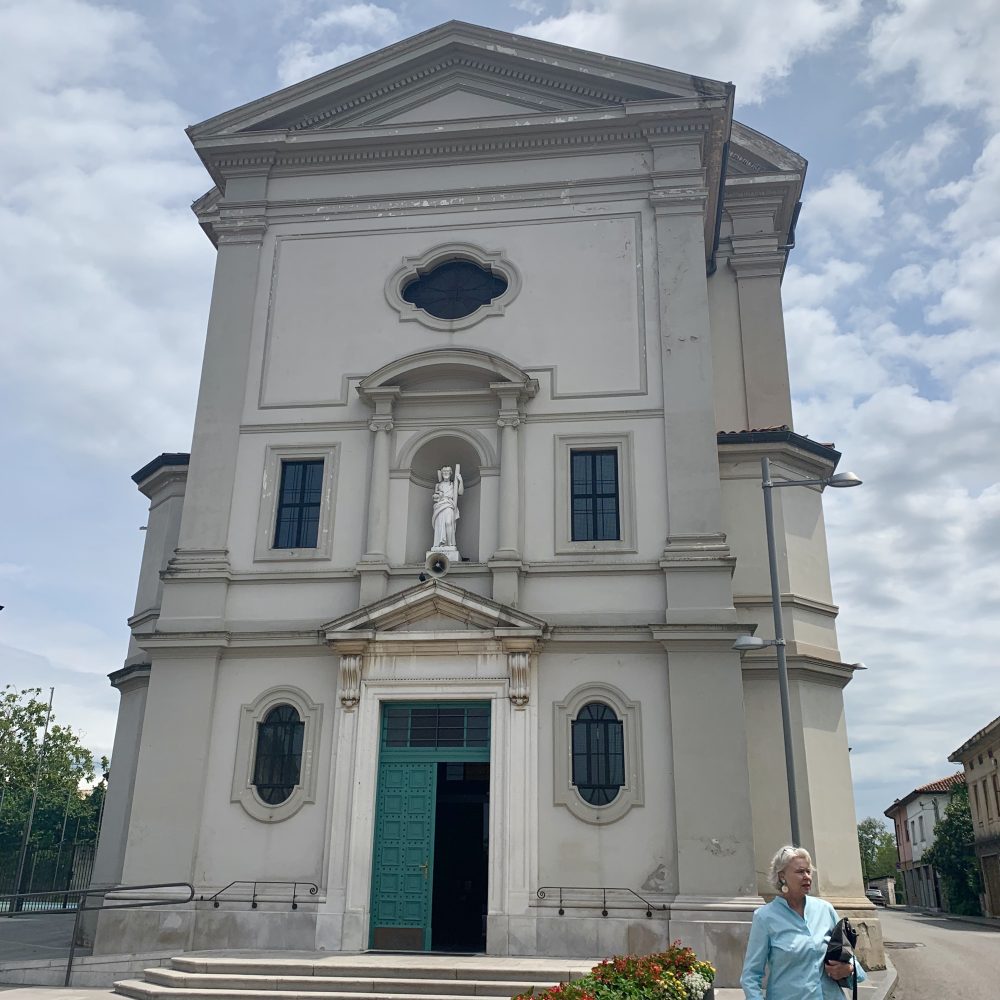
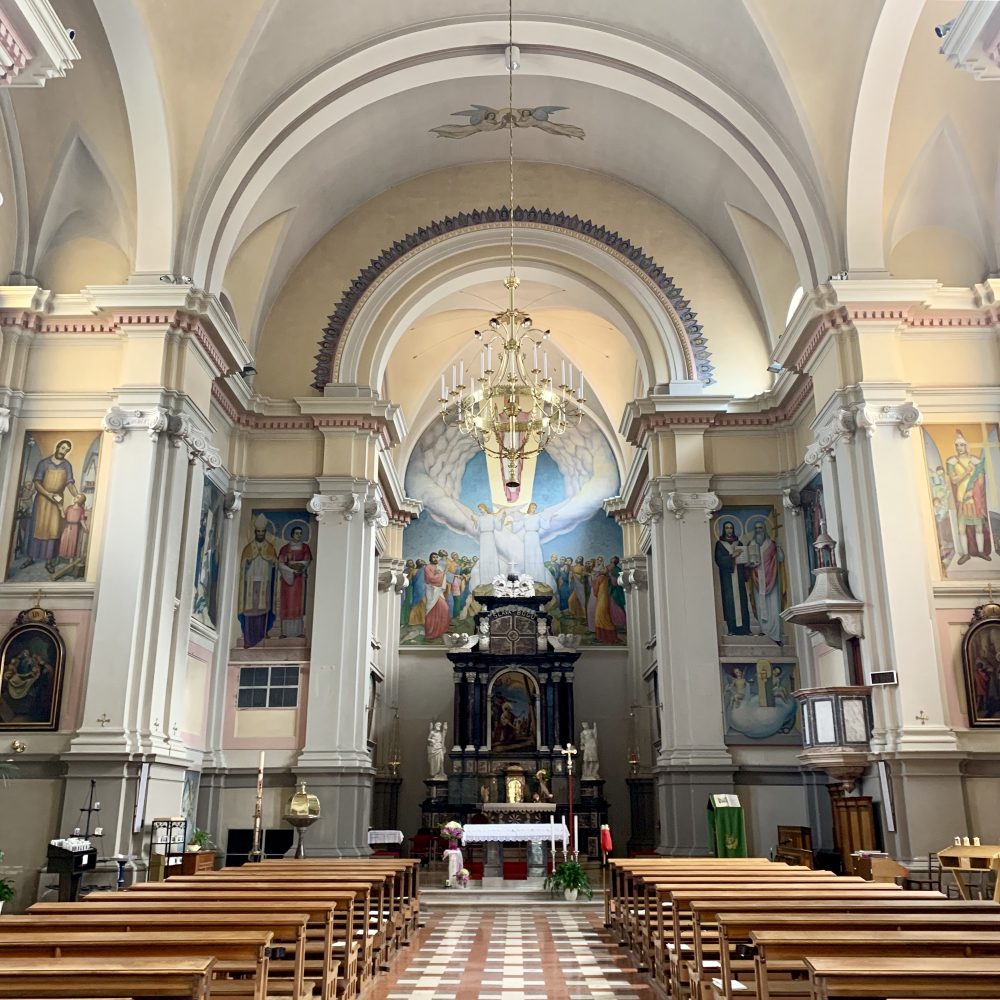
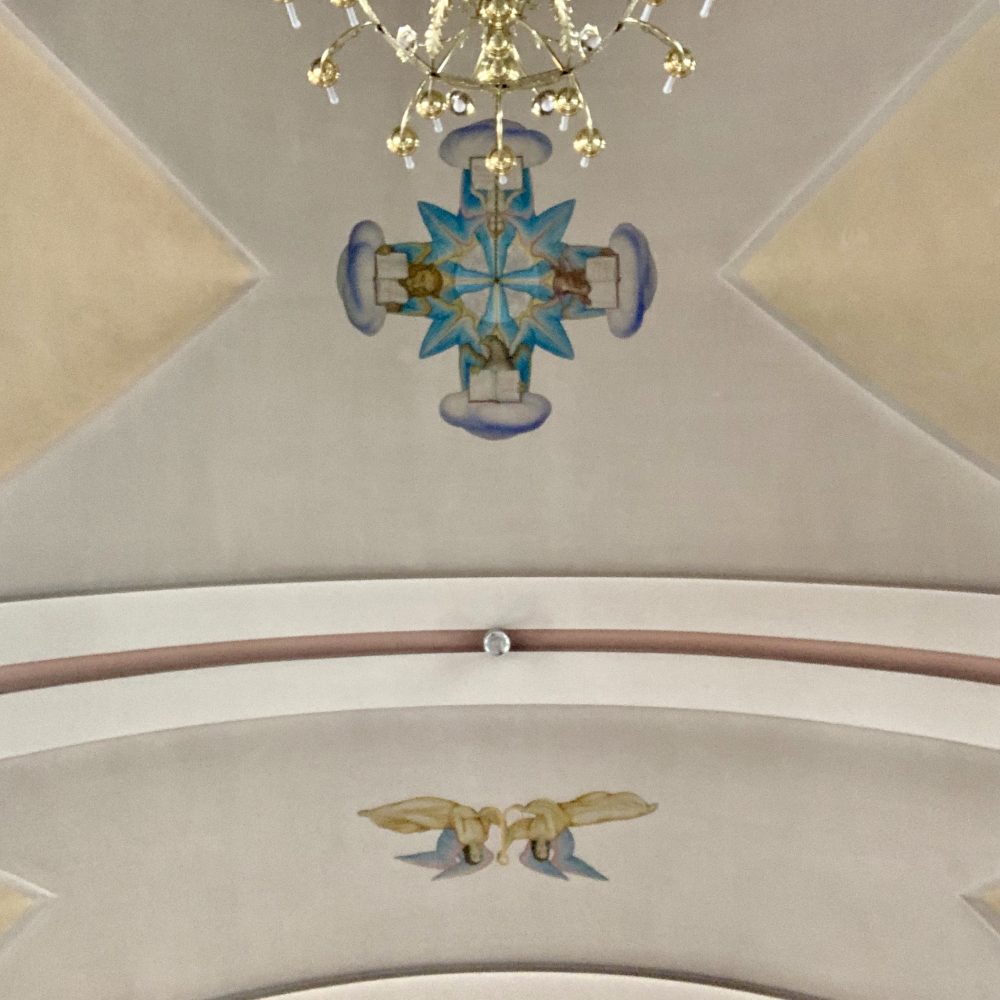
Another recommendation by Louise Mozingo, this small medieval town was settled by Veneti and Celts. Like so many places in what we now know as Italy, it was taken over by Romans, invaded by Lombards, etc., etc. Nice place. Worth at least a one-hour visit.
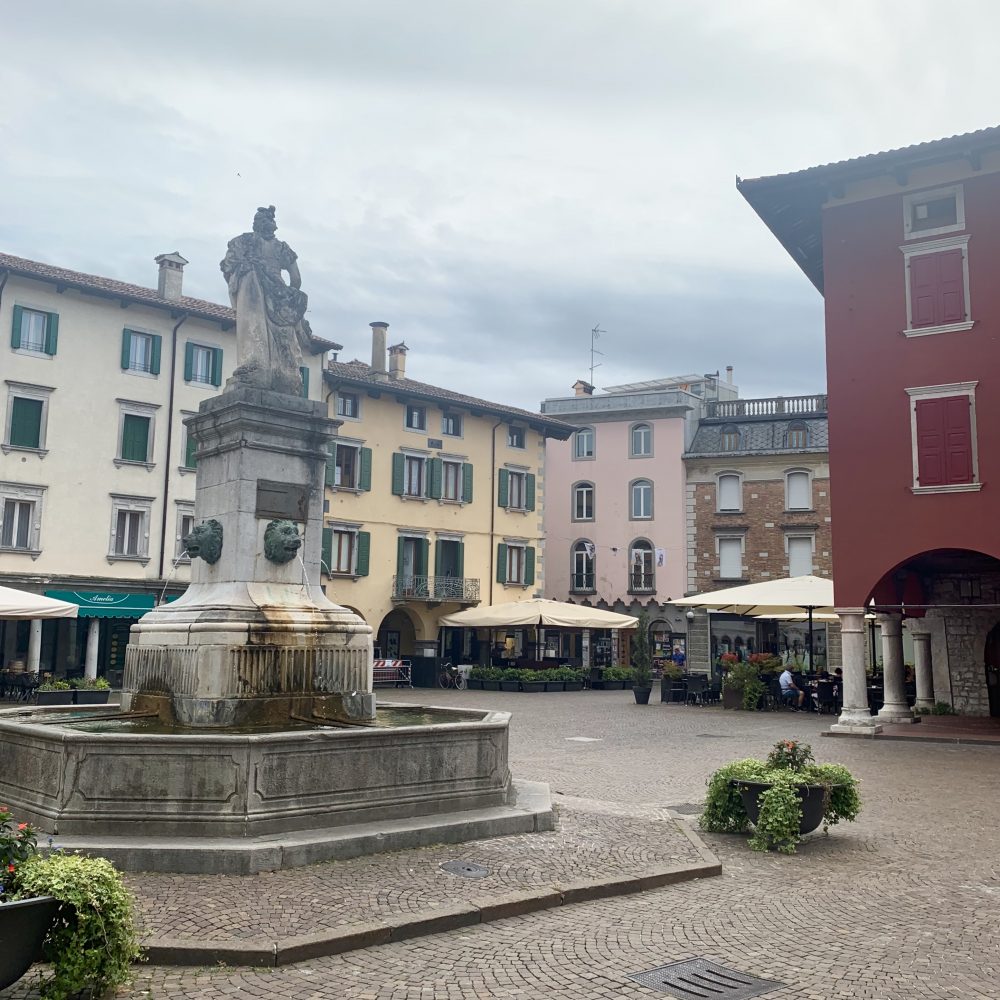
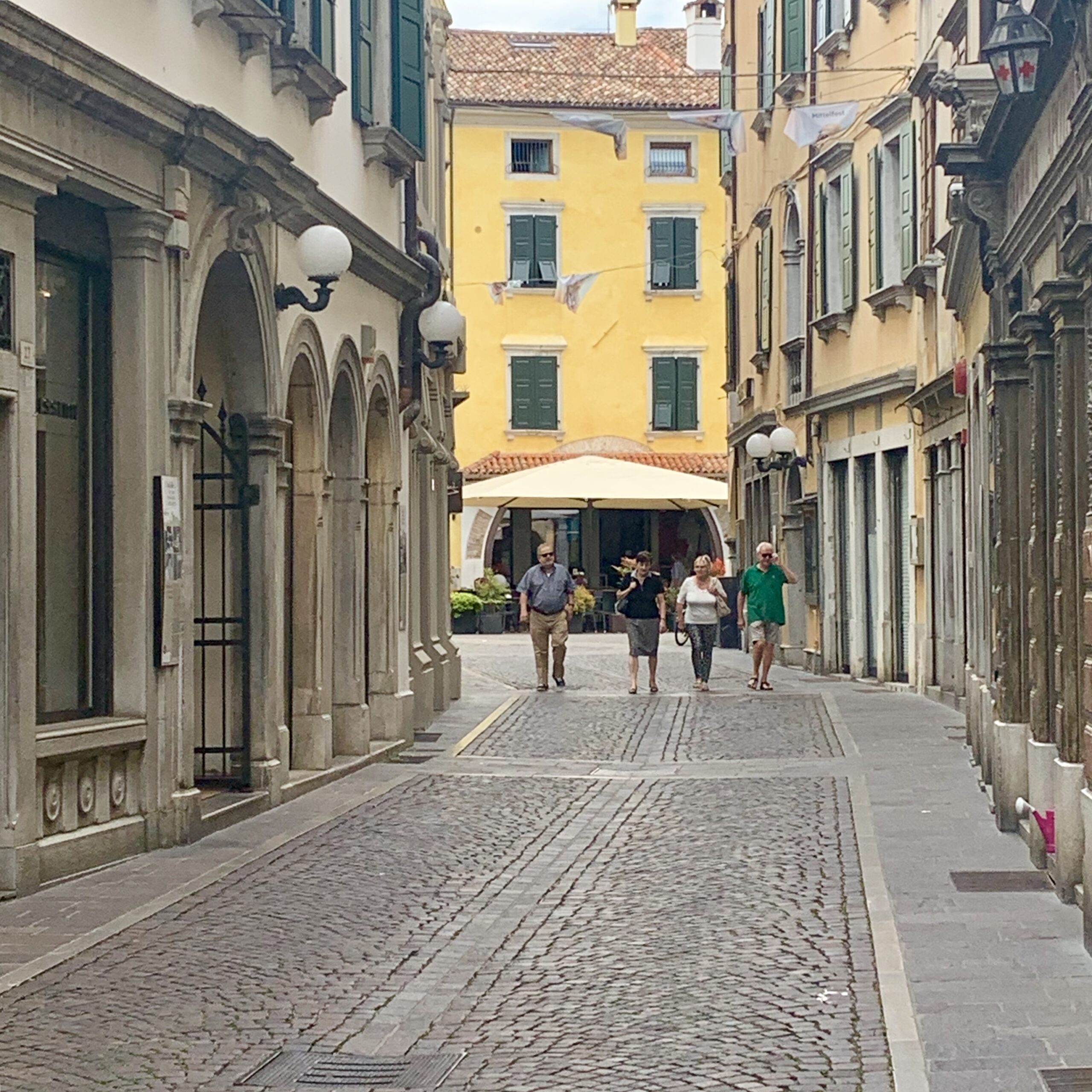
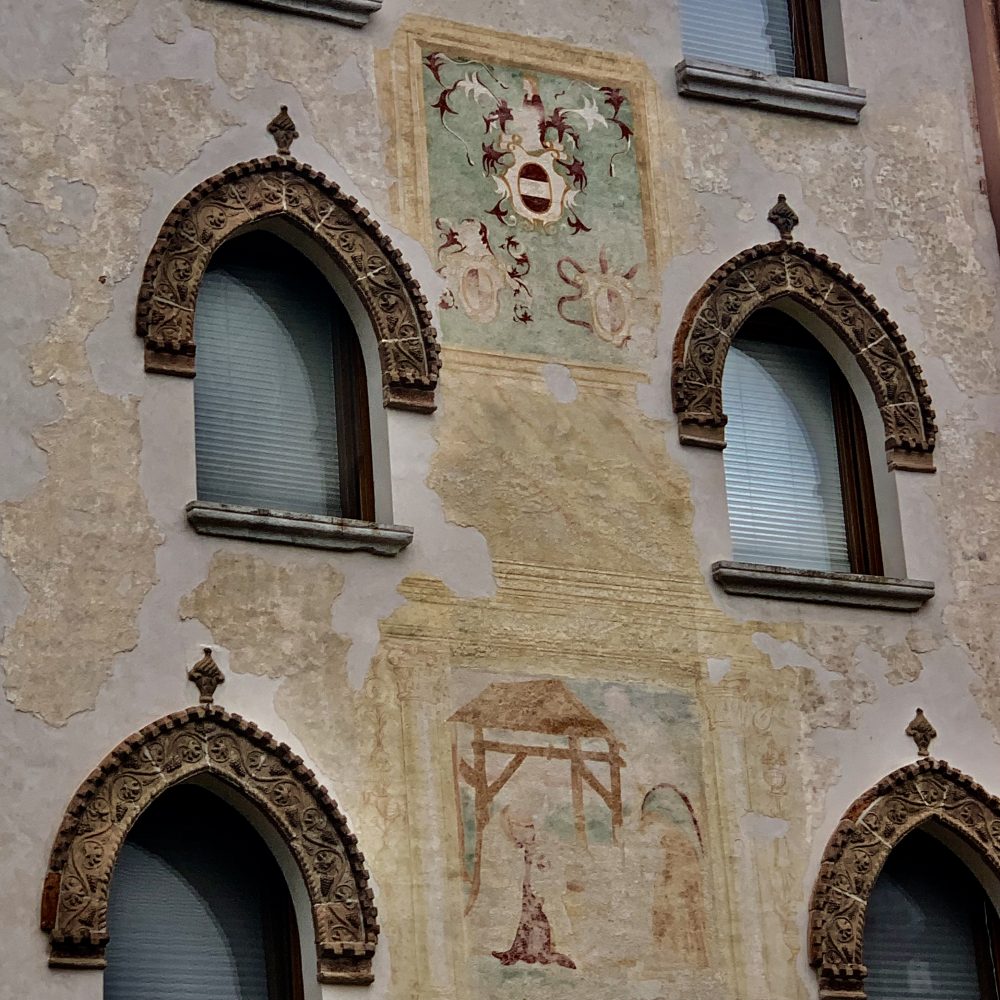
This is a great place to visit and perhaps stay for a few days. In fact, a recent article in the New York Times suggested Treviso as an alternative to crowded Venice. Venice is only 30 minutes away by train, making day trips easy. But if you drive to Treviso, plan on spending 30 minutes to find a parking space!
At 85,000, Treviso is the largest city in the region, and an elegant collection of gothic, renaissance, and Liberty (Noveau) buildings. It is the home of Benetton, De’Longhi, and other sport and clothing companies. The retail streets are lined with attractive shops, but at midday the town is quiet. Tourists are few and far between. In Treviso, Bonnie especially liked the new museum of classic Italian posters, the Salce Collection.
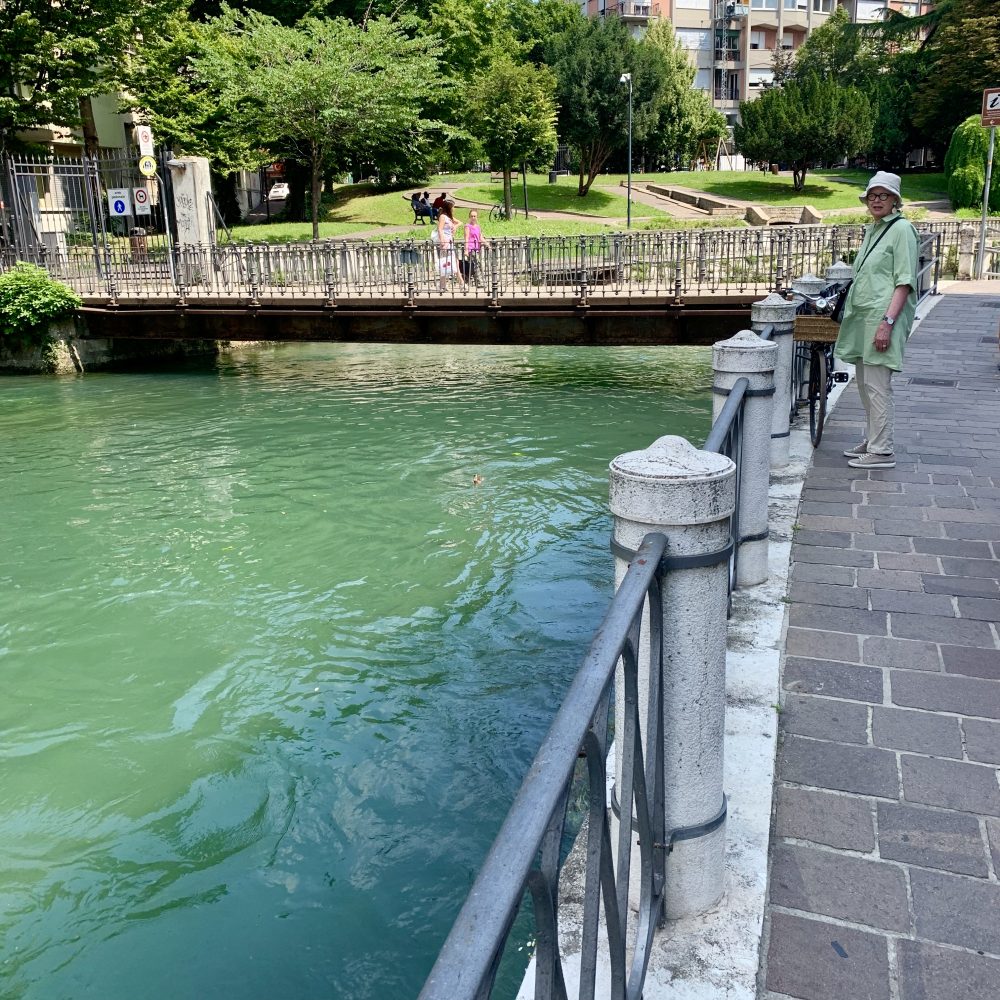
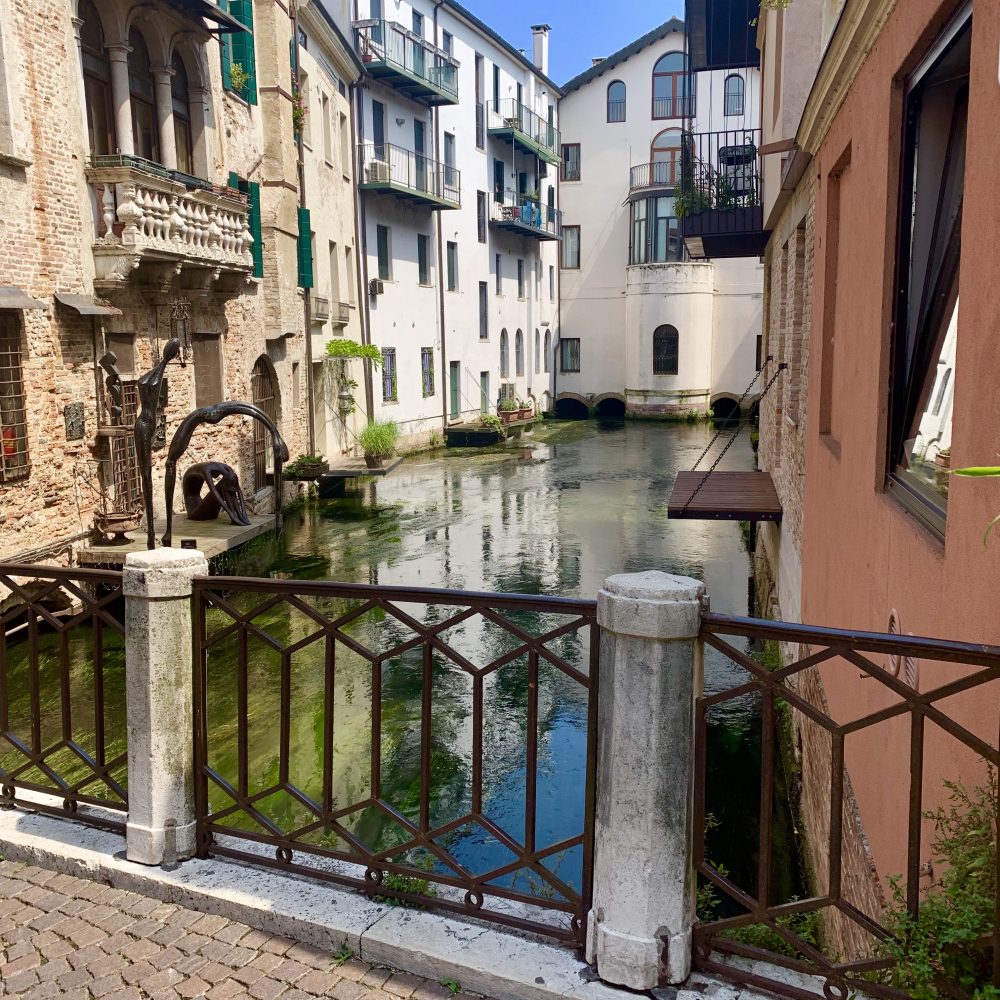
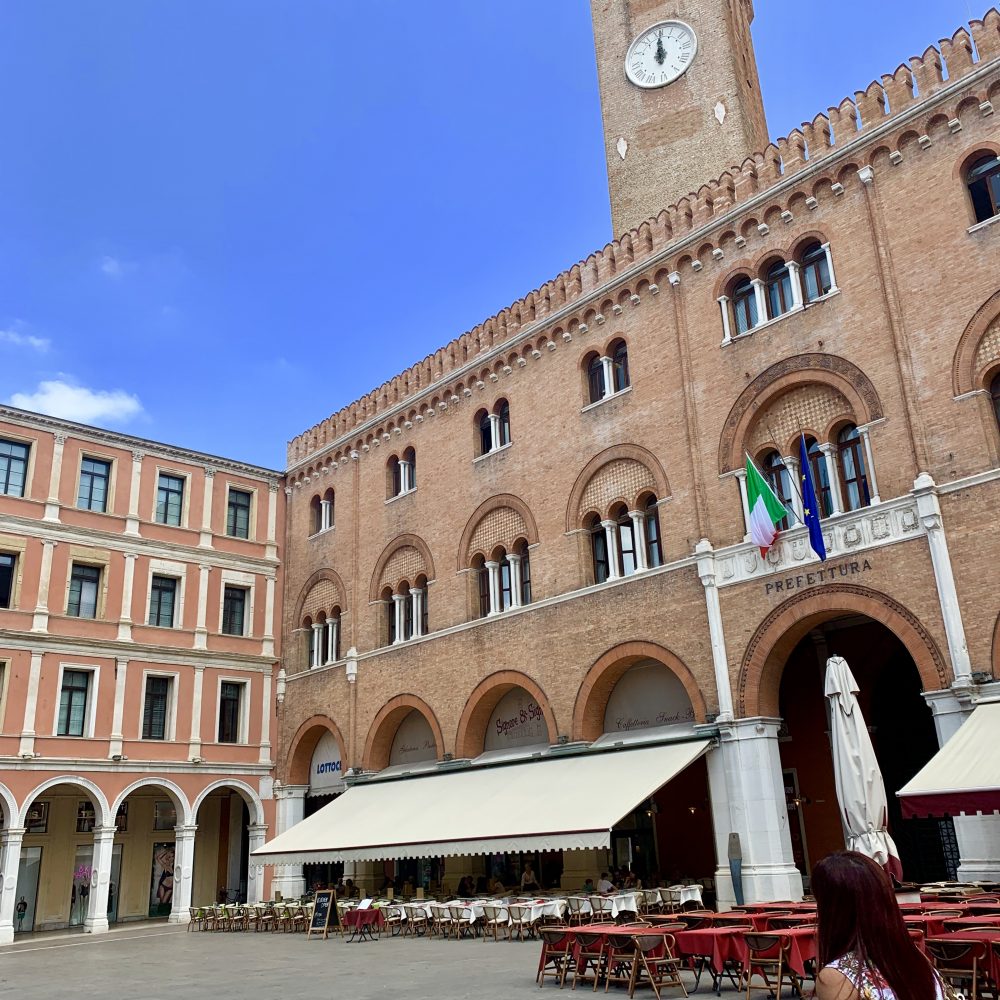
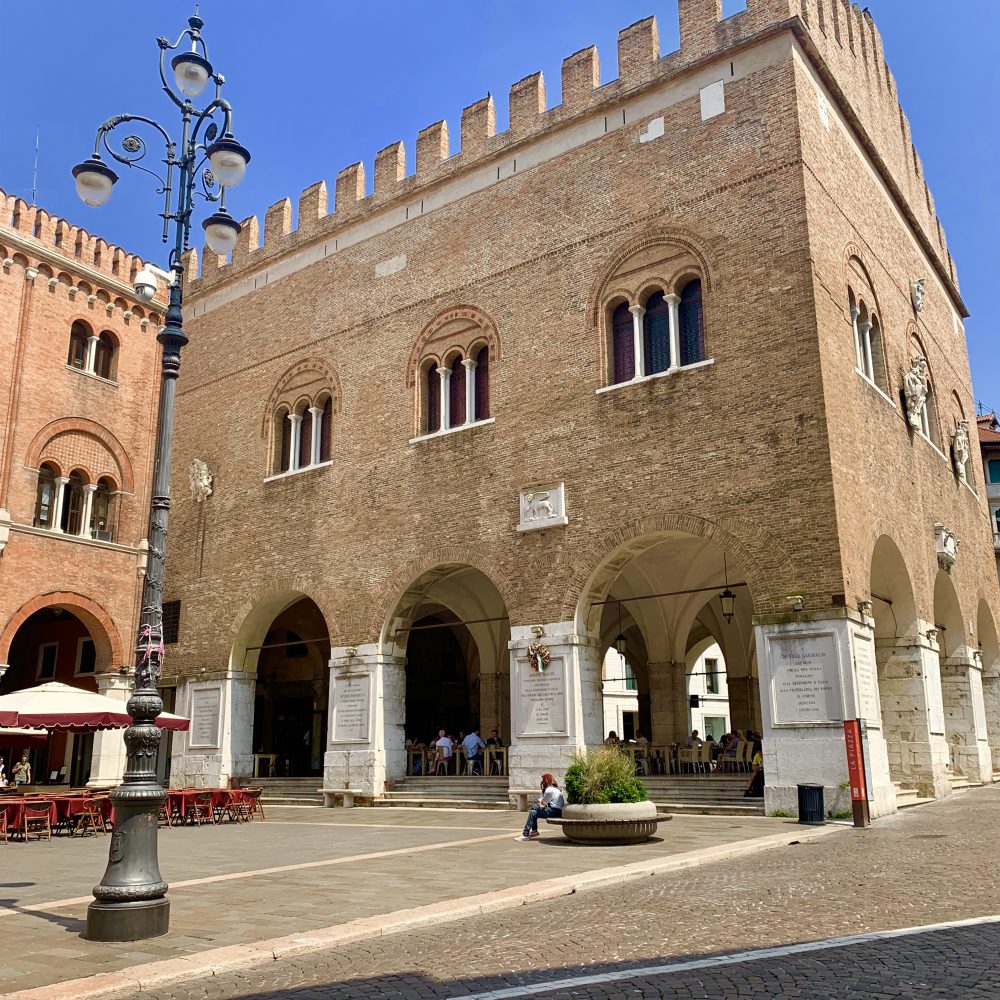
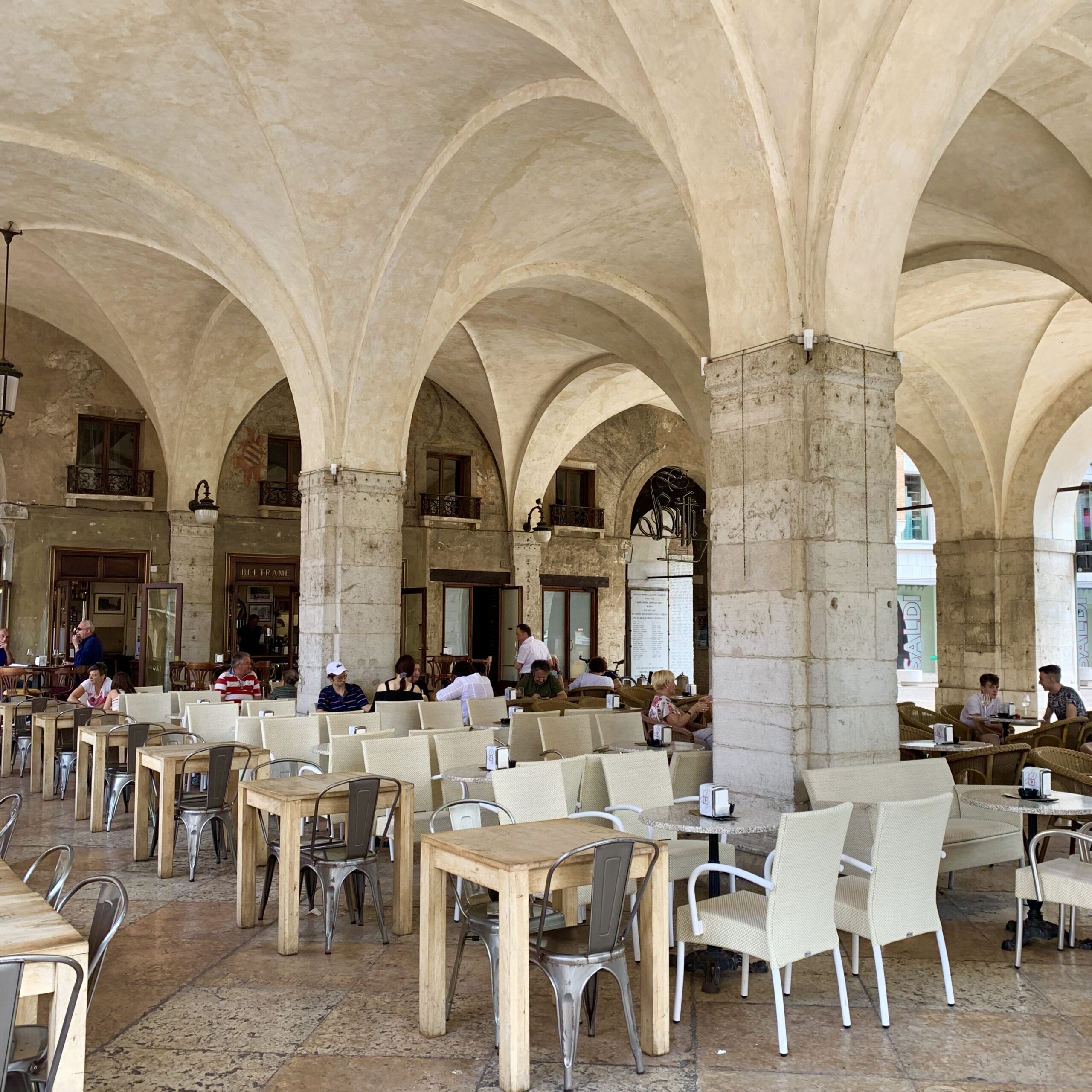
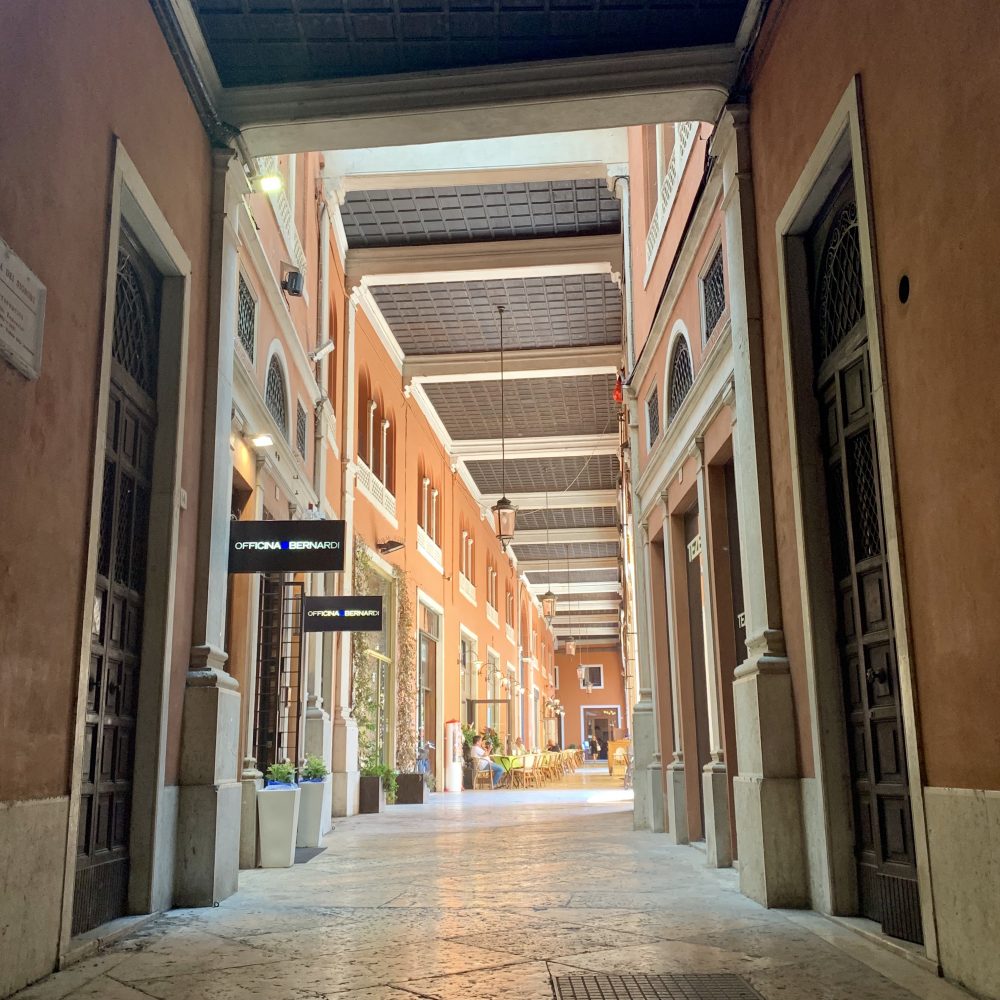
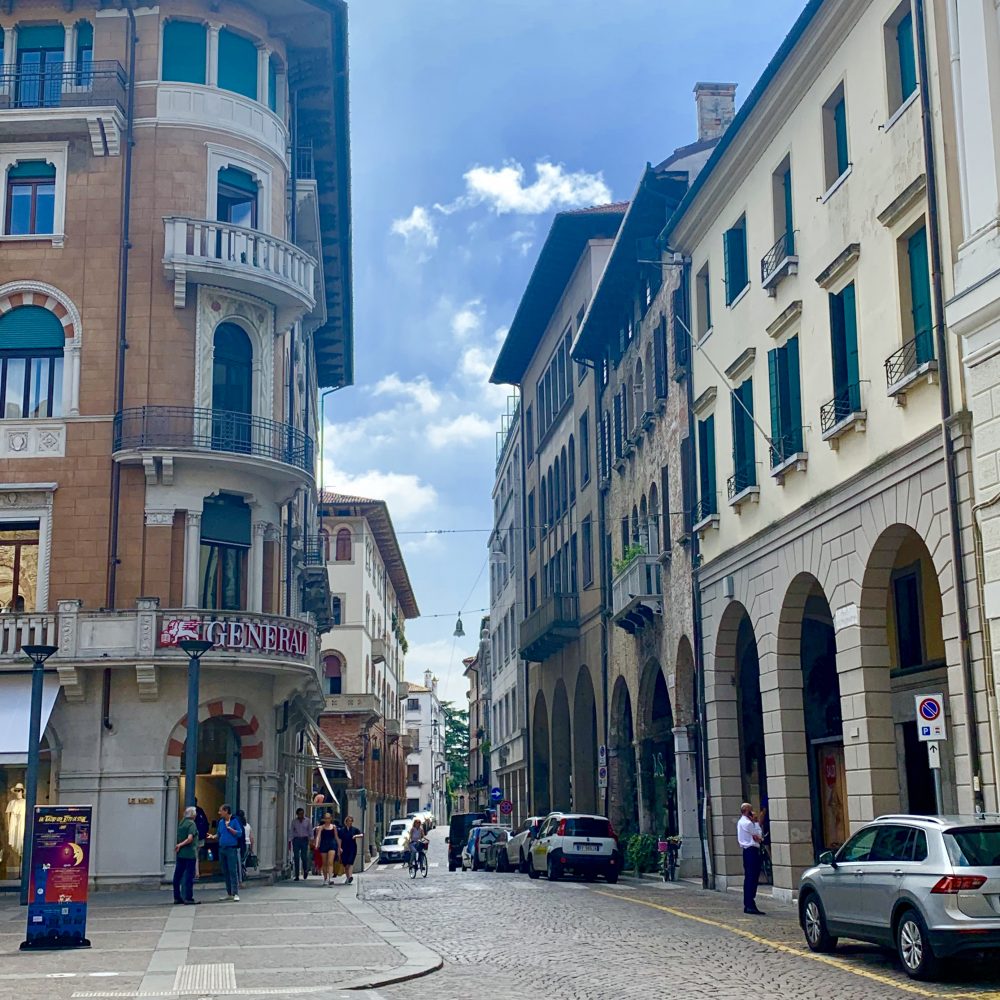
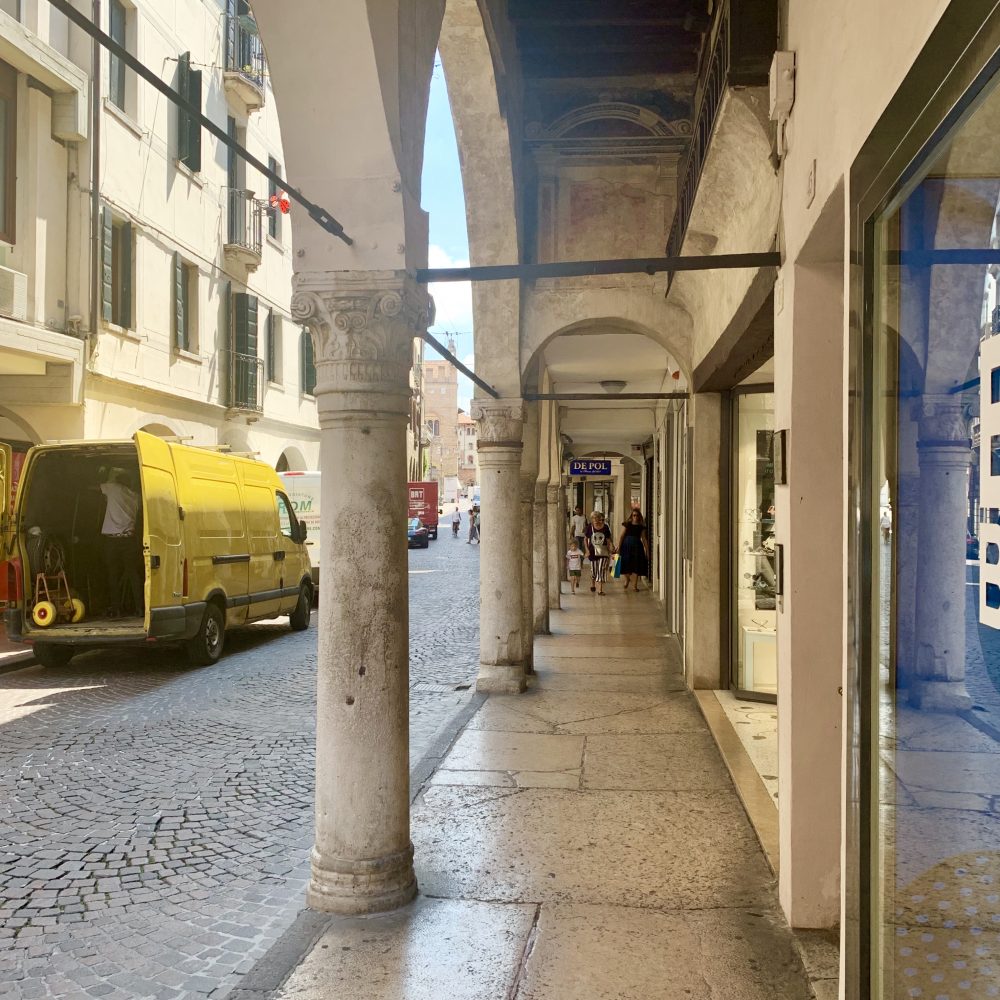
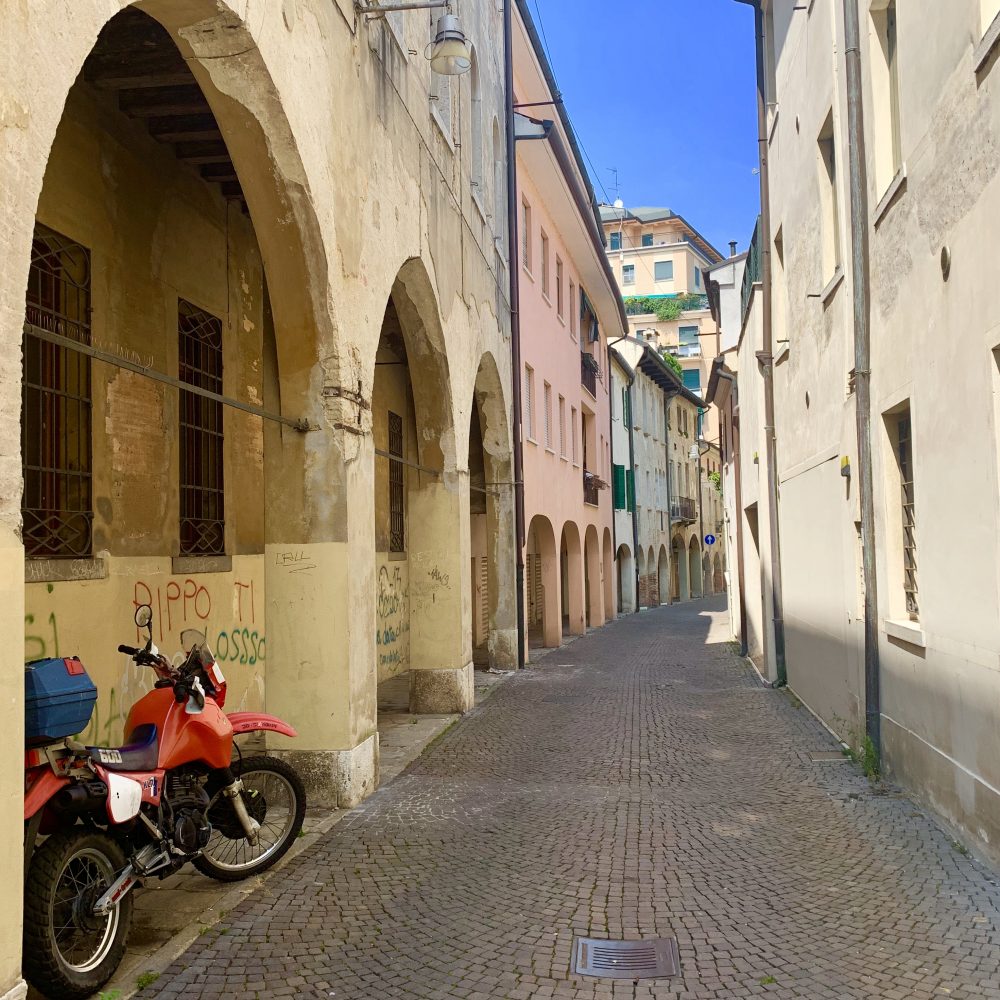
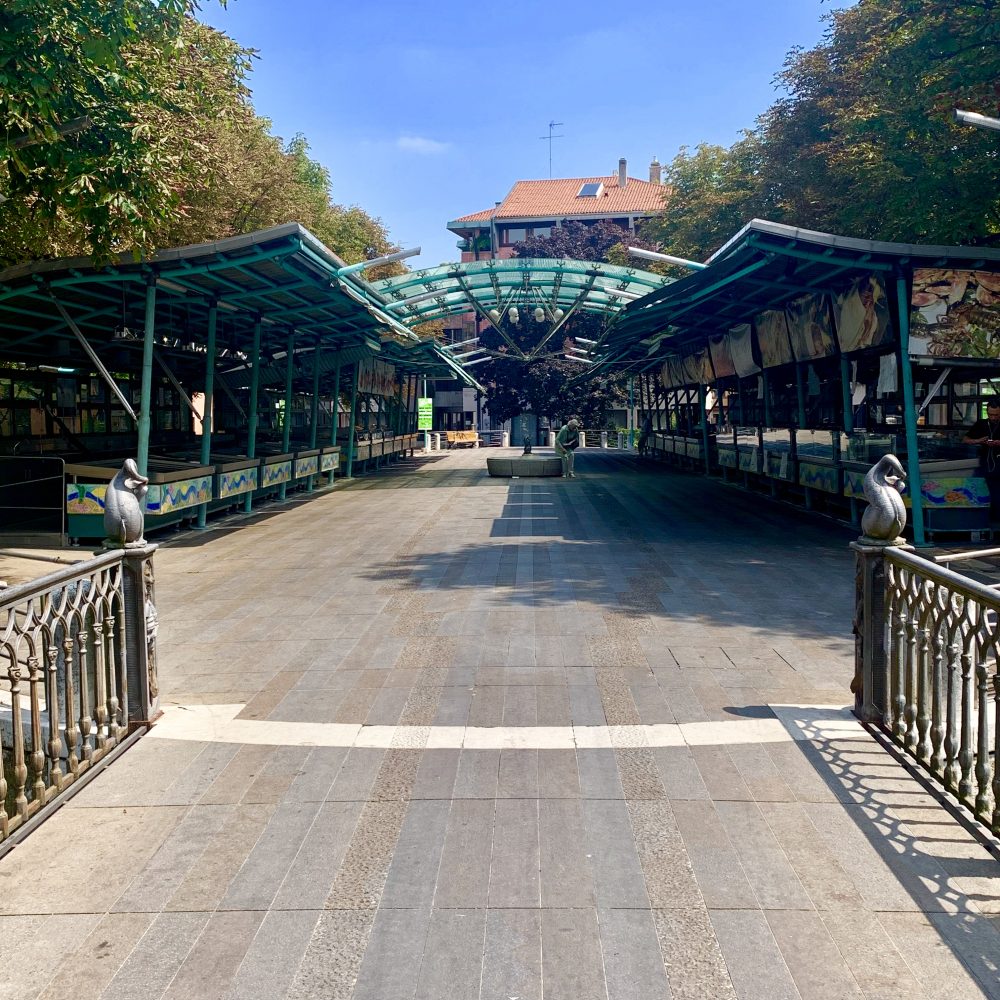
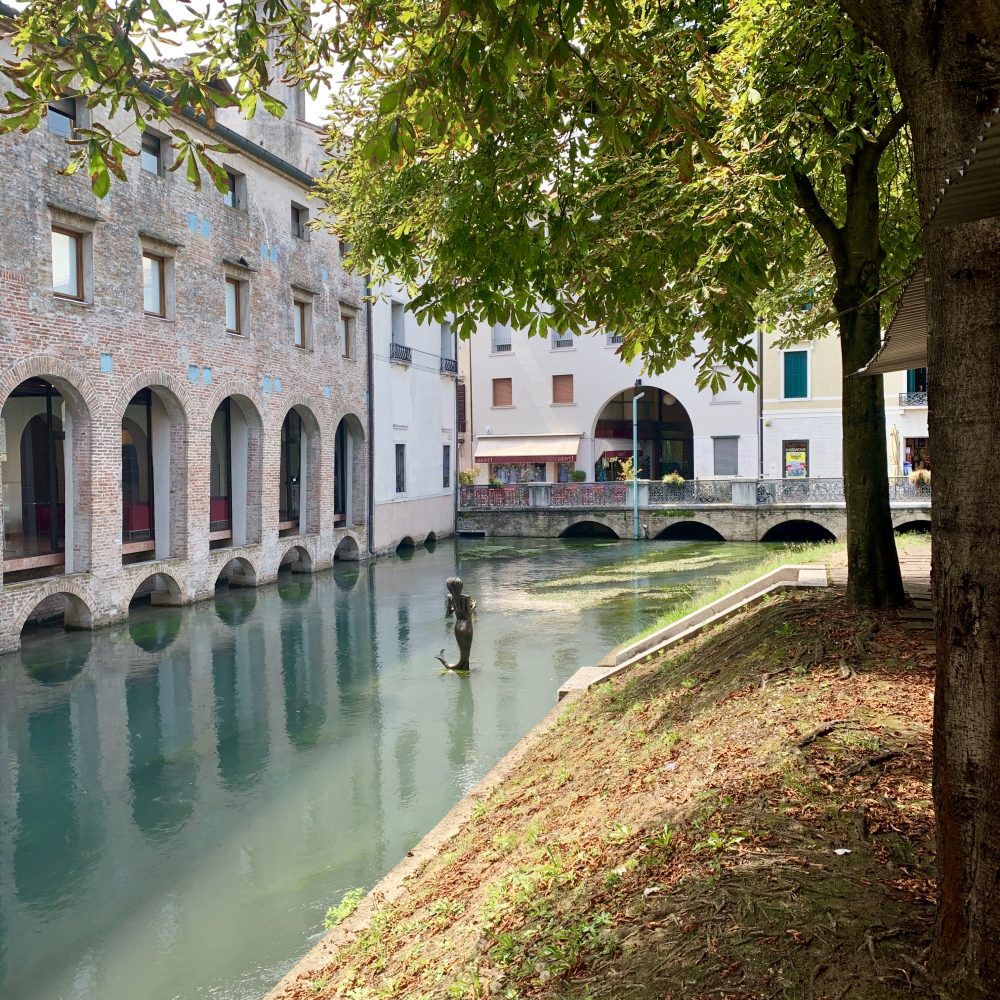
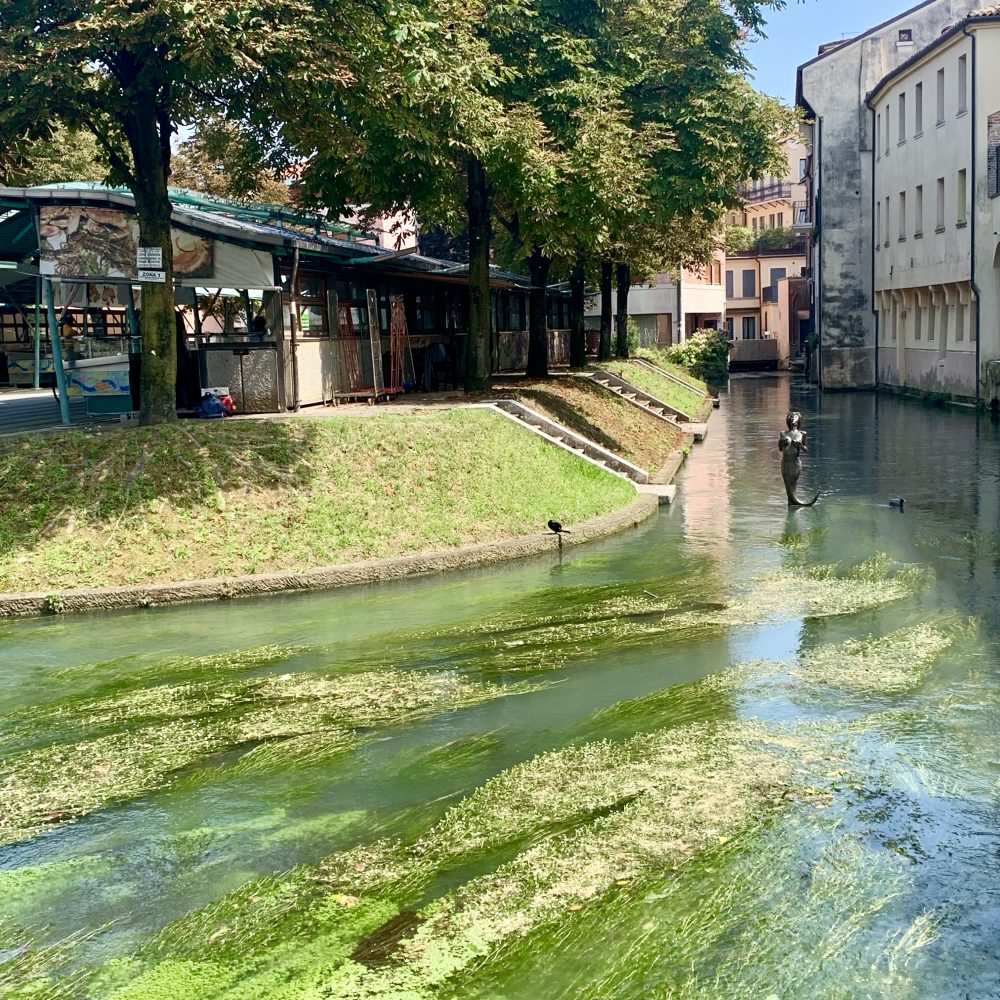
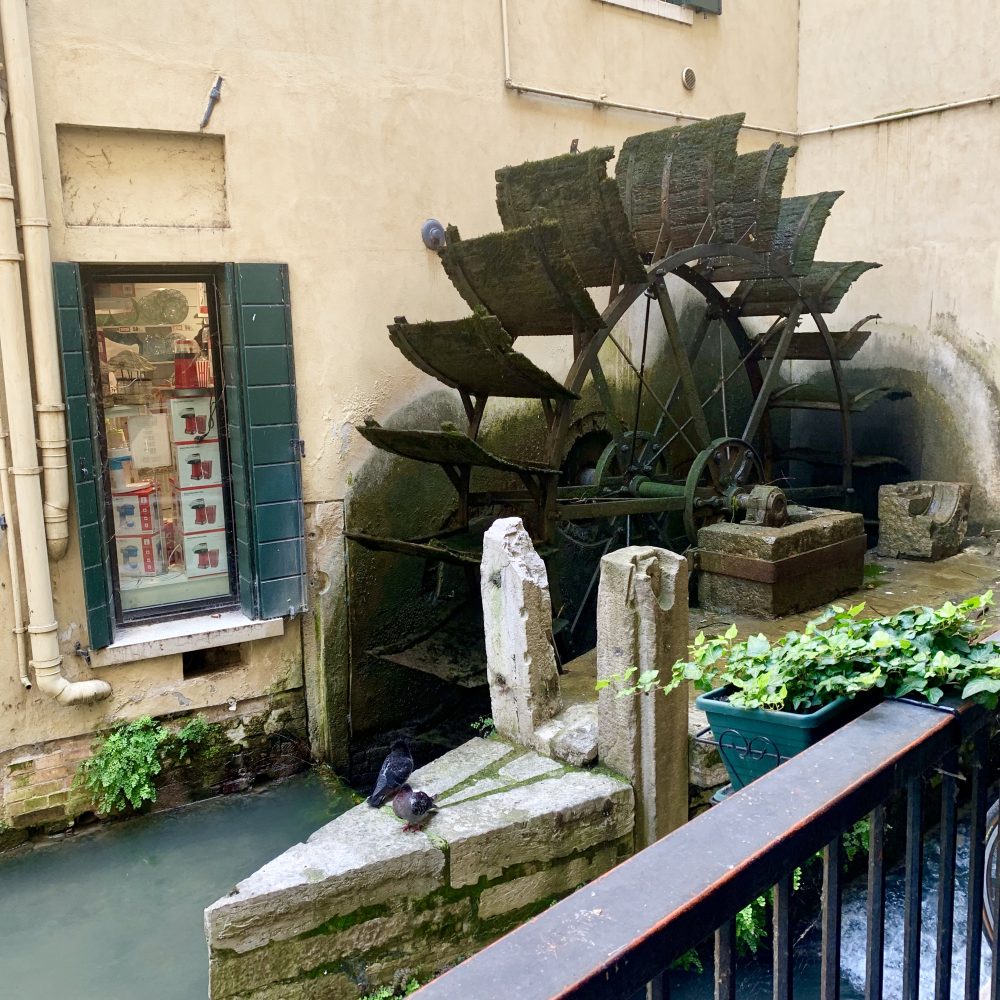
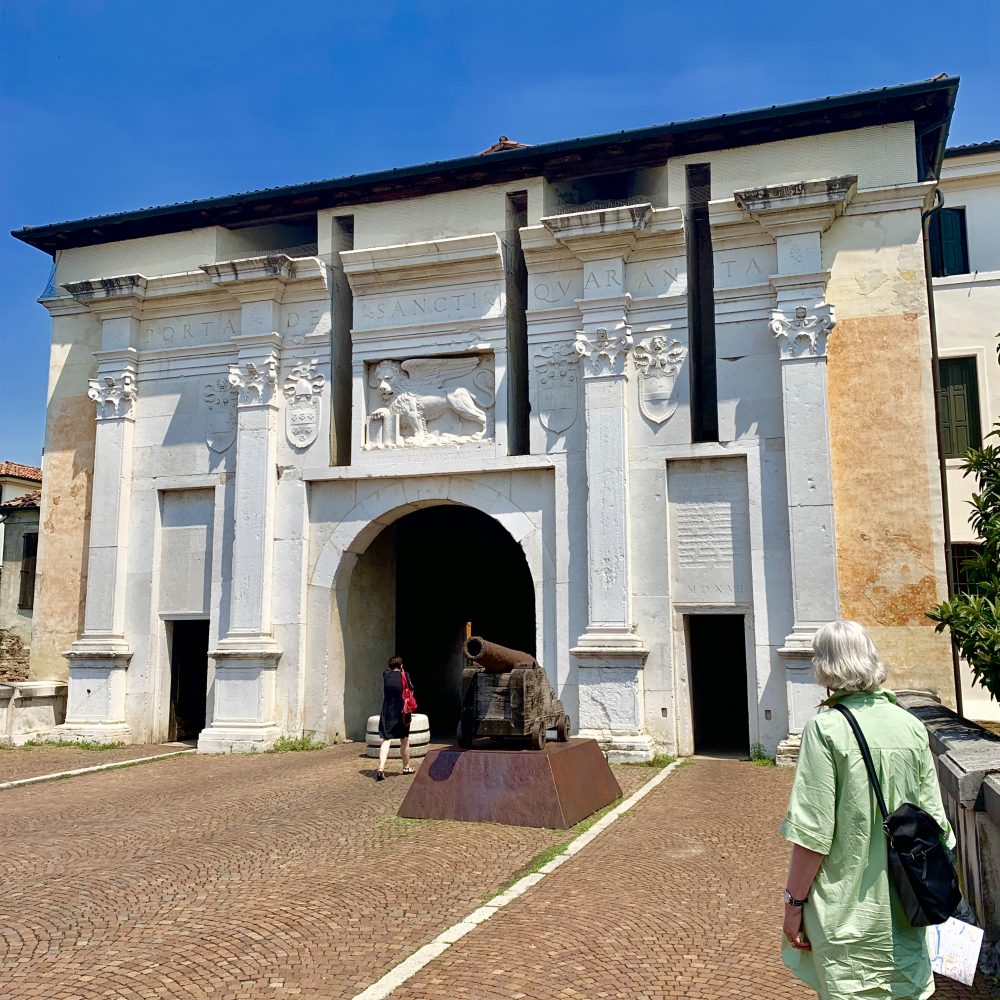
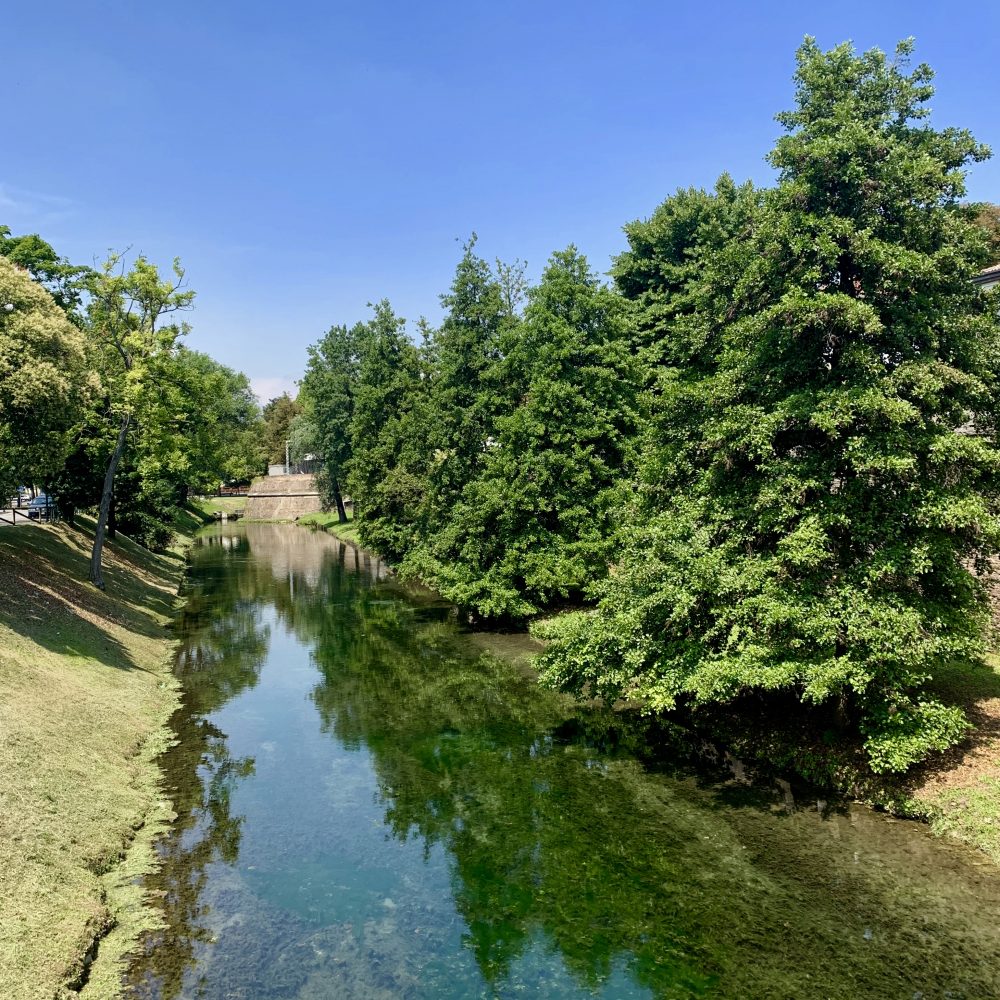
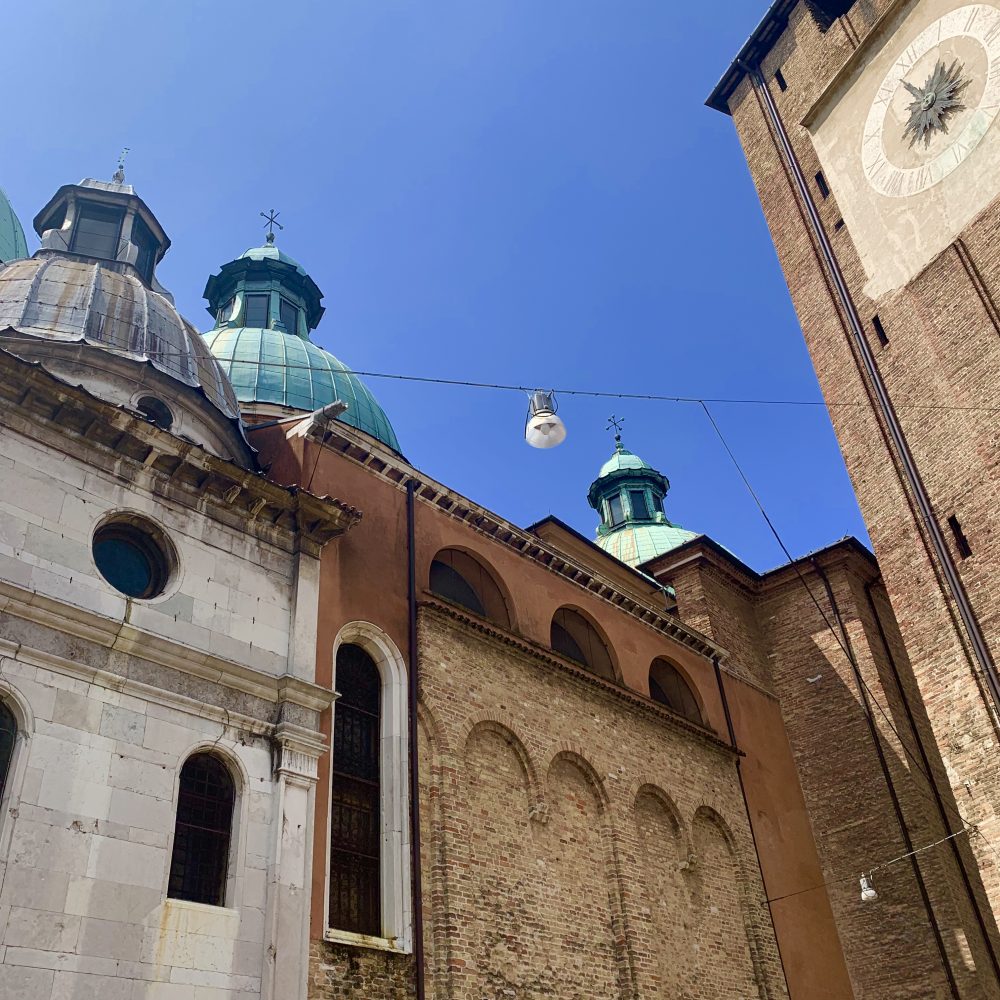
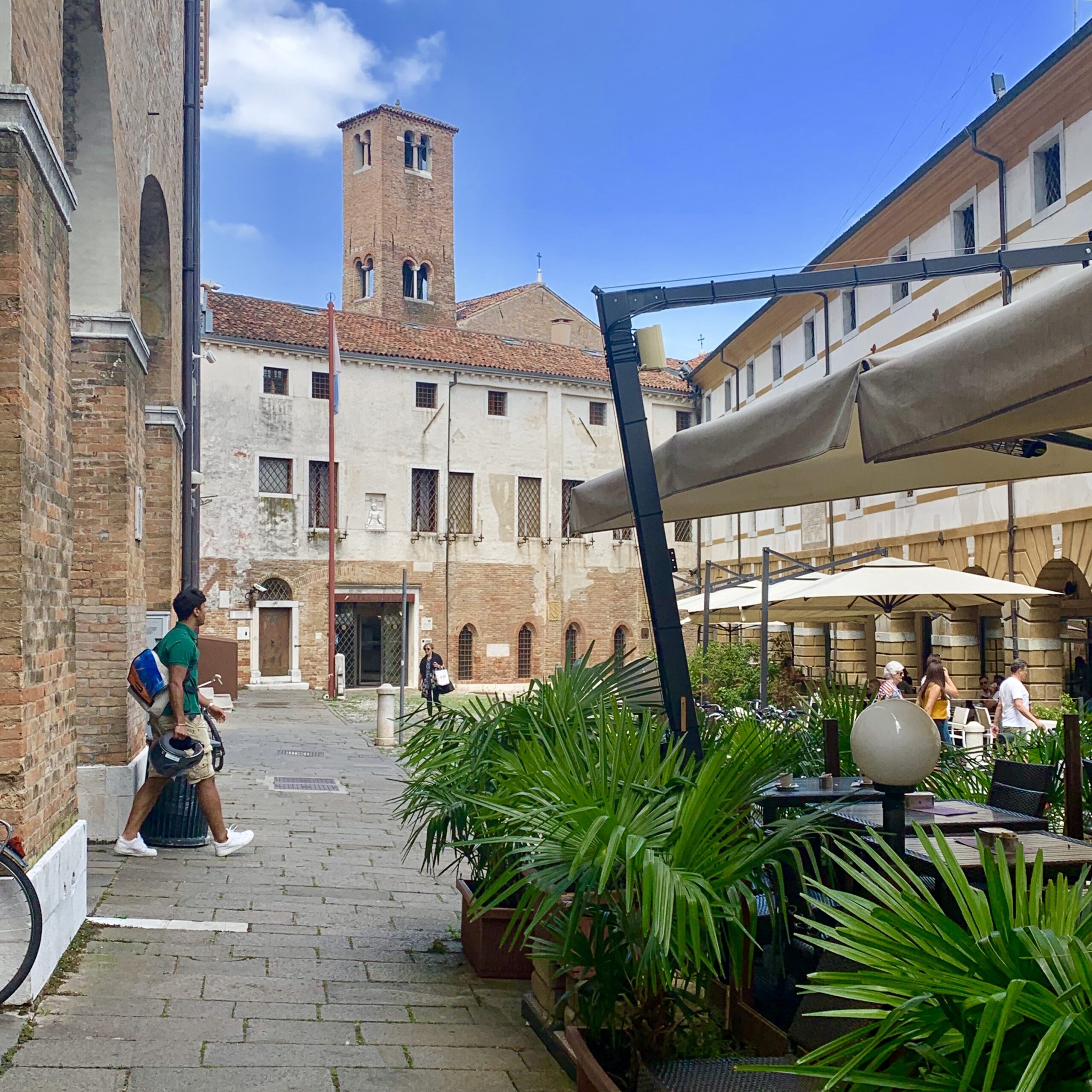
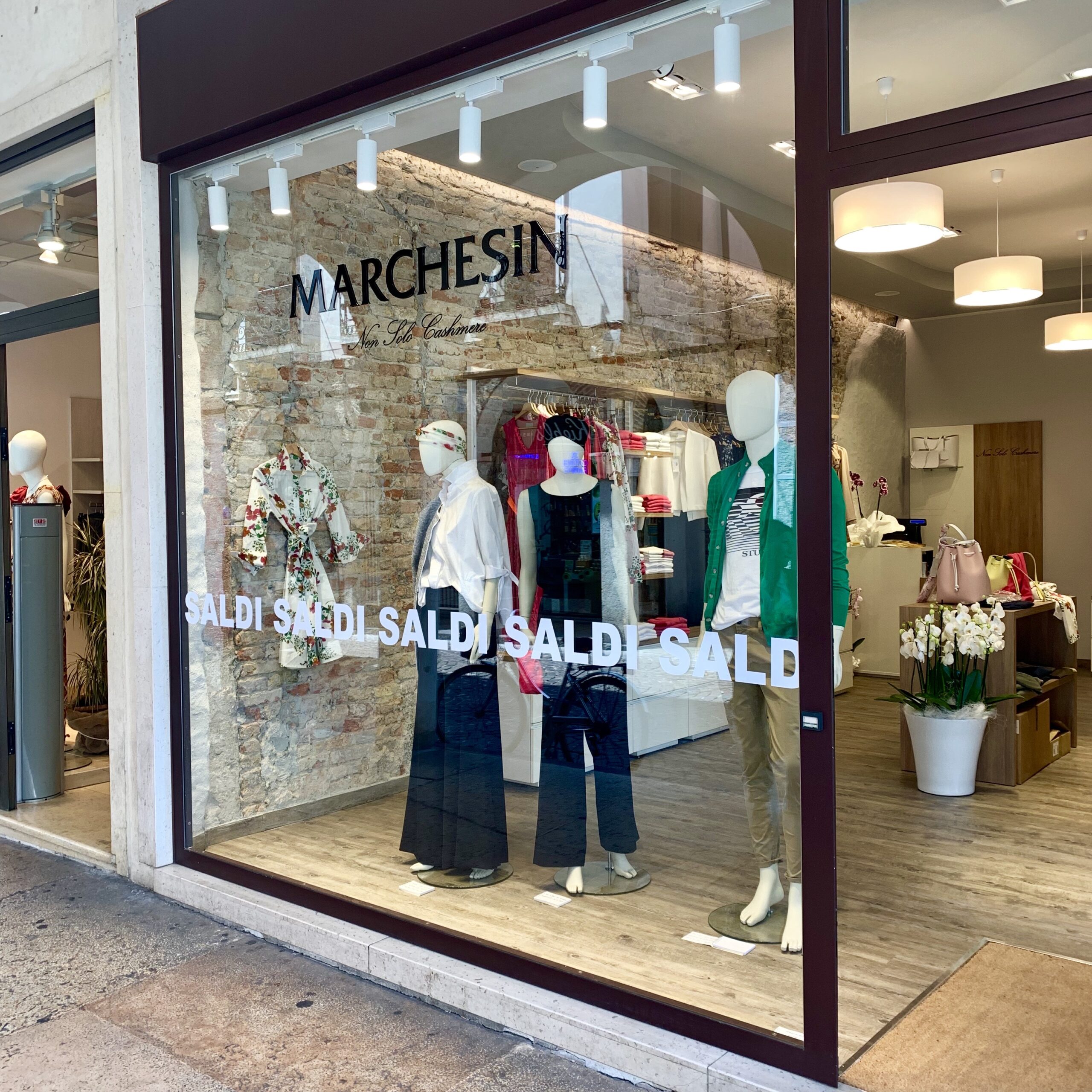
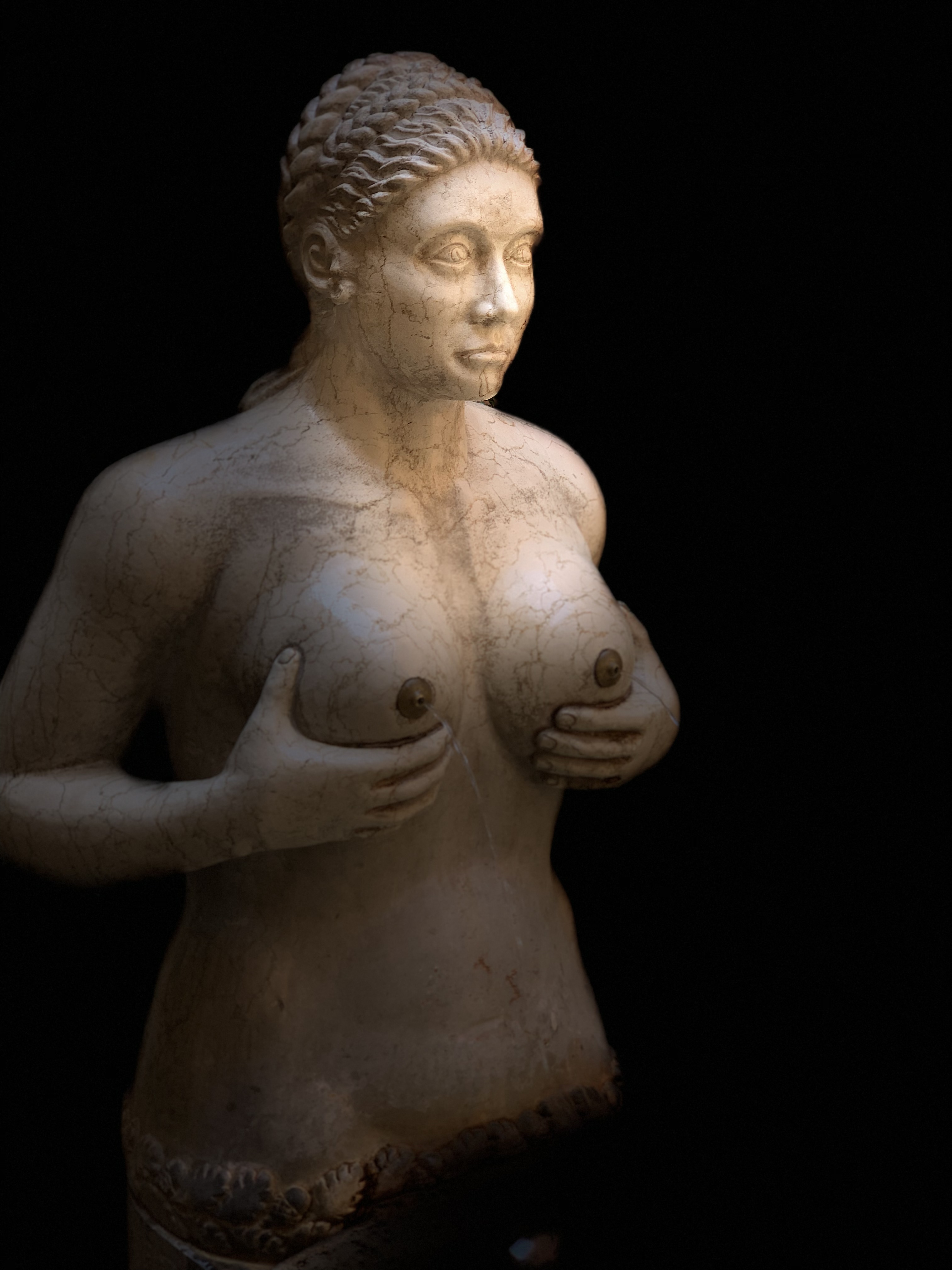
We took a nice ride up to Follina and Cison (towns on the Strada del Prosecco discussed later in this post) with Miryam, Alessandro, Leonardo, and Michele. Nocciola stayed home. We stopped first in Follina to visit an ancient abbey and then on to Cison for lunch and more sightseeing.
First mentioned in the early 12th century, the abbey consists of the cathedral and a cloister. It is quite beautiful and well preserved. The quality of art in the church is exceptional, which is true of many churches in the Veneto because they would draw on painters from nearby Venice.
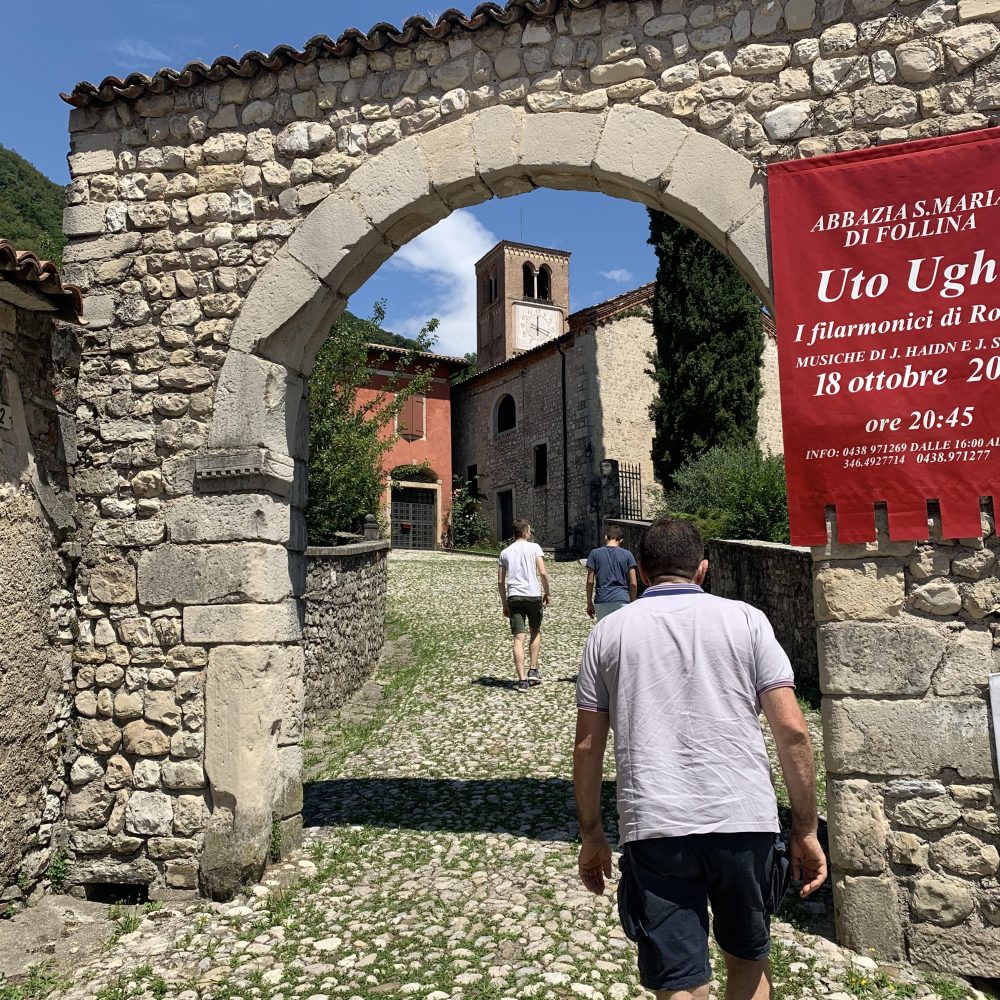
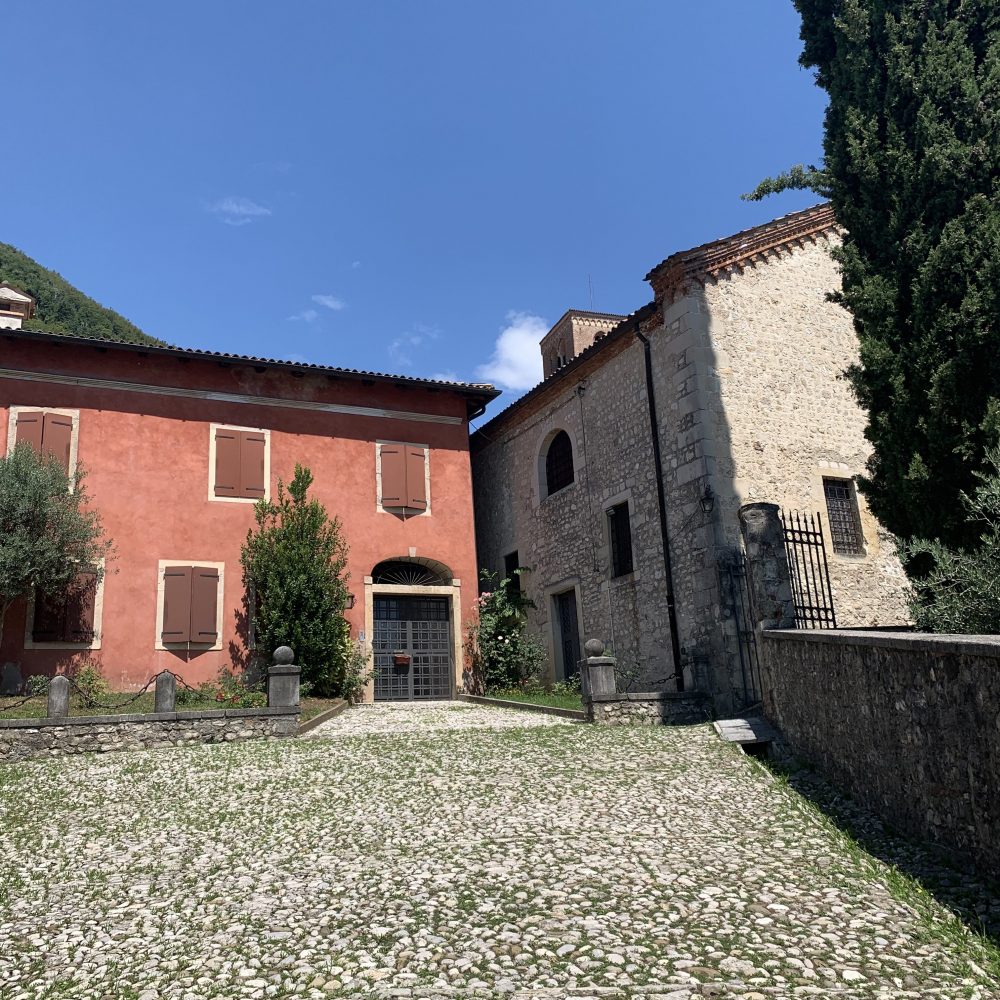
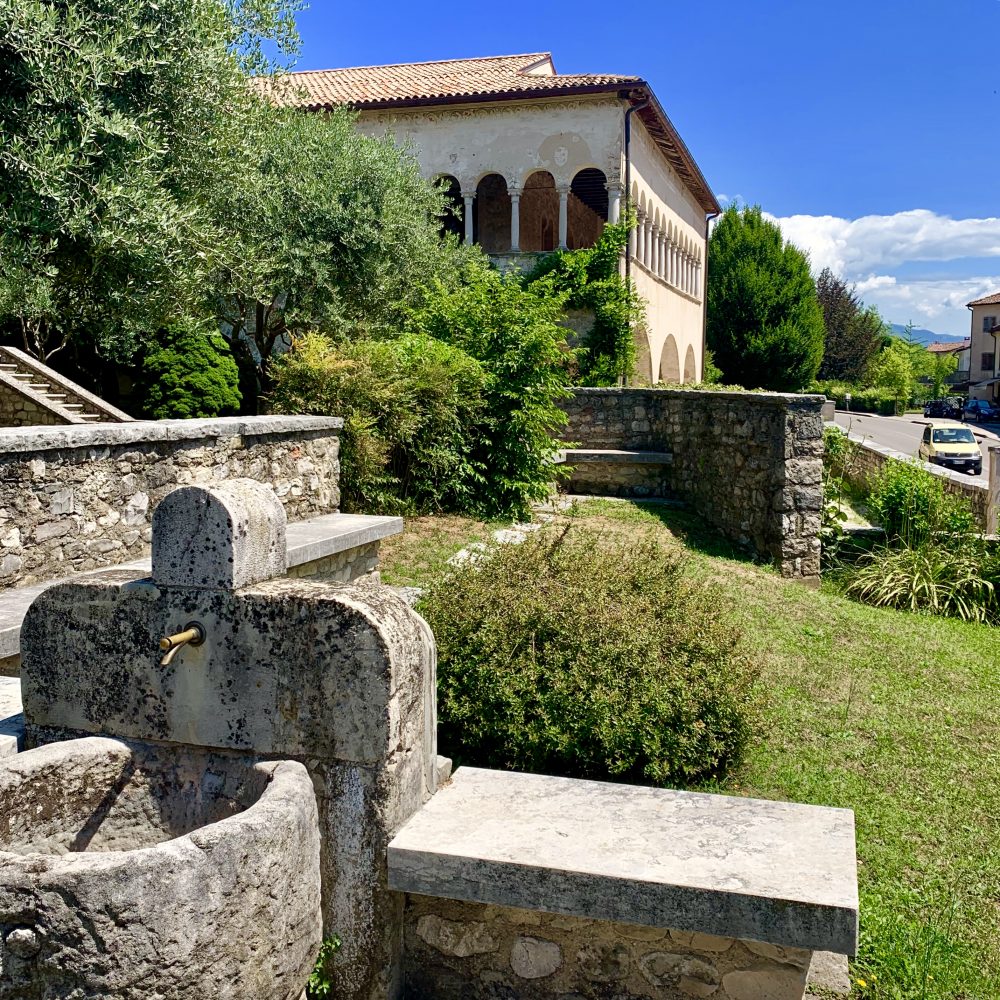
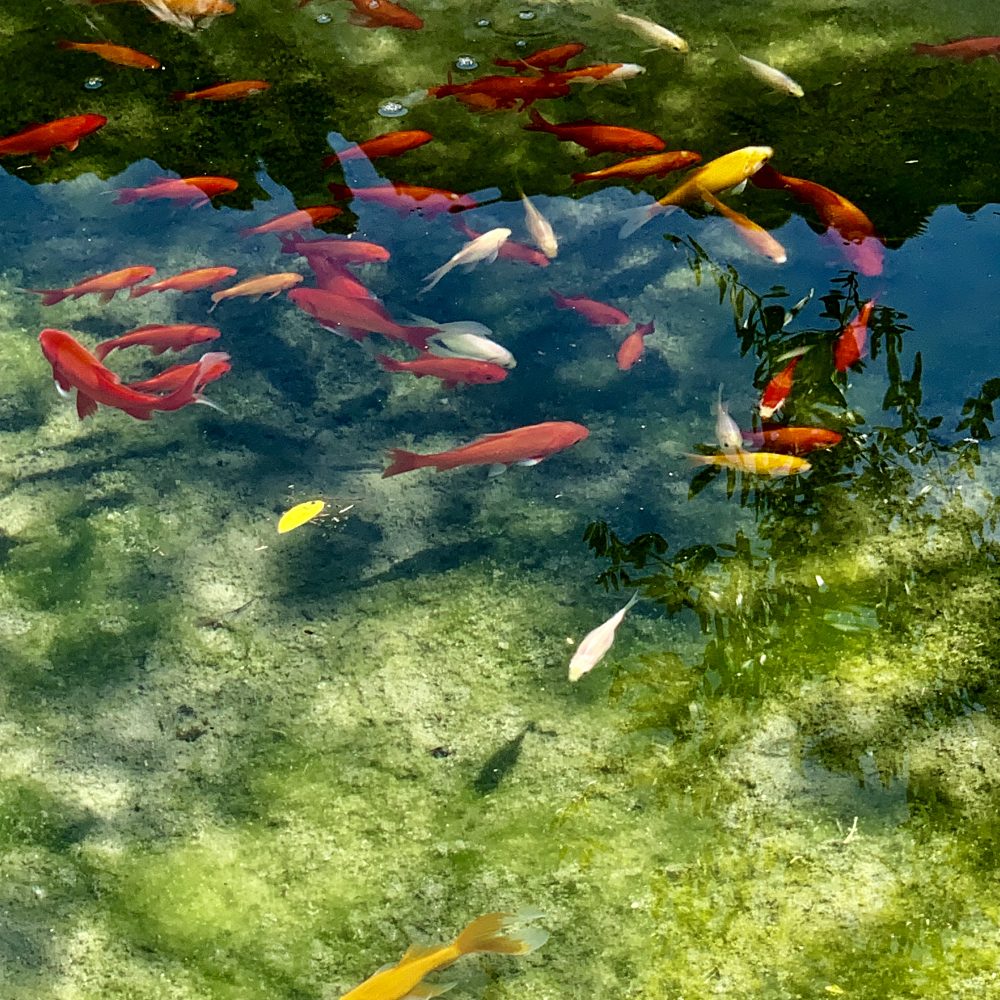
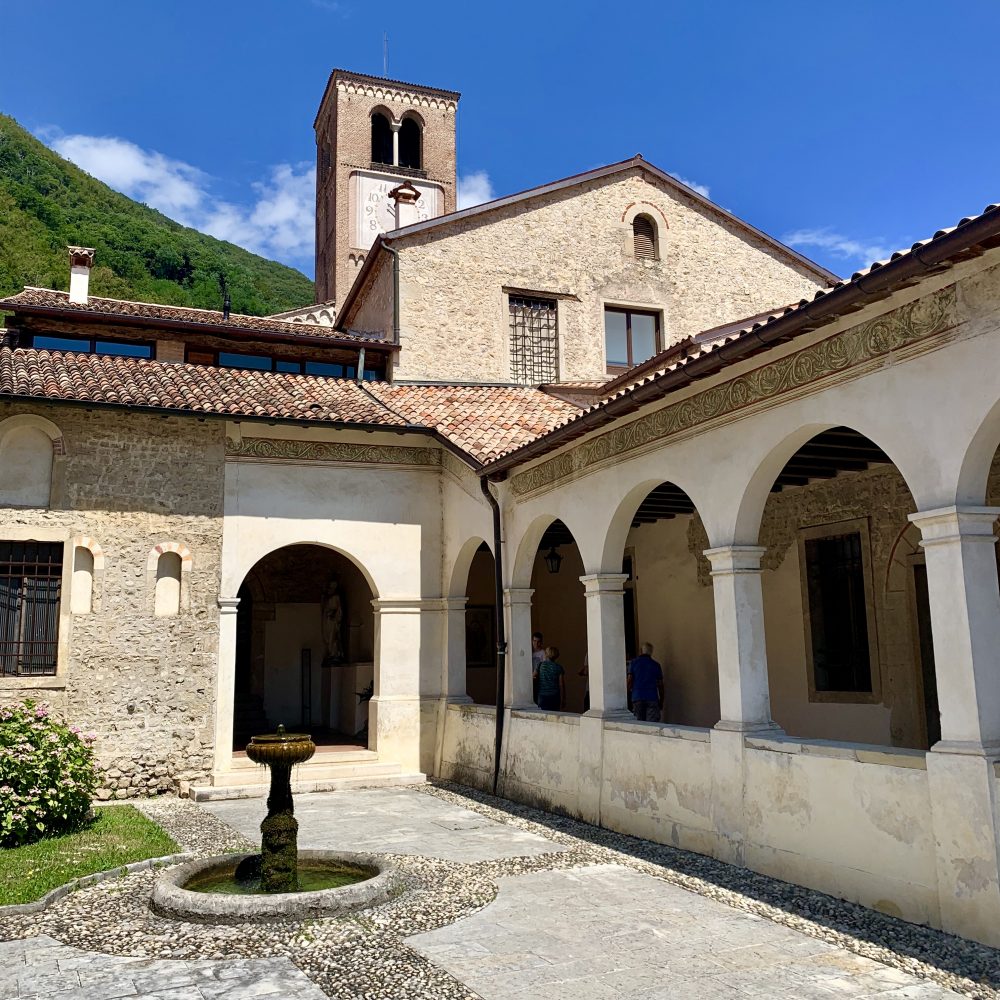
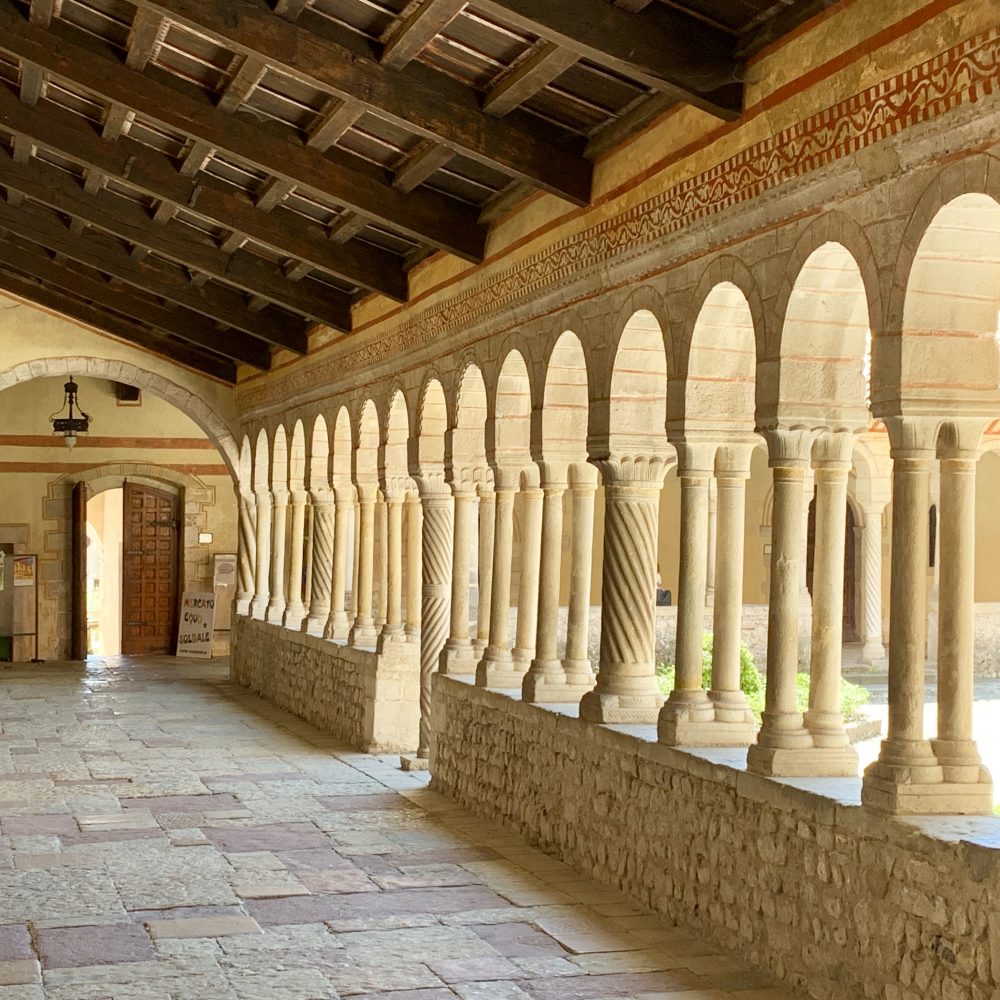
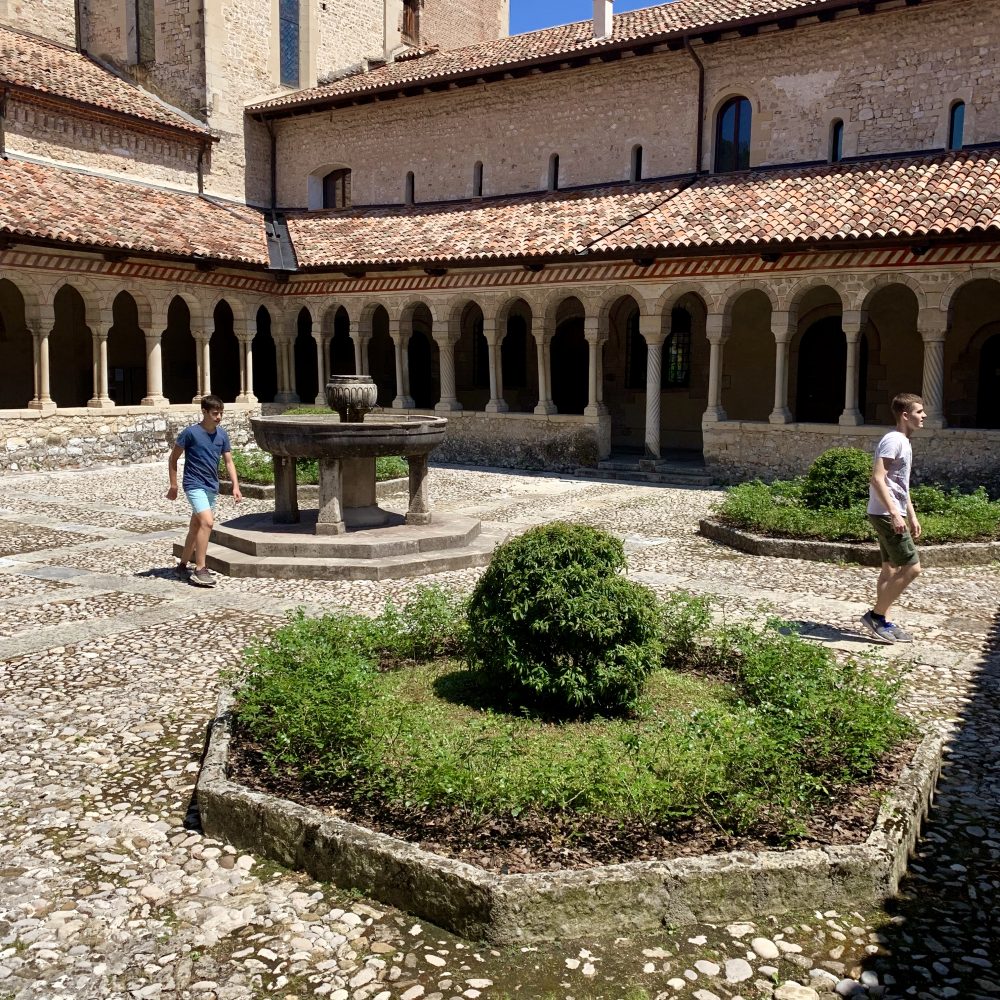
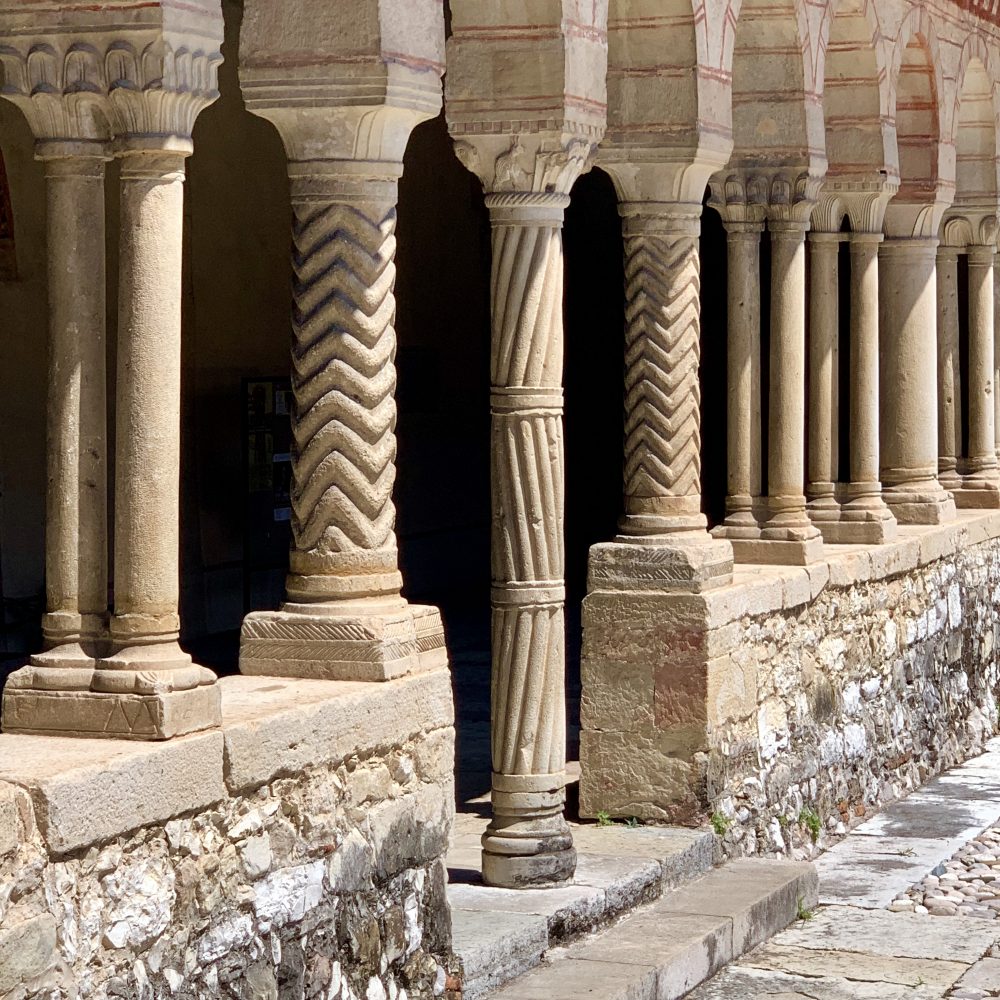
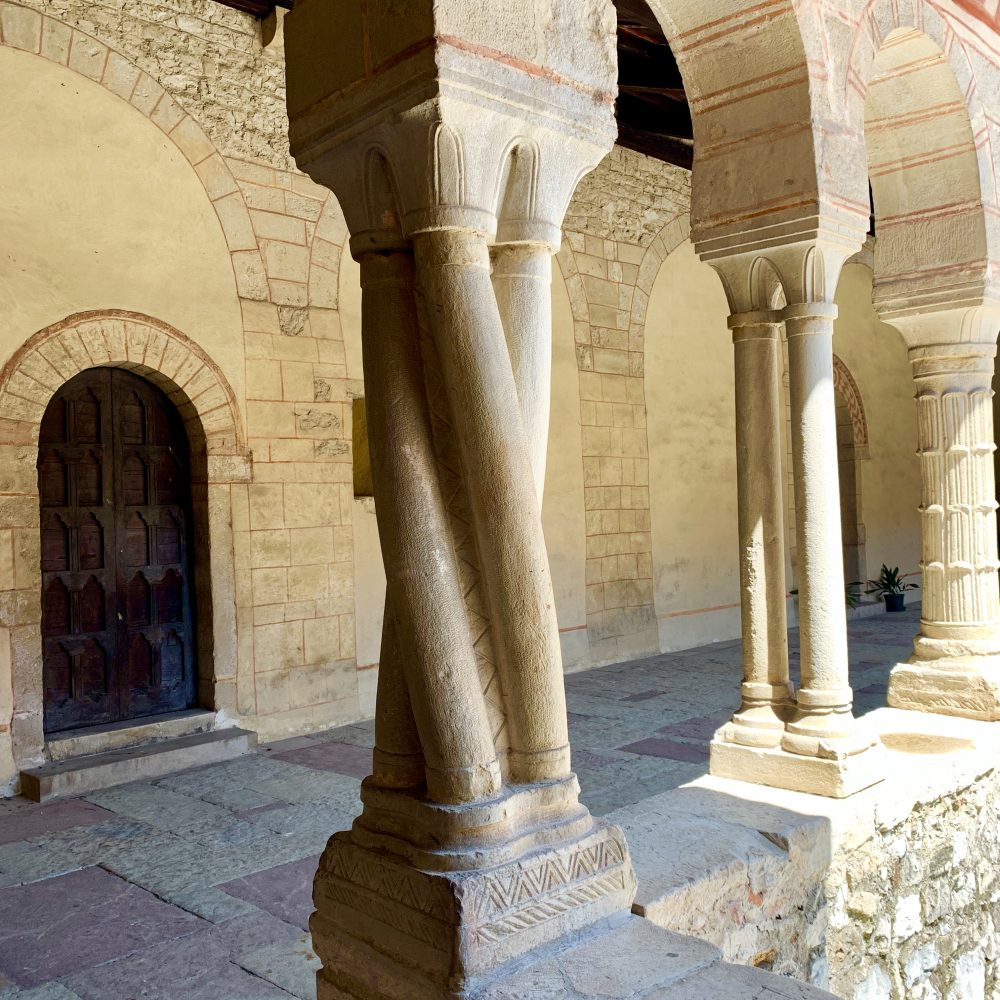
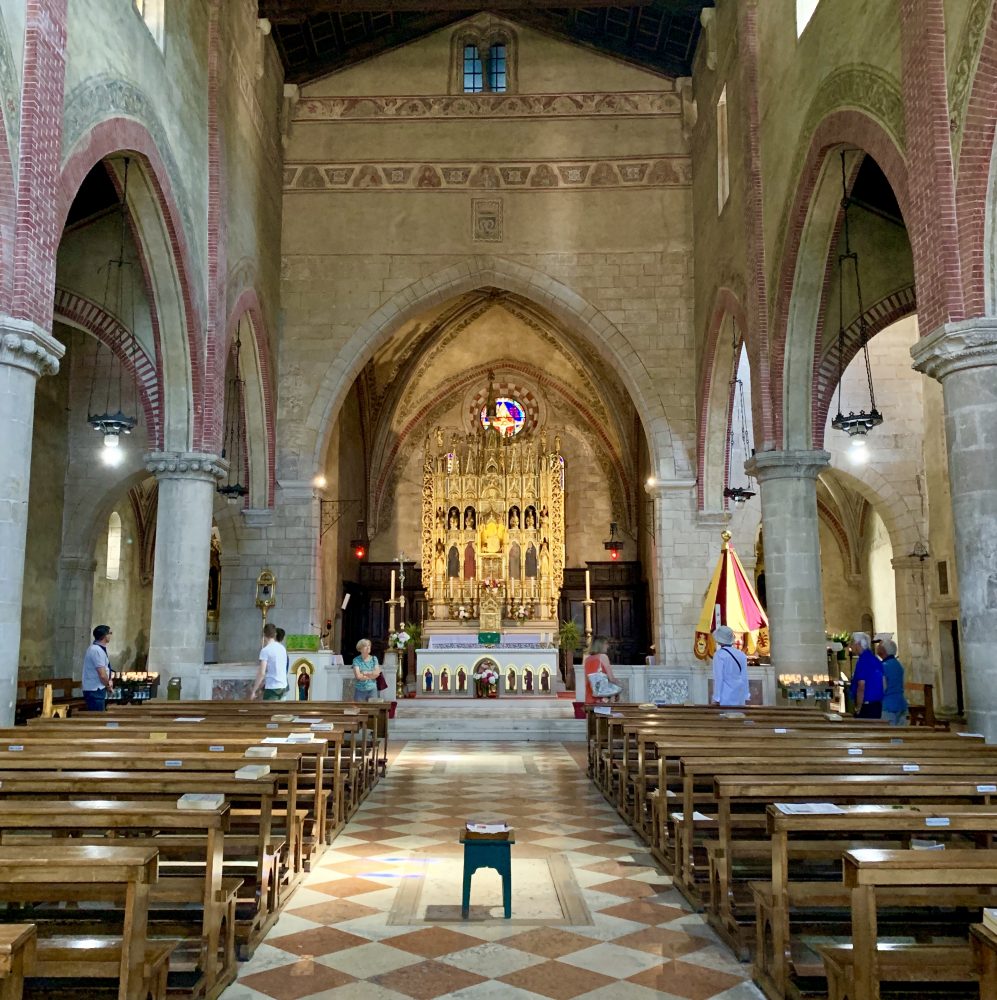
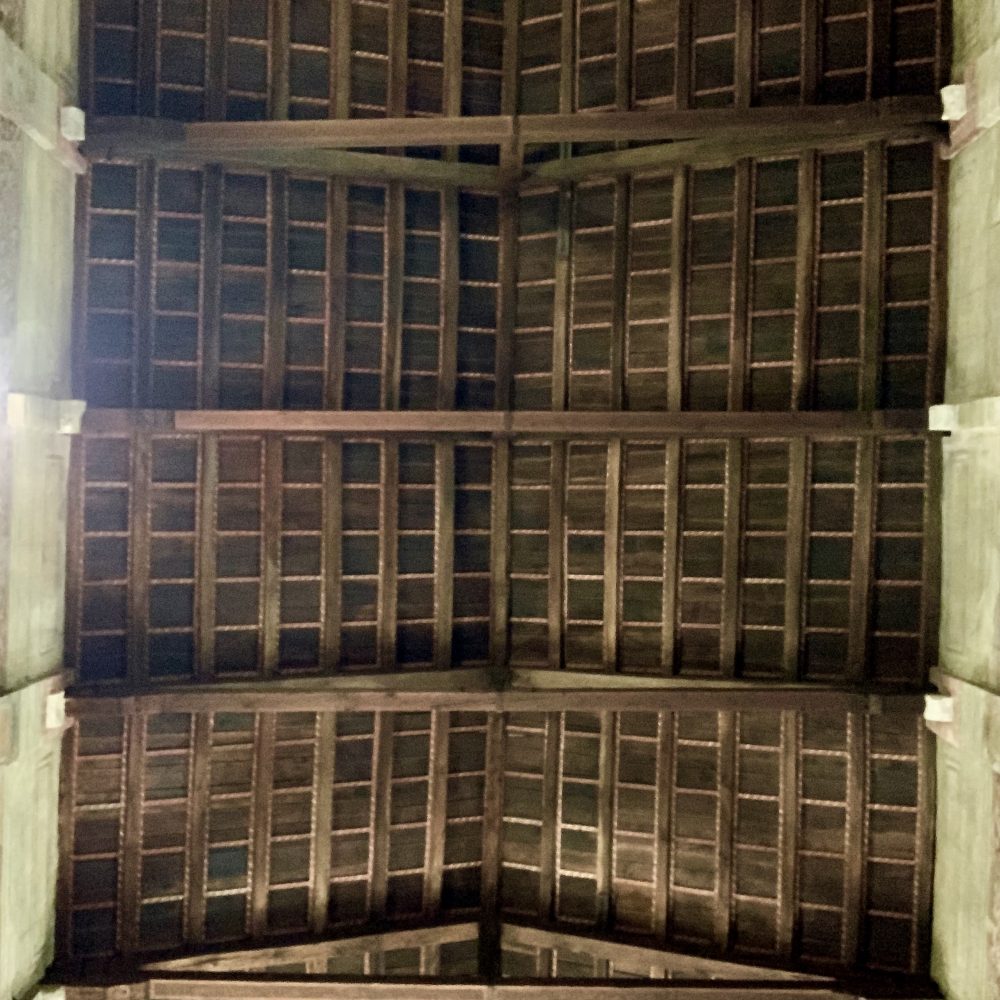
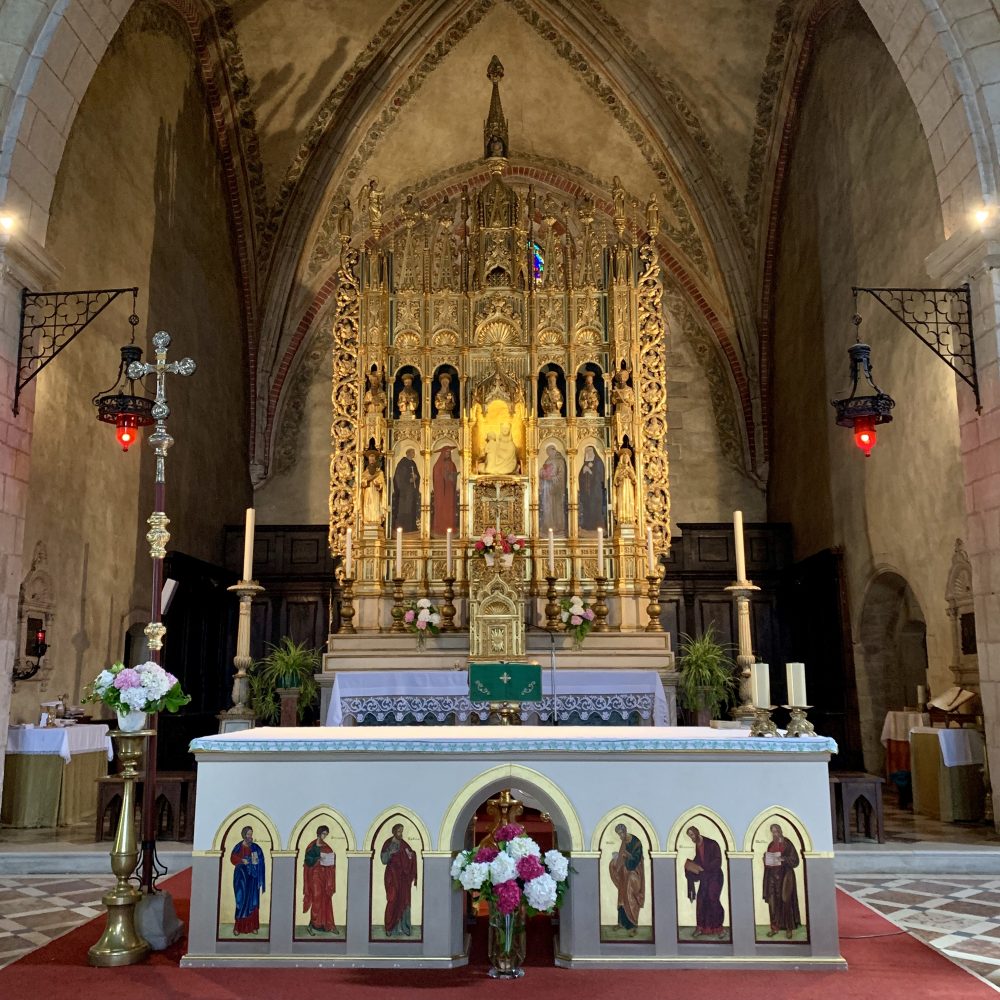
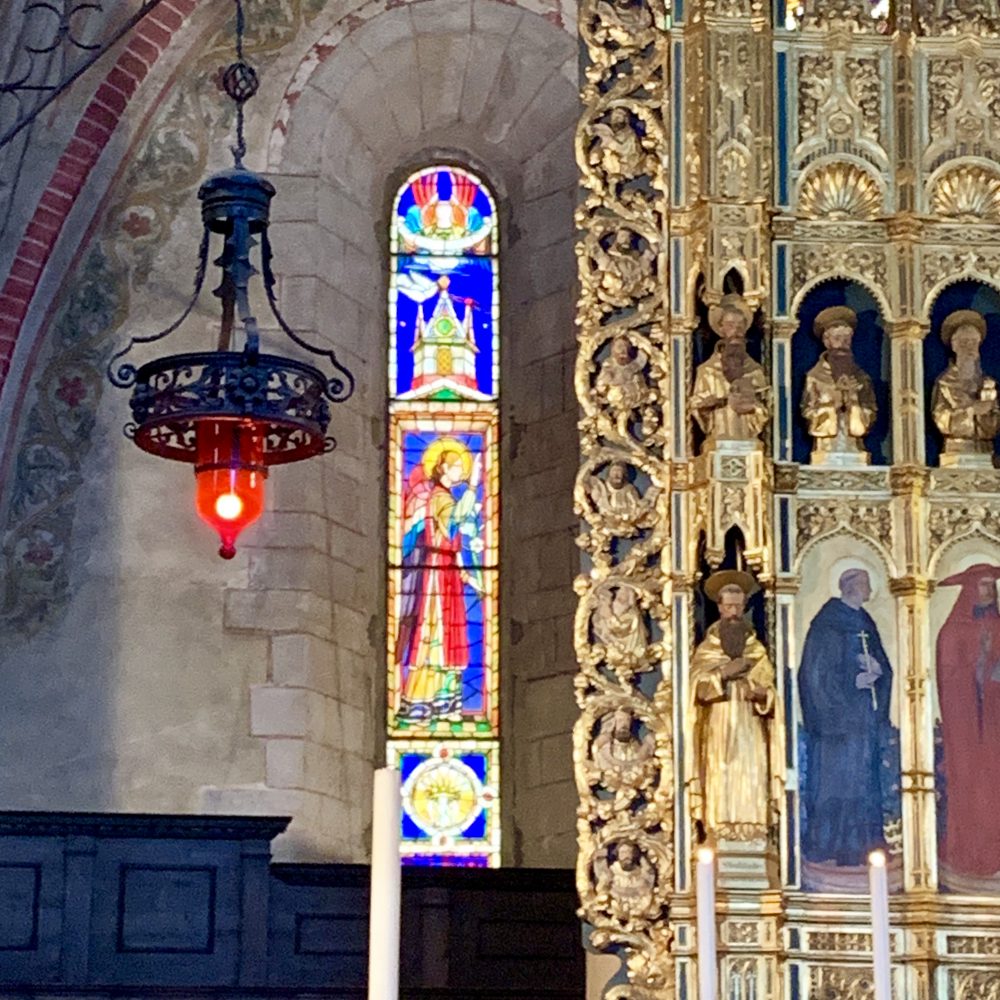
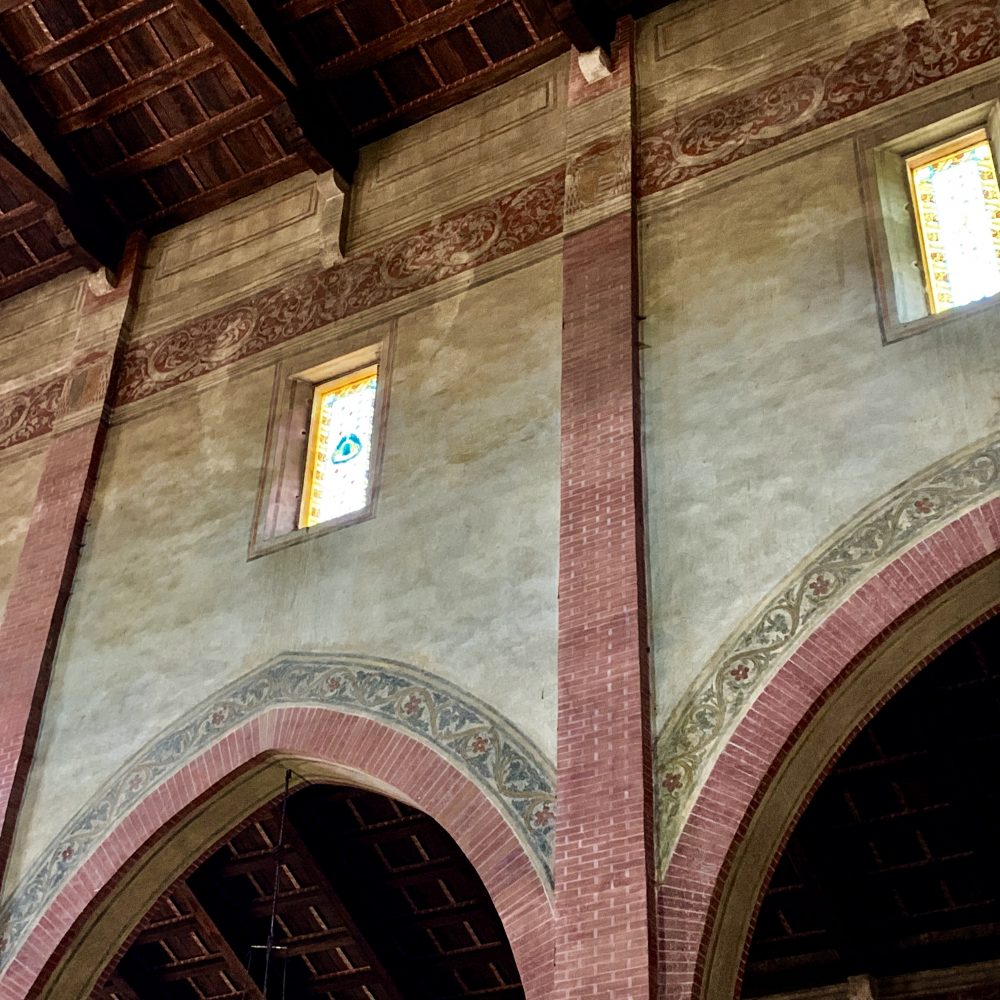
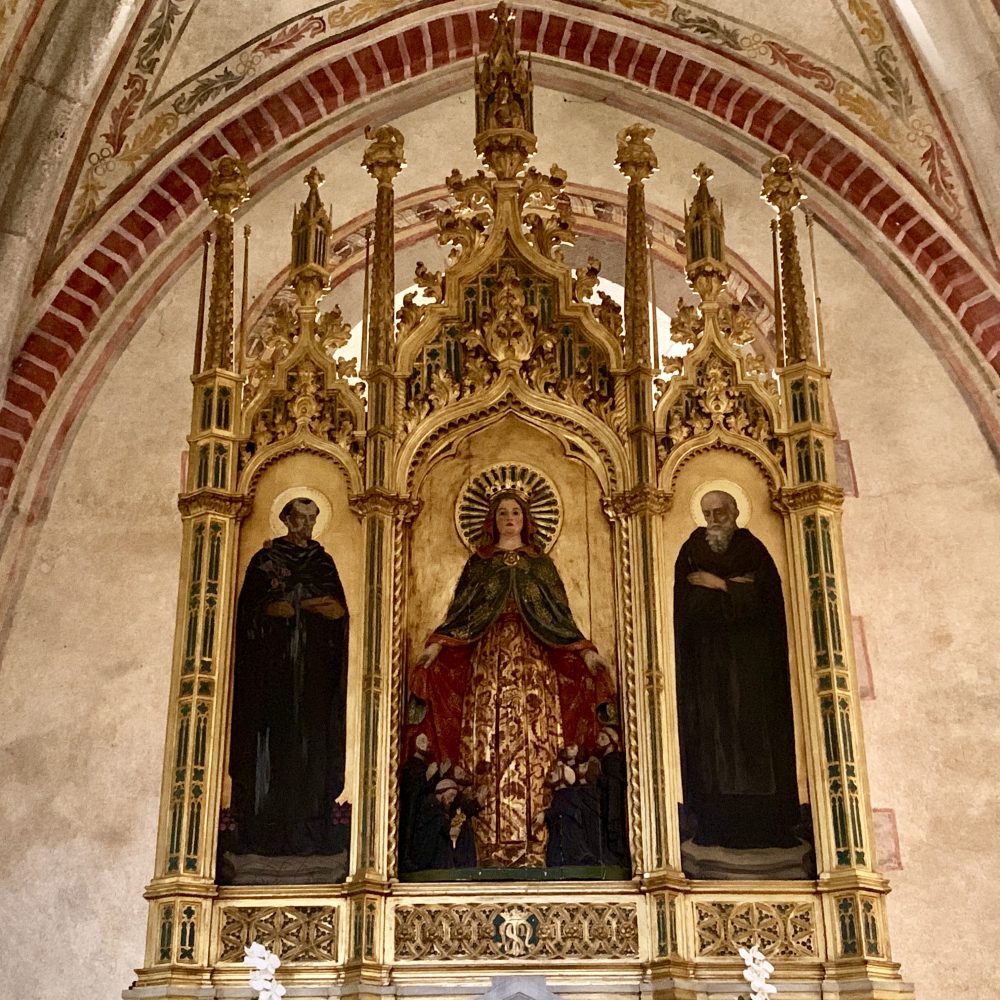
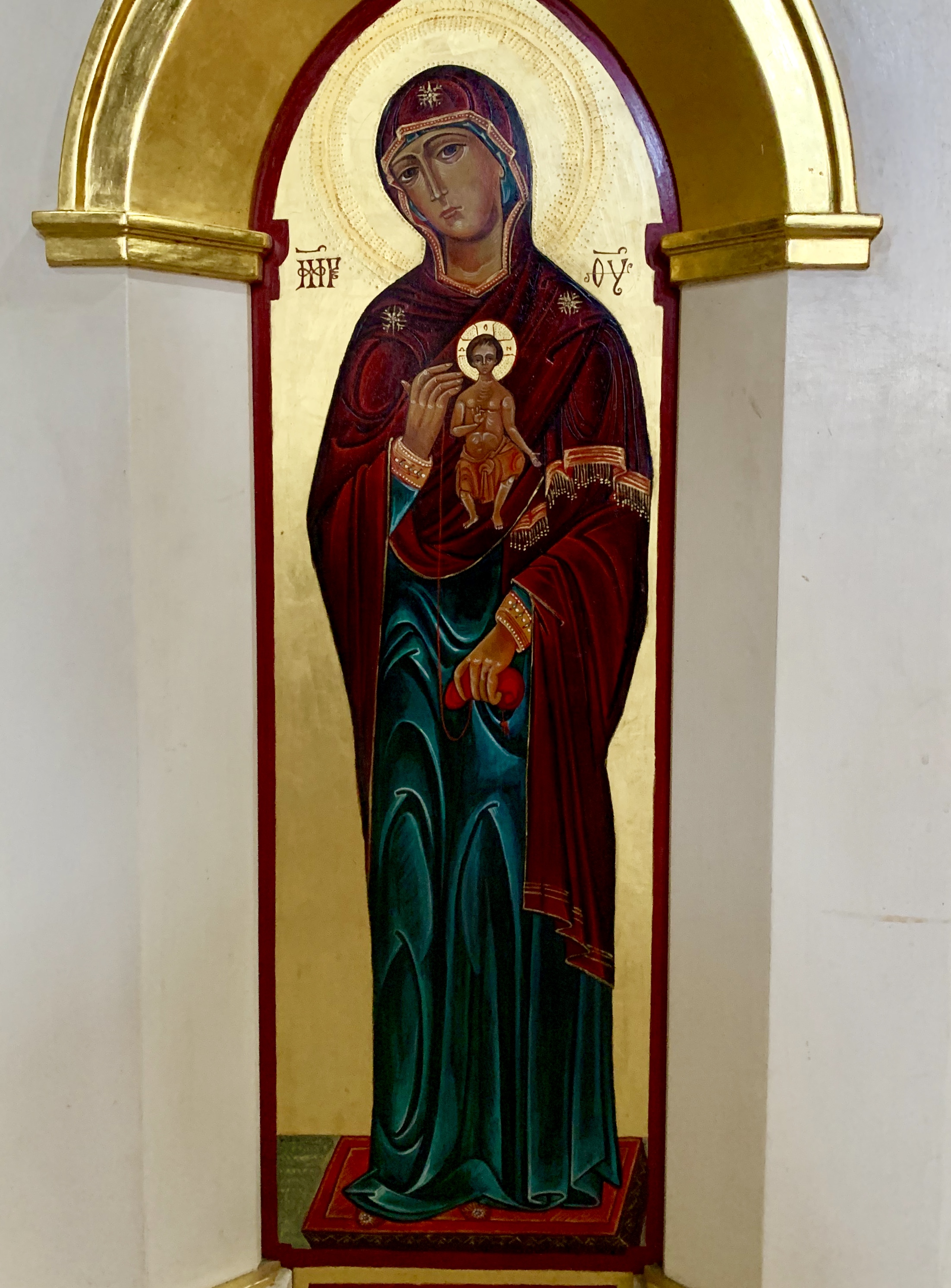
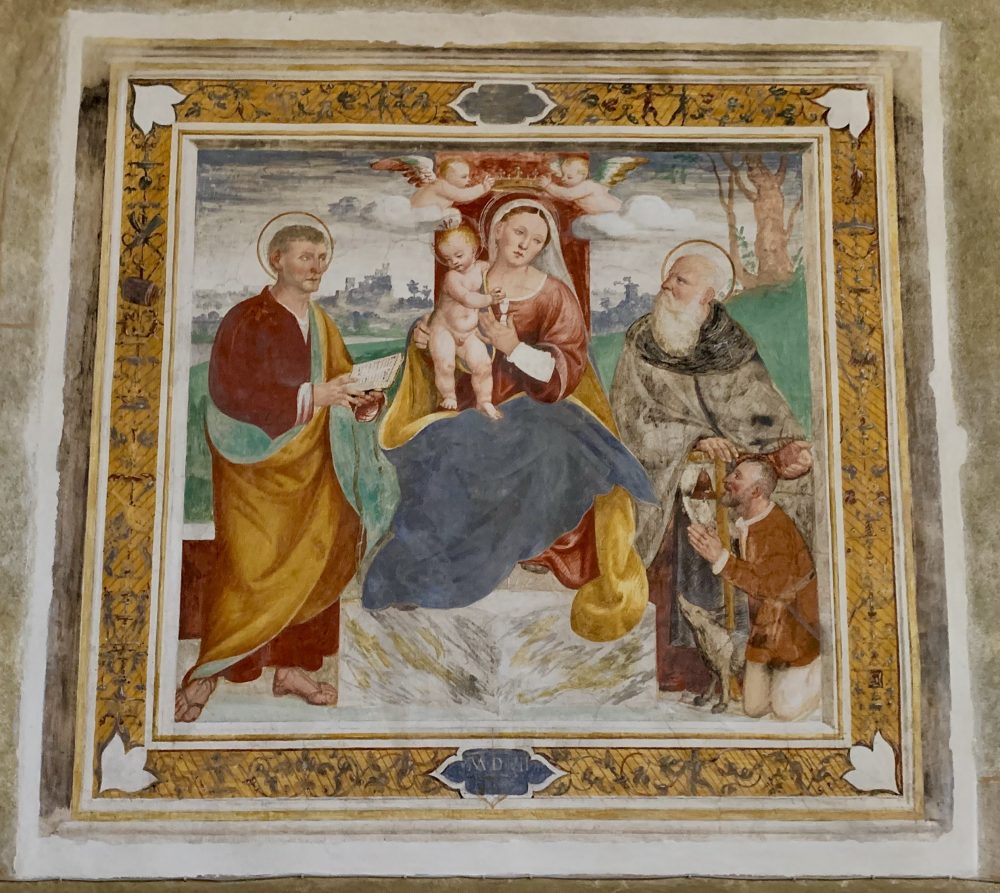
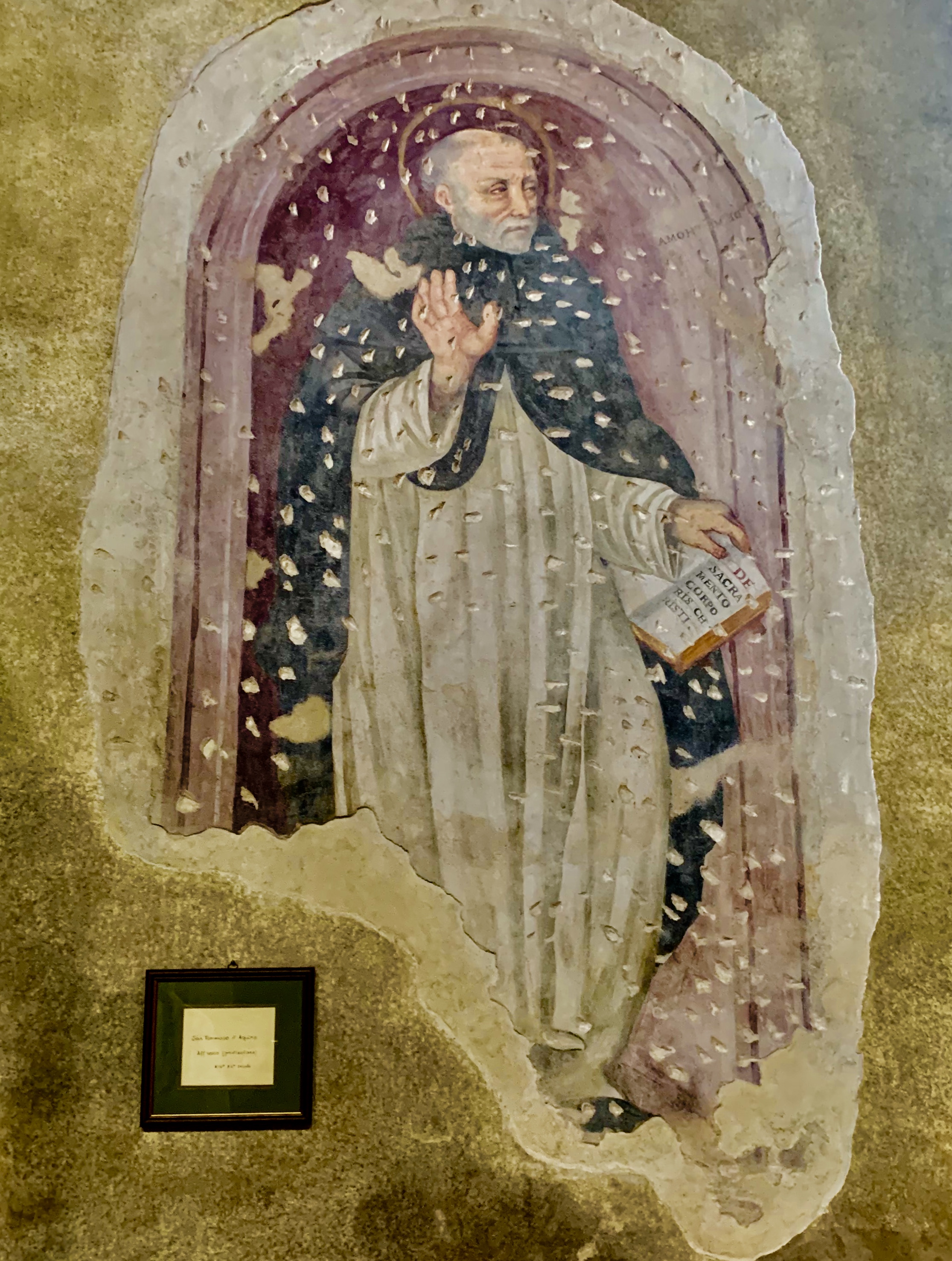
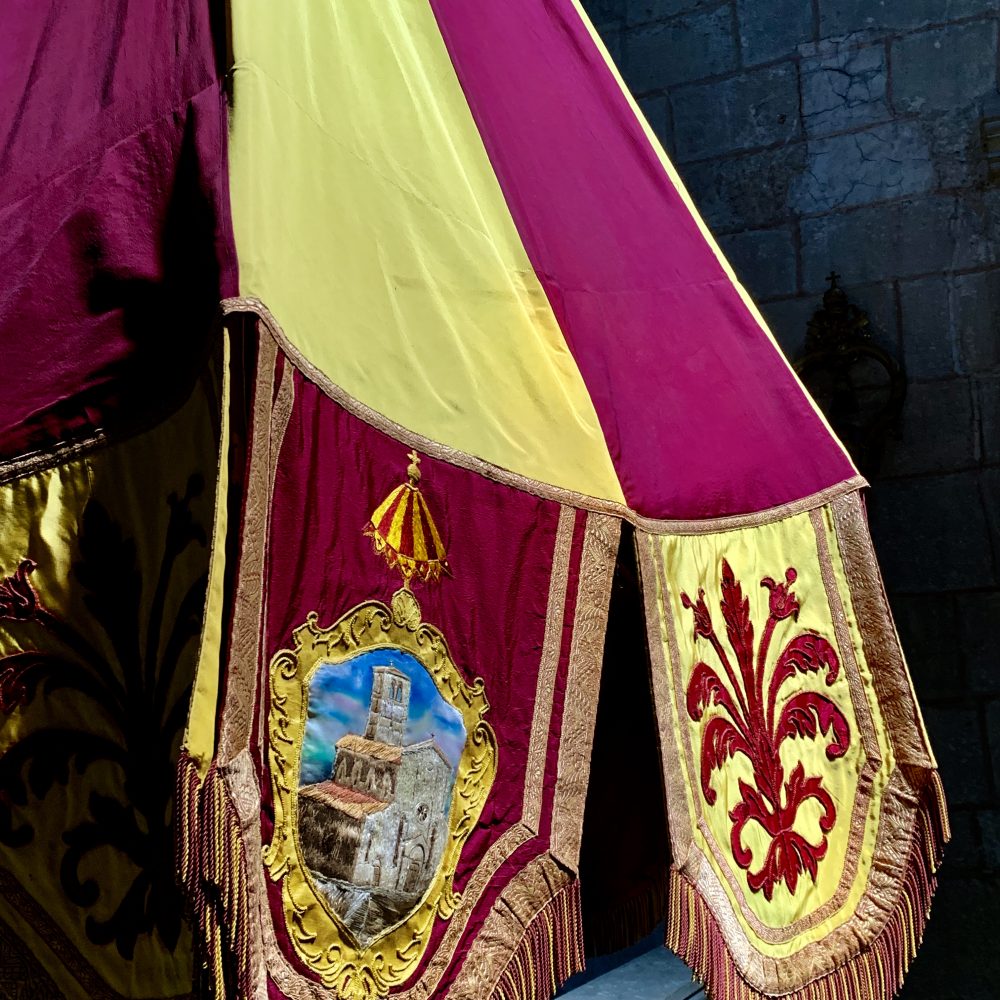
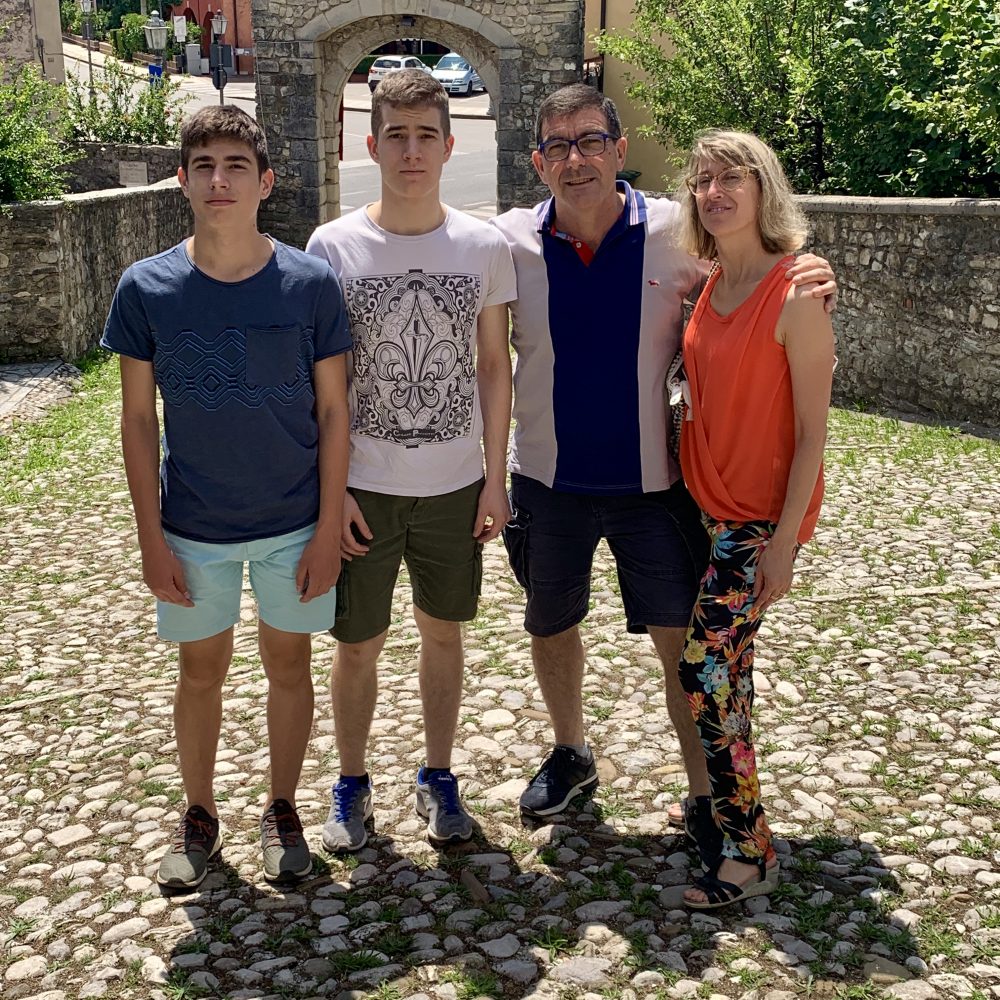
Lots to see in tiny, picturesque Cison. During Roman times, it was a defensive location along an important road that linked the Po Valley with what is now Austria.
The town made use of its waterways with mills for making flour, cutting wood, and weaving silk, among others things.
We saw several churches and walked along a waterway as well as visited the Castel Brando, originally constructed by the Romans and later expanded. The castle compound now draws local and foreign tourists, including participants in a recent G8 summit, with a hotel, restaurants, and venues for weddings. Primary access to the castle is by funicular.
On the stroll along the millway in Cison, Robert ran into an older man who spoke with him for a few minutes, His dialect was so strong that all Robert could do was nod and say “si” every now and then. Alessandro confirmed that the guy spoke more than a bit of dialect! Unintelligible to those of us who study Italian.
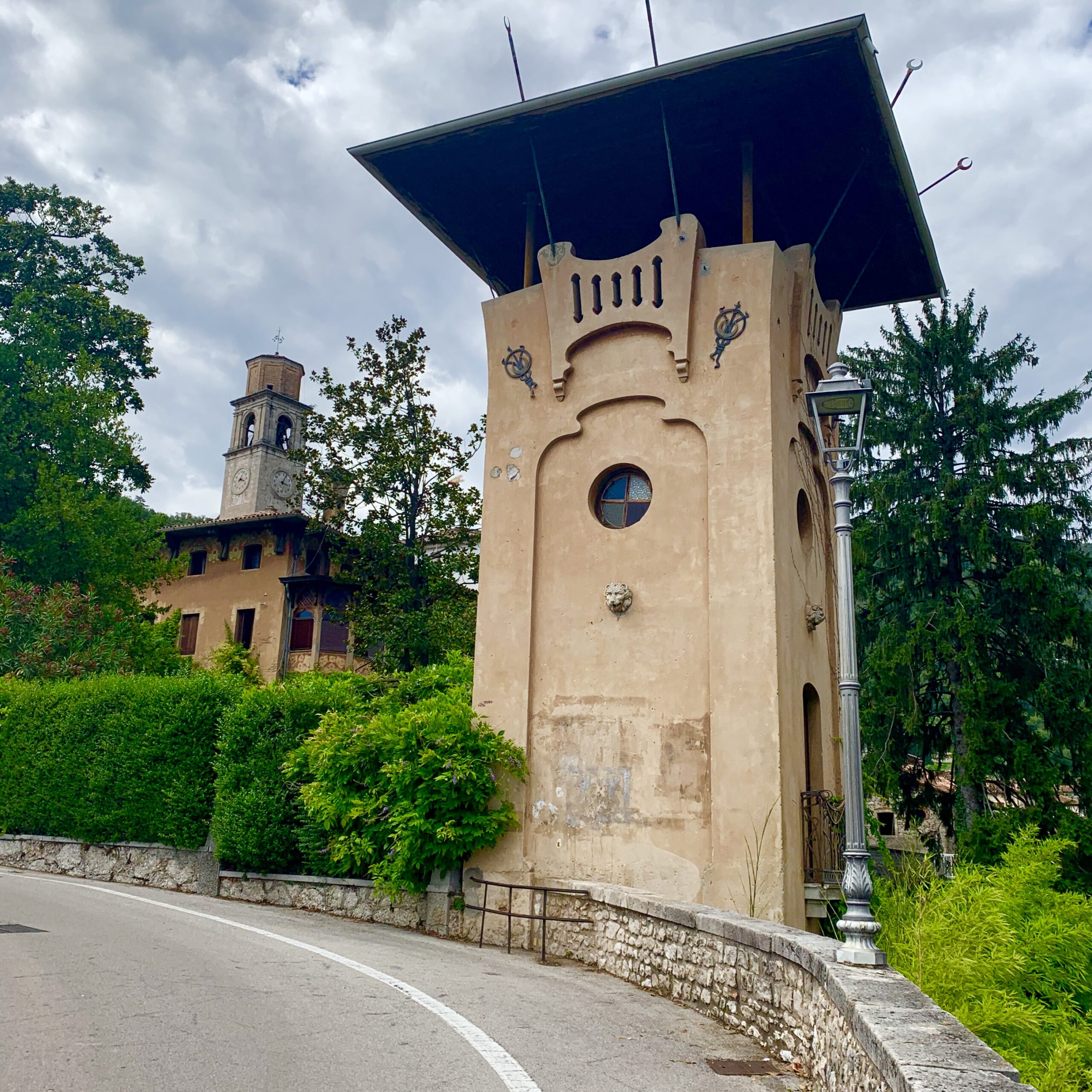
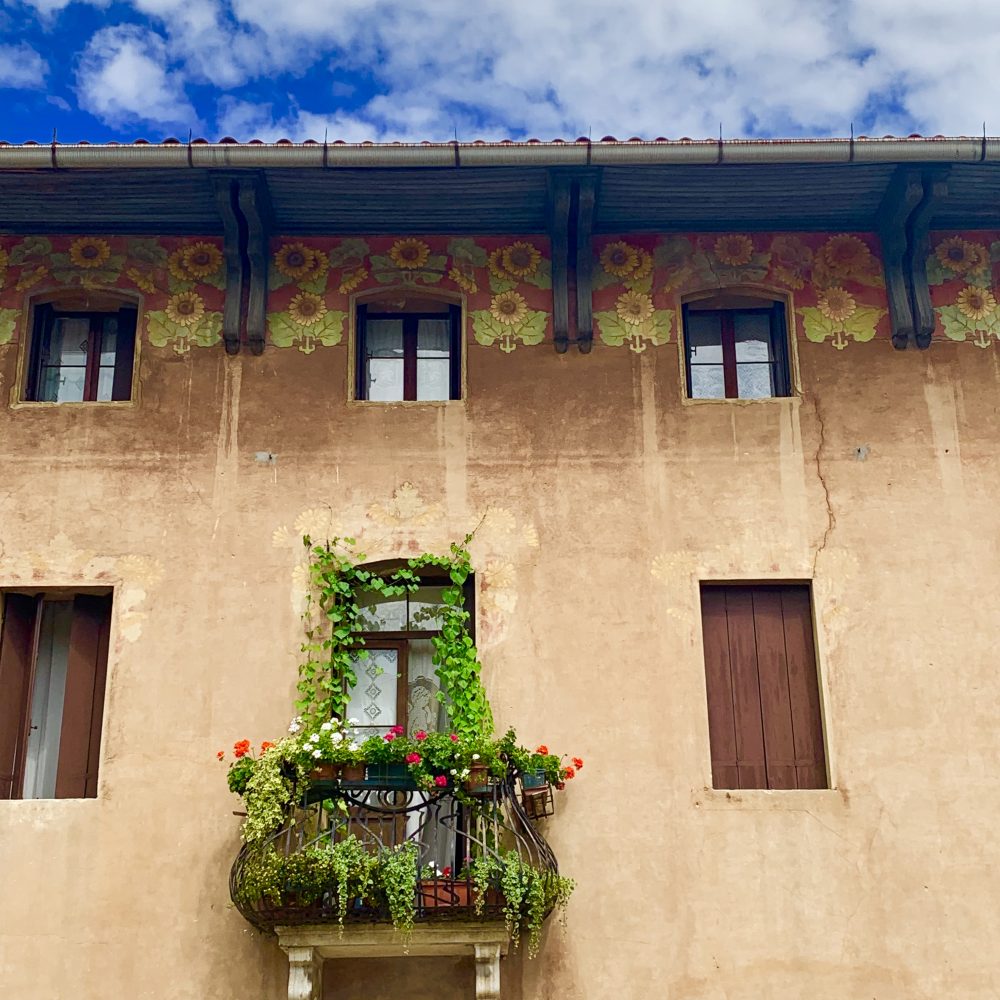
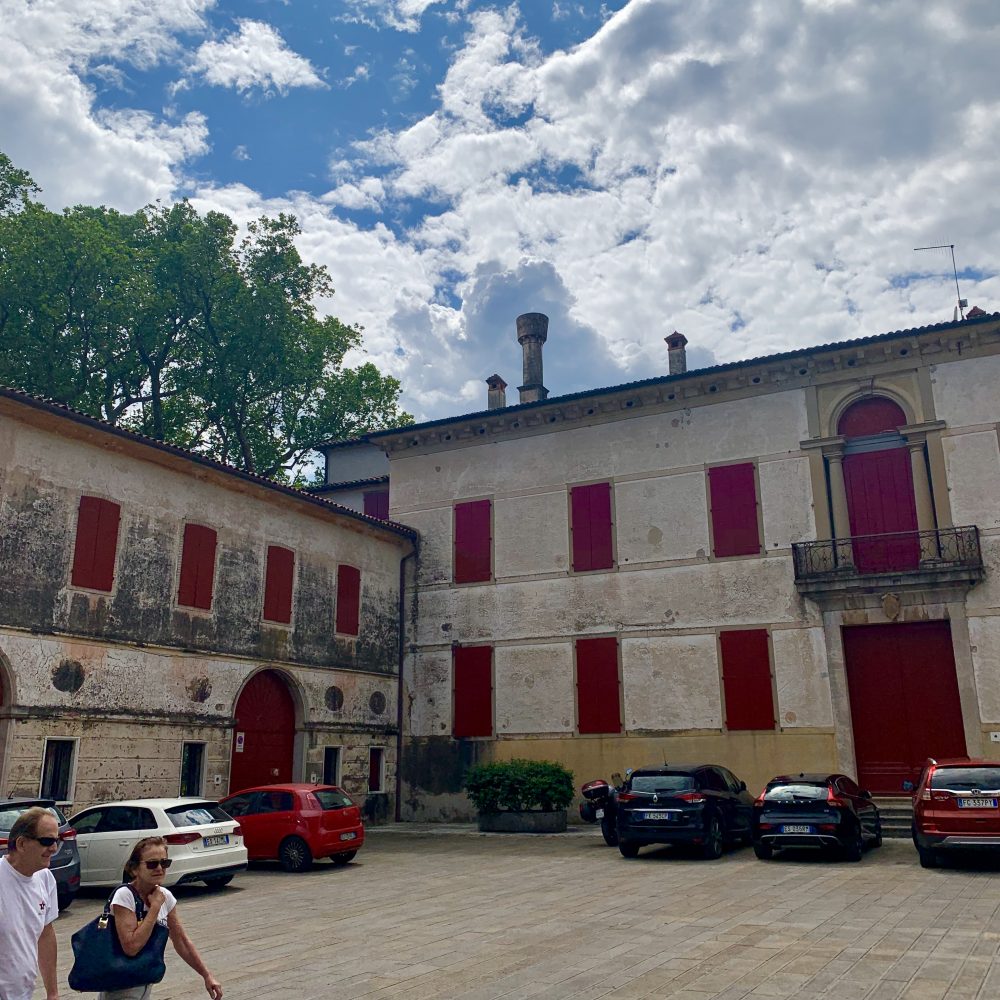
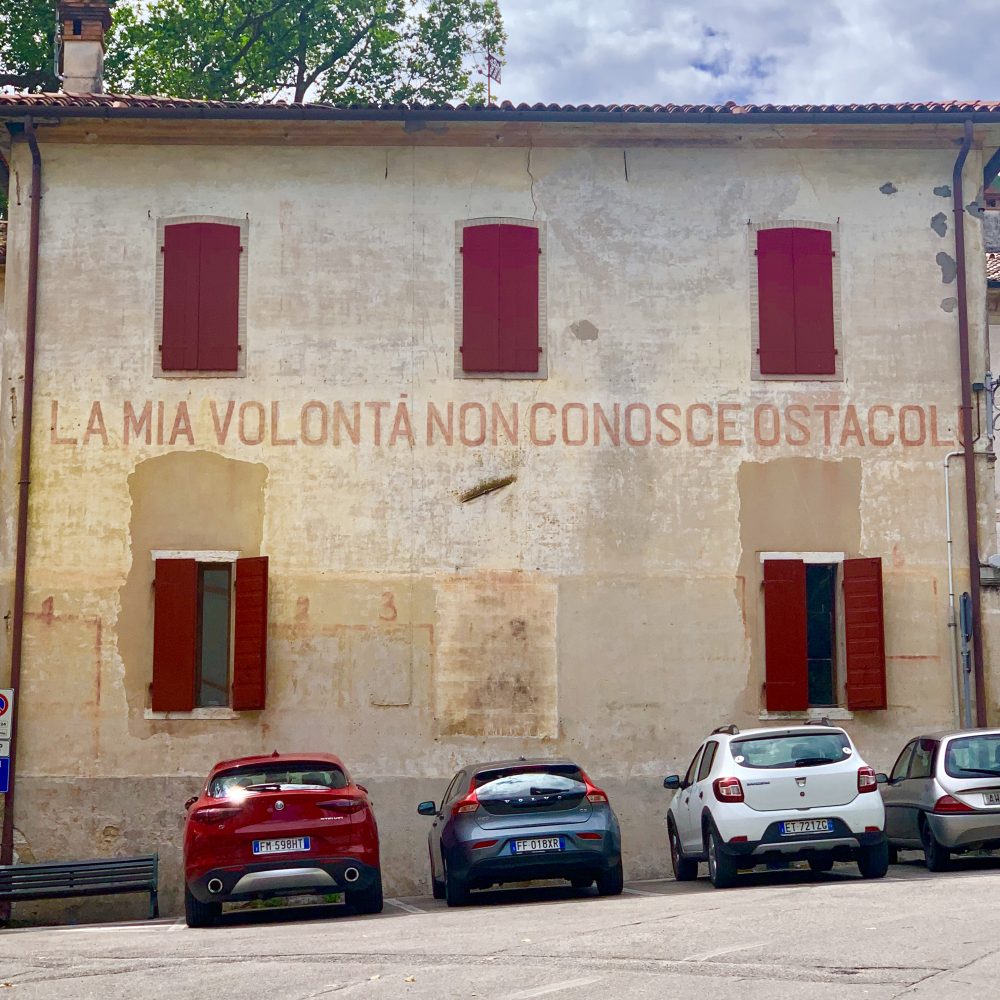
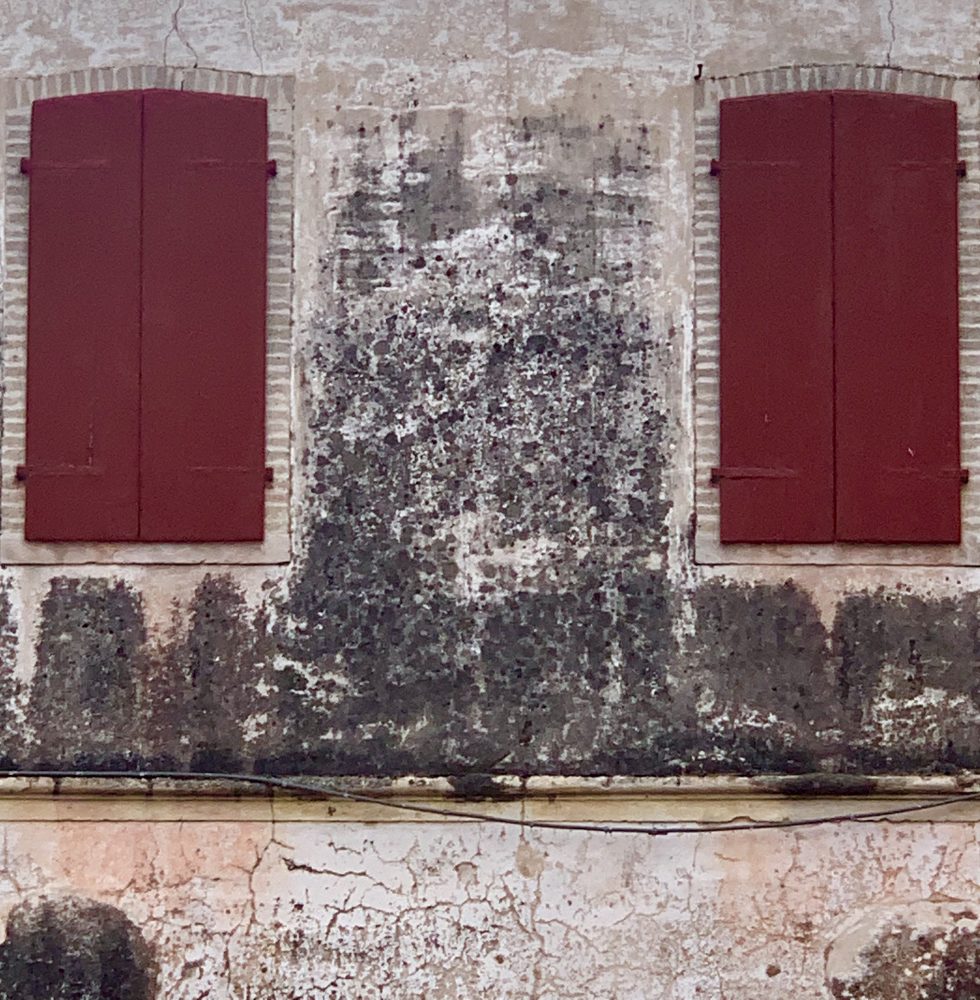
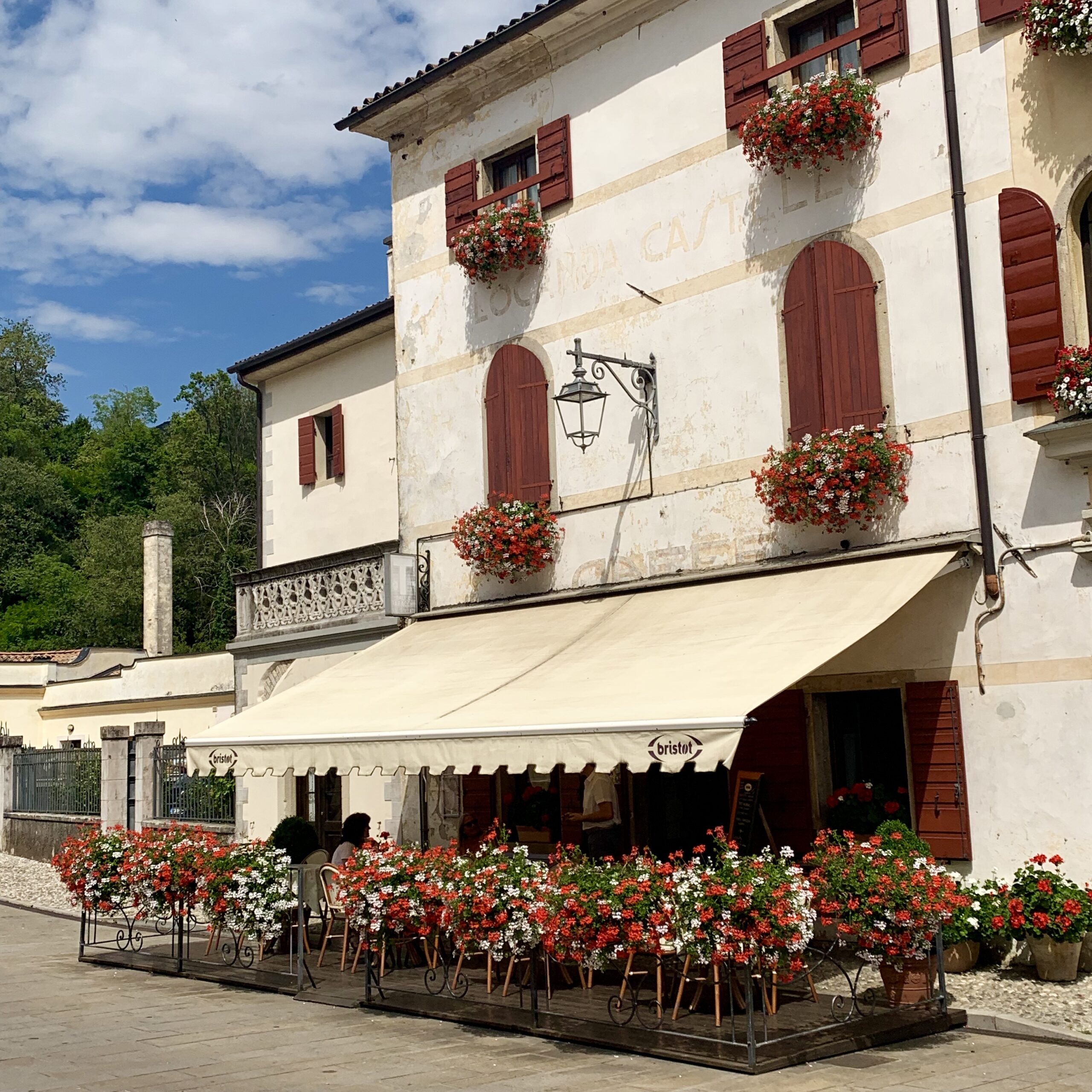
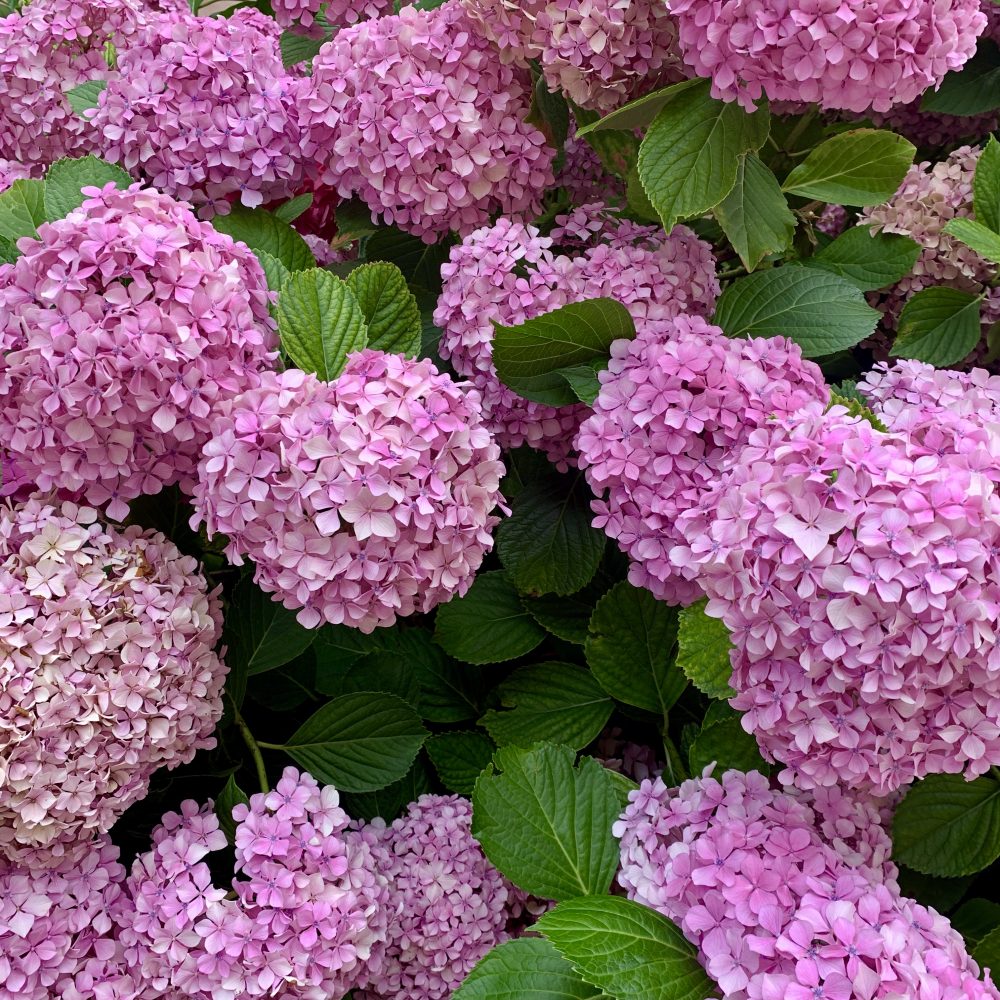
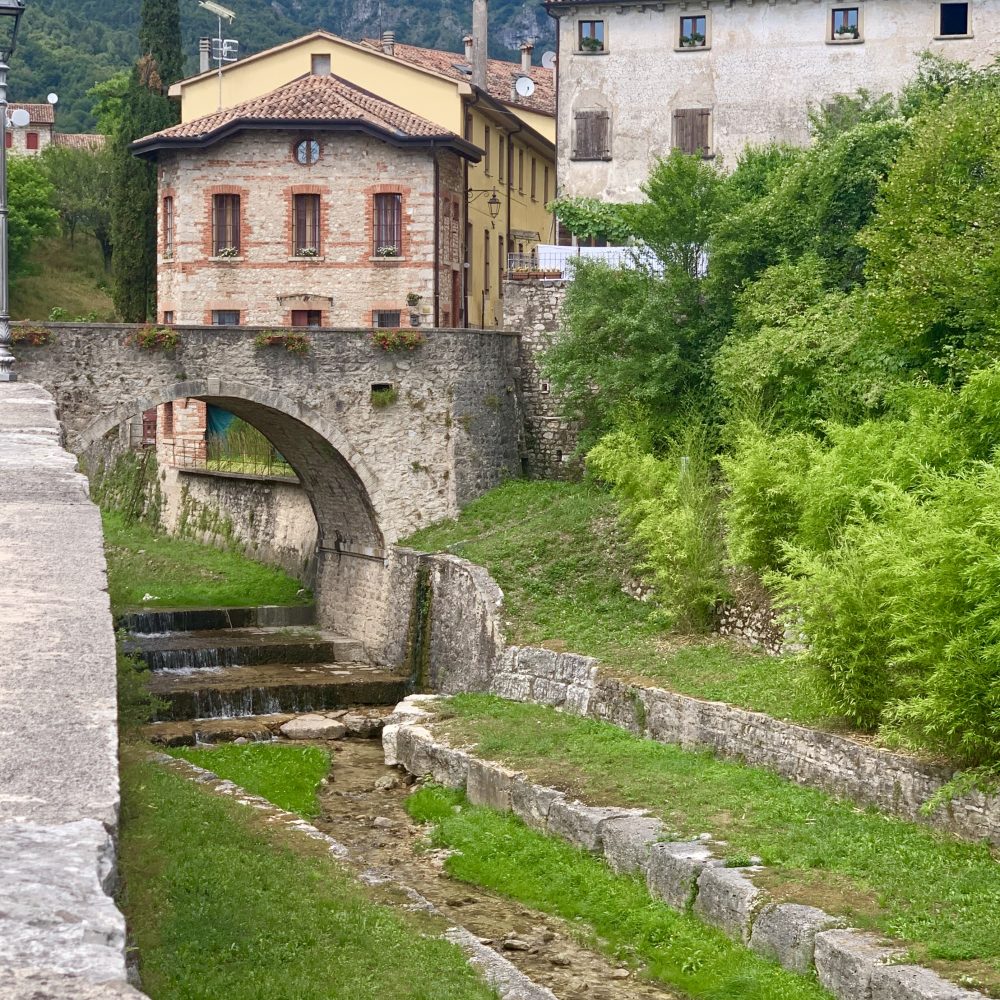
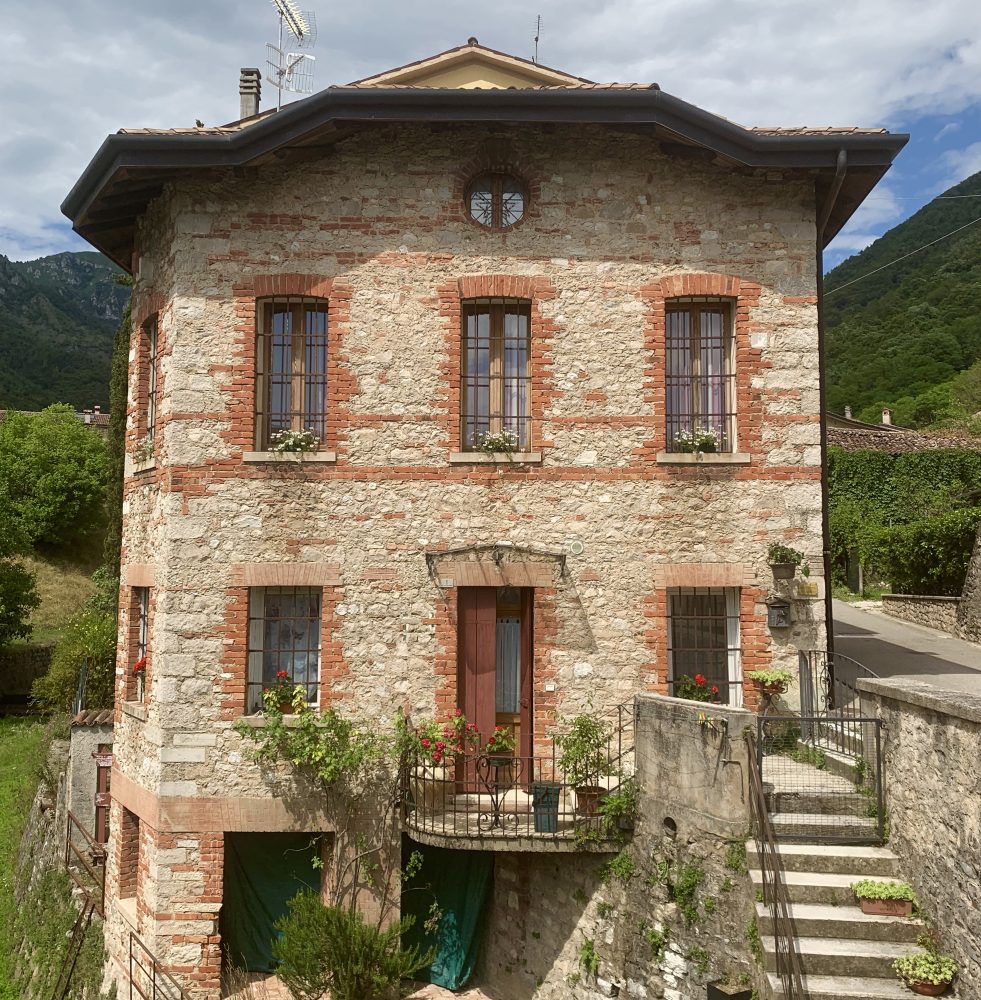
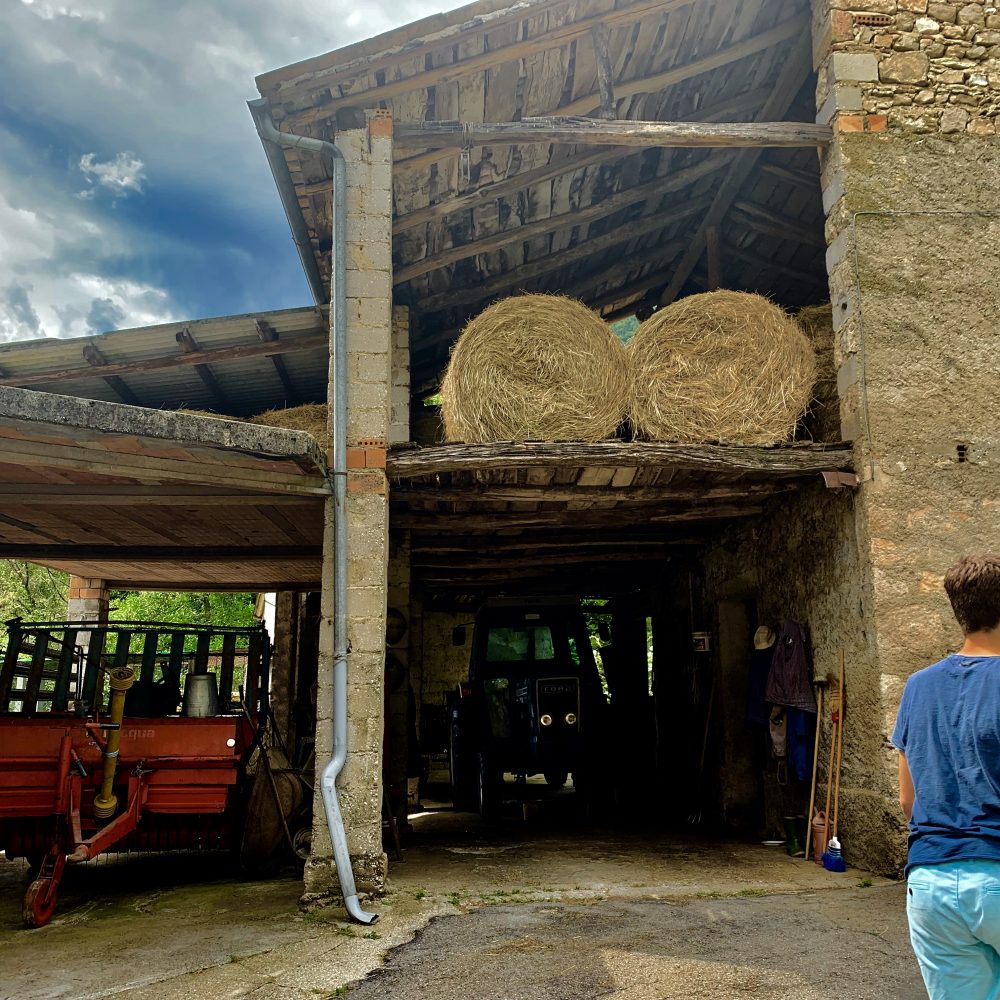
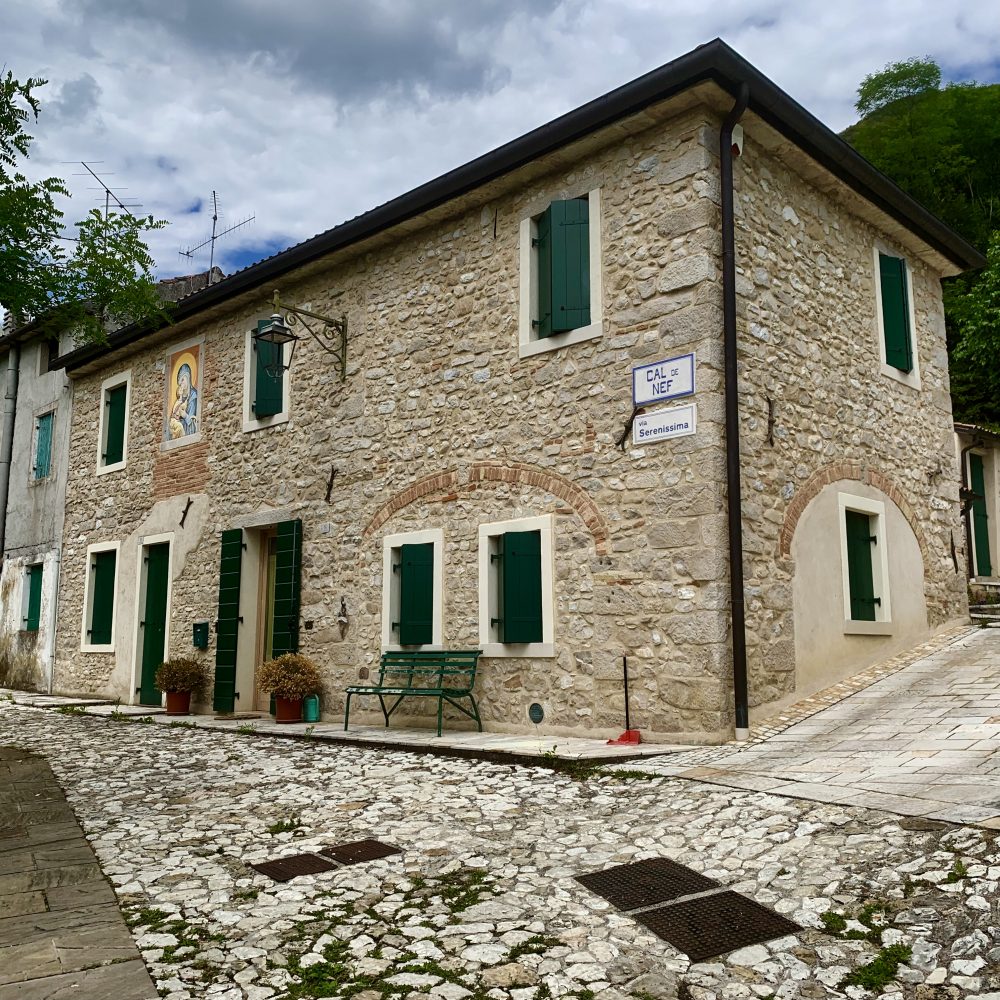
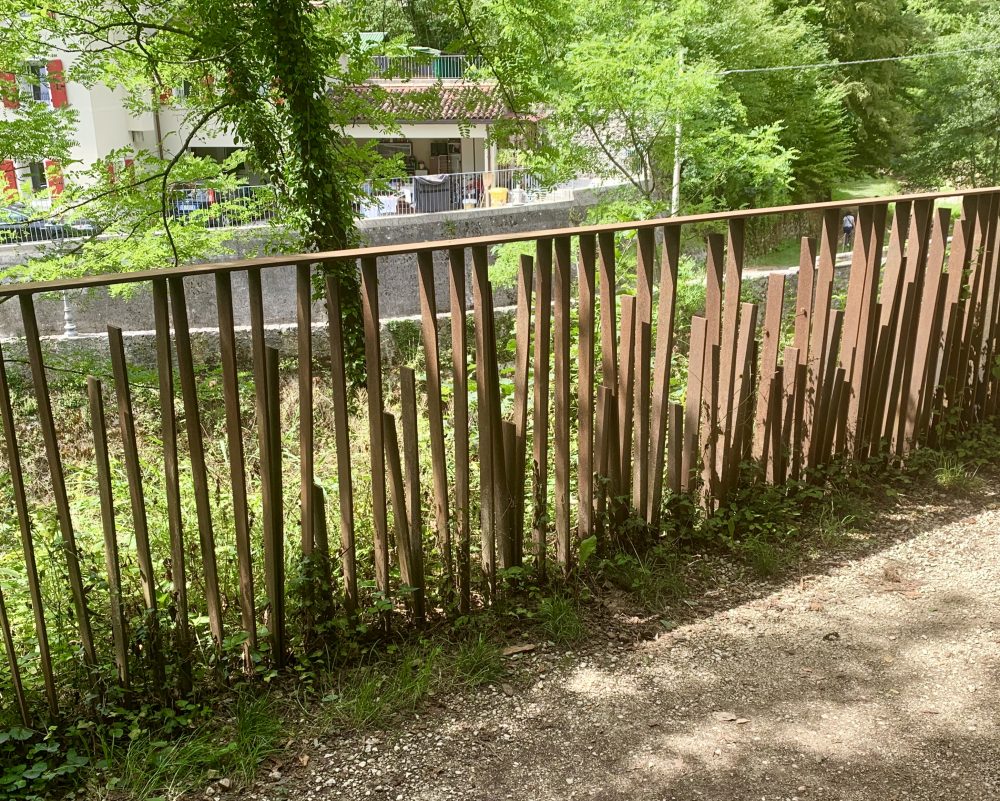
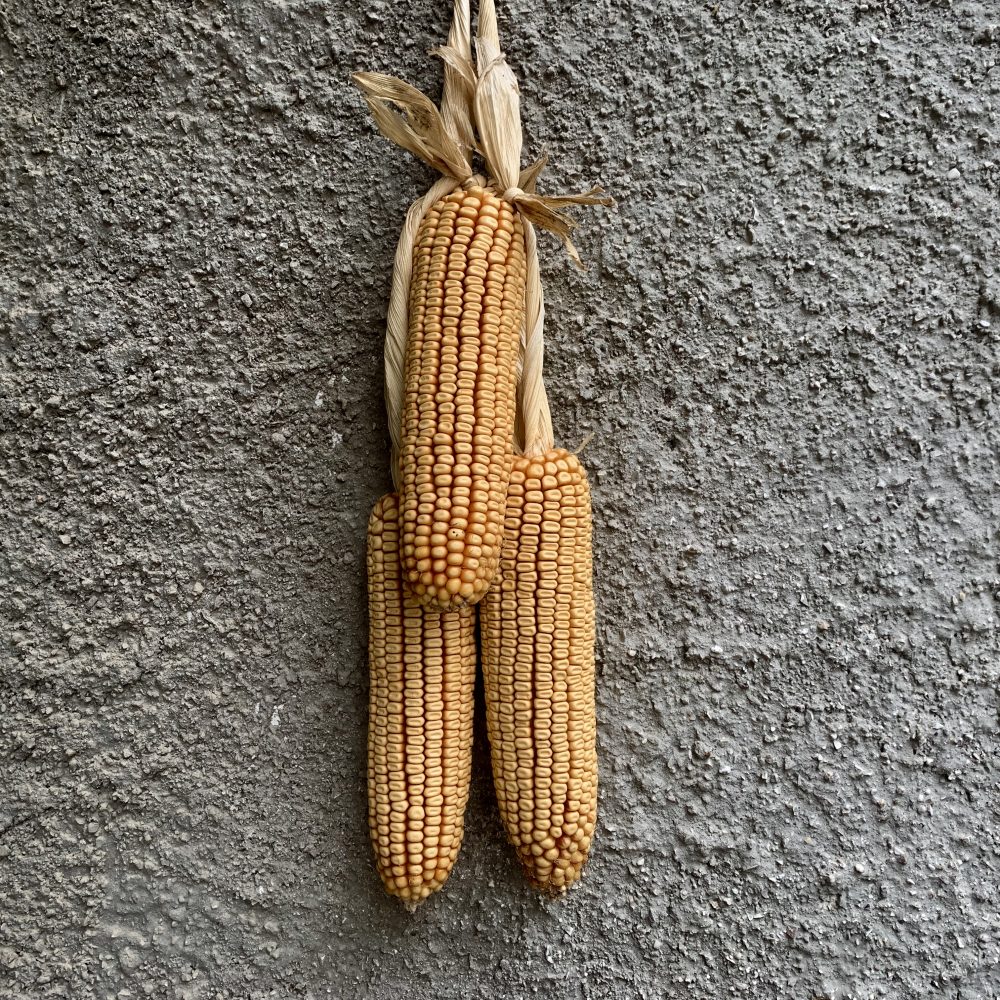
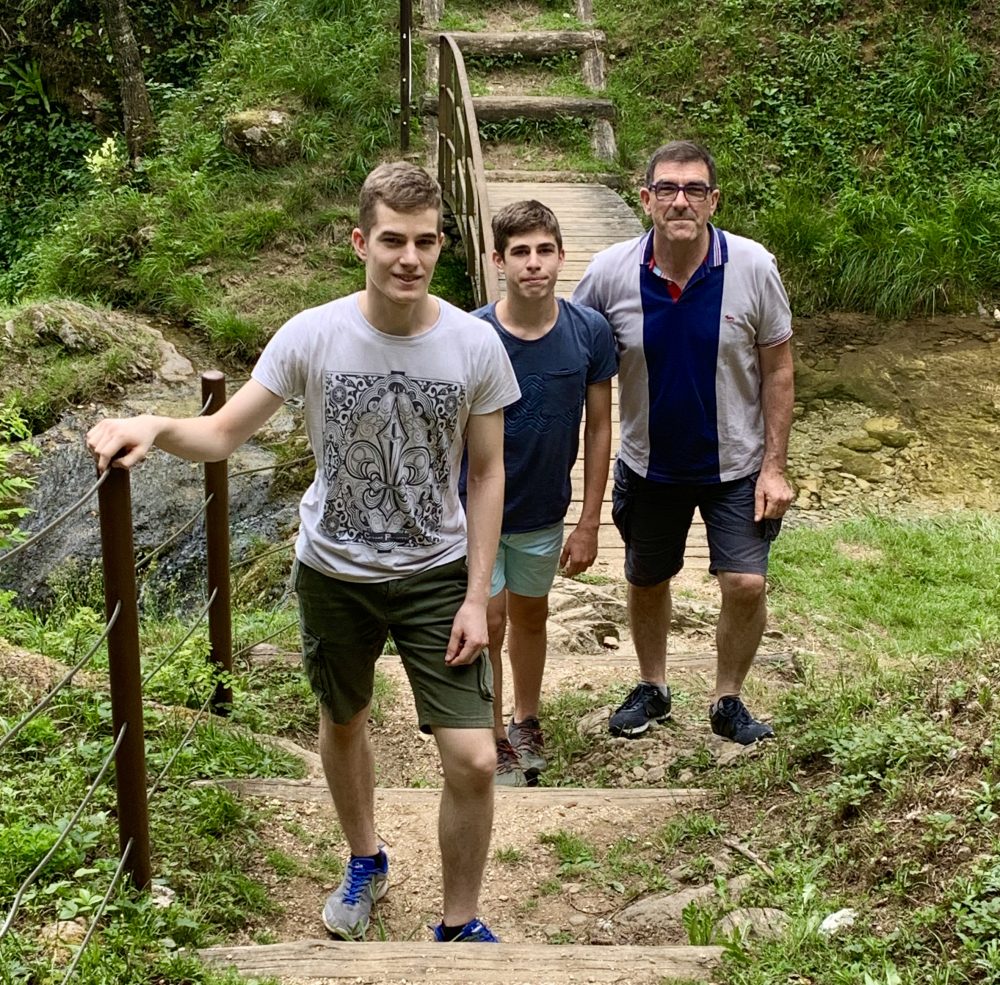
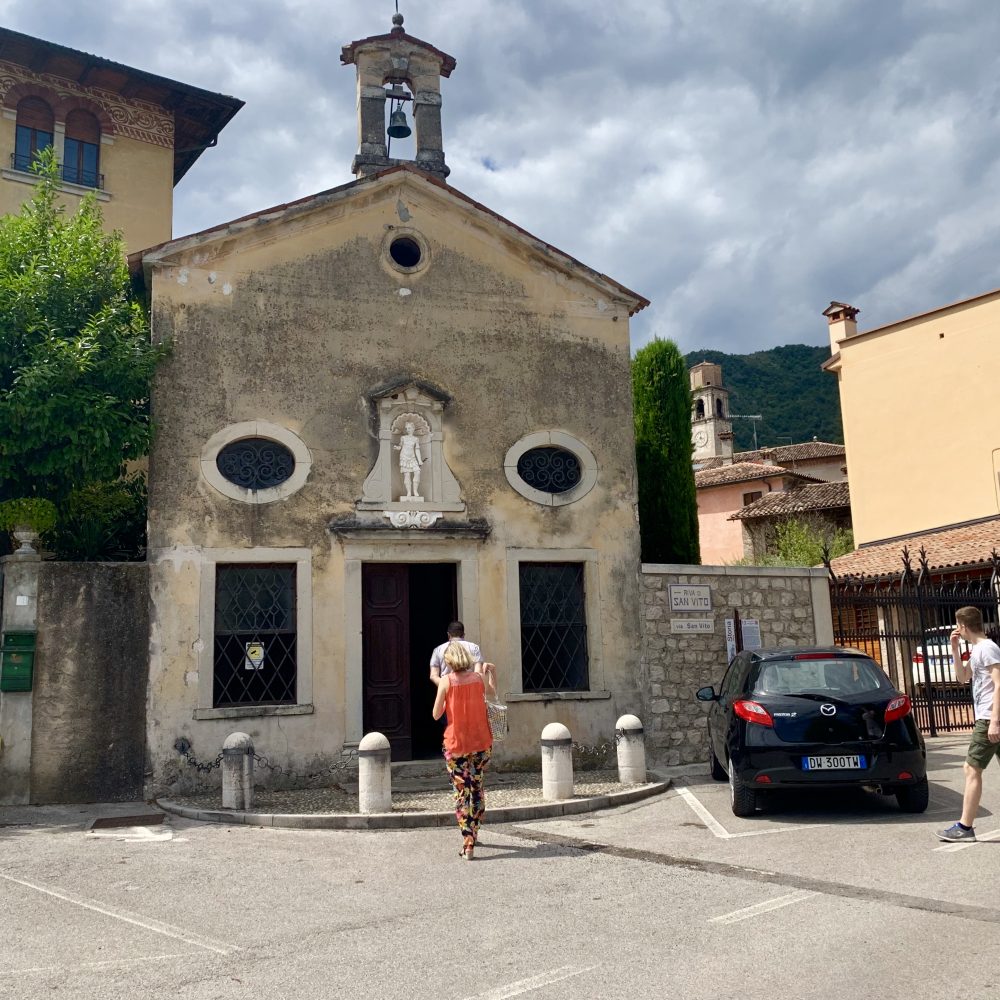
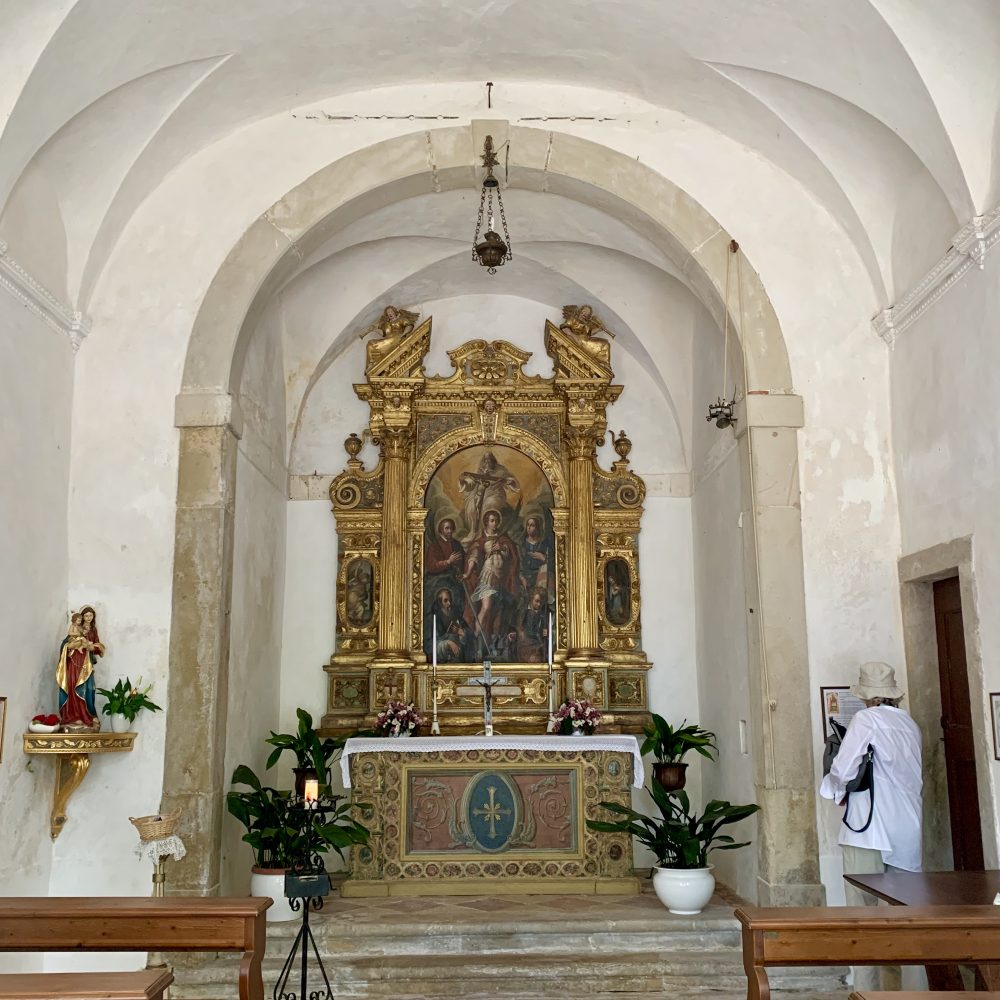
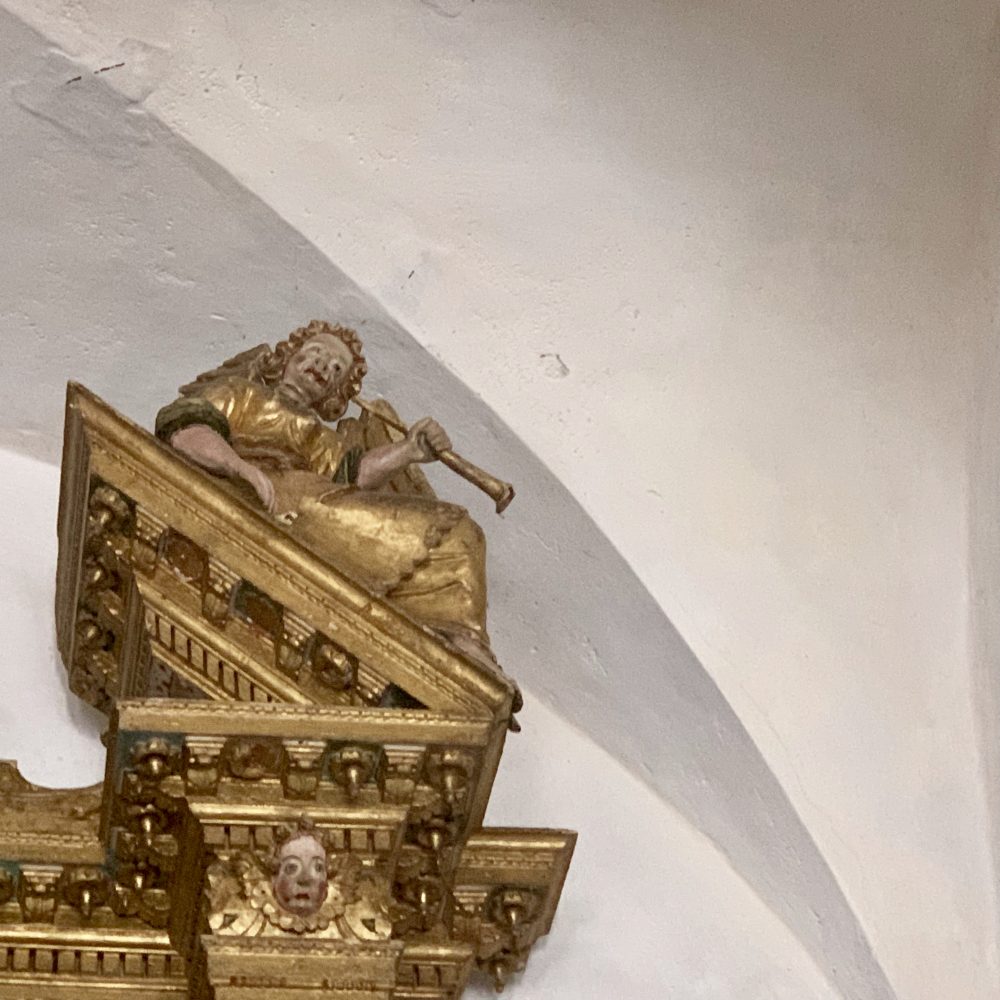
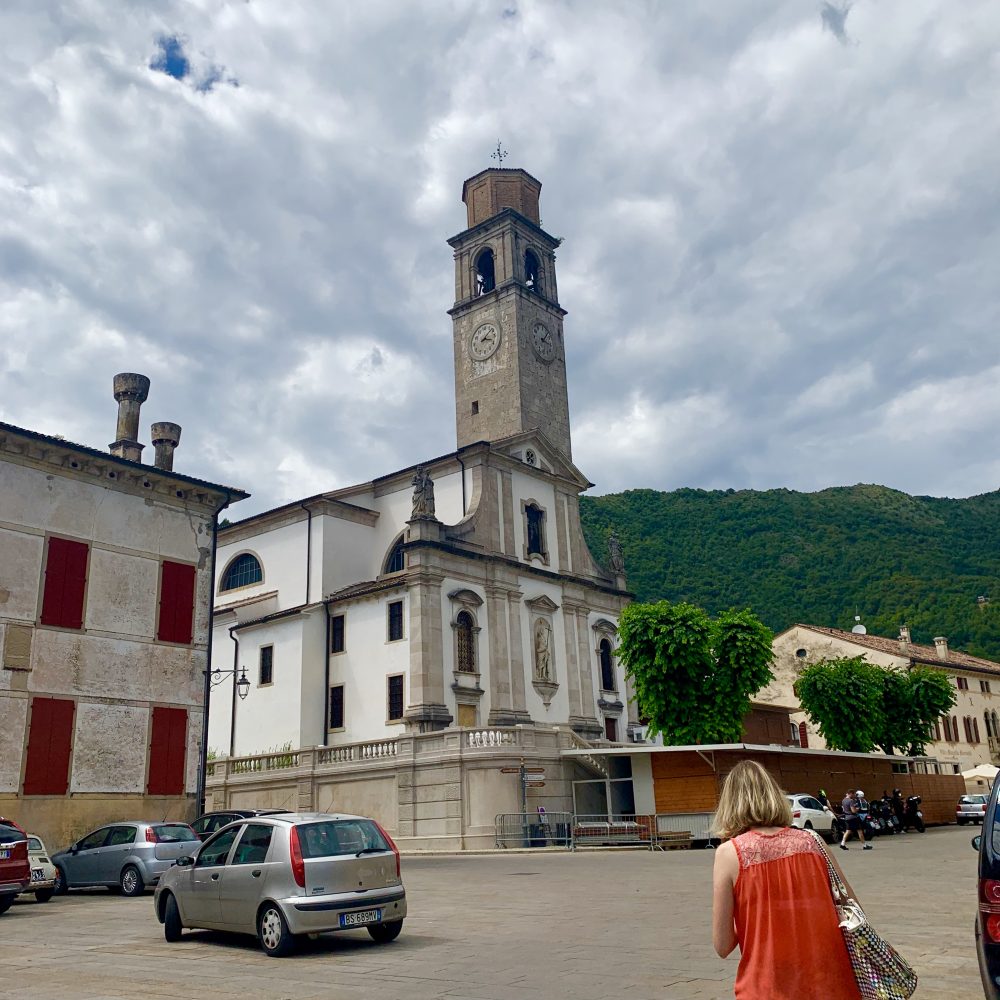
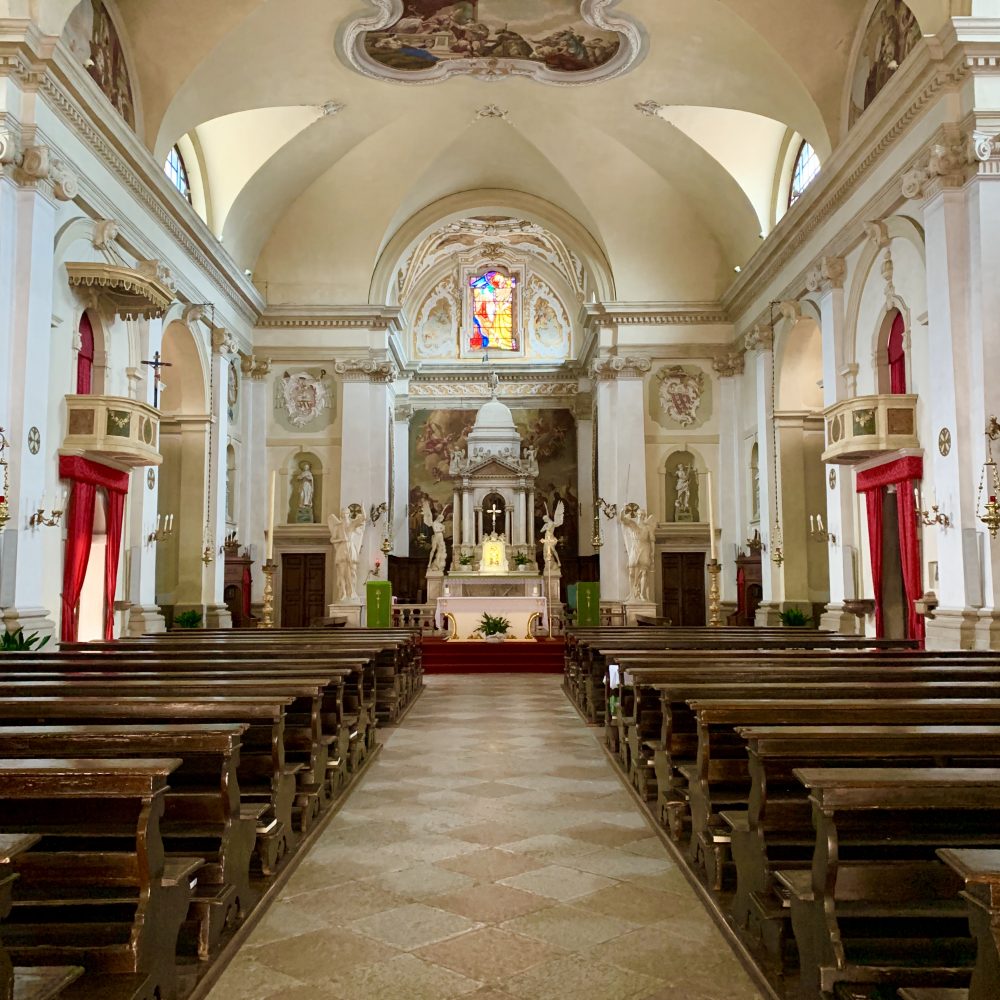
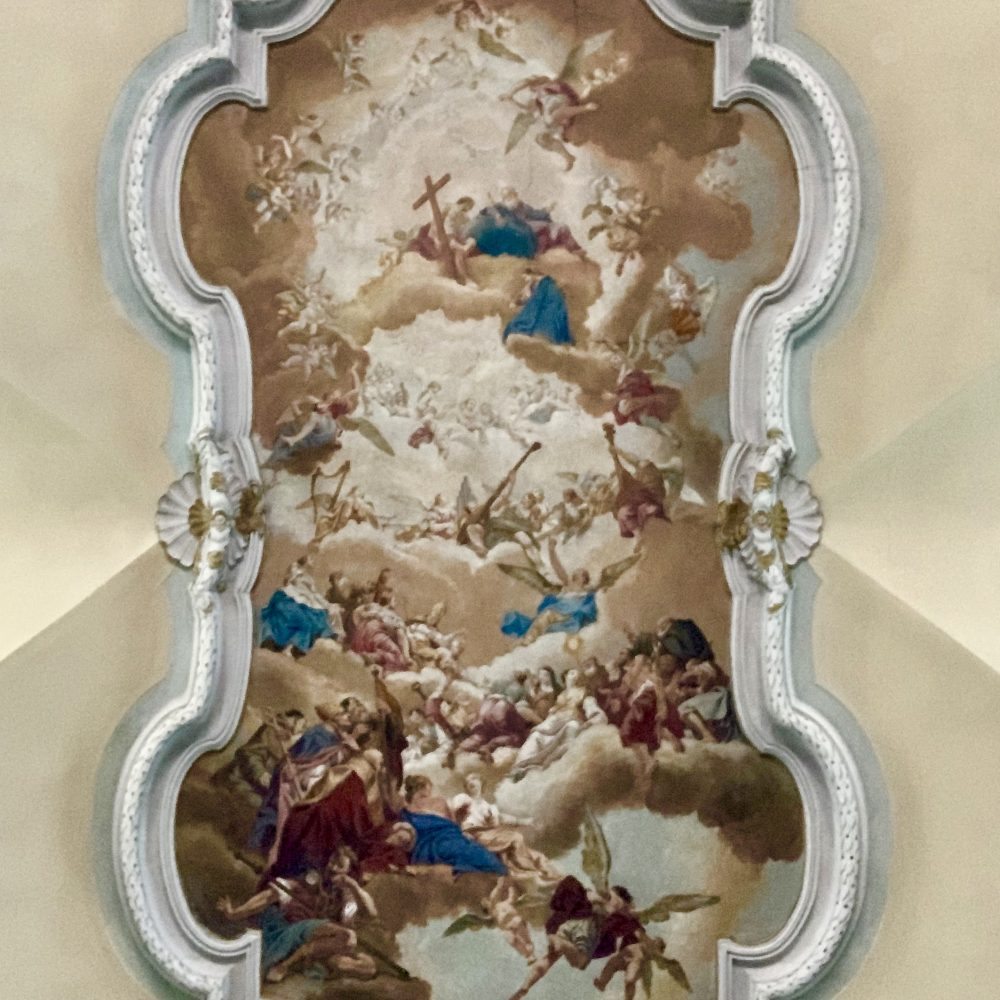
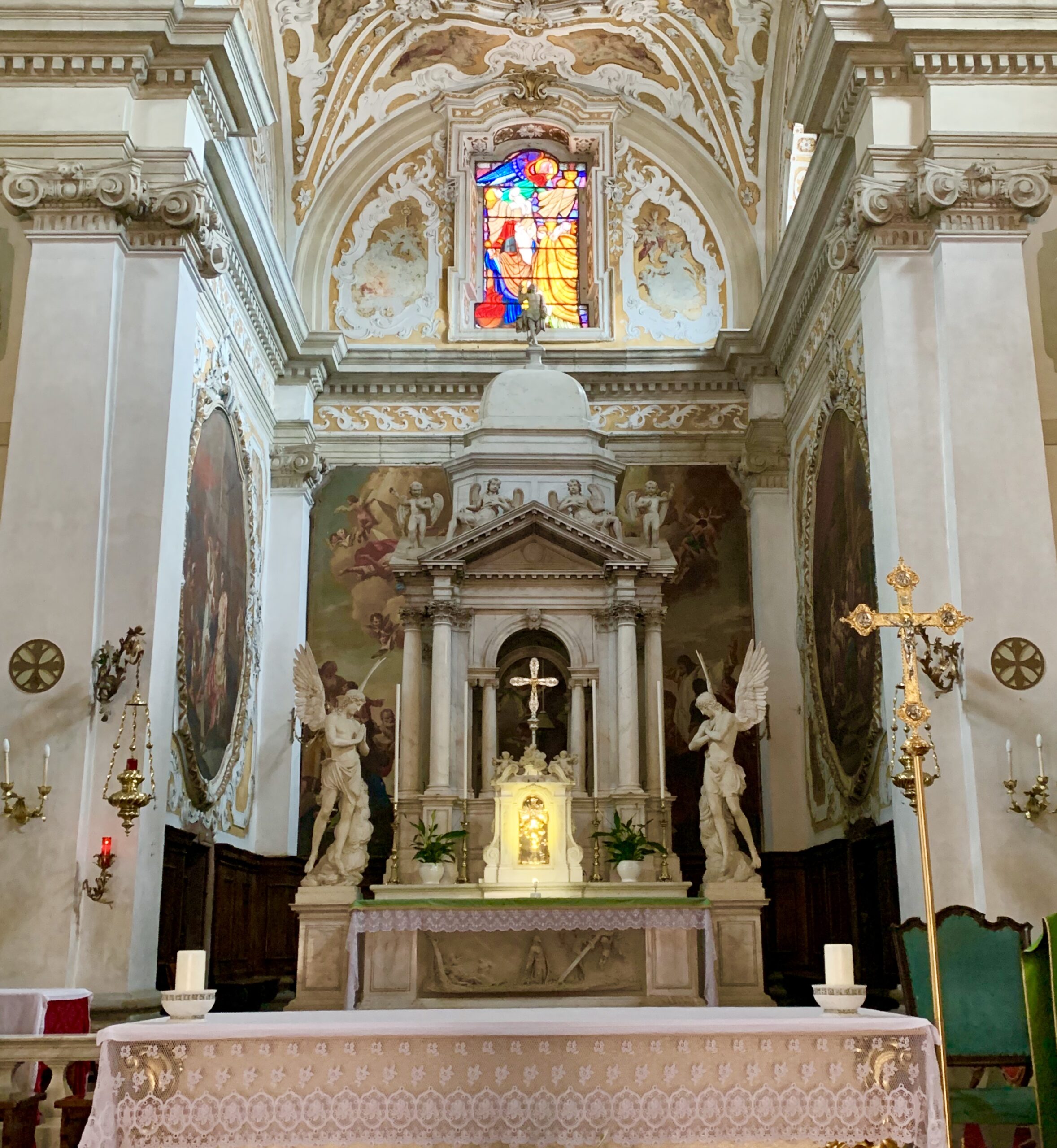
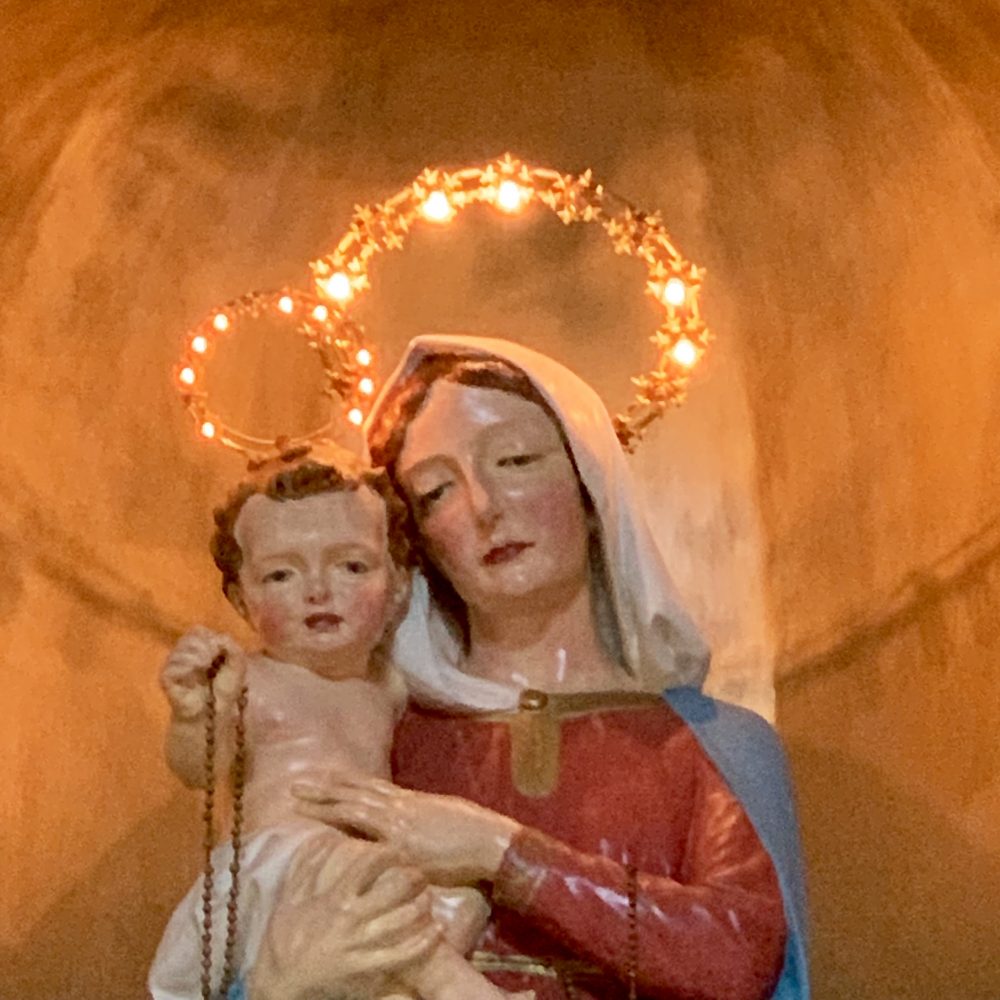
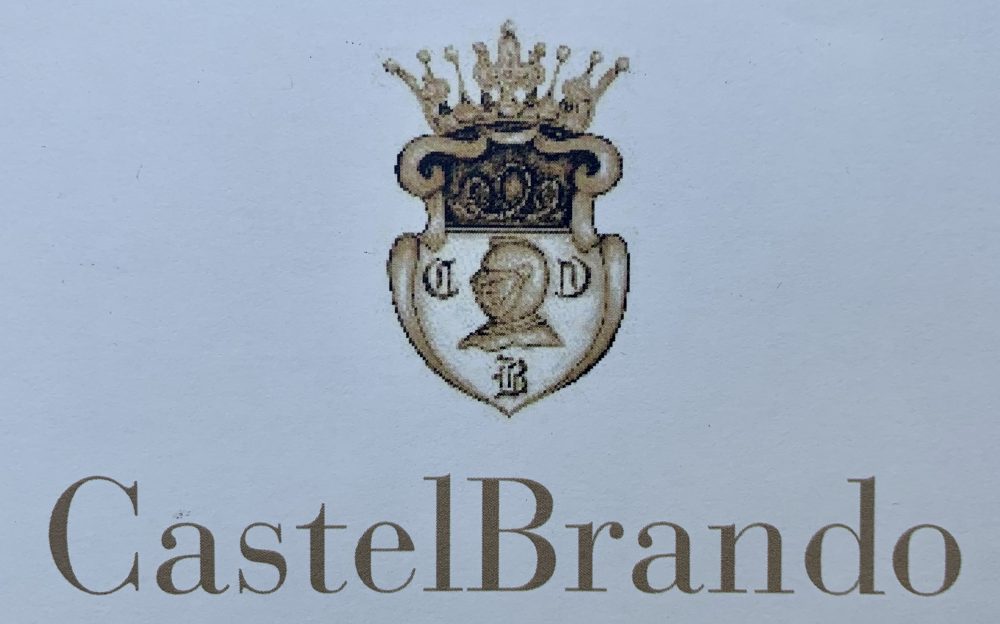
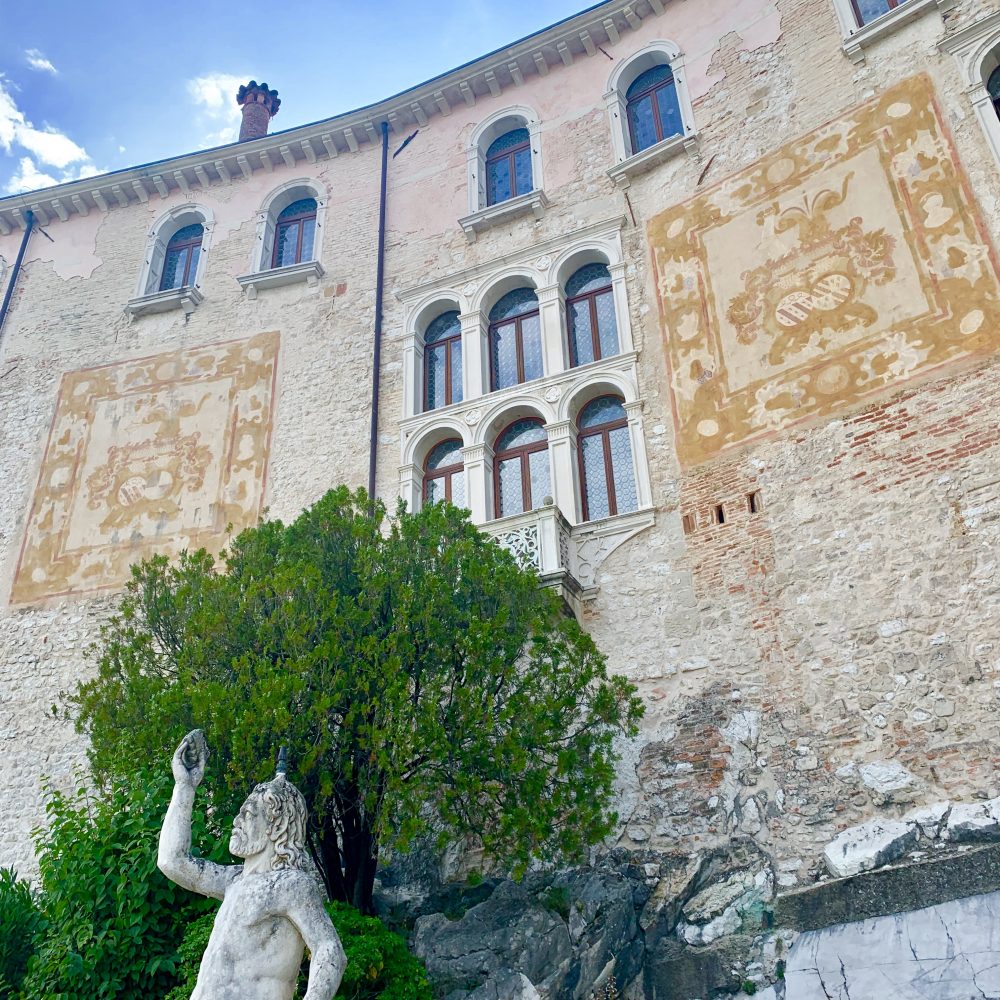
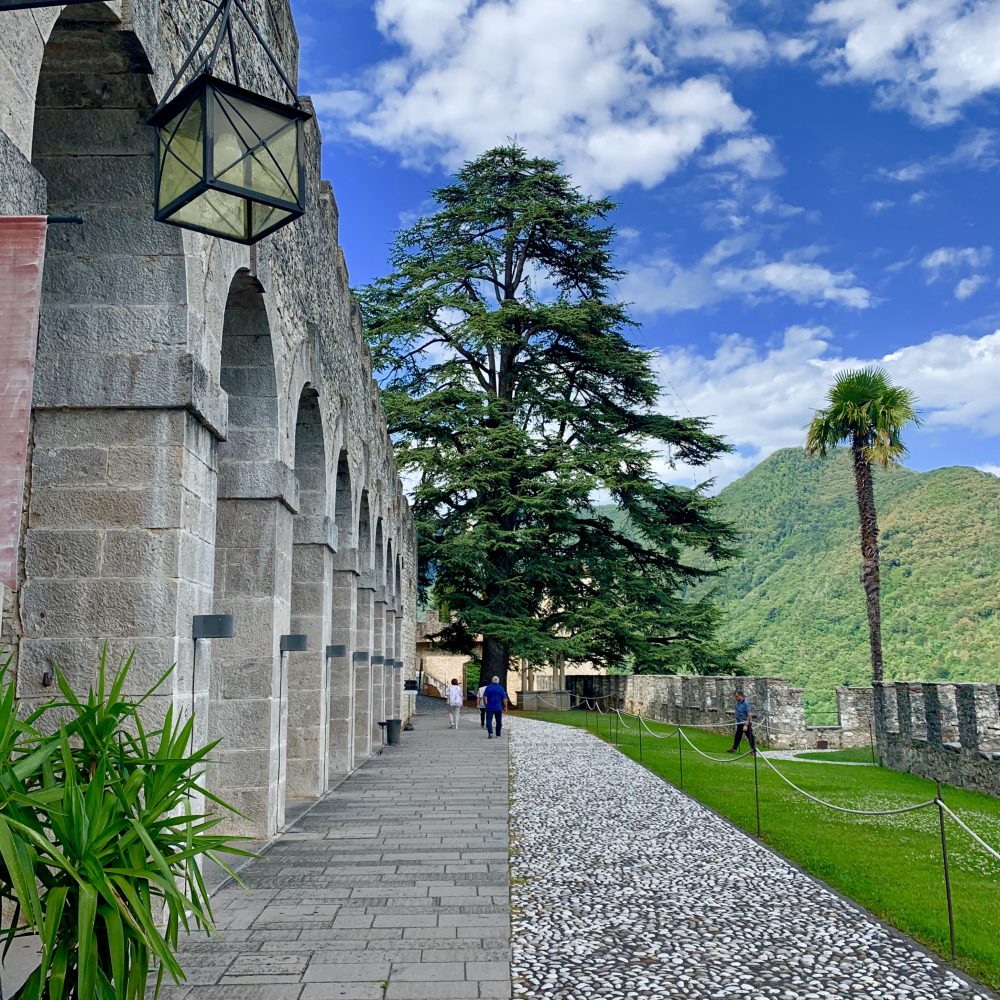
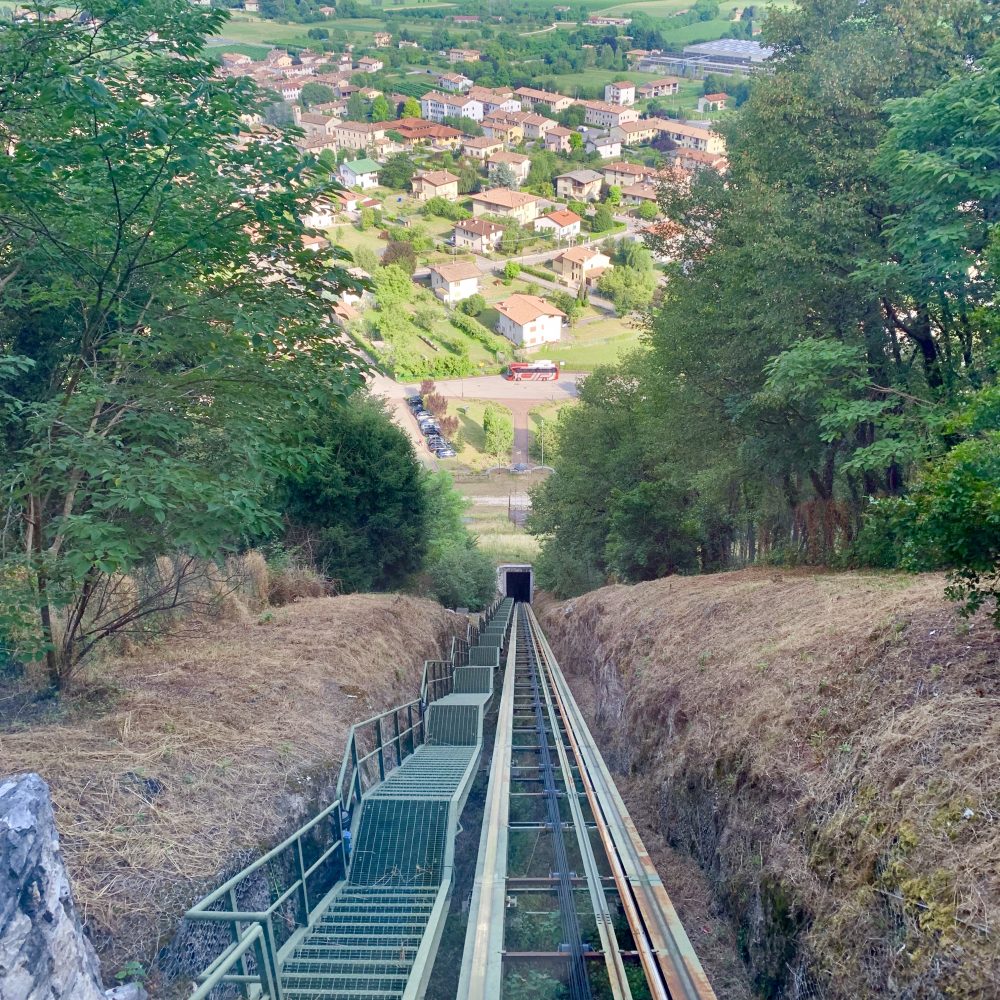
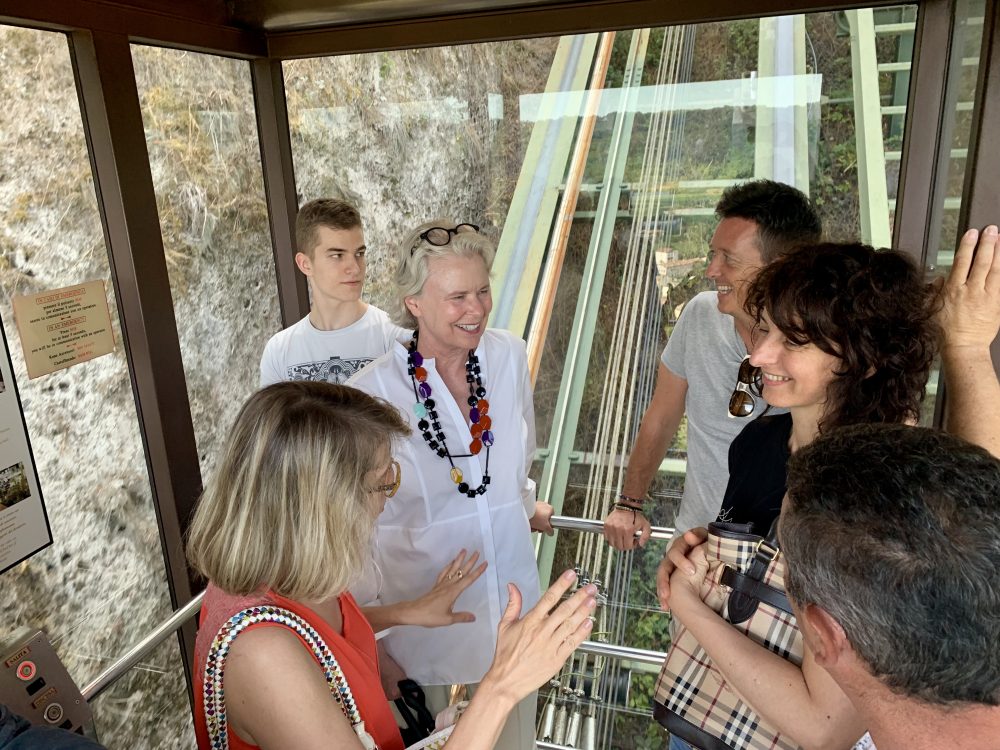
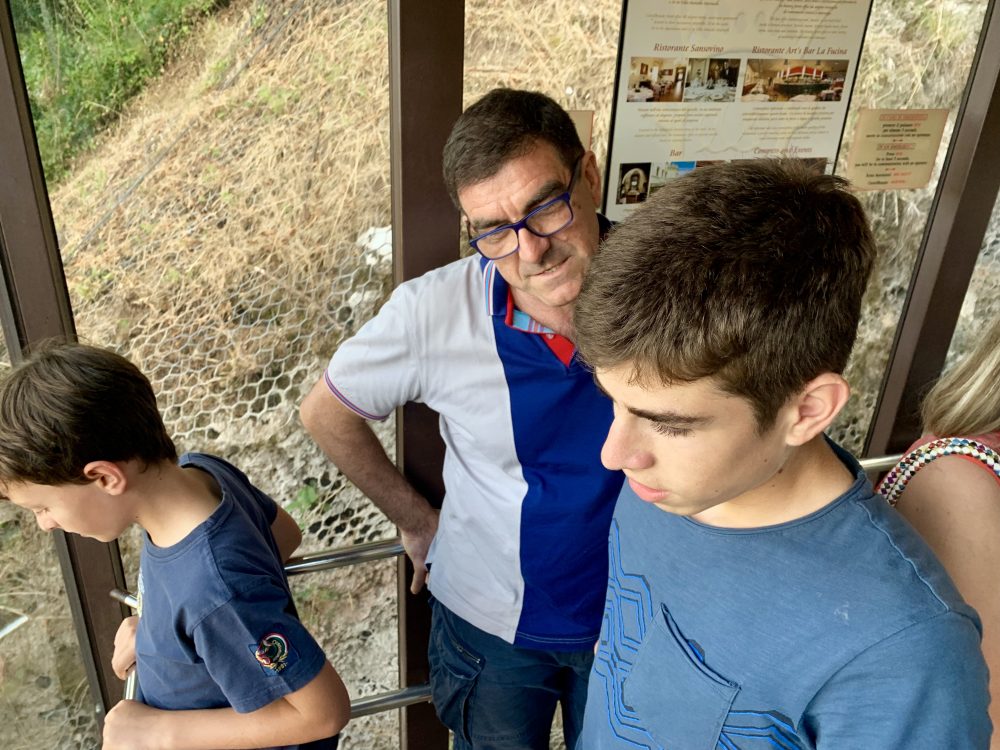
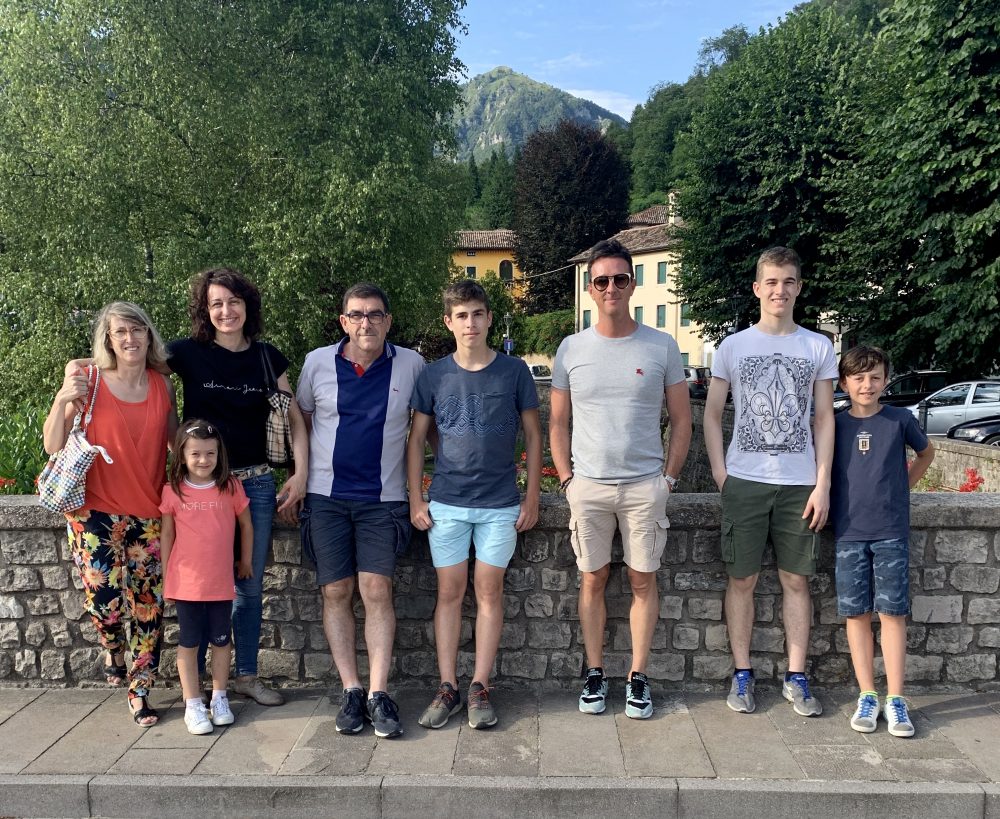

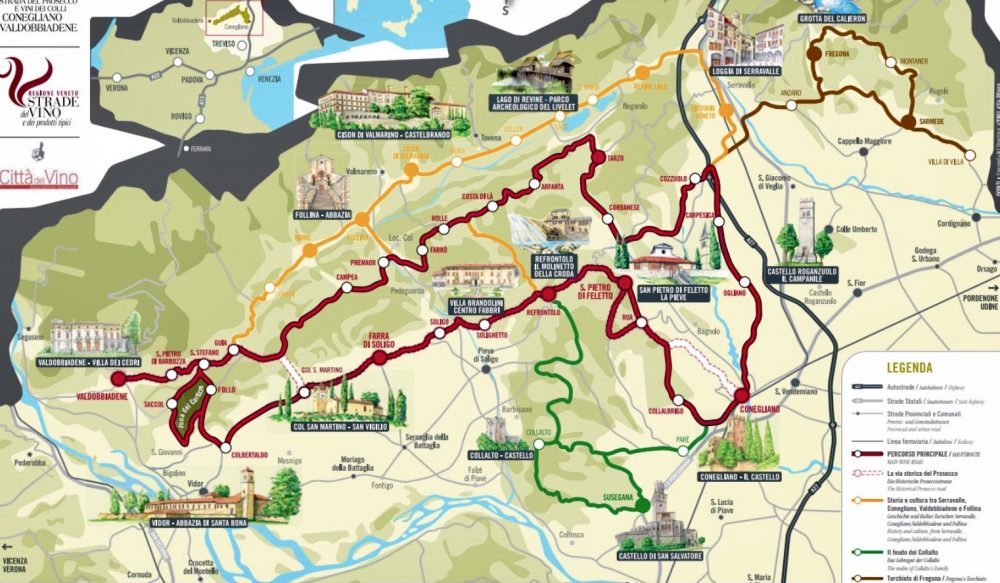
There is a prescribed route through the Prosecco-growing region of the Veneto, only 30 minutes from Robert’s relatives. For many years, Robert’s parents had a plaque of the route hanging in their breakfast nook. The route gained UNESCO World Heritage status days before our visit.
The route takes you through vast areas of vineyards intricately sited in the rolling hills. Everyone seems to have a cantina where they sell their brand of Prosecco. There are dozens.
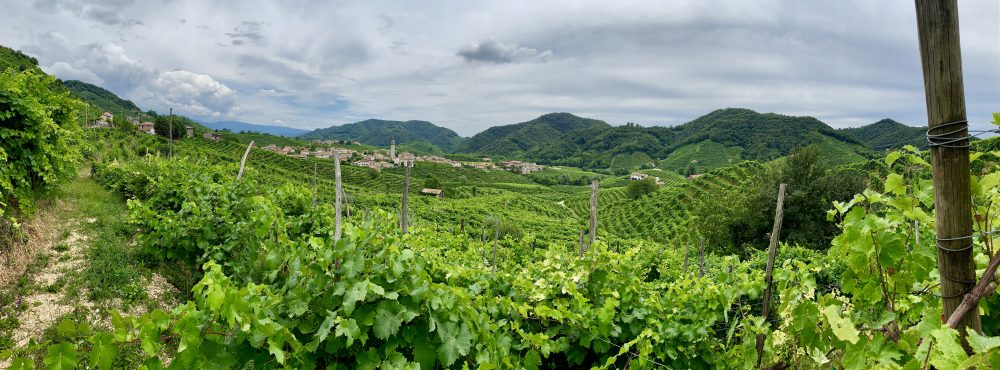
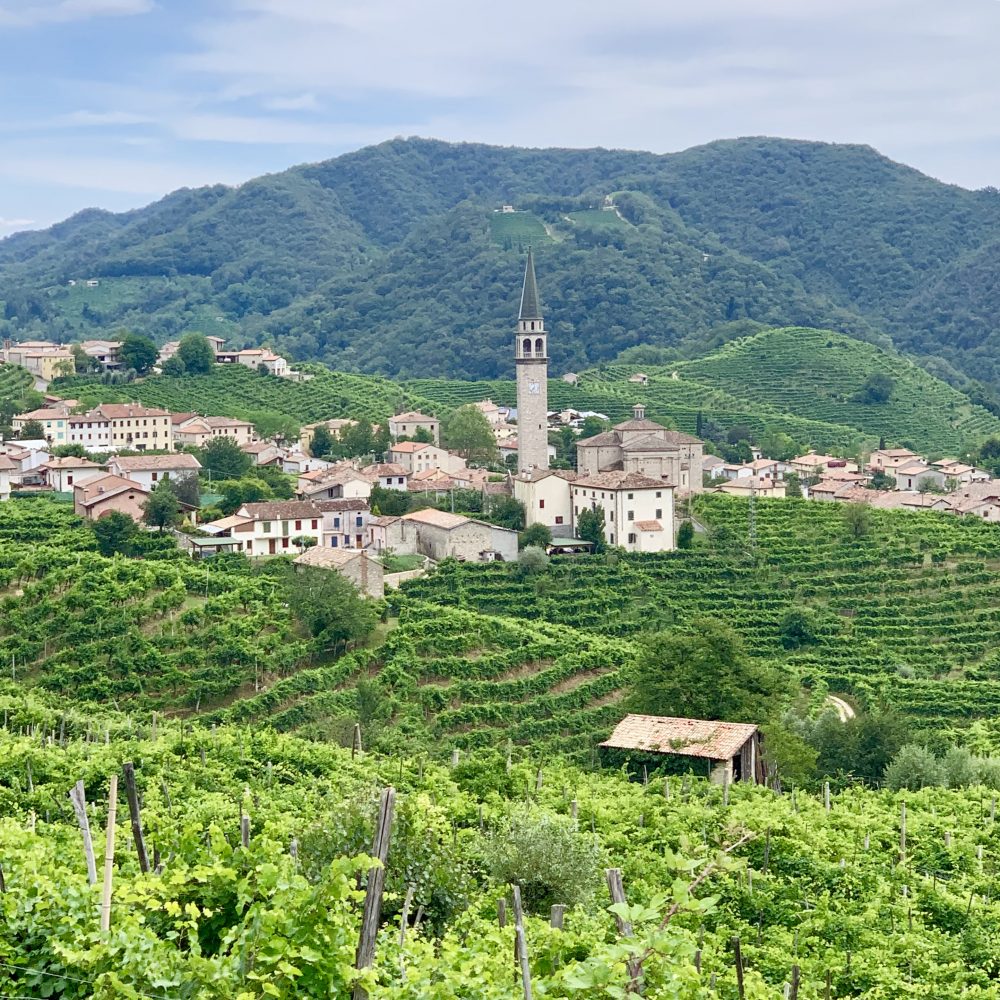
This “Osteria without the owner” is a self-serve osteria in an old family house on a hillside literally in the middle of the vineyards. A refrigerator offers wine, cheese, salami, pancetta, and other items for sale—all labeled with a price. The table nearby has a machine that allows you to add up your items and pay (with cash, of course).
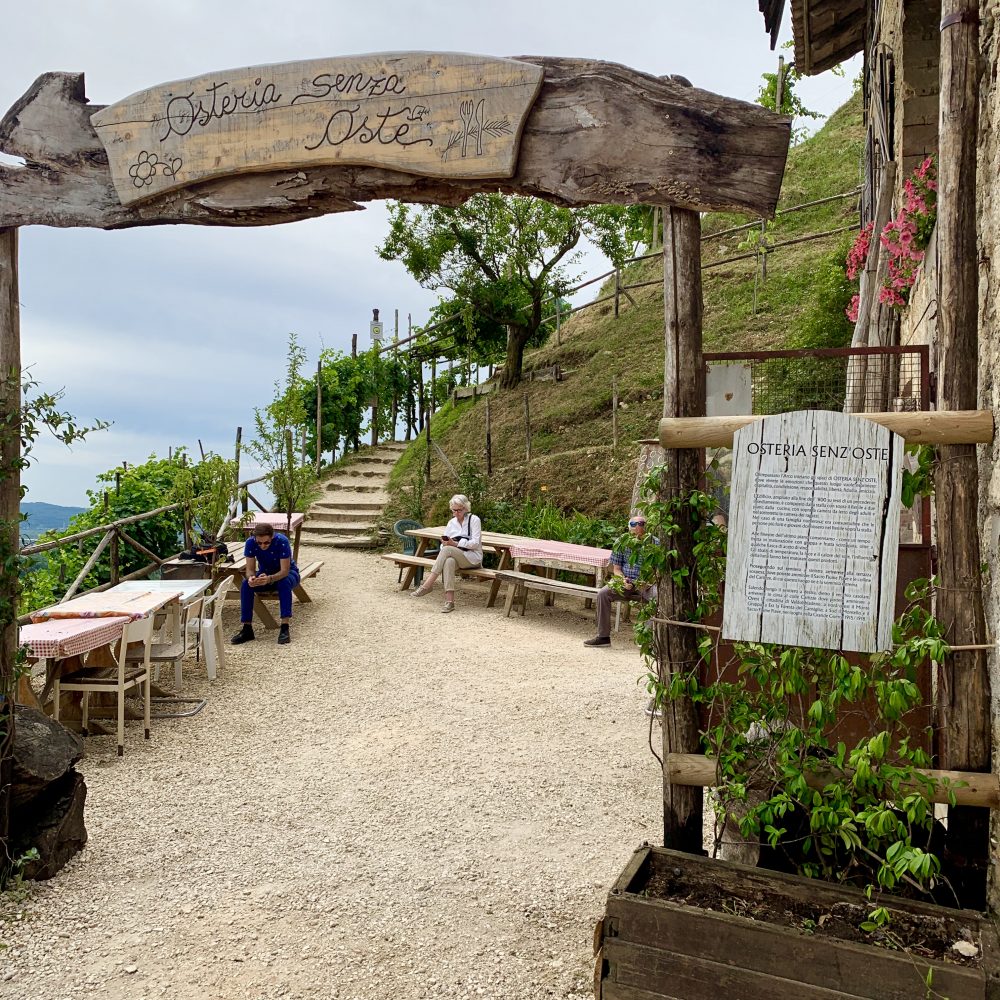
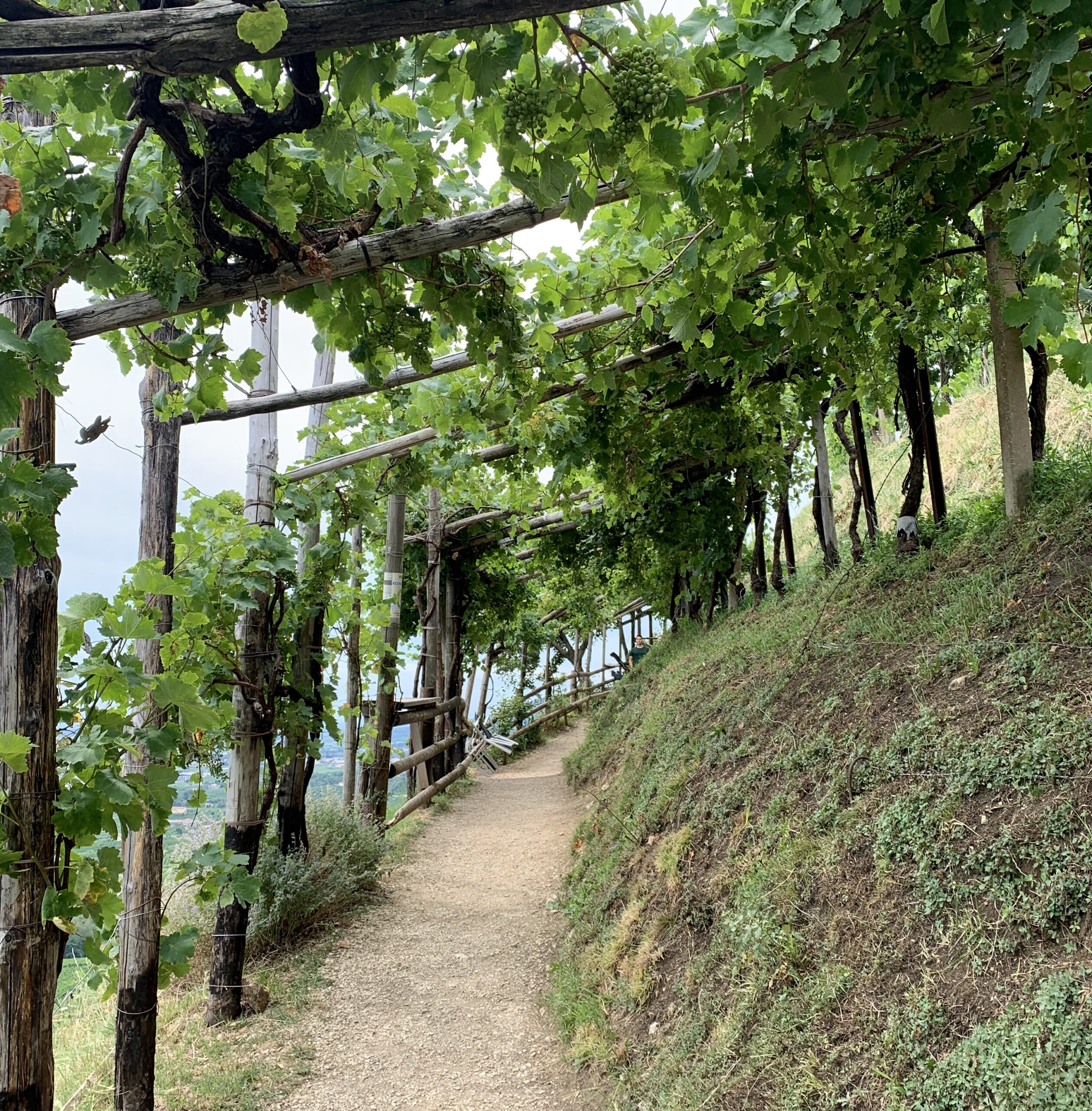
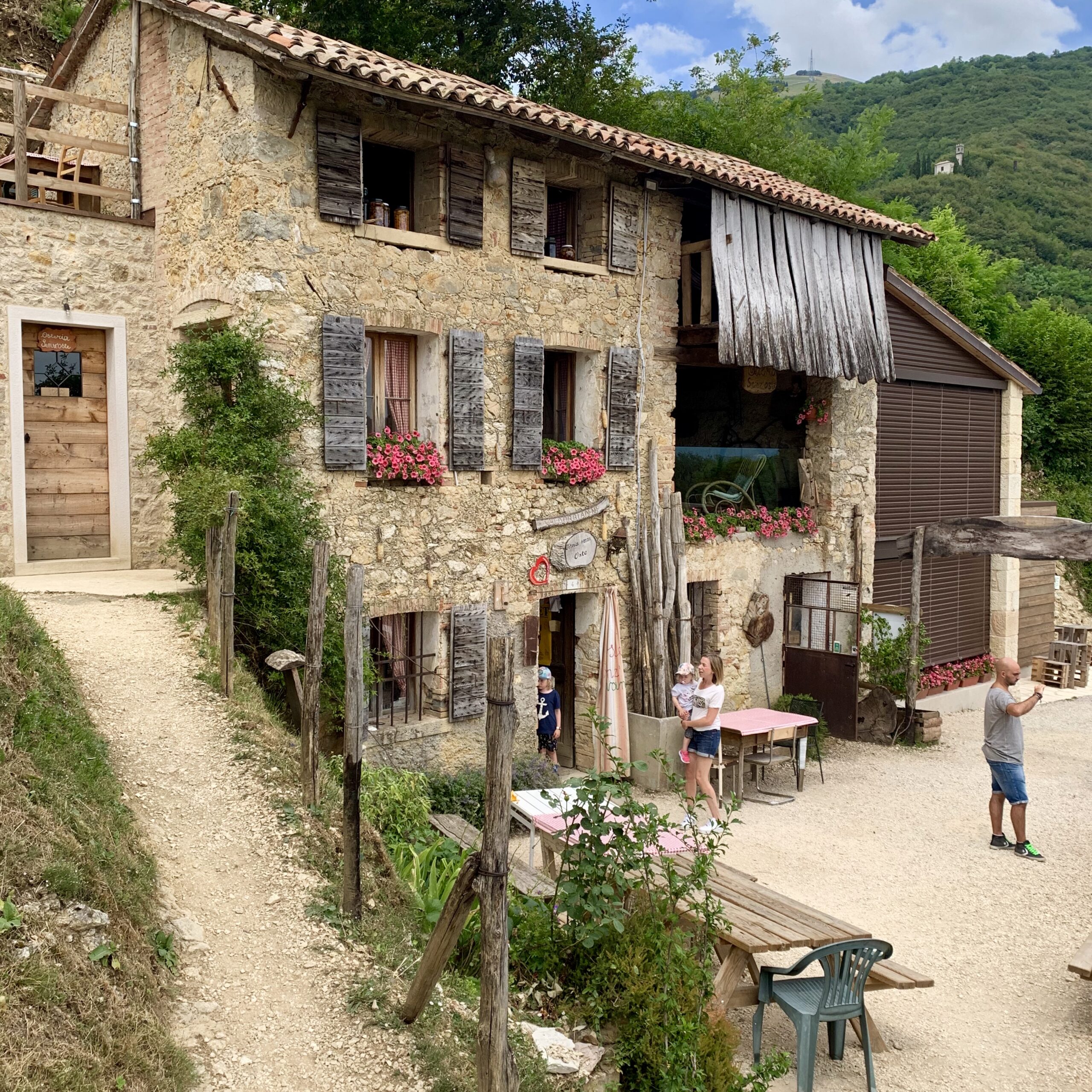
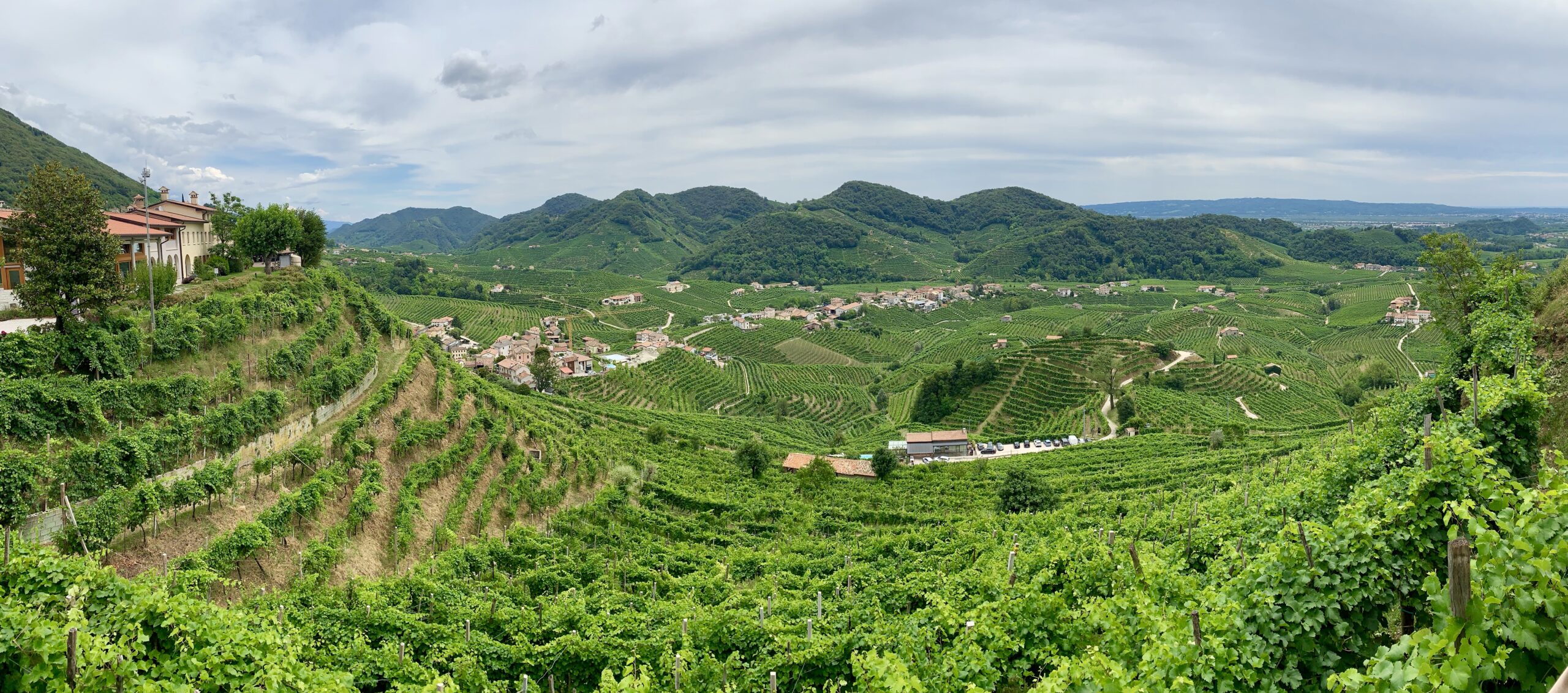
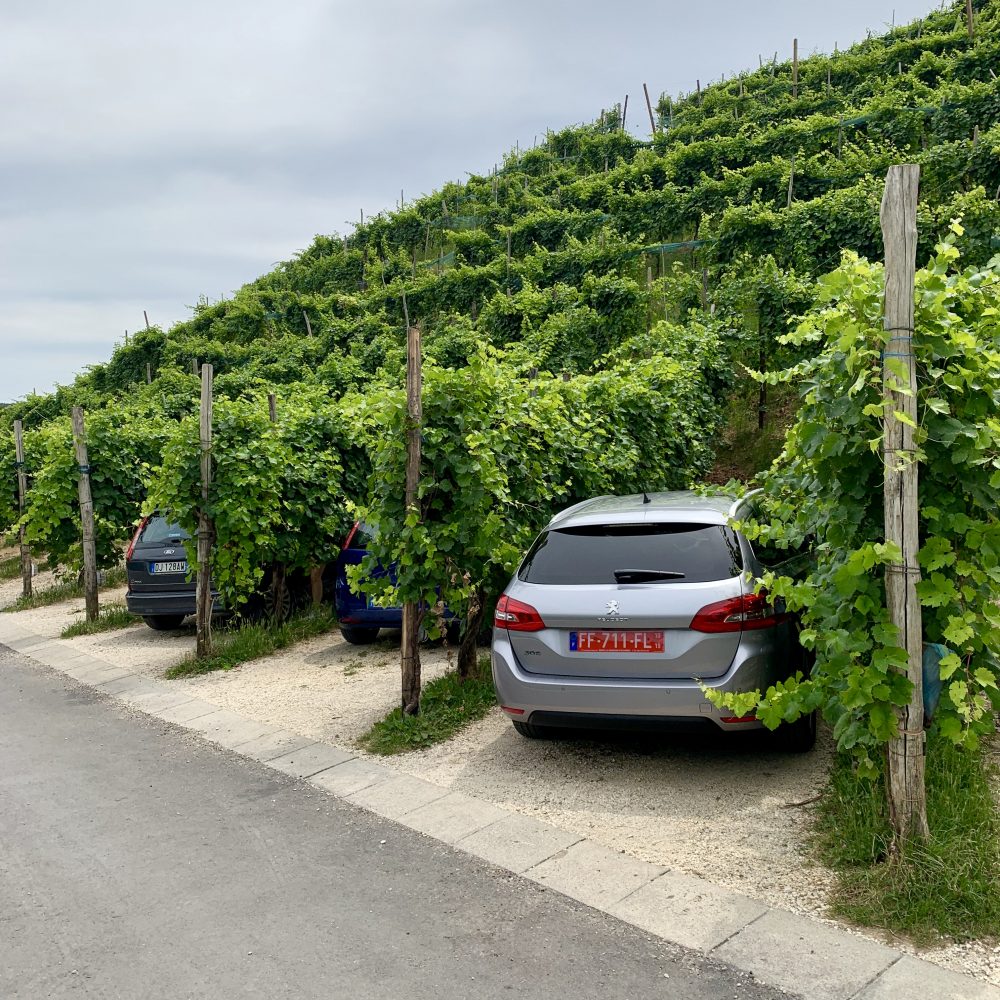
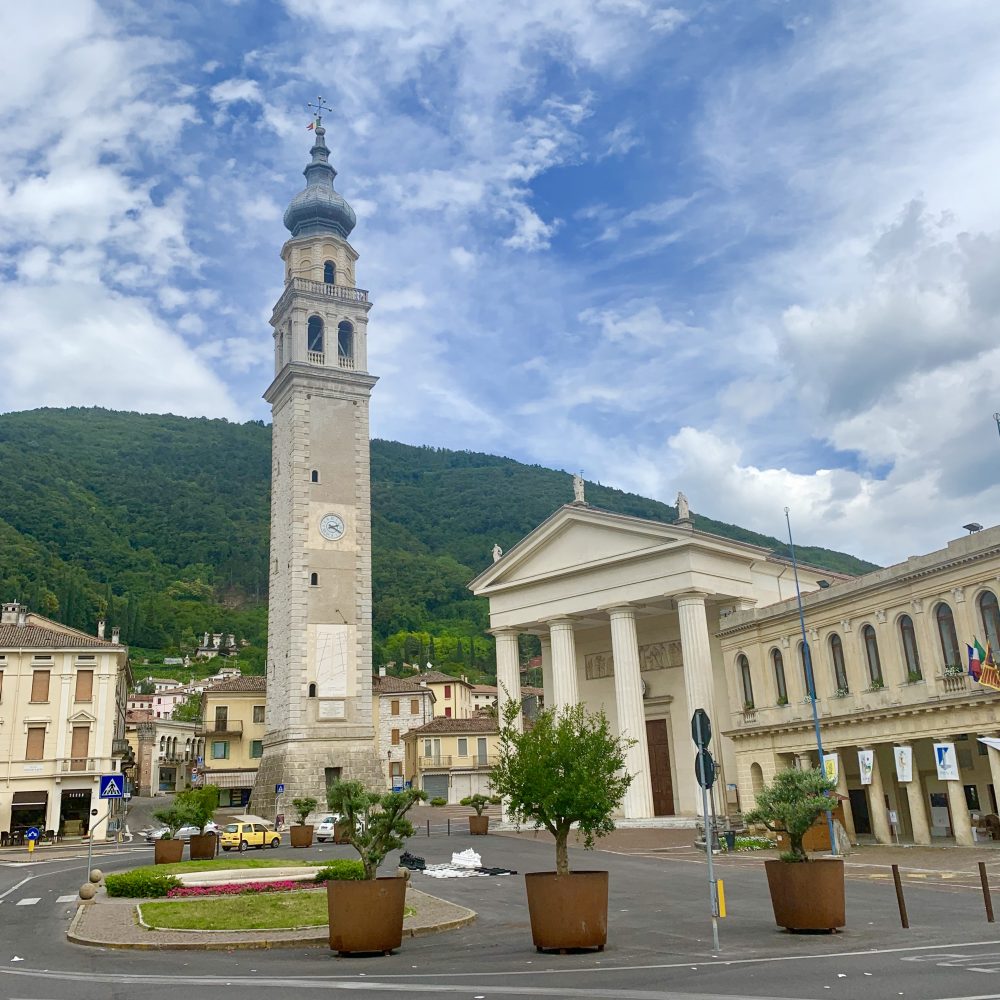
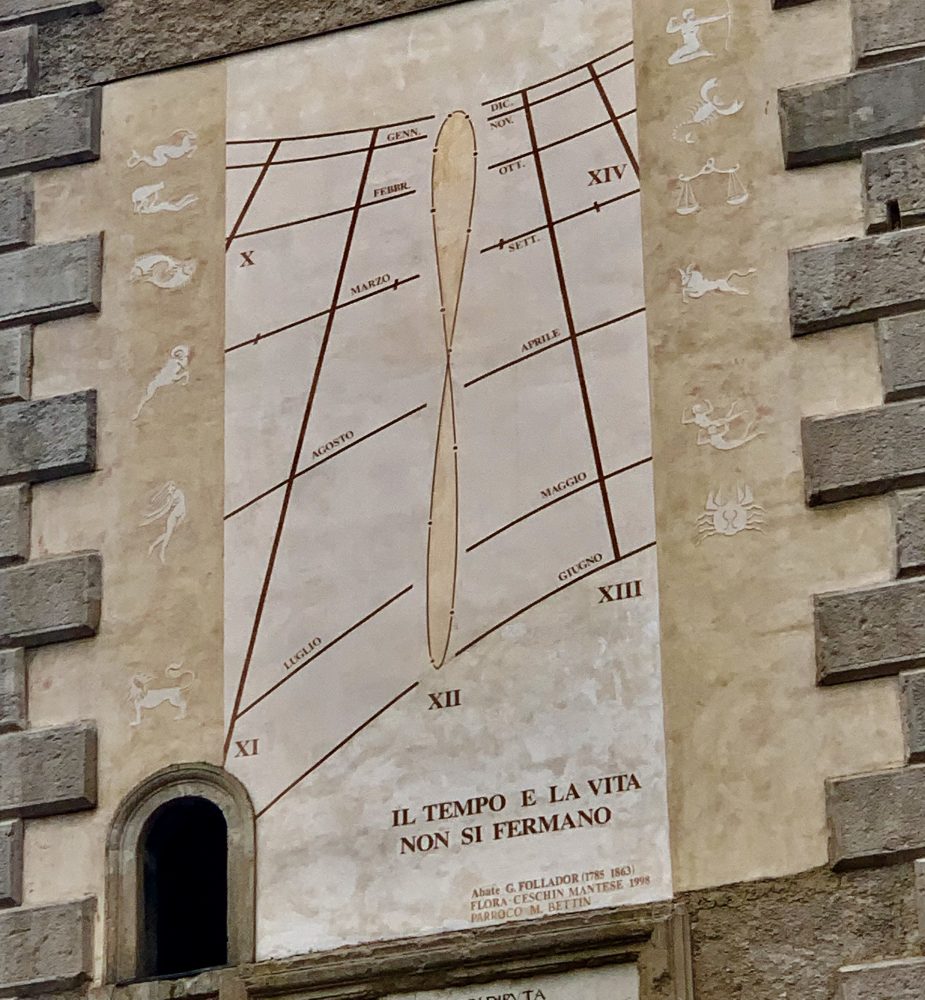
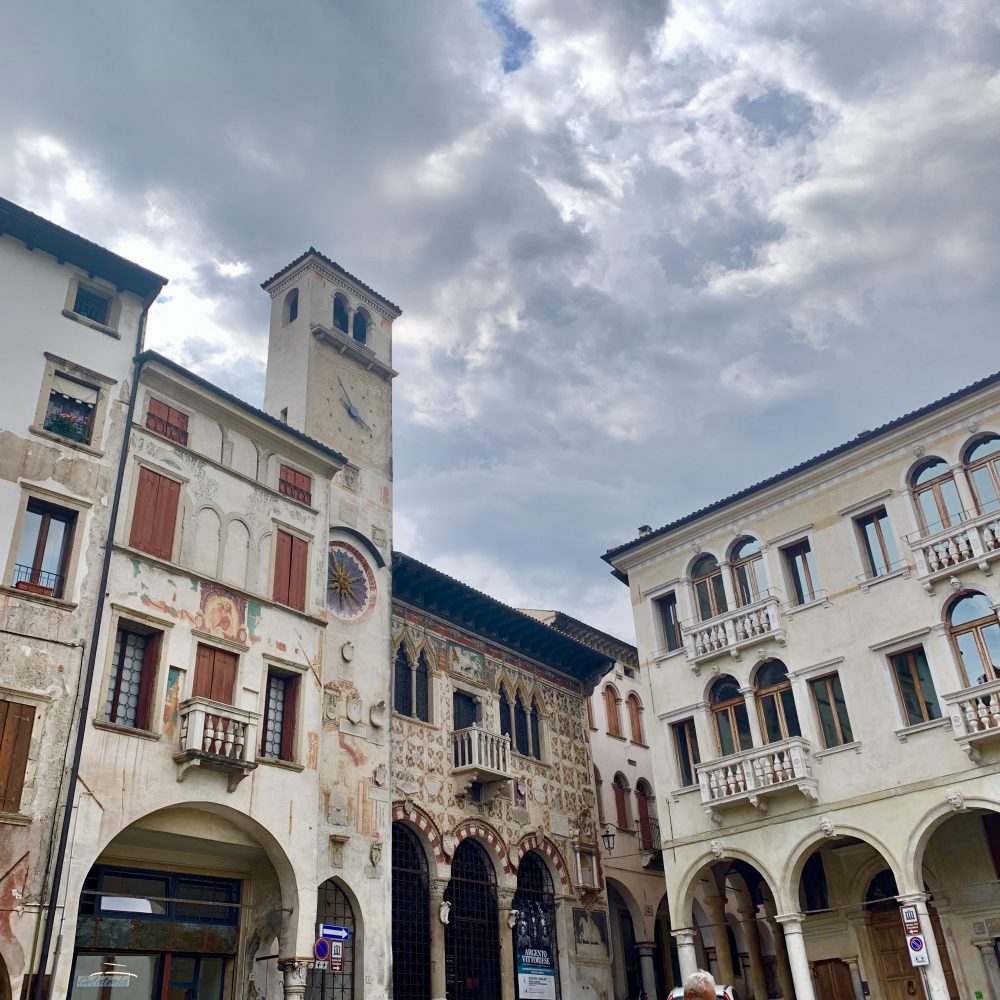
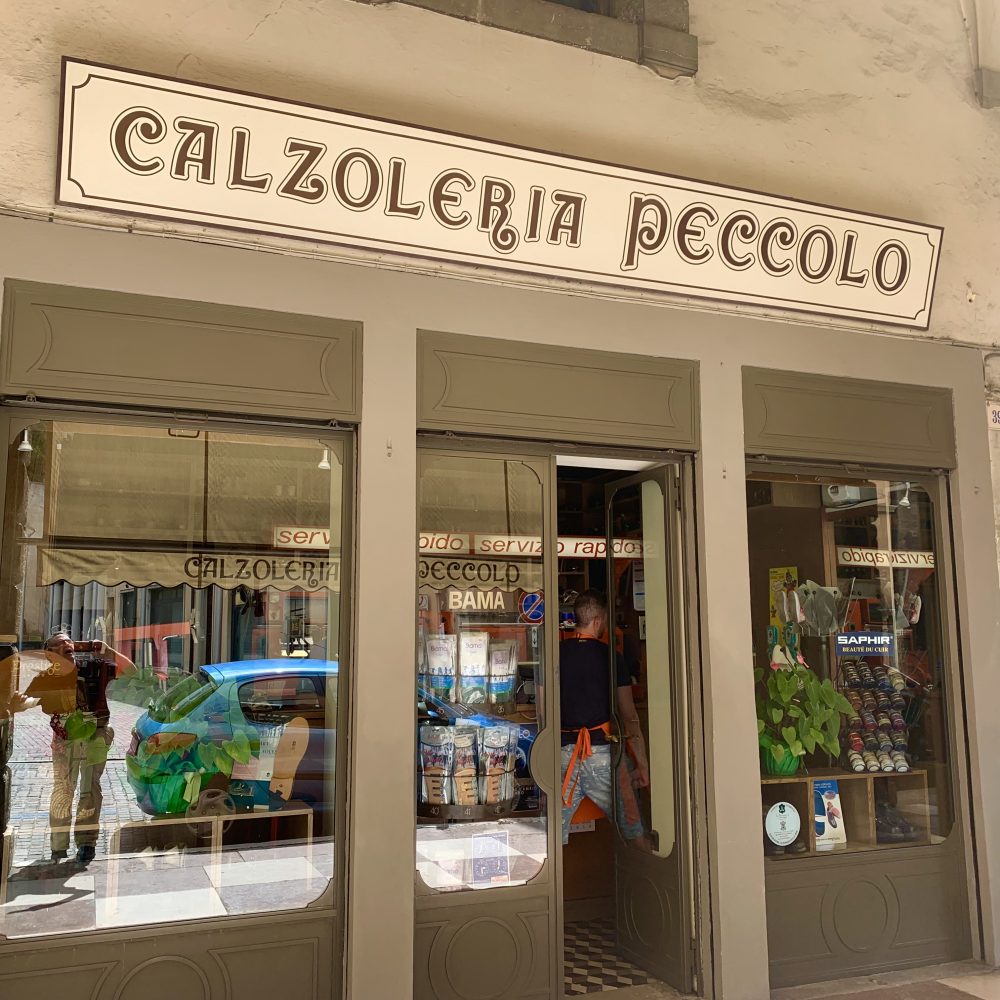
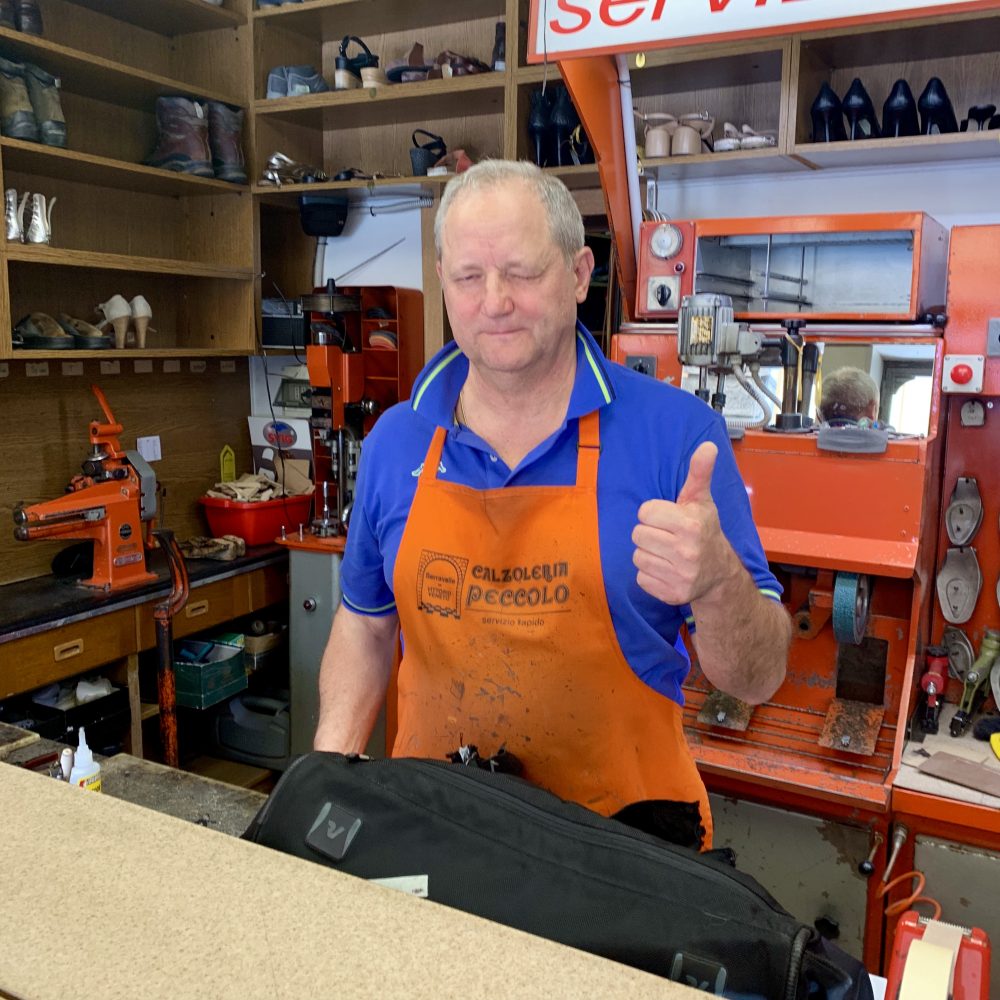
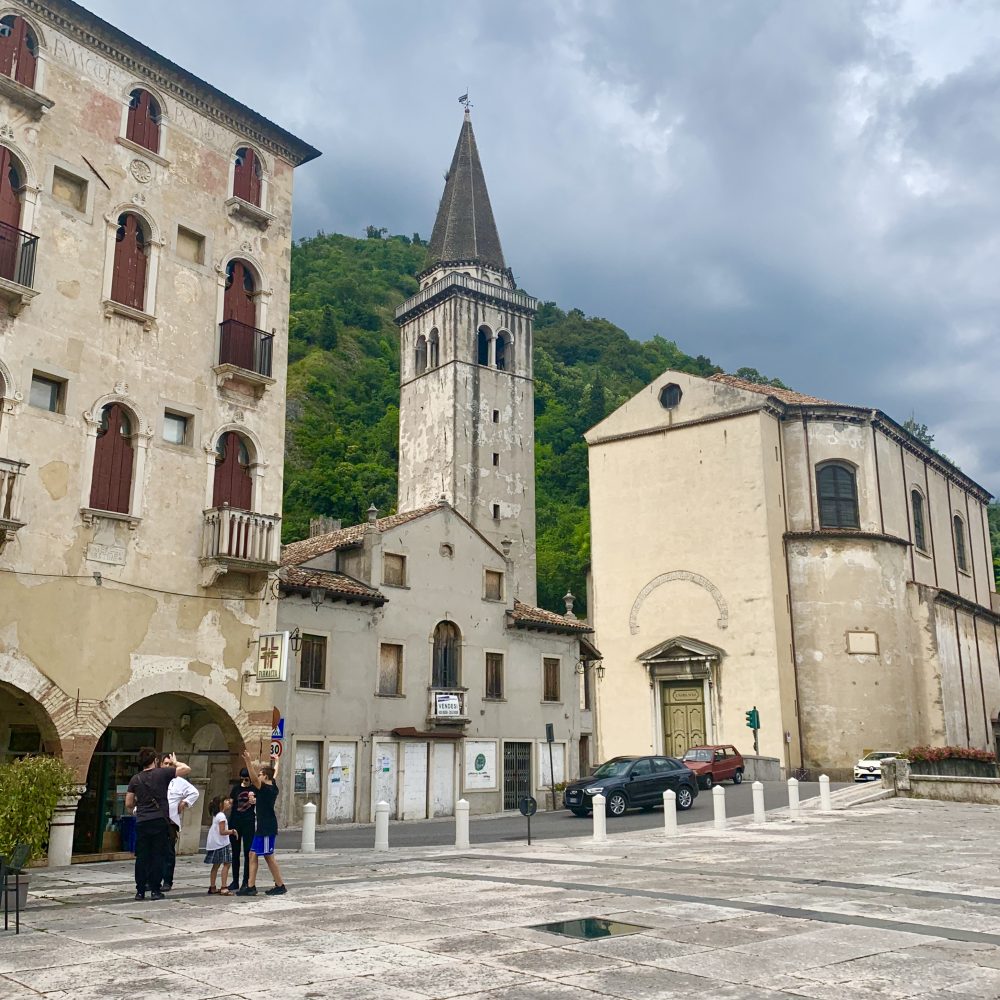
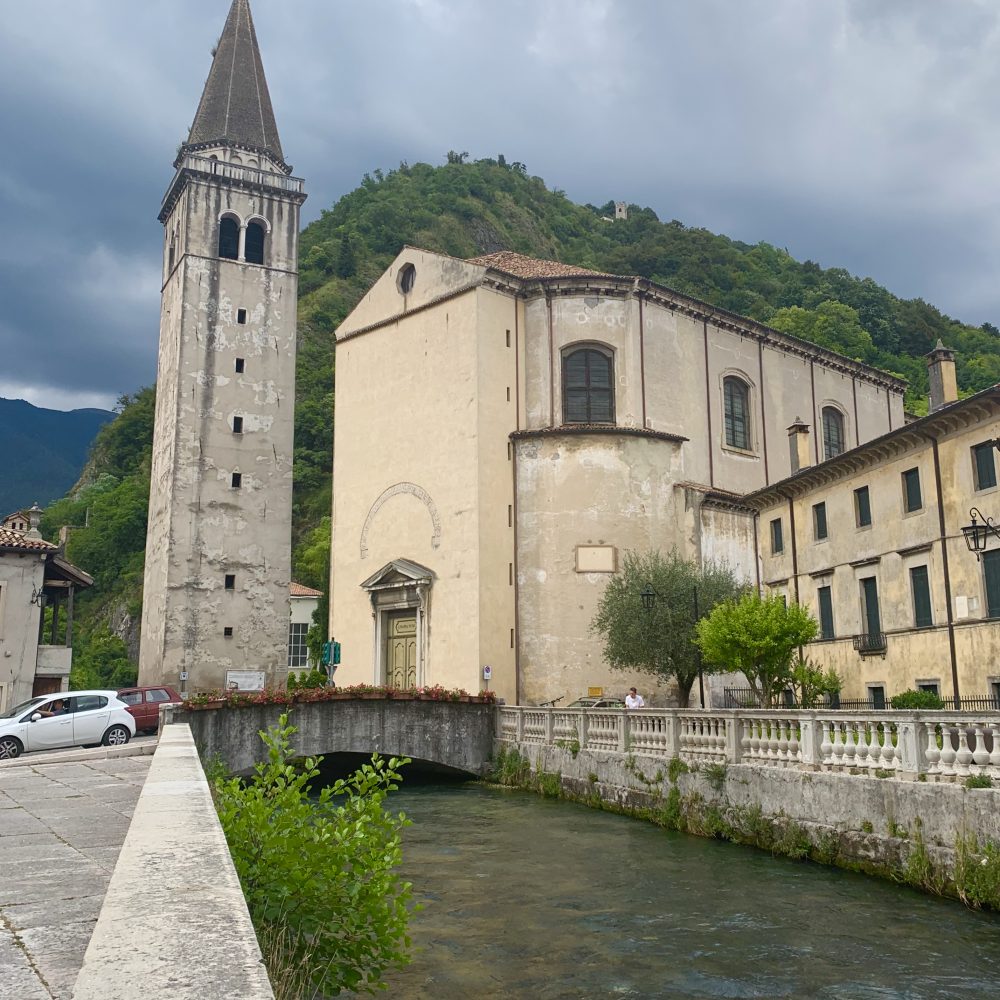
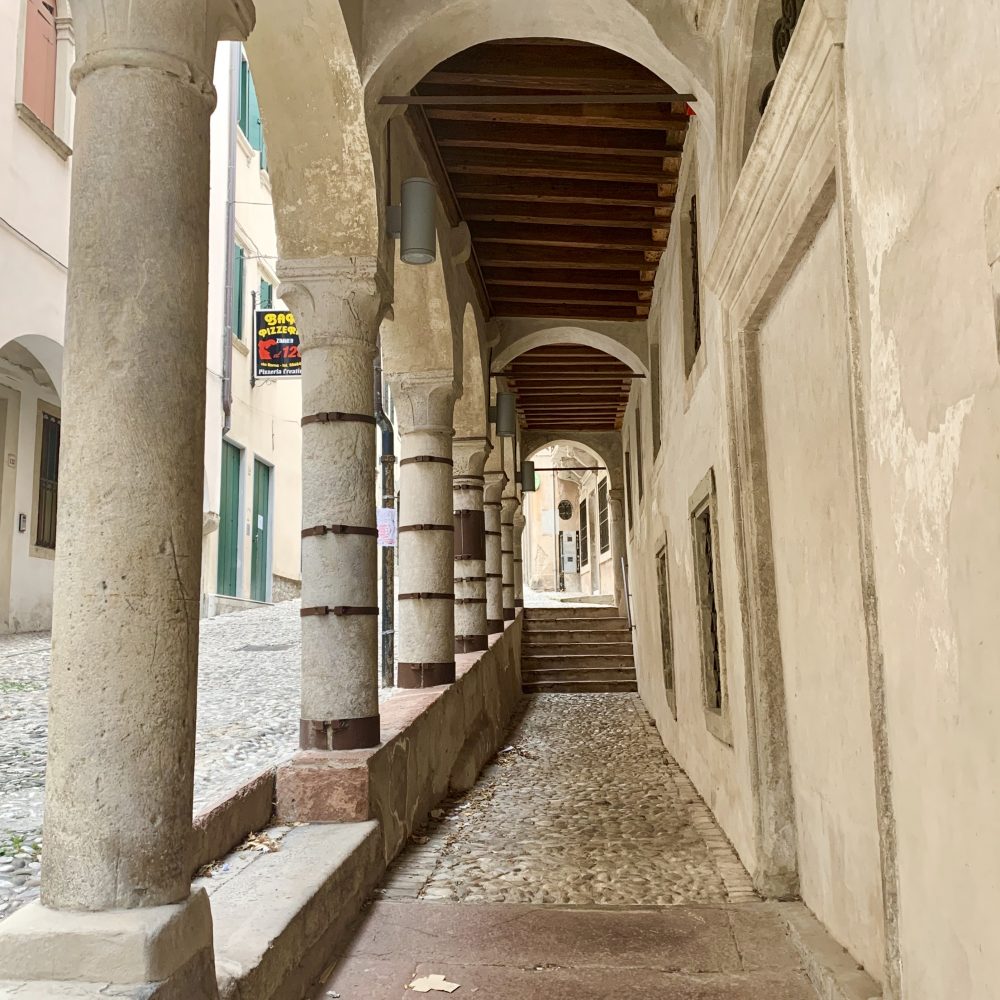
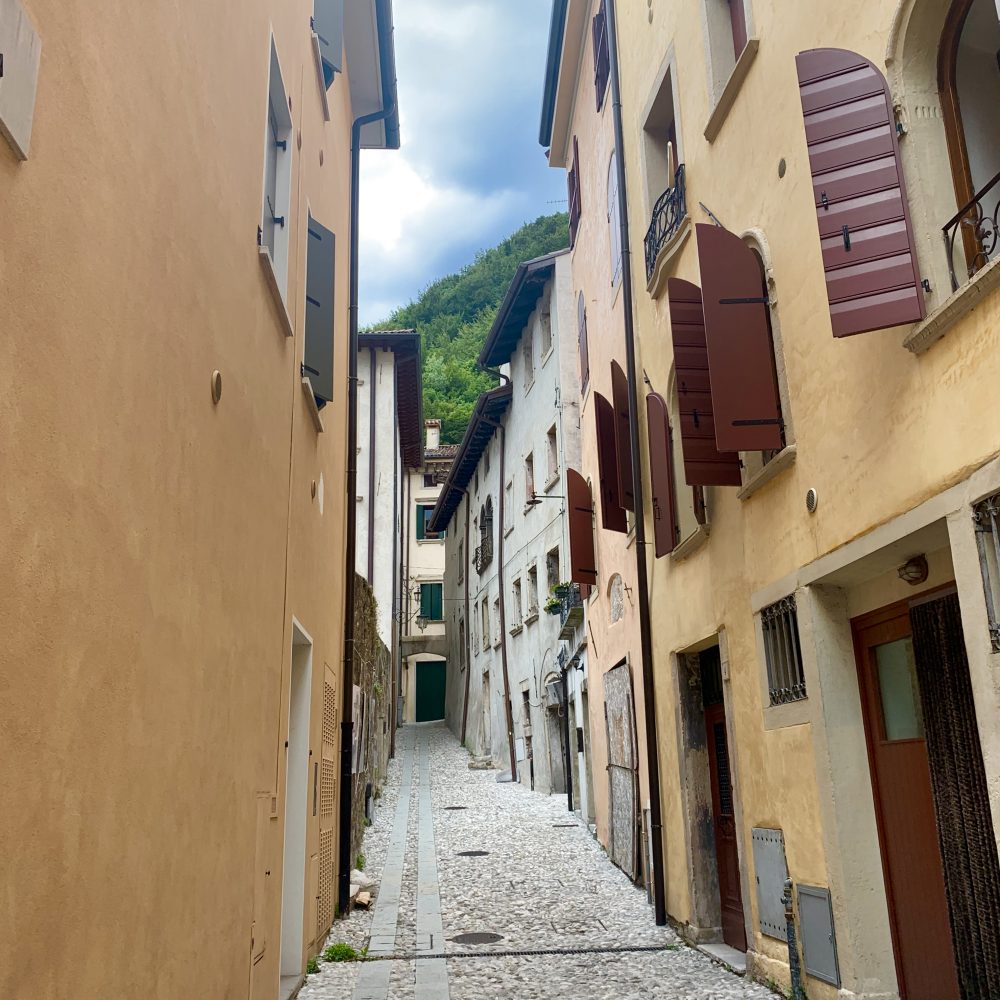
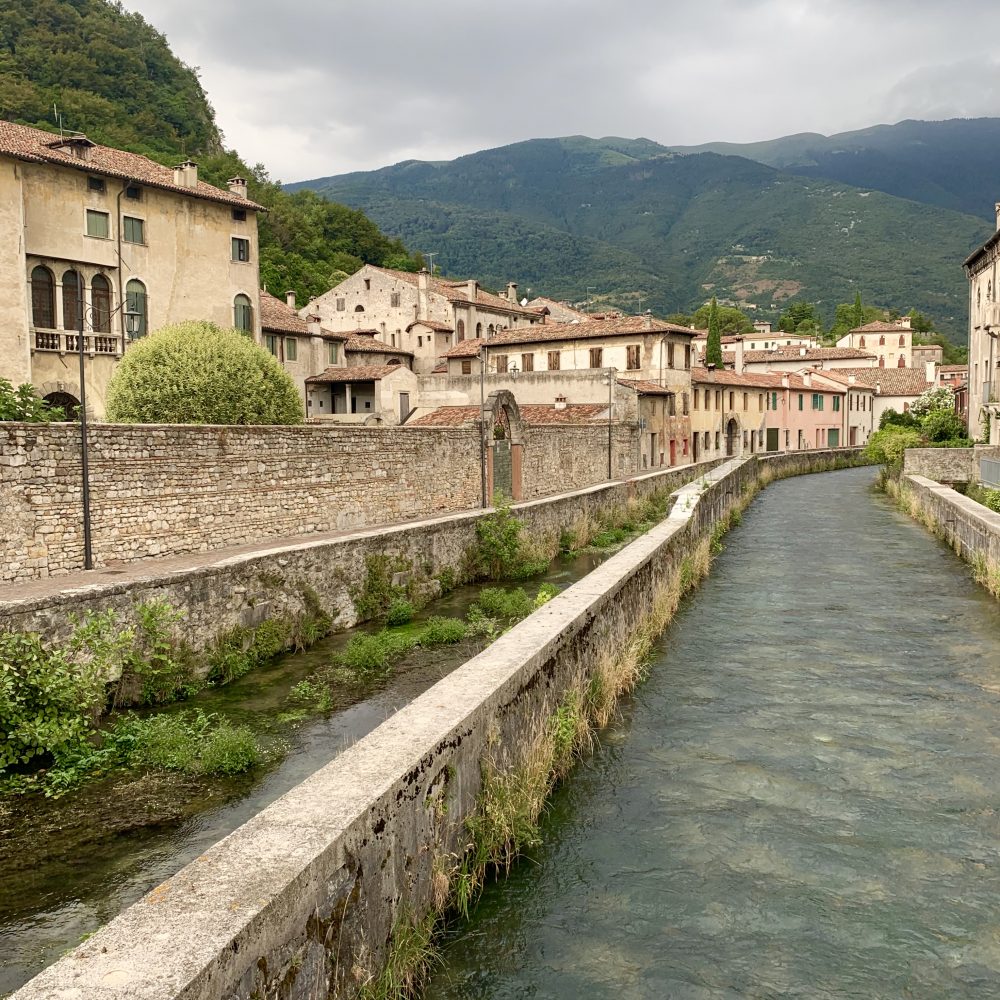
Robert’s mom was always amused about getting directions in Italy. She would hear “go two blocks, take a right, after a block, another right,” and then “sempre dritto.” We too have heard “sempre dritto” many times on our trip. Although this translates to “always straight ahead,” it actually means something different. It means “stay on the main road.” Wish we had known this 30 years ago.
If you use a navigator in your car, this is the most familiar phrase you hear in the Veneto. Roundabouts have multiplied like bunnies here, no matter how small the roads may be. (So, for example, you hear “At the roundabout, take the second exit.”)
